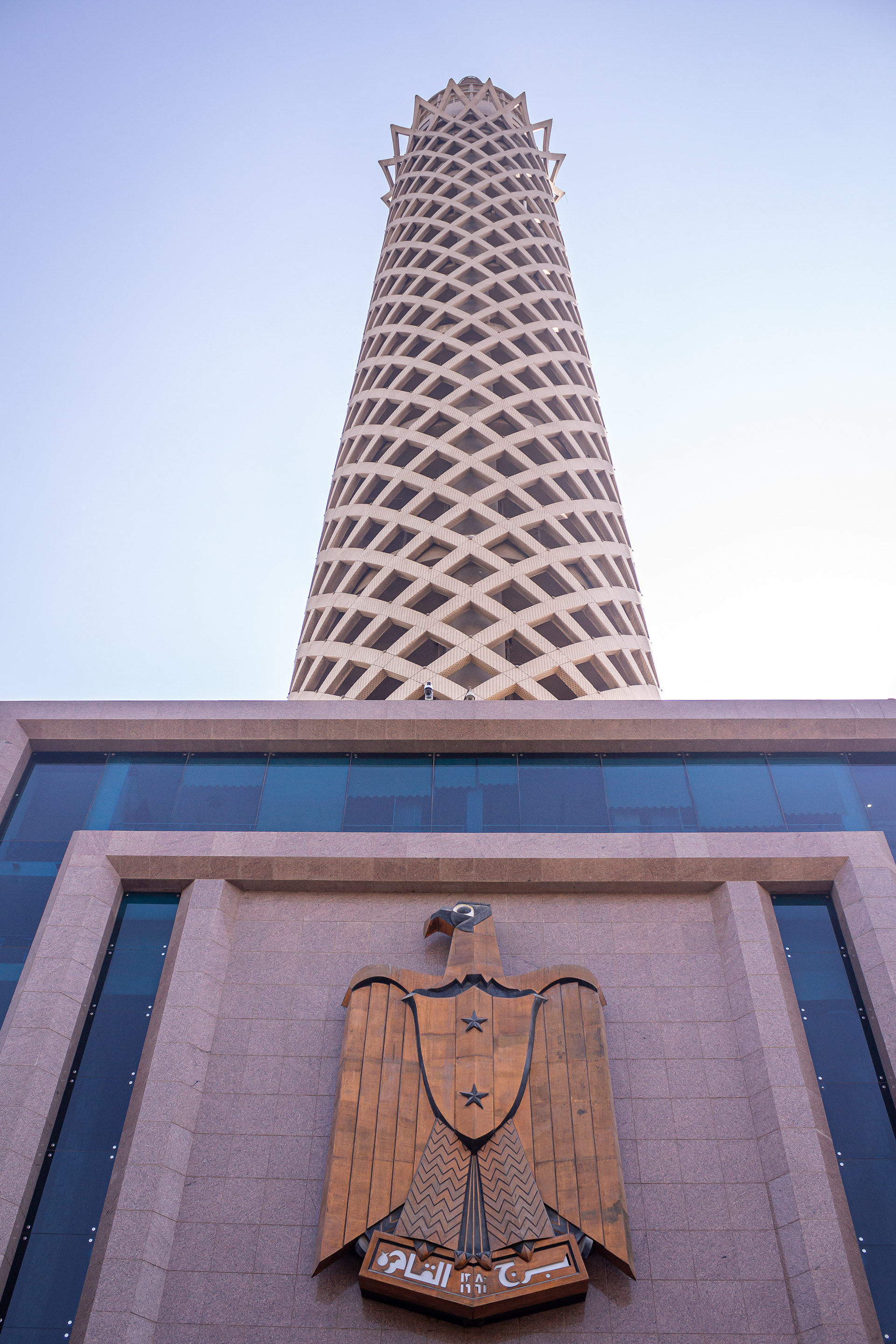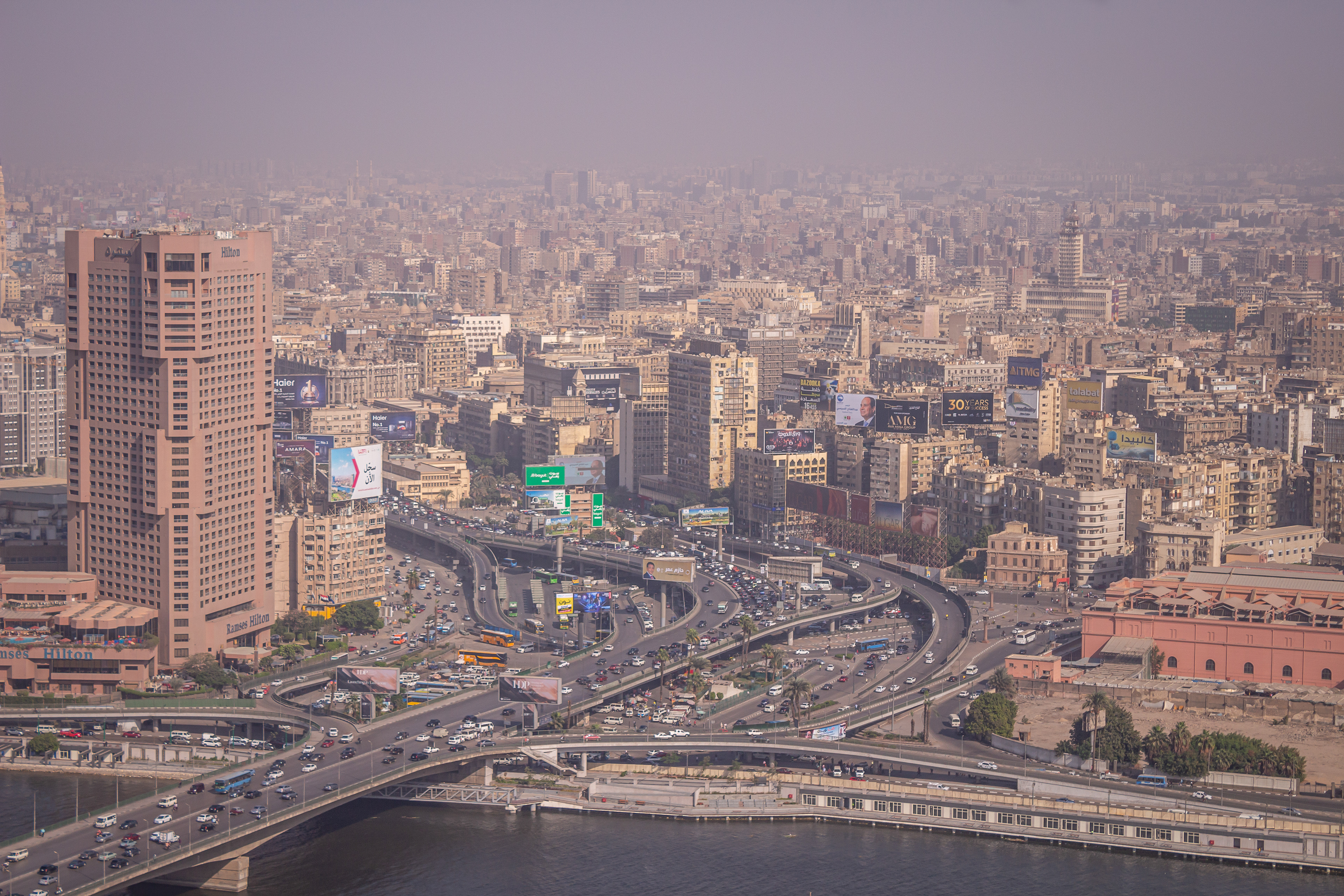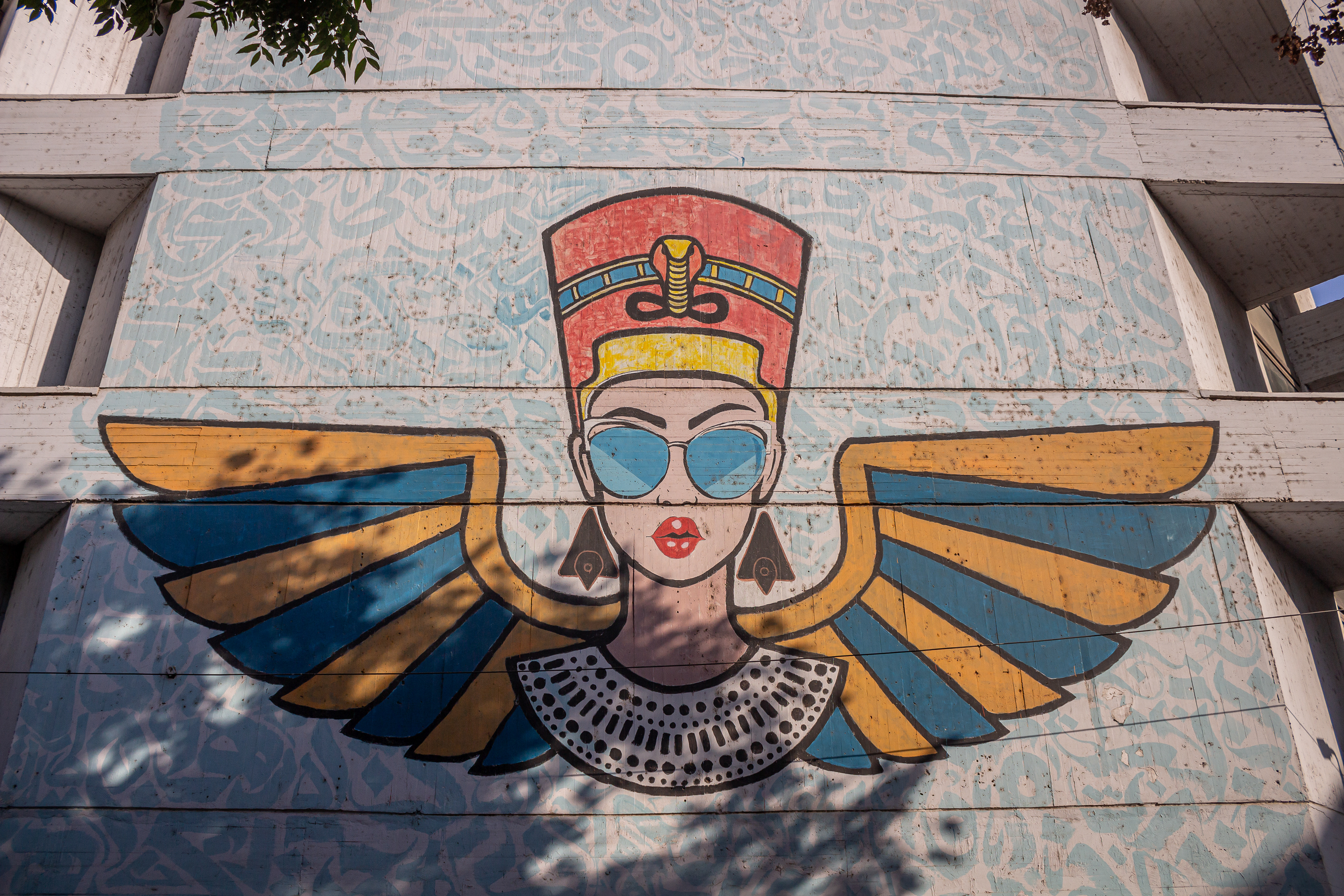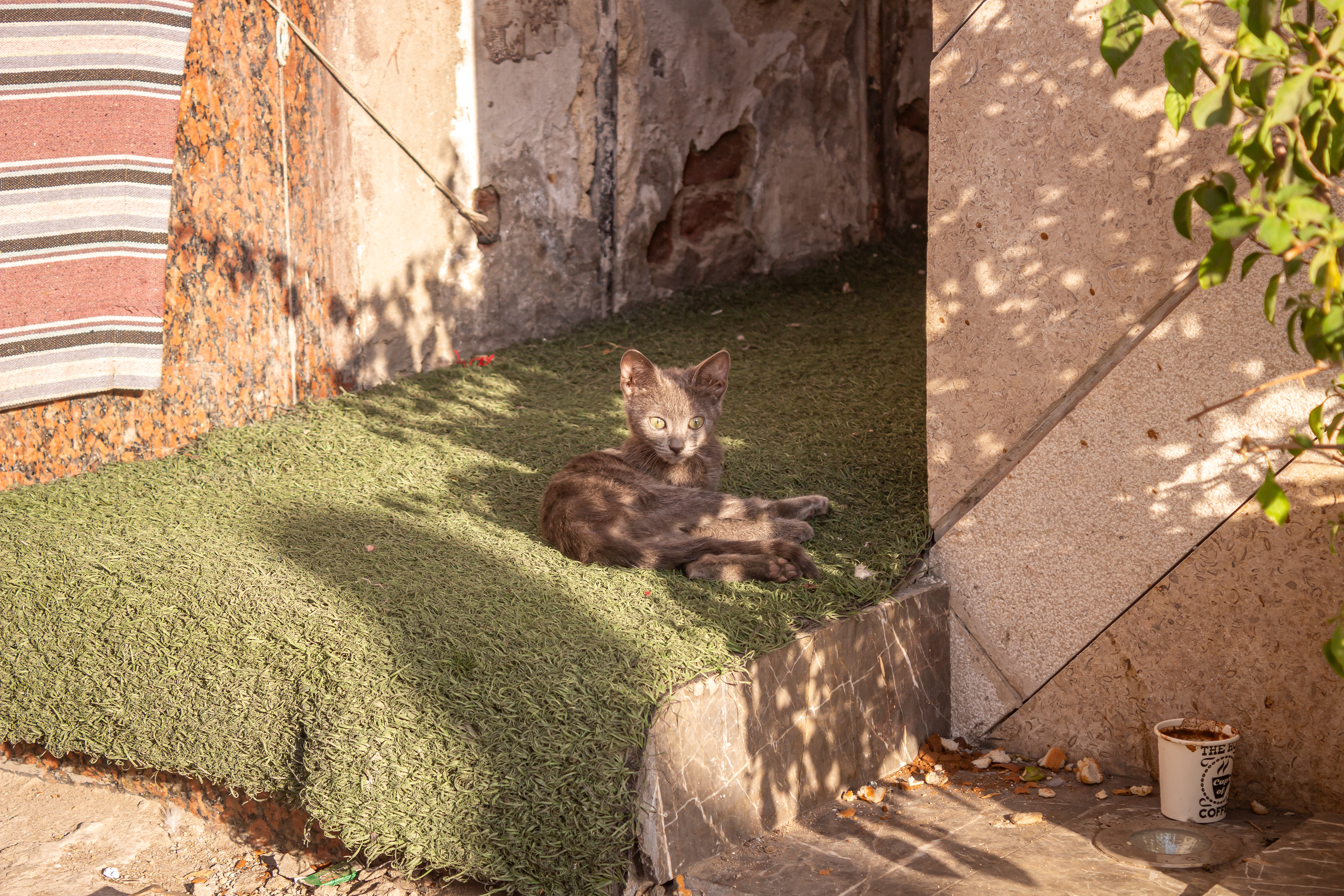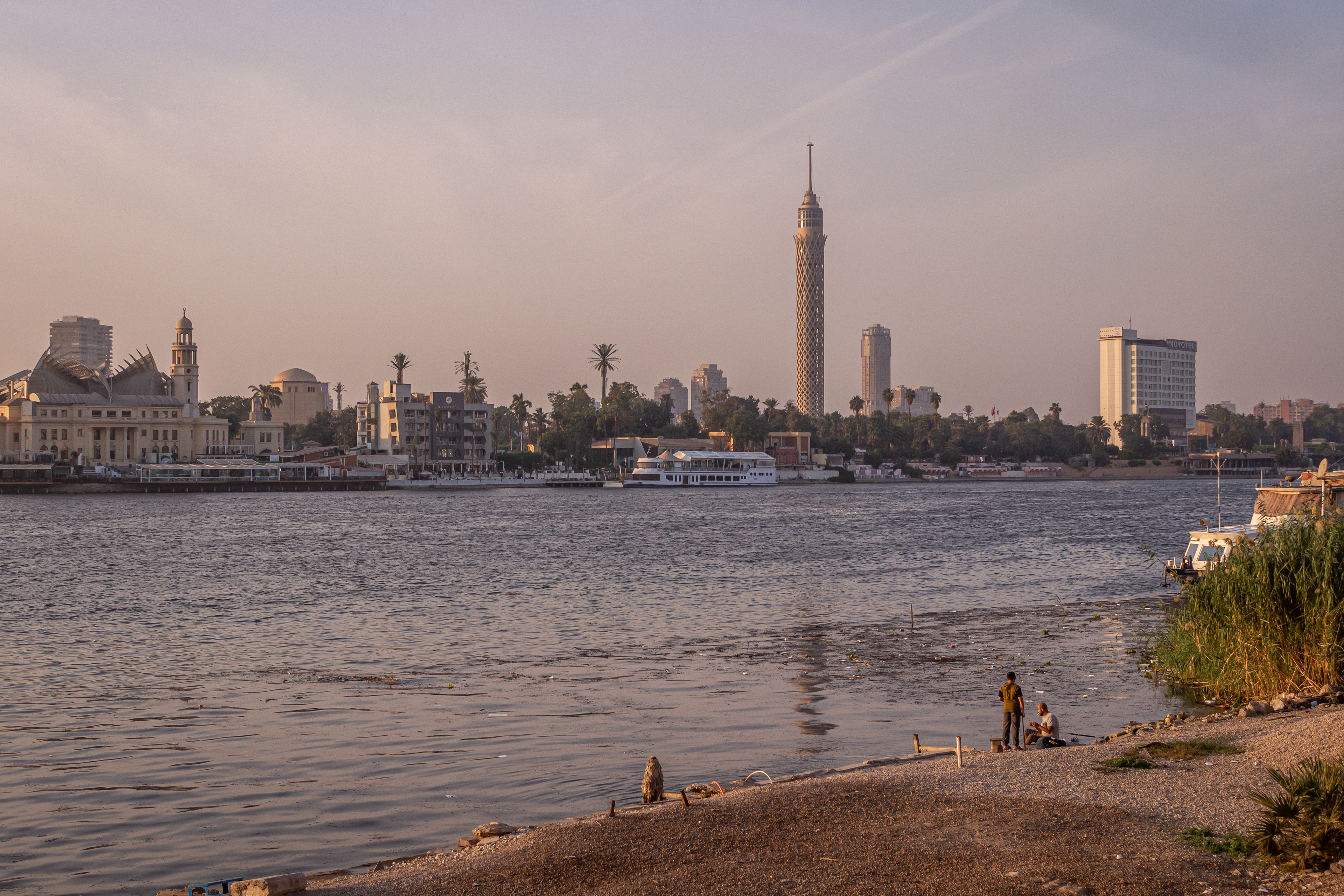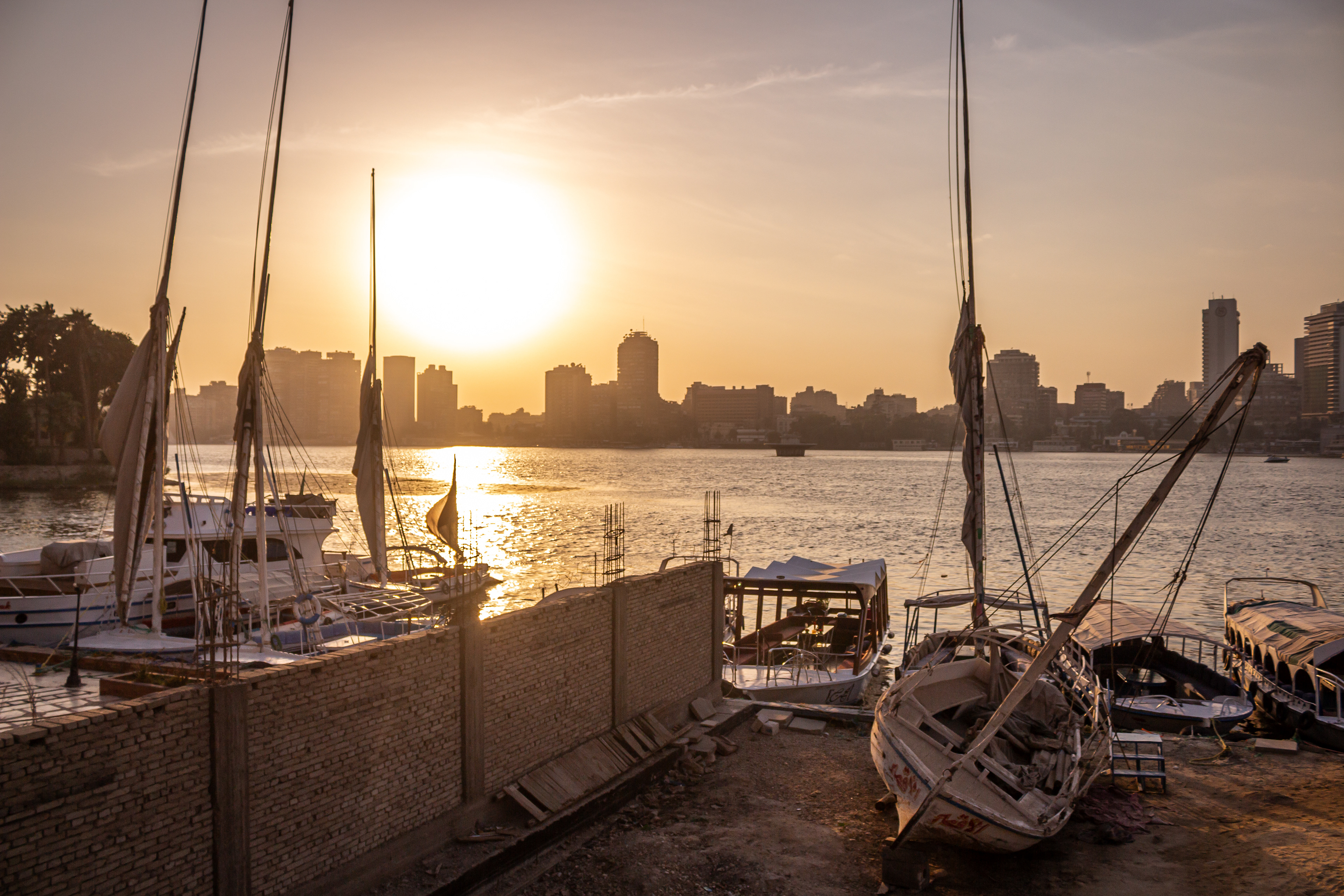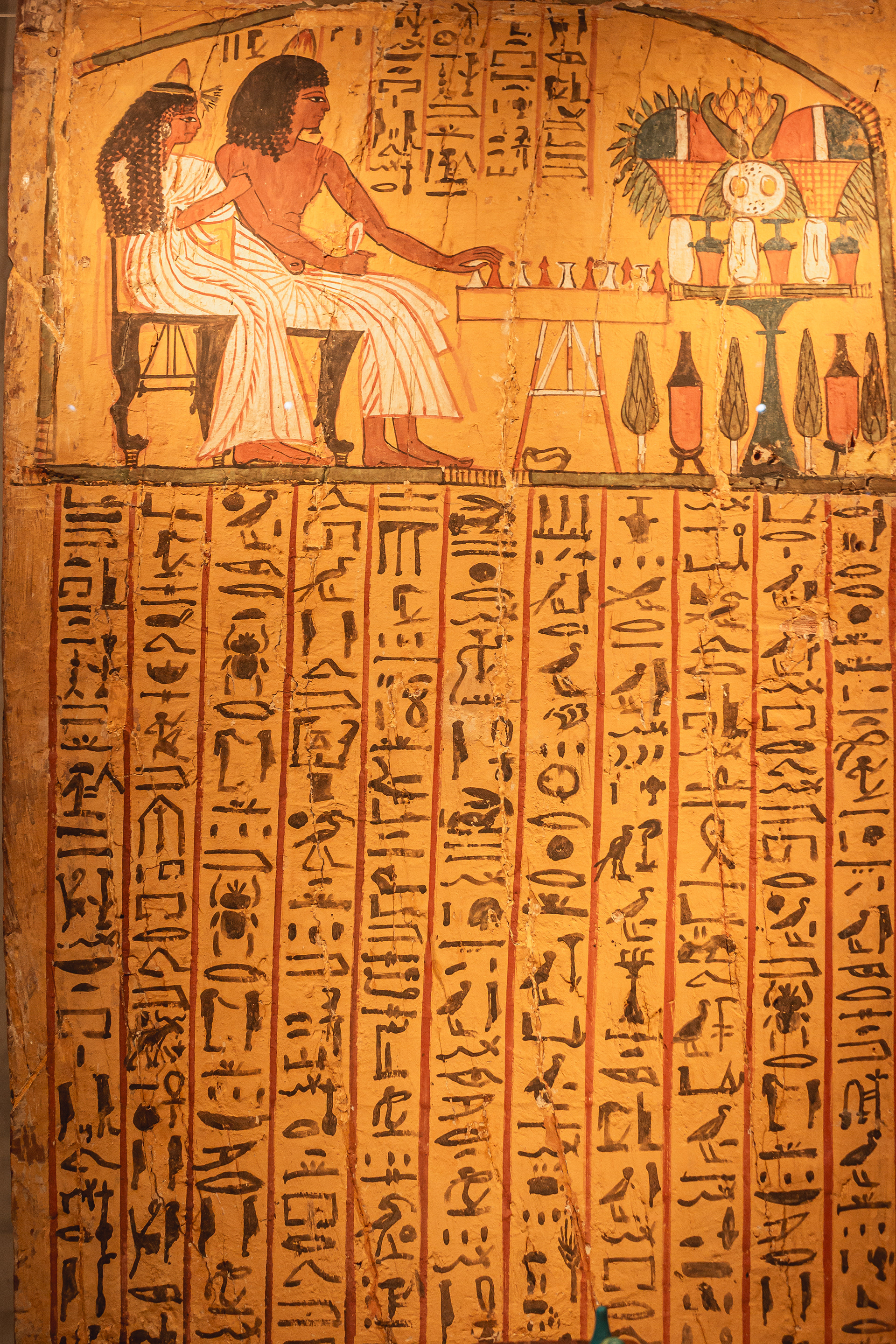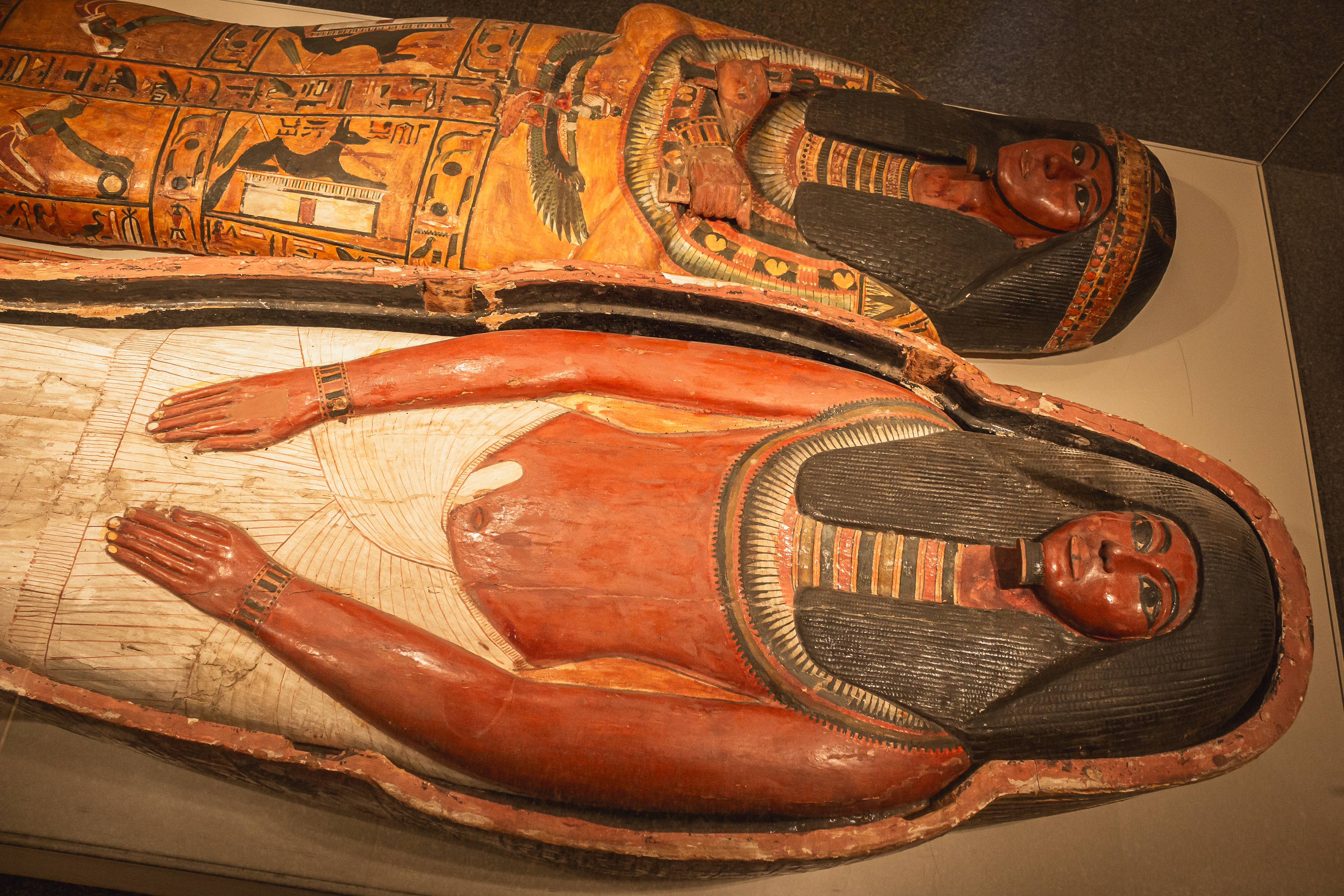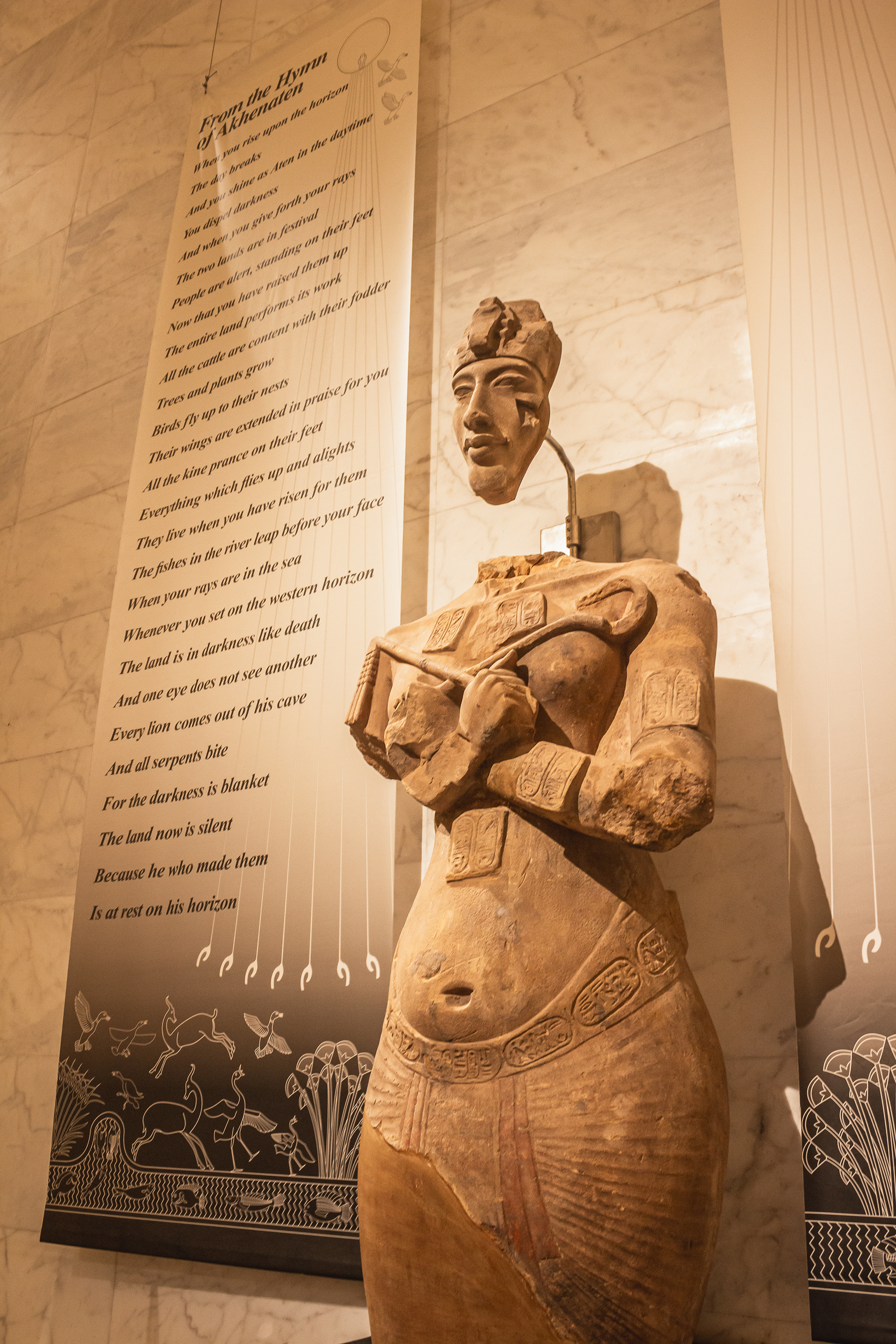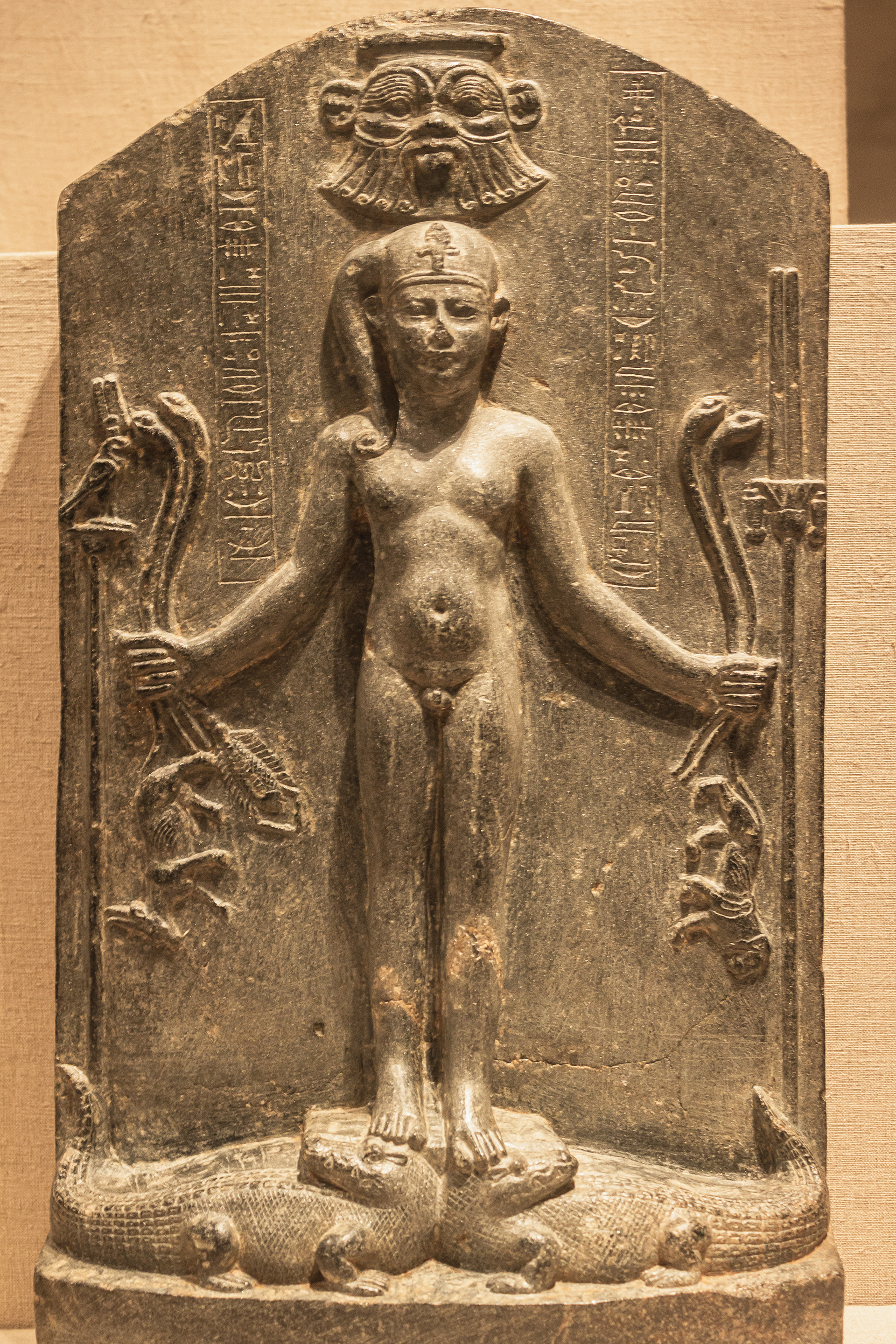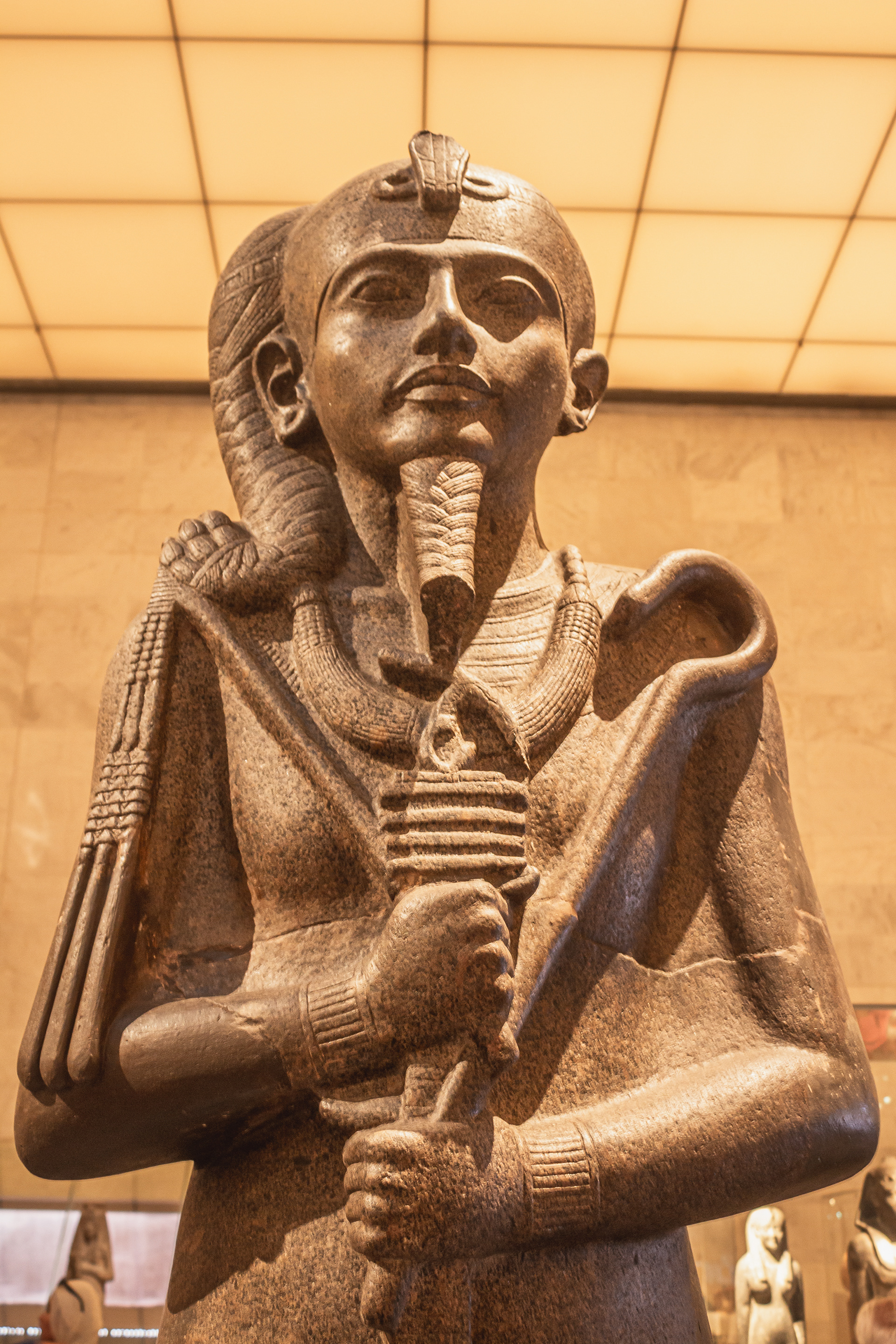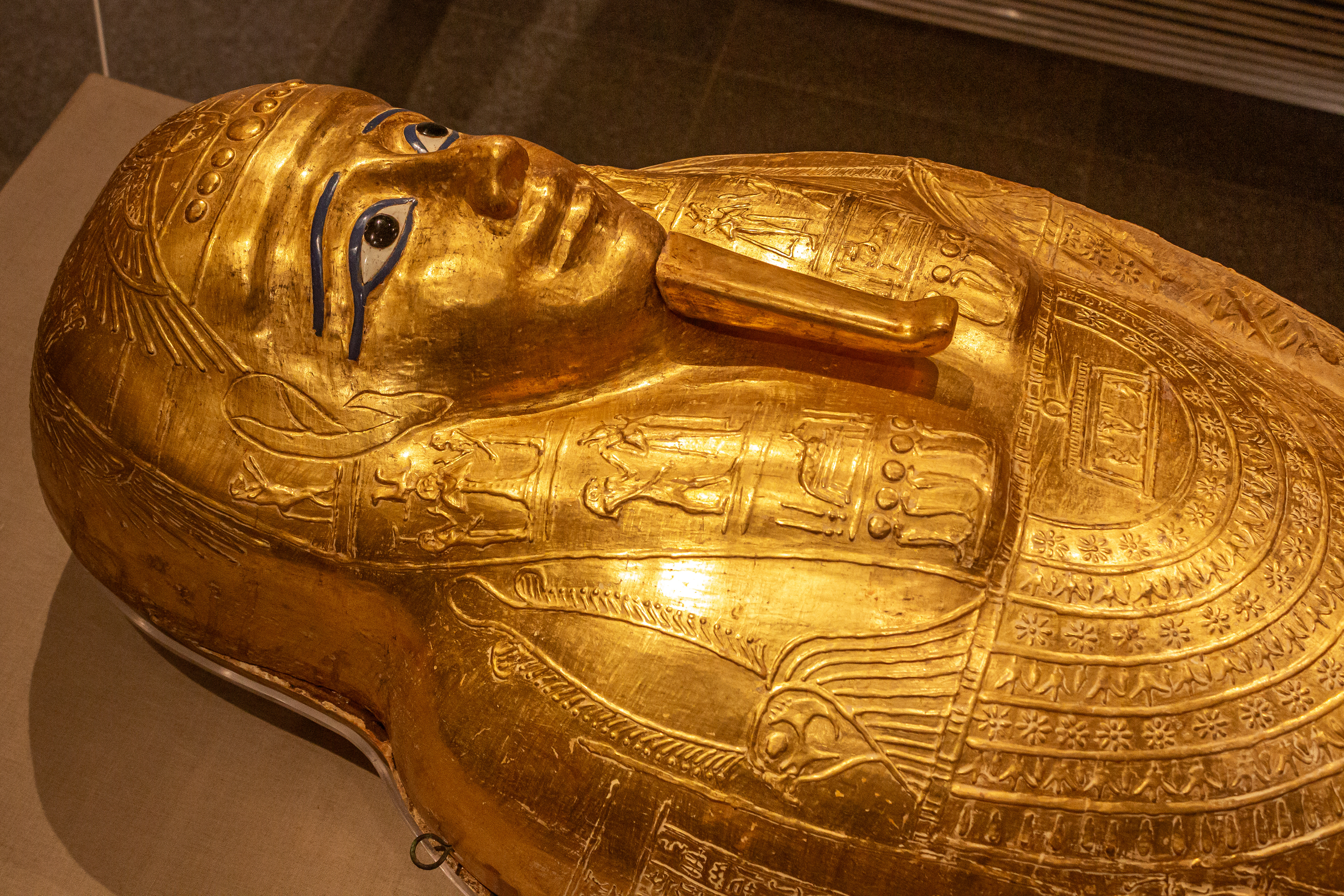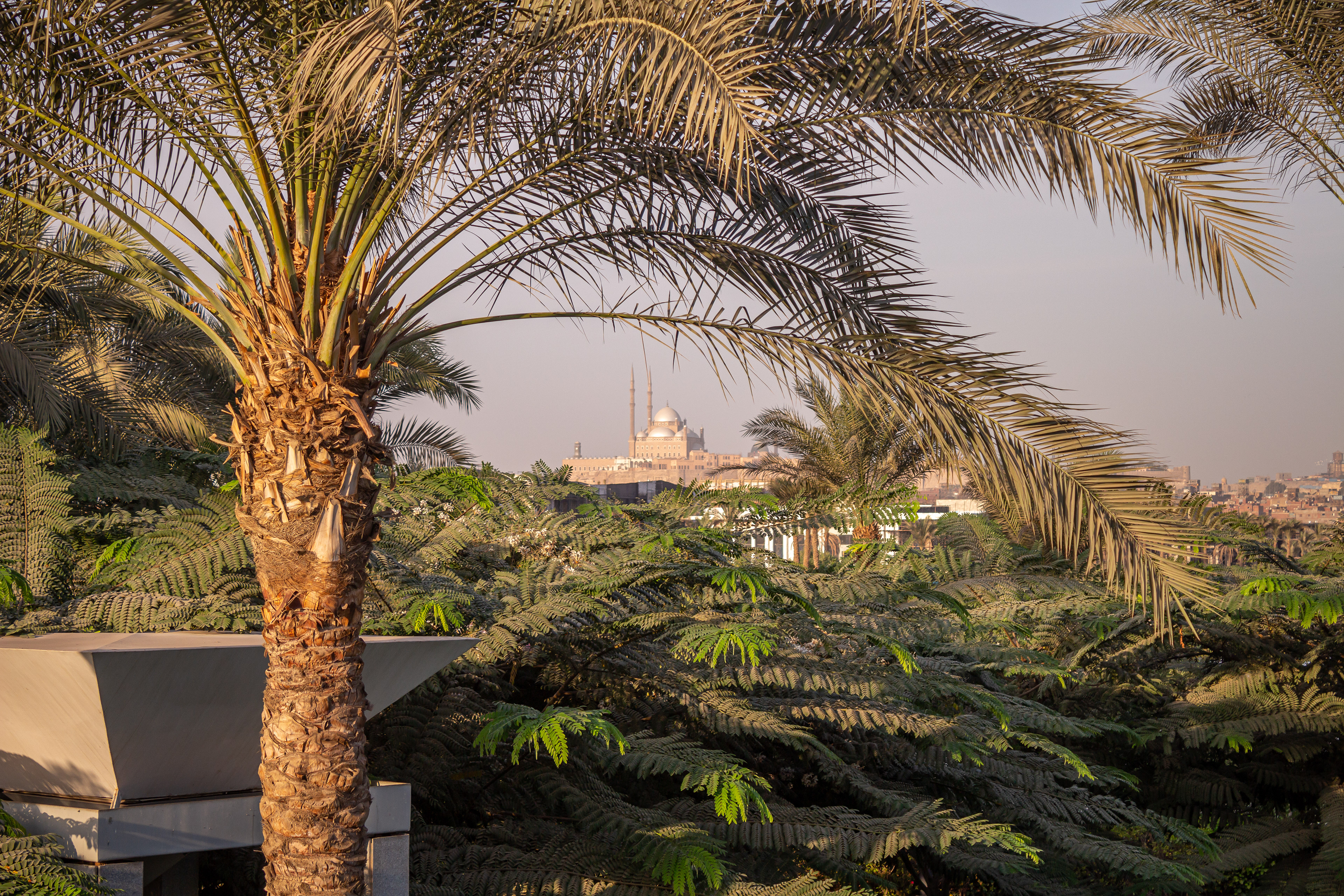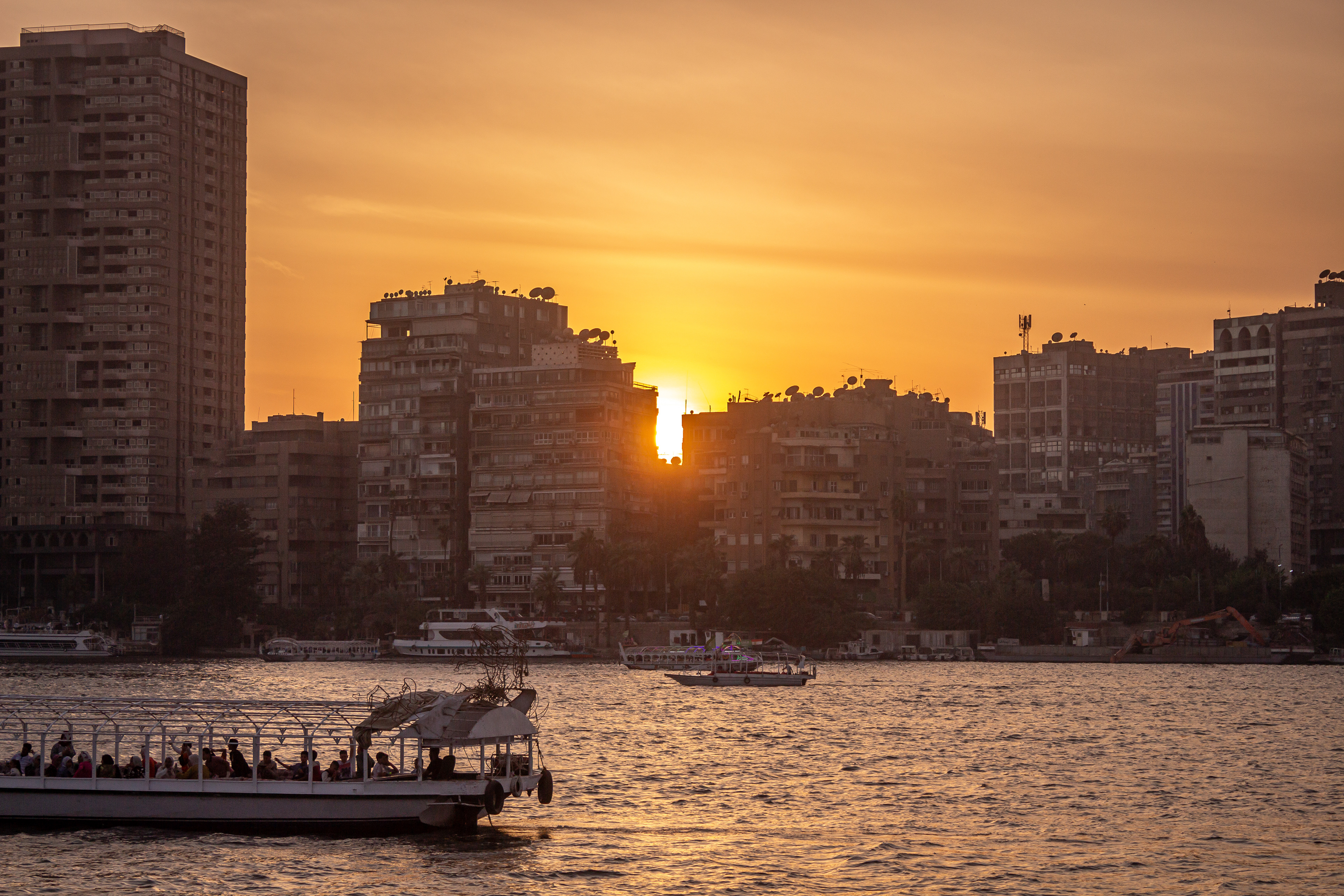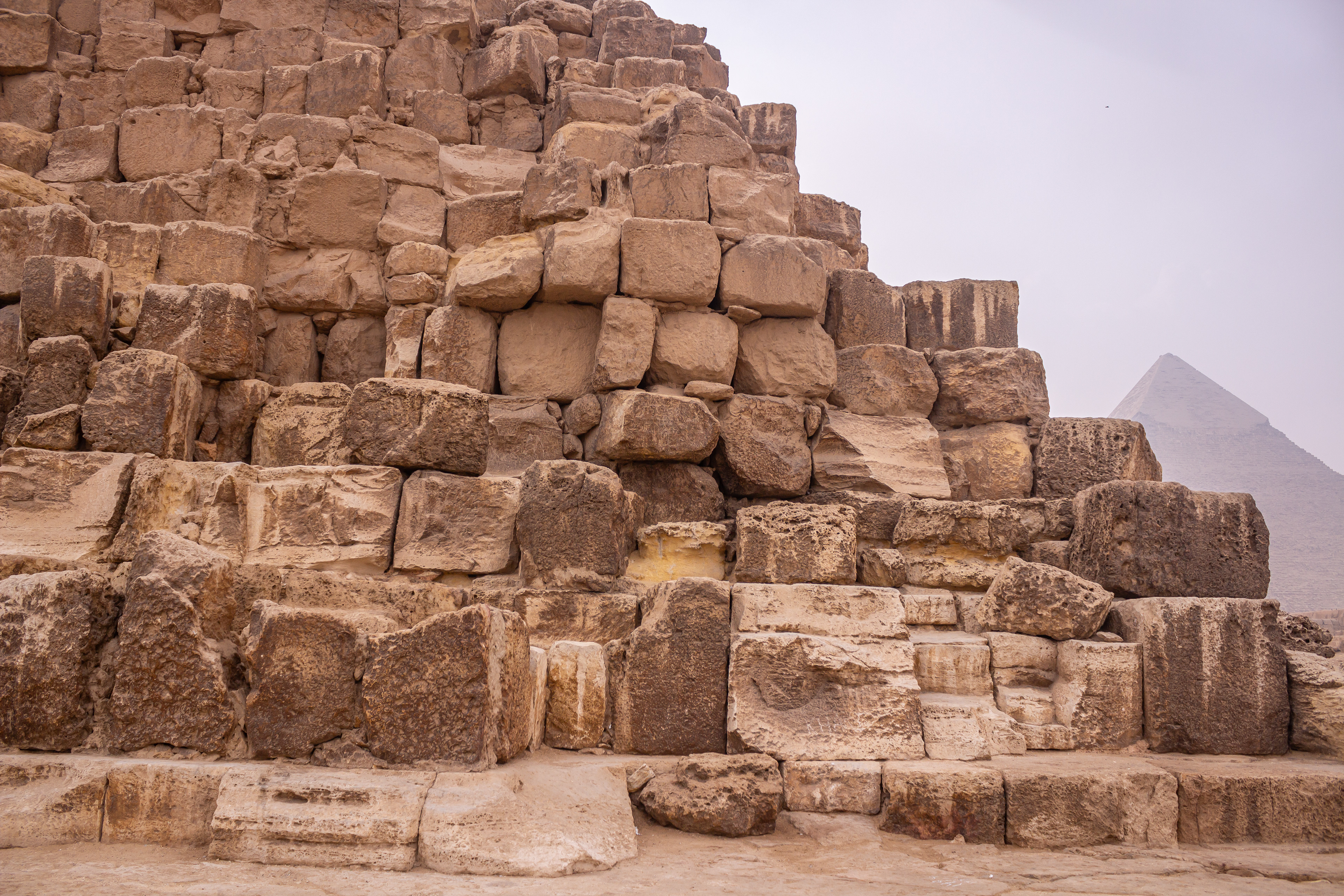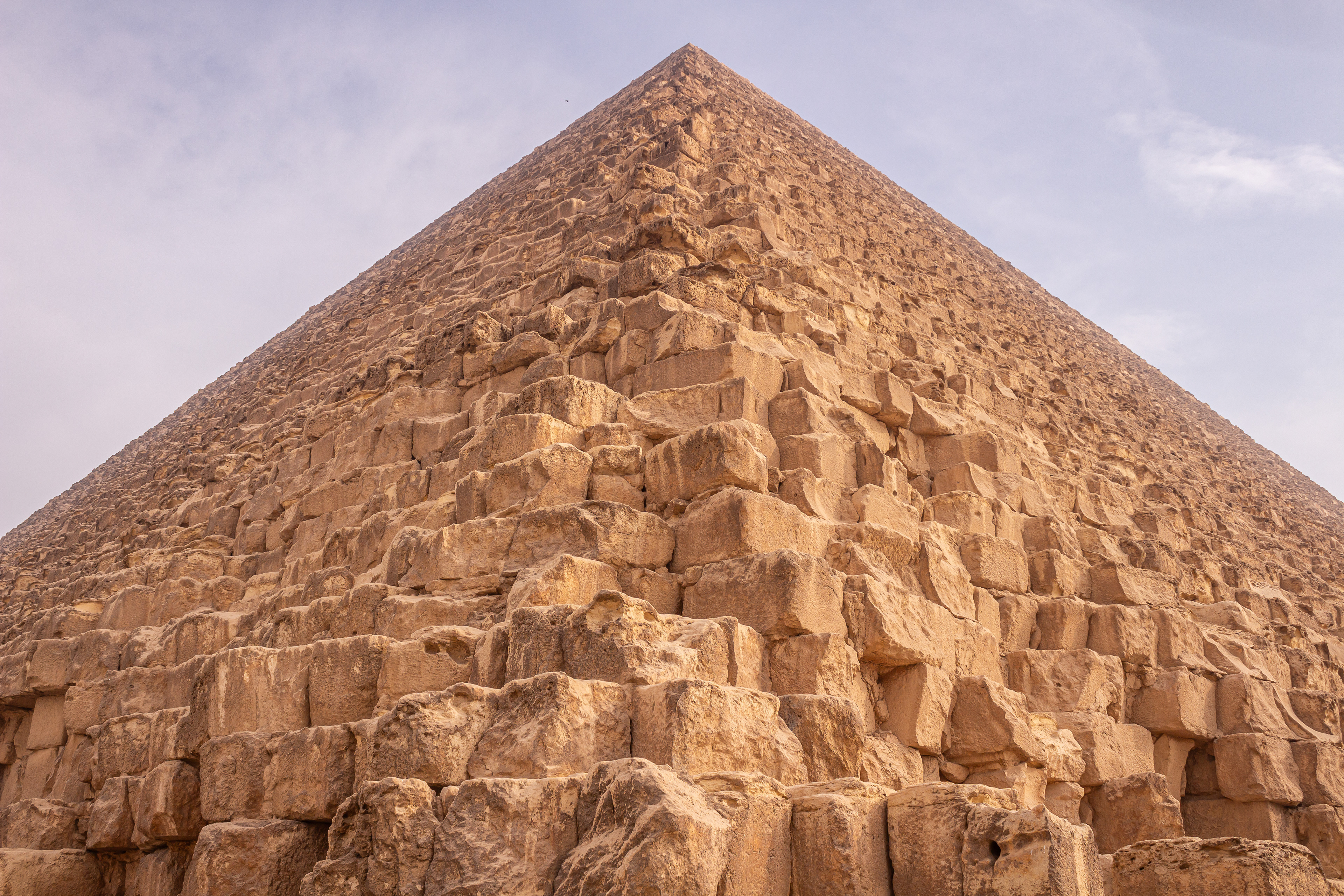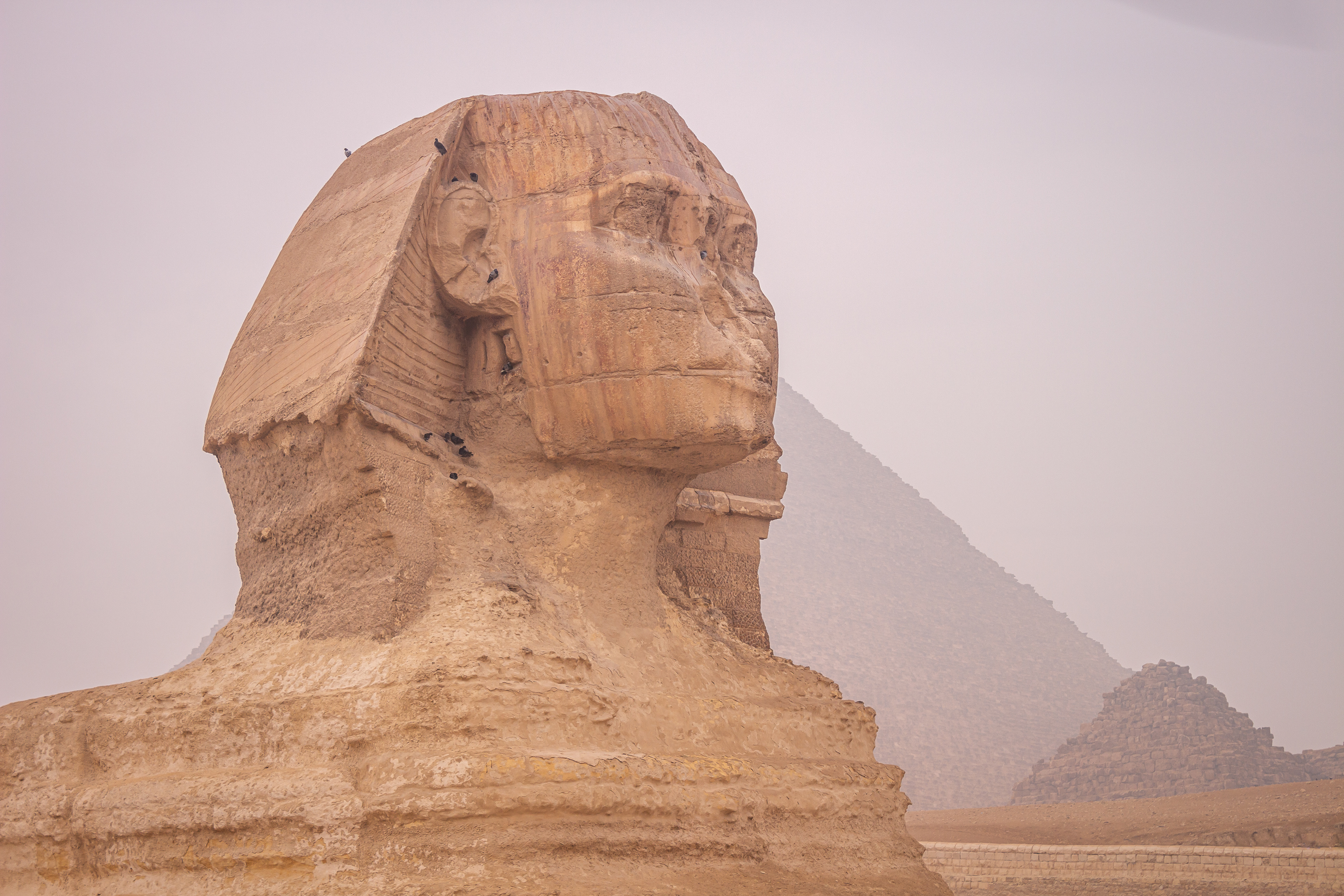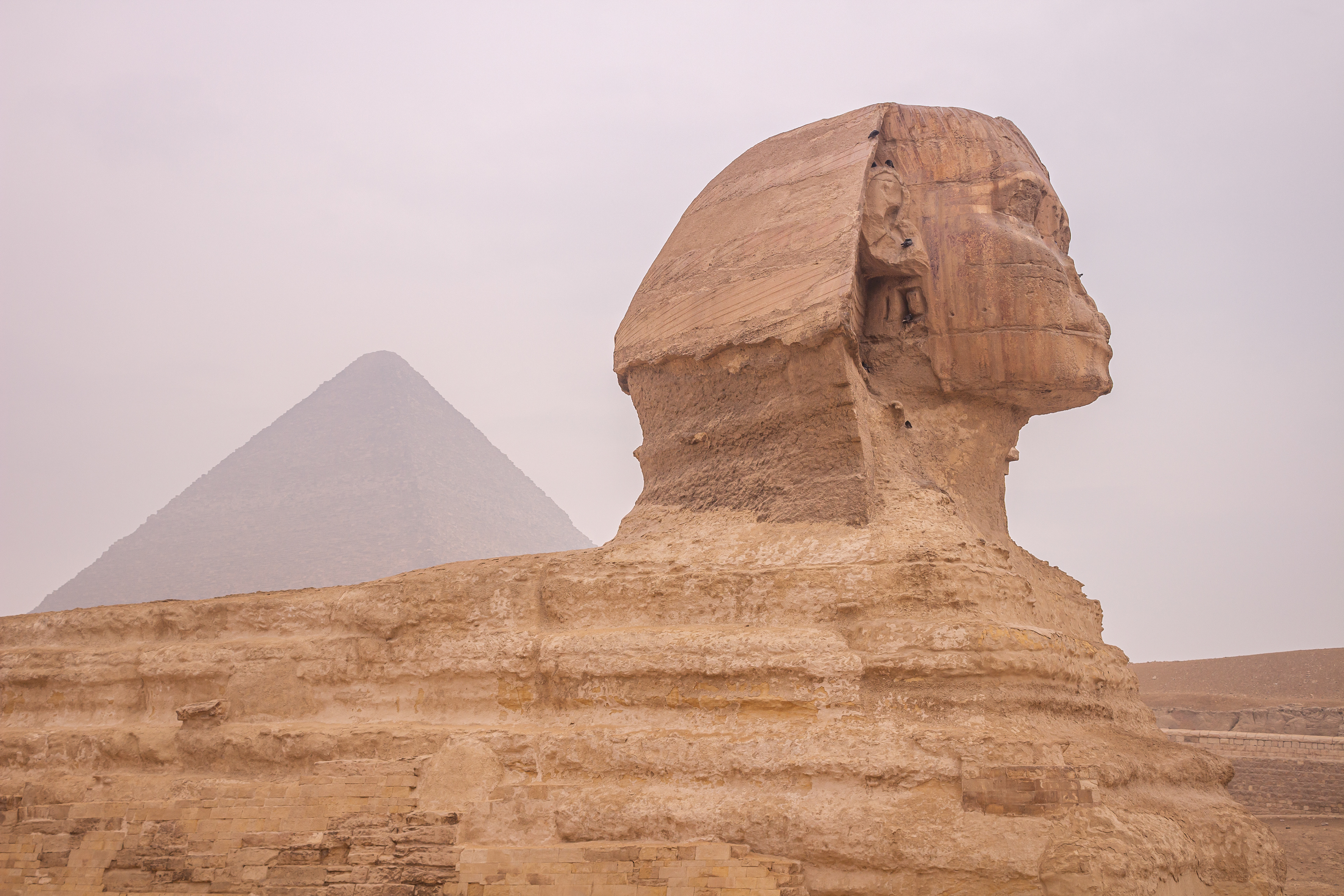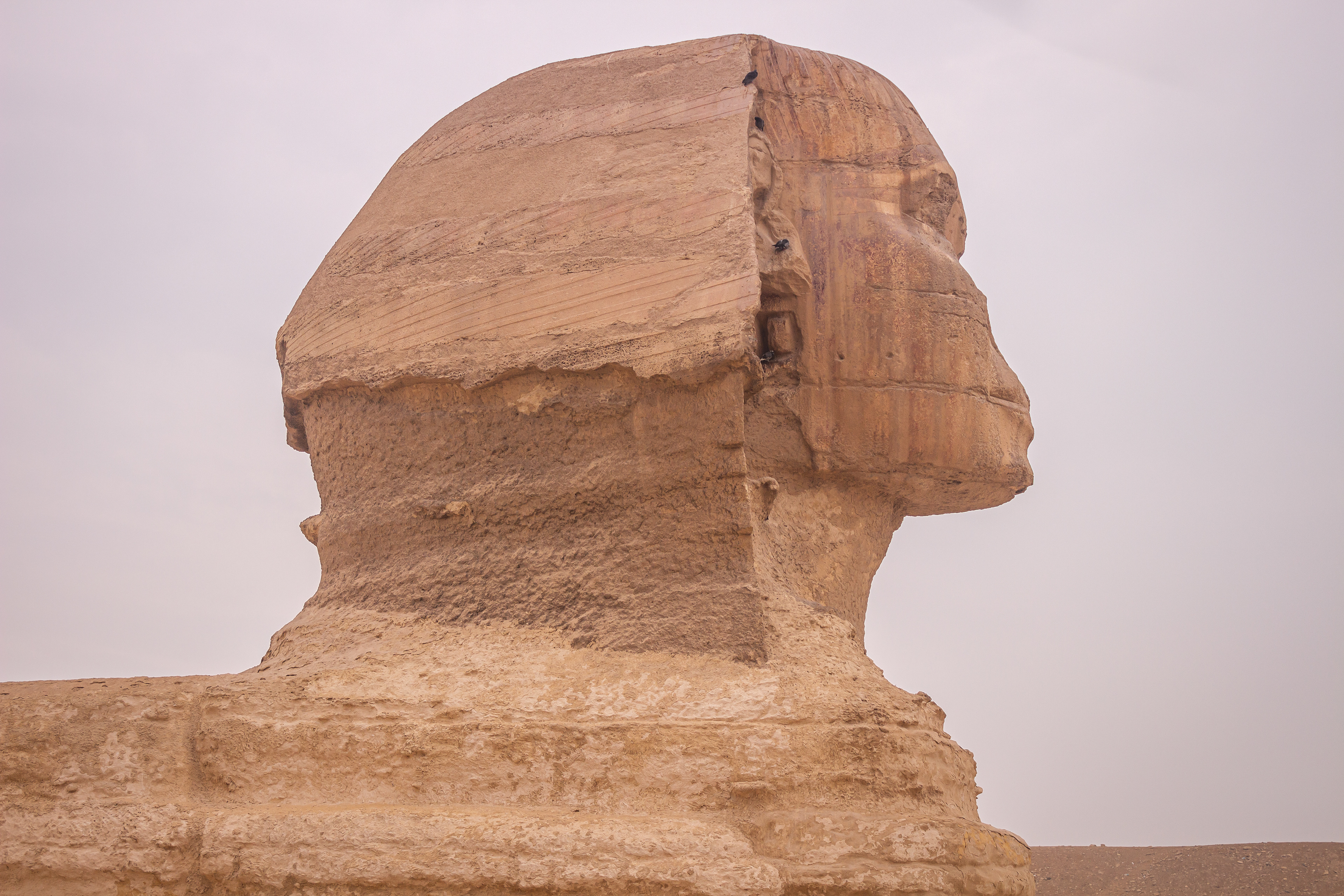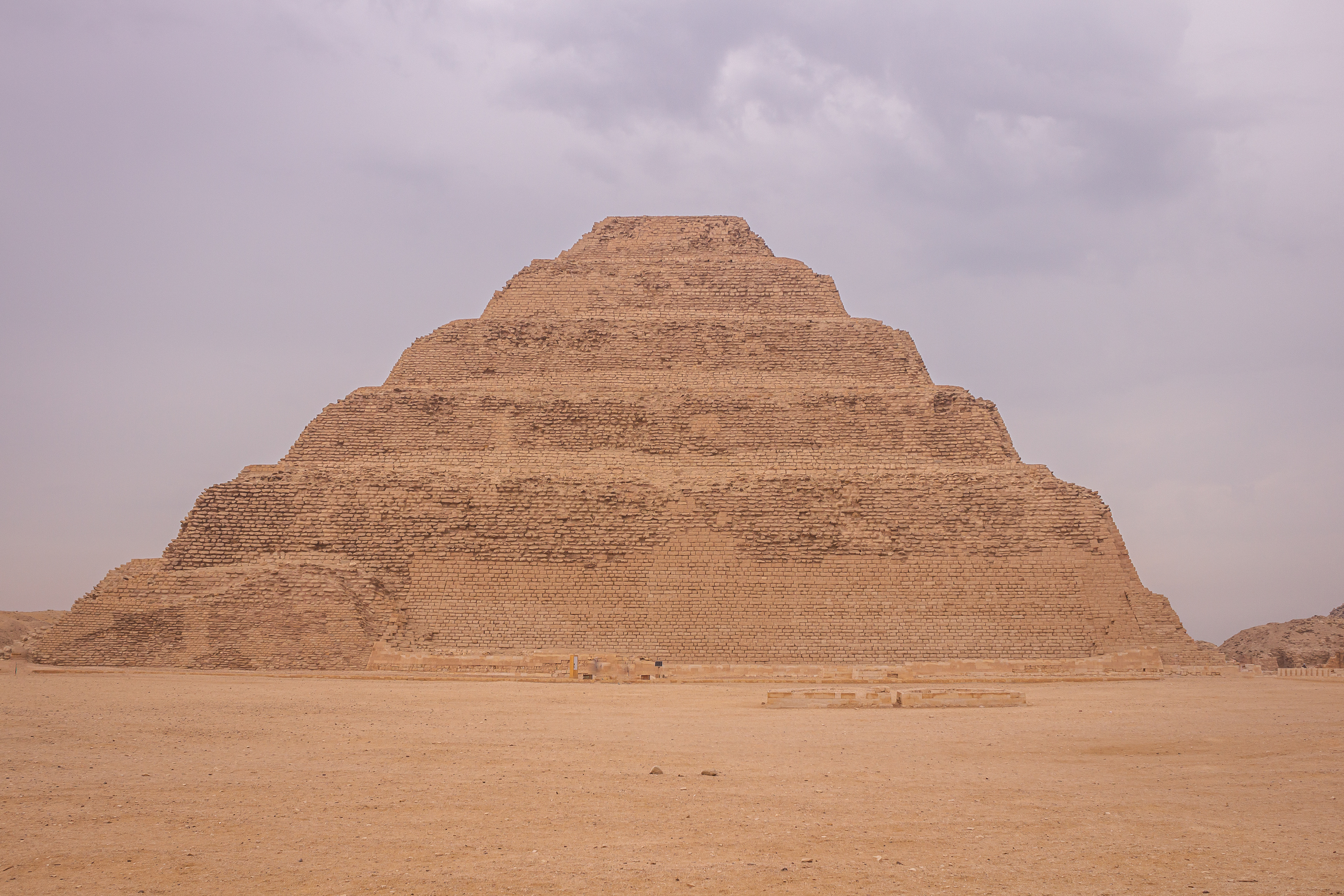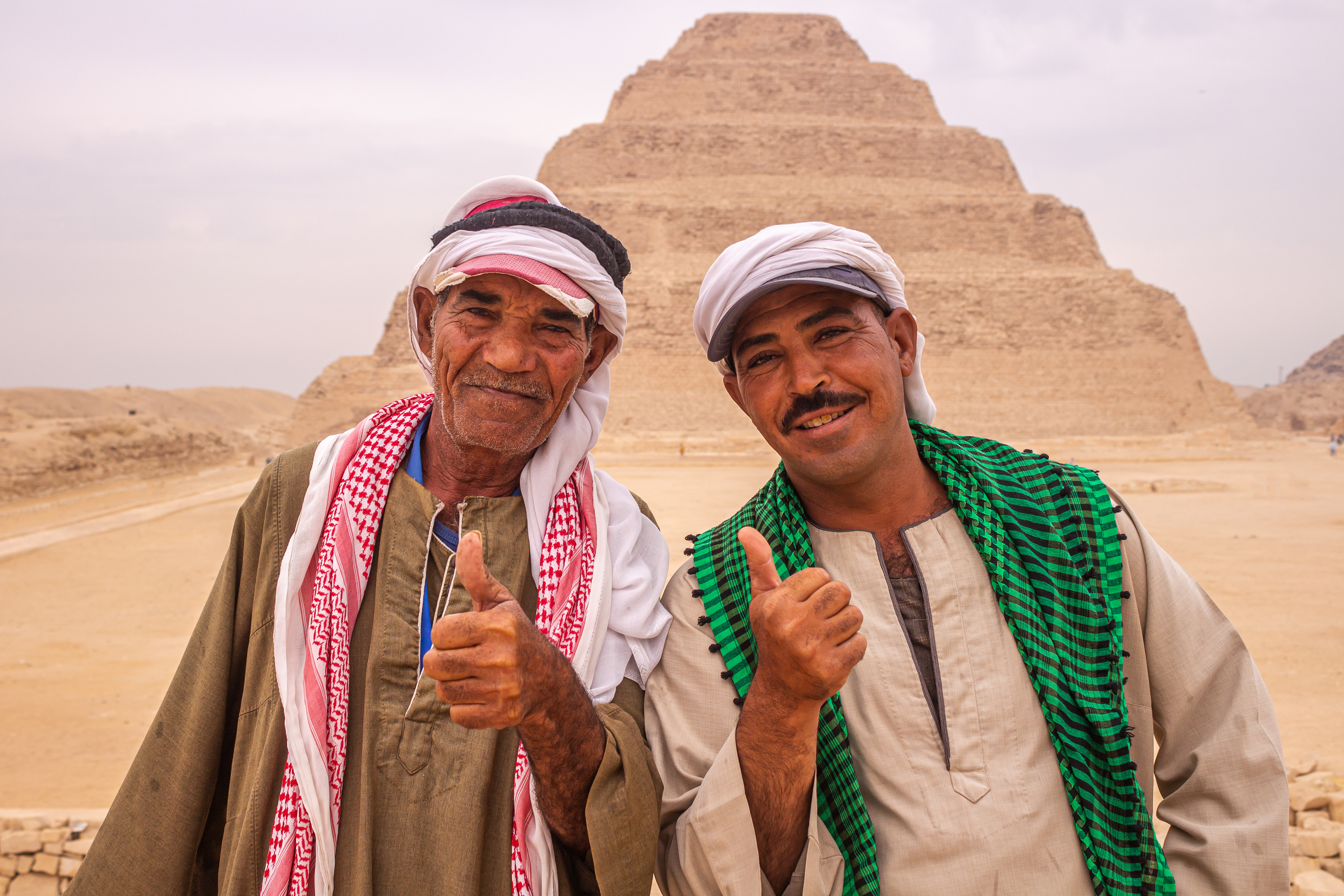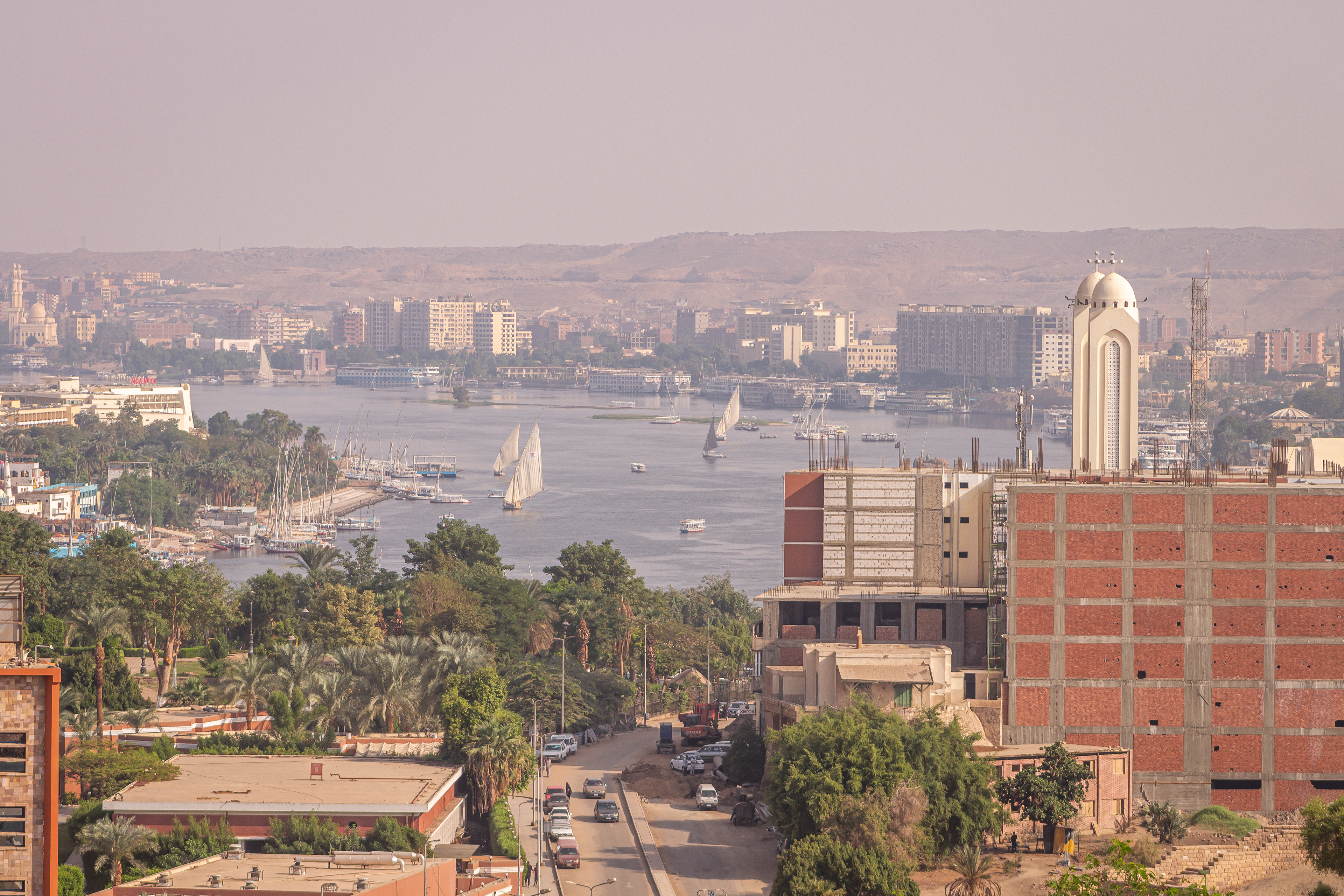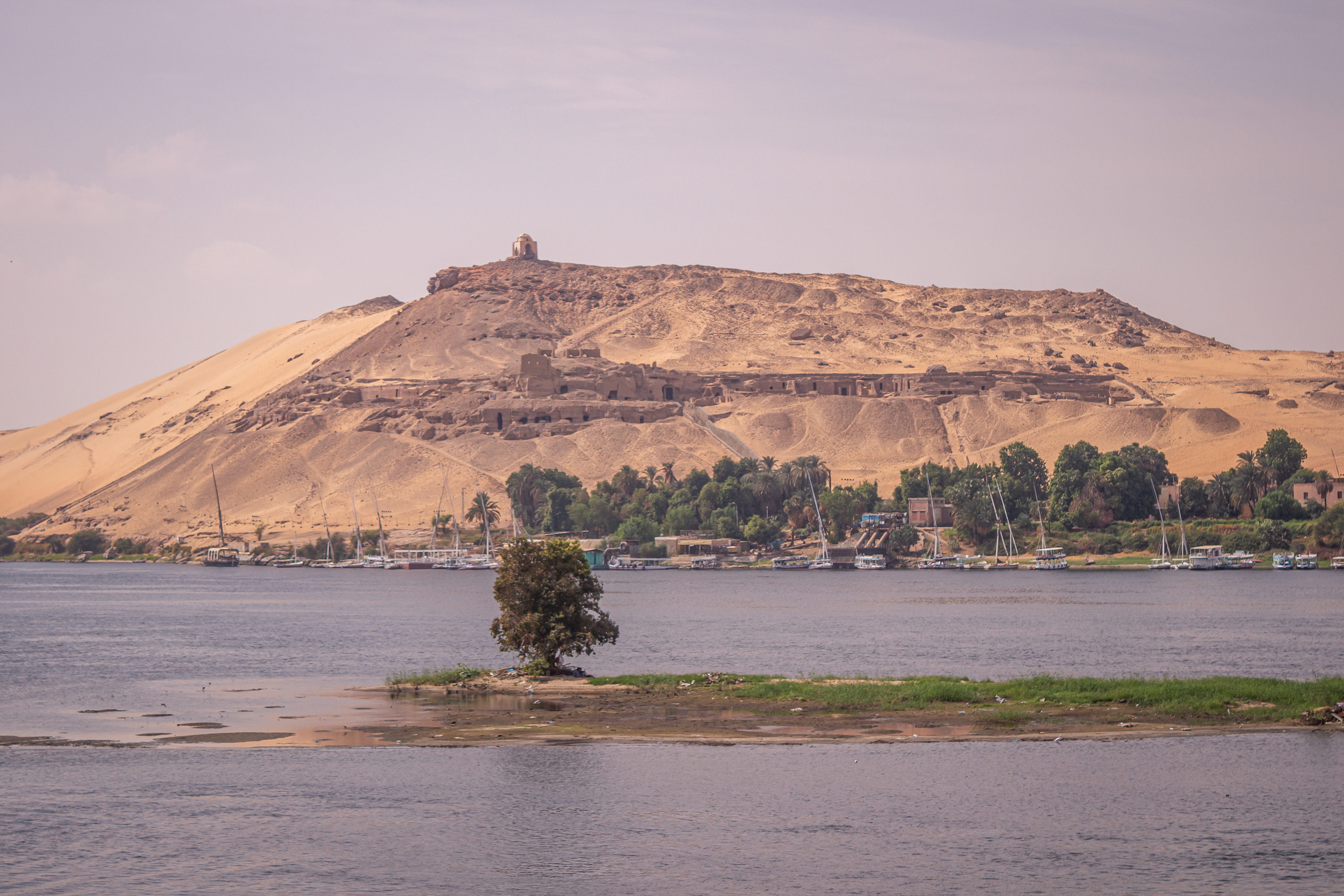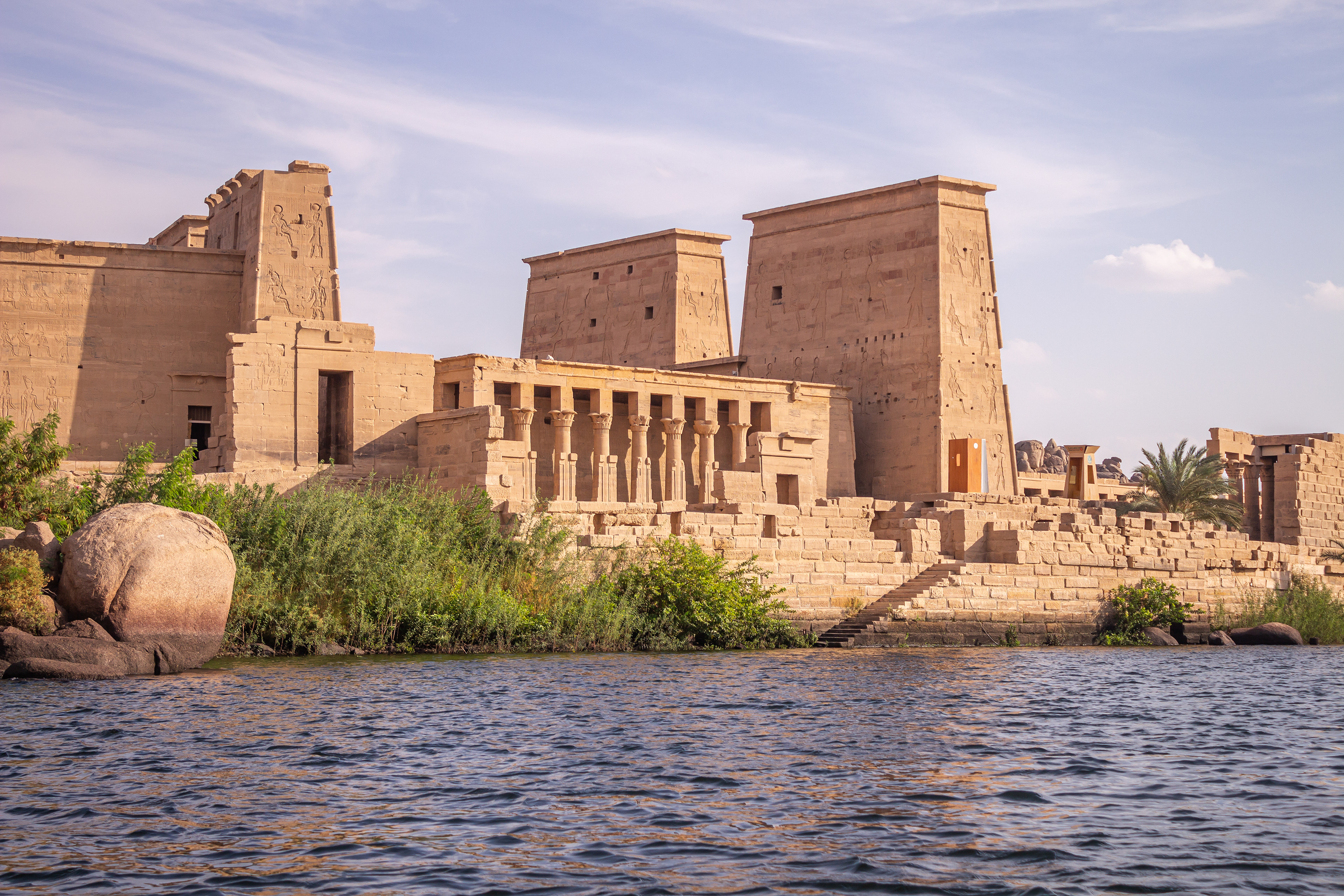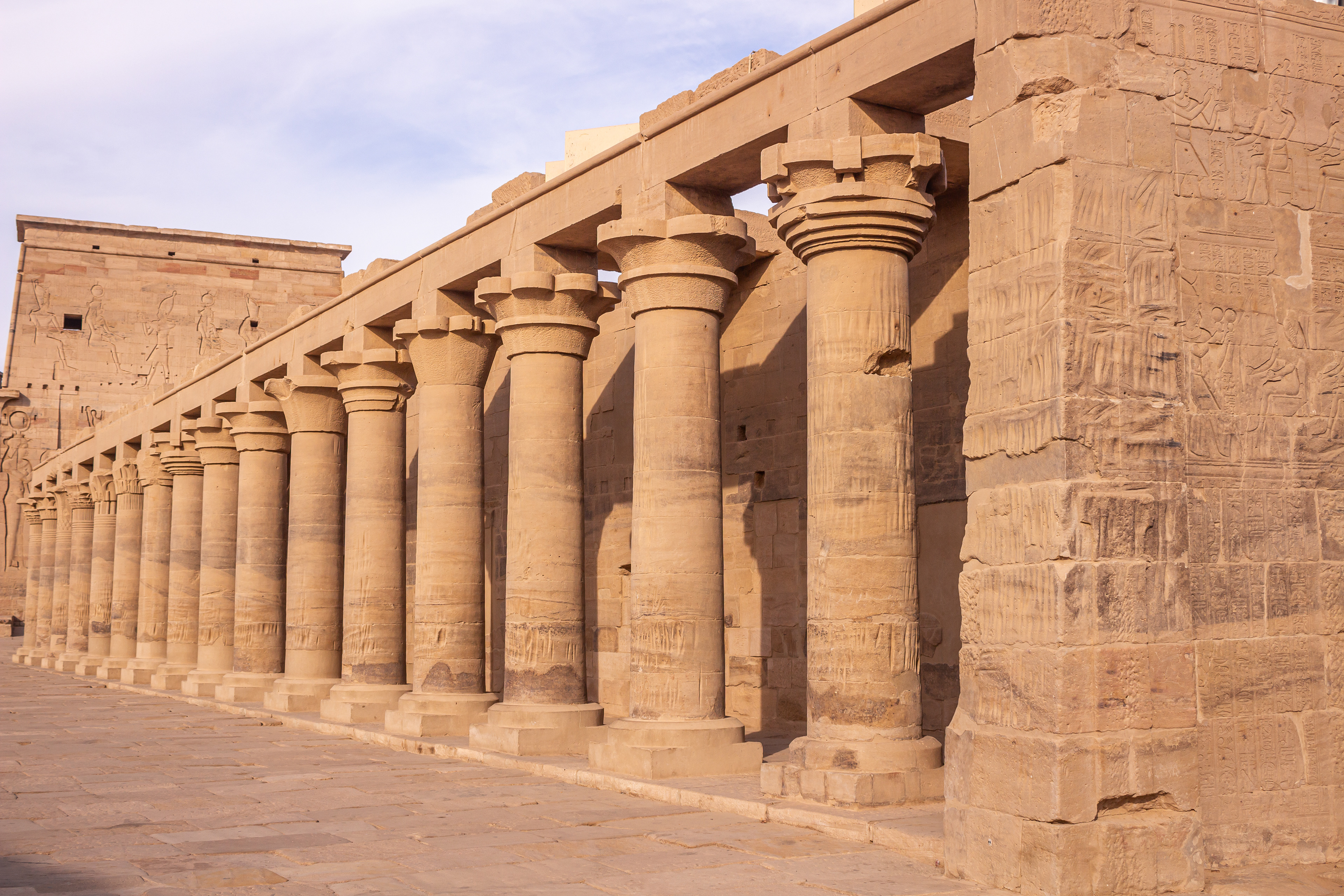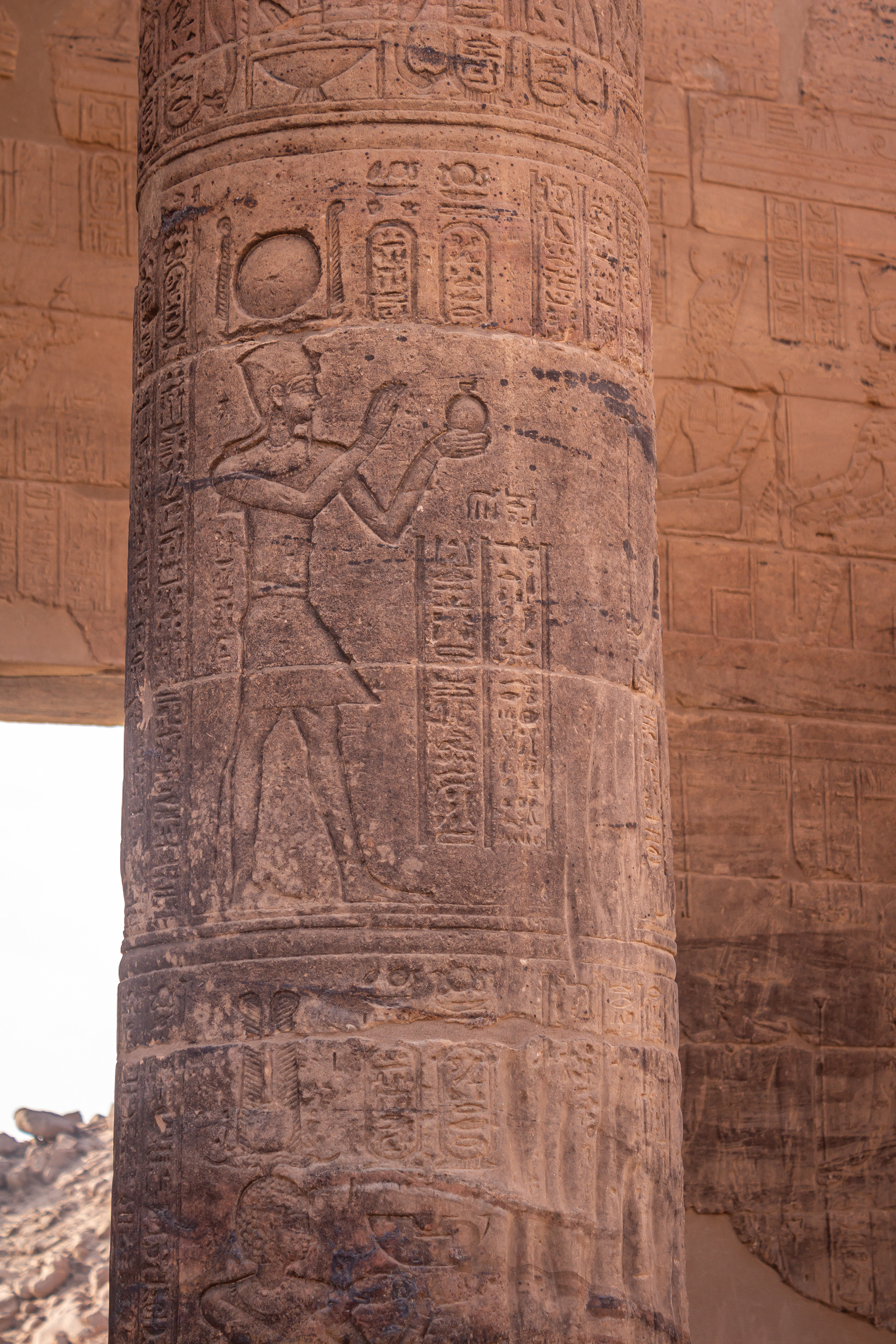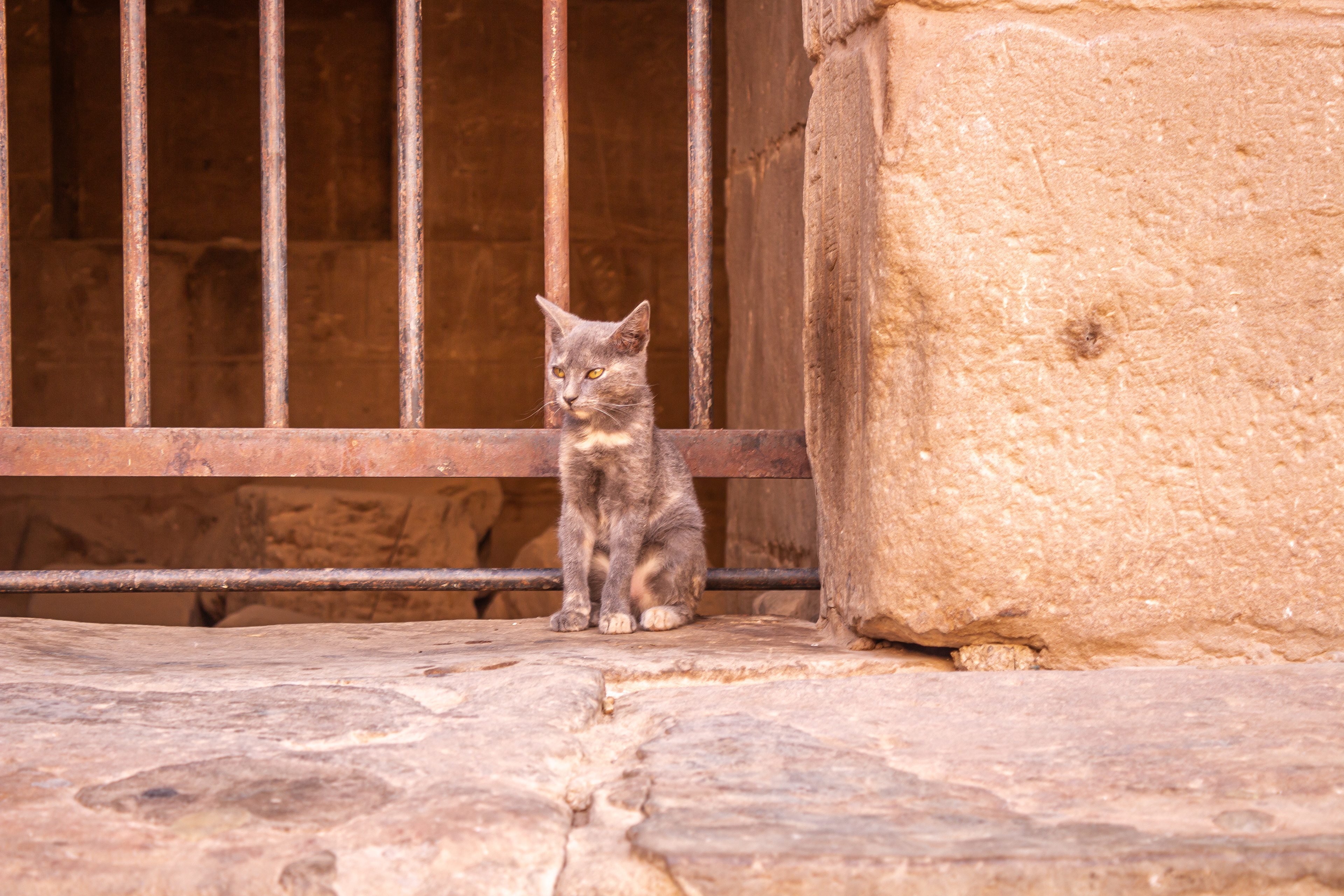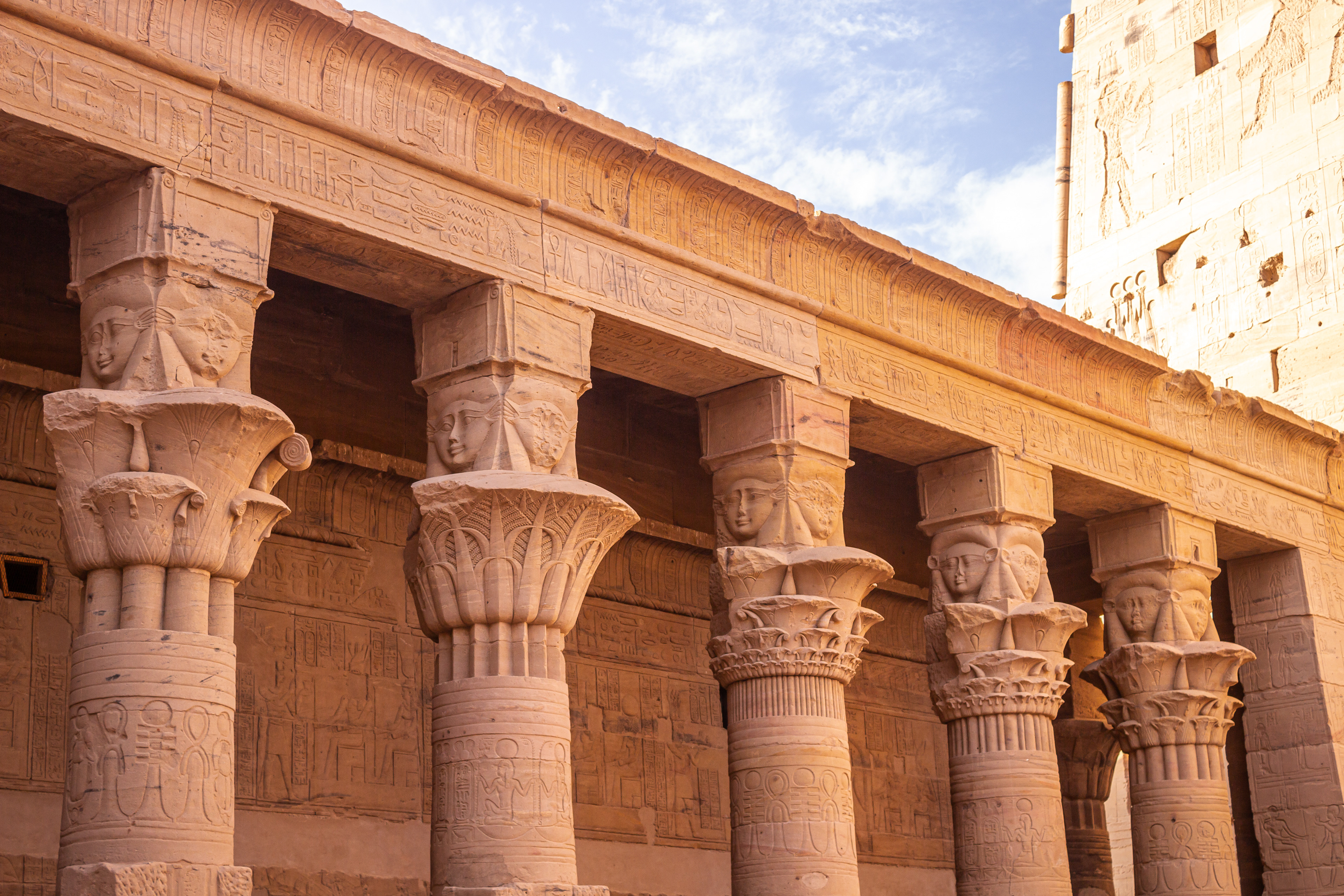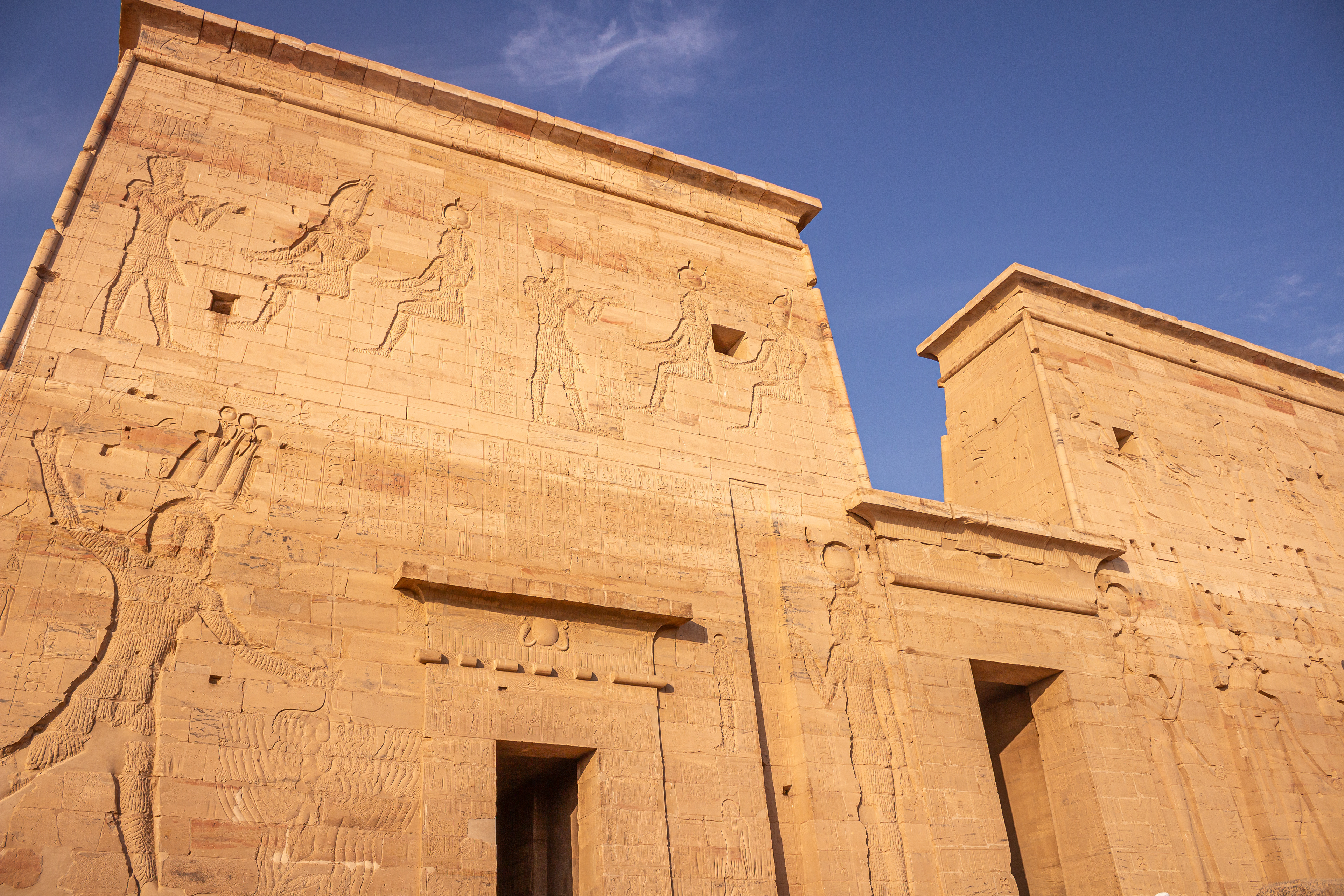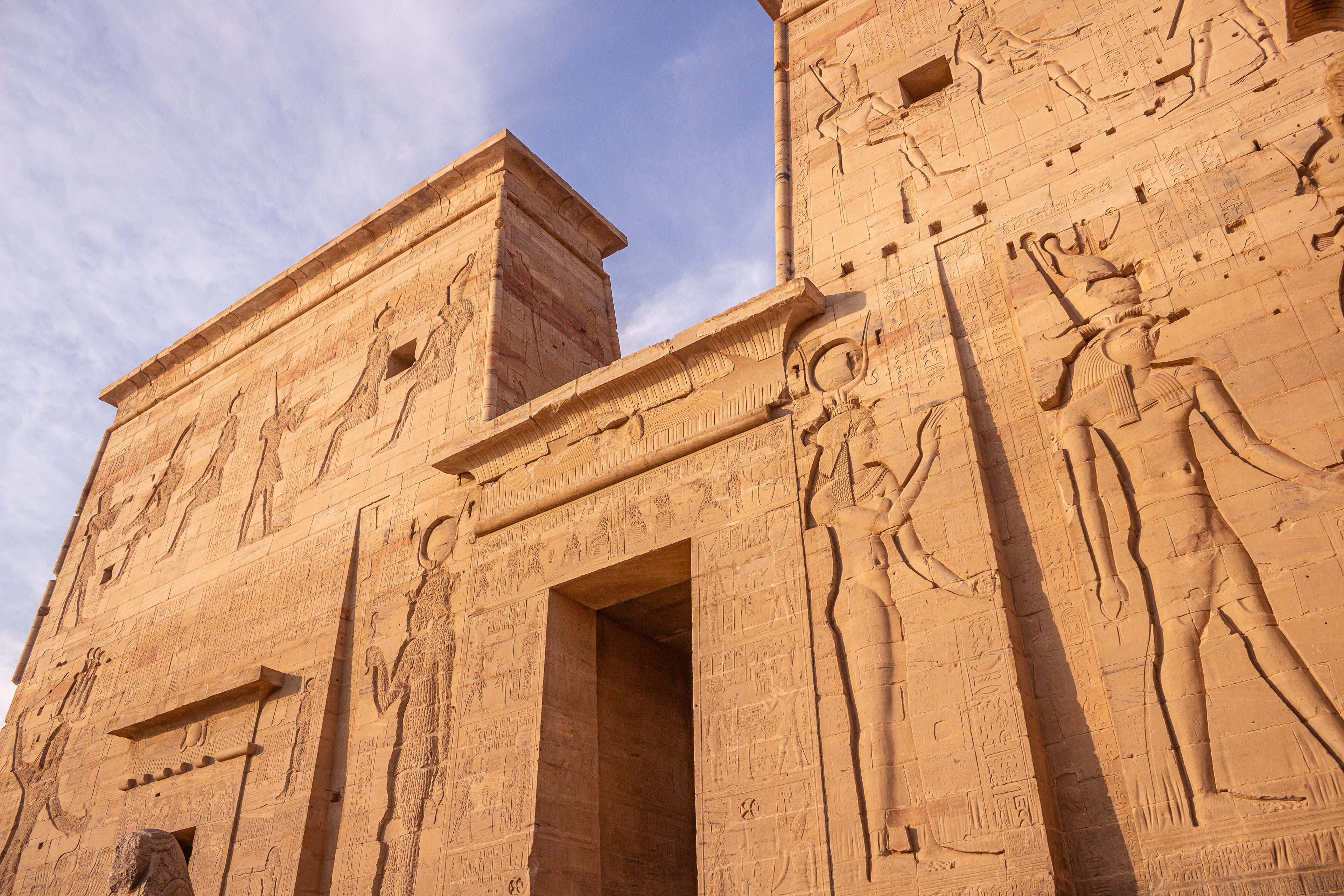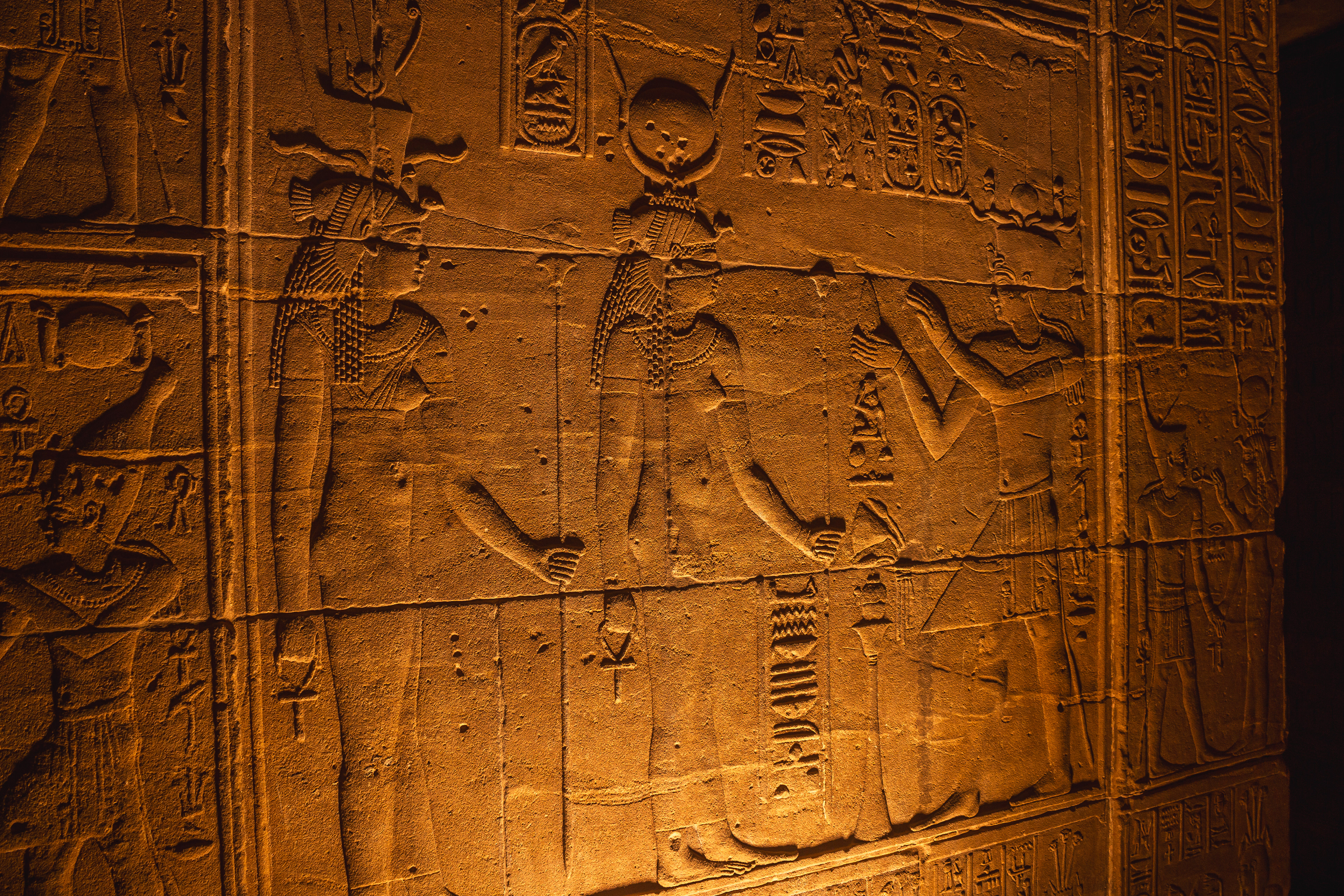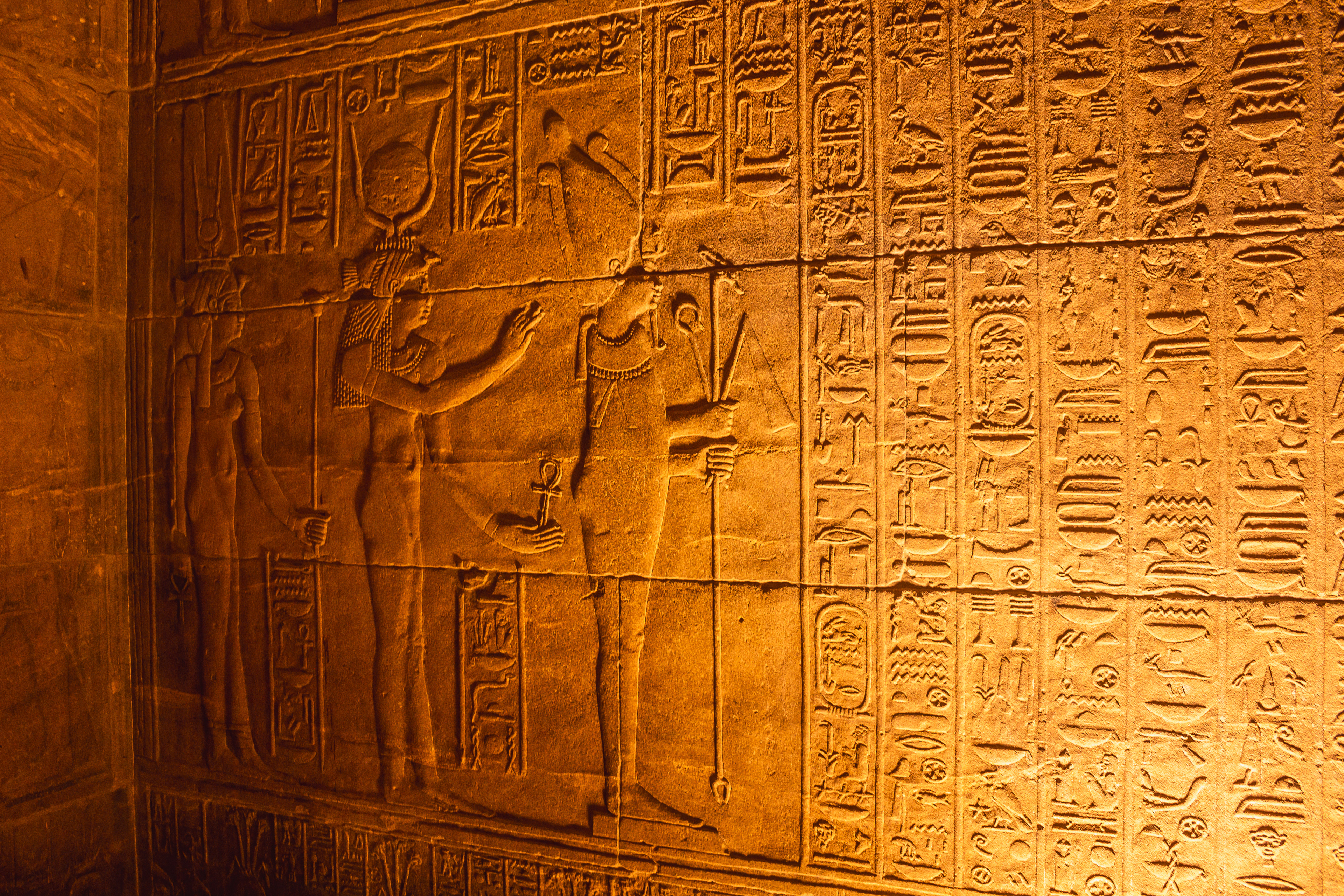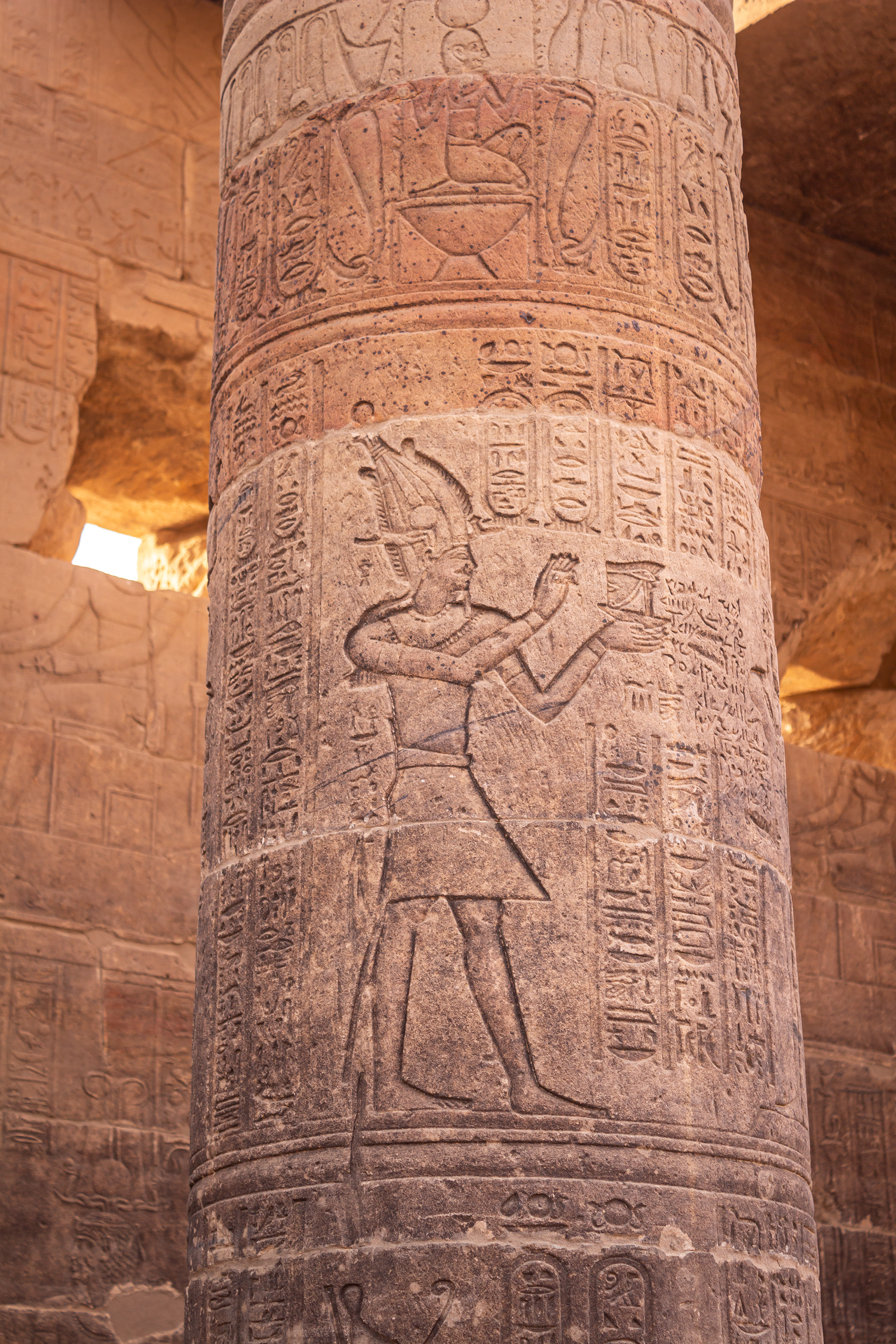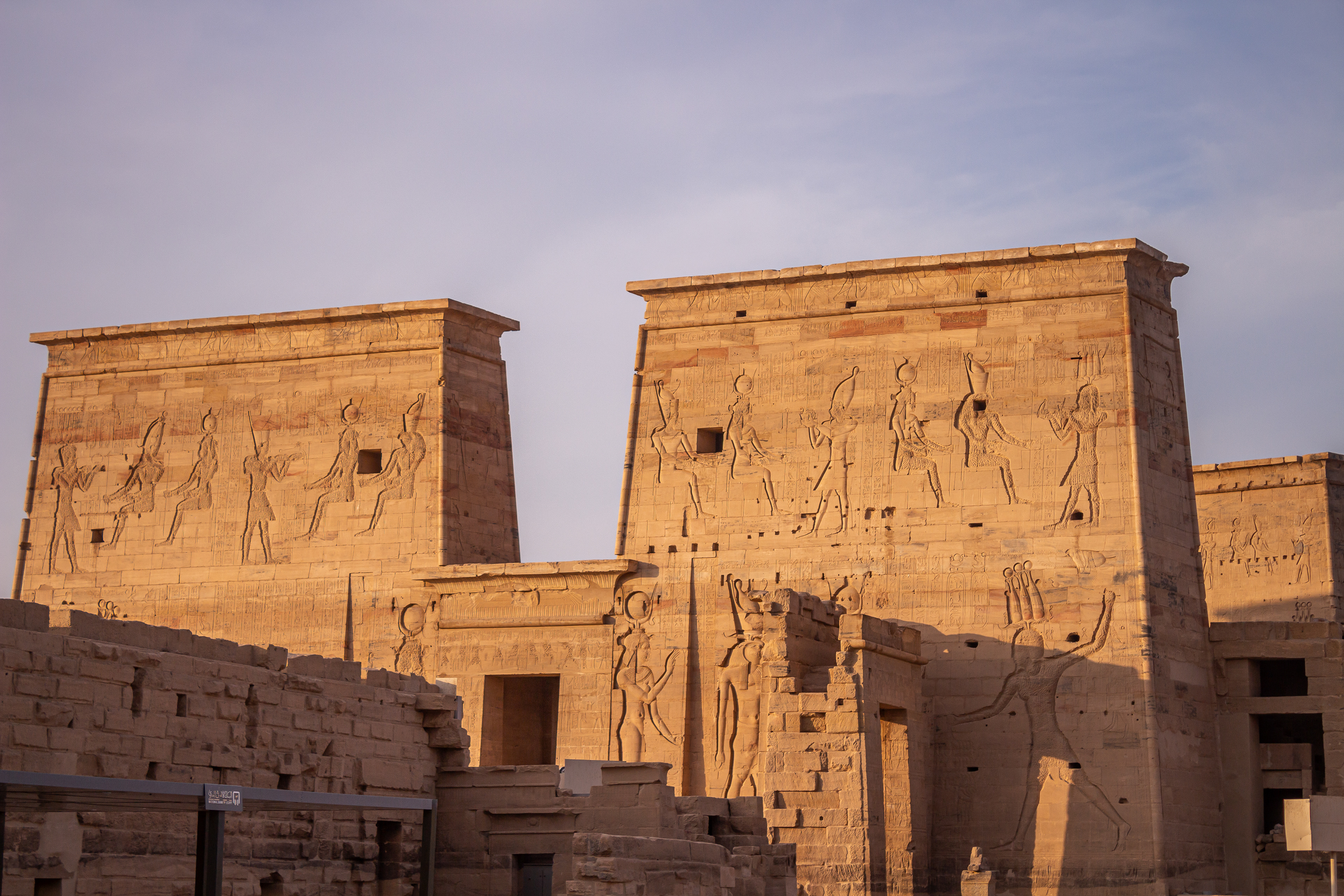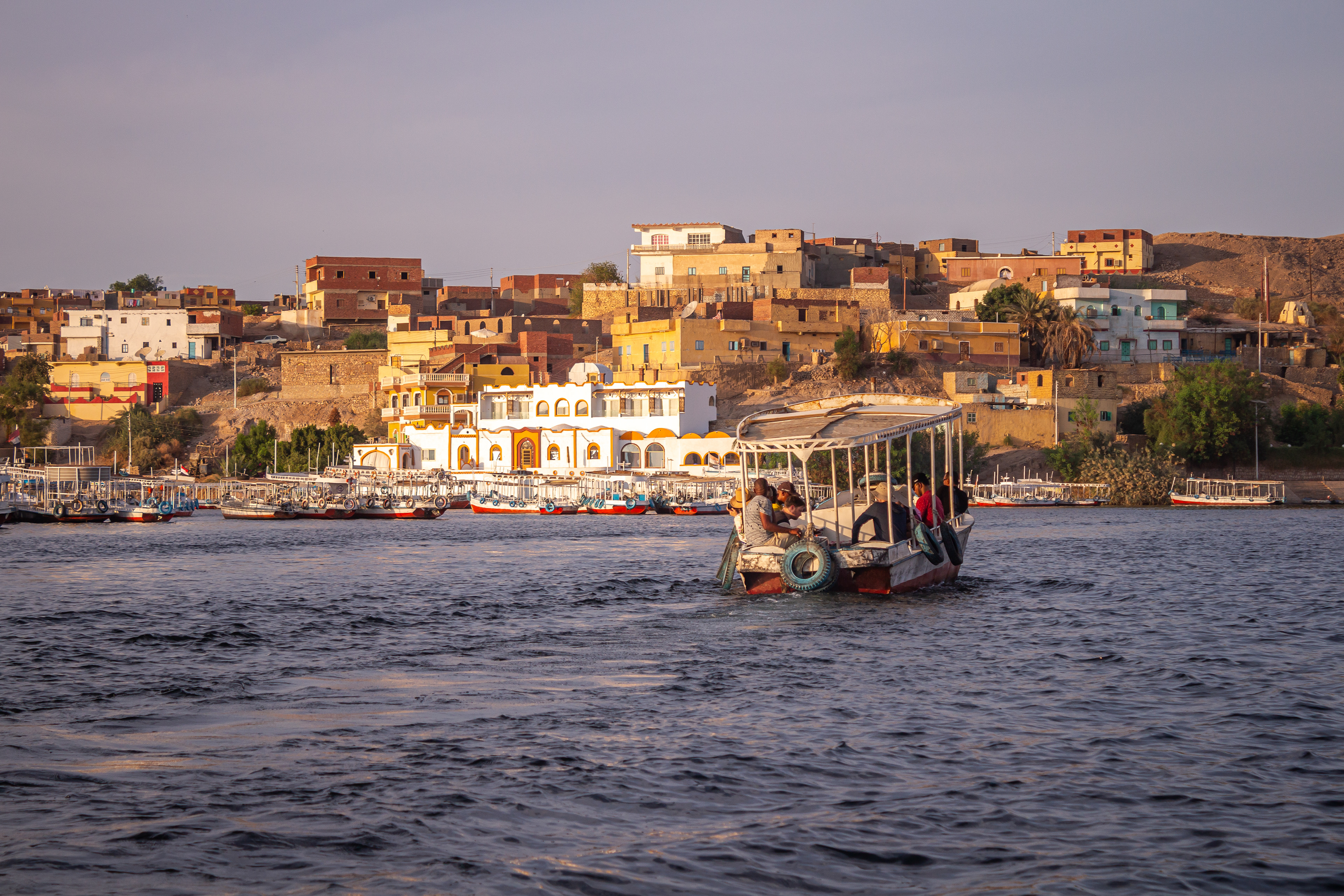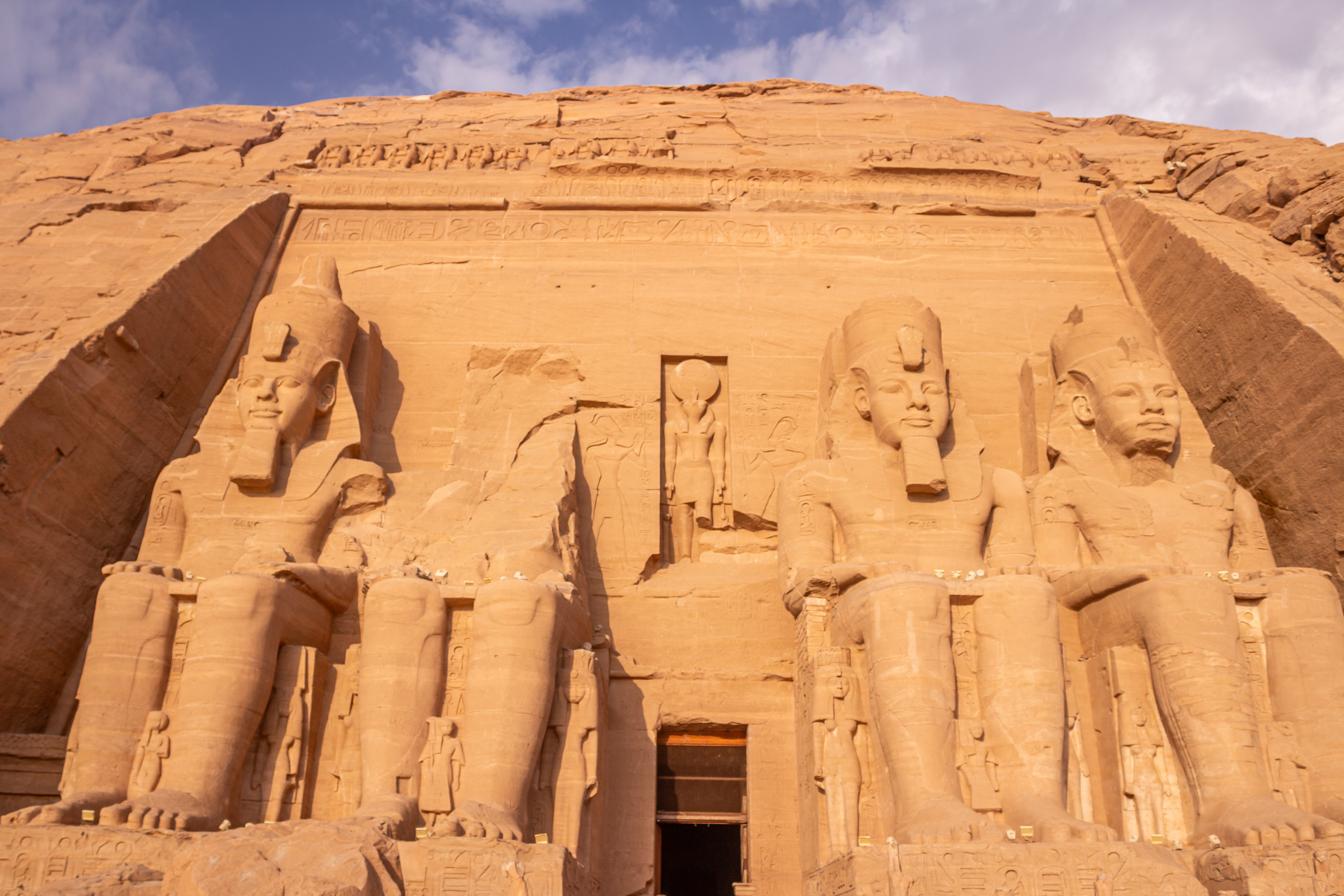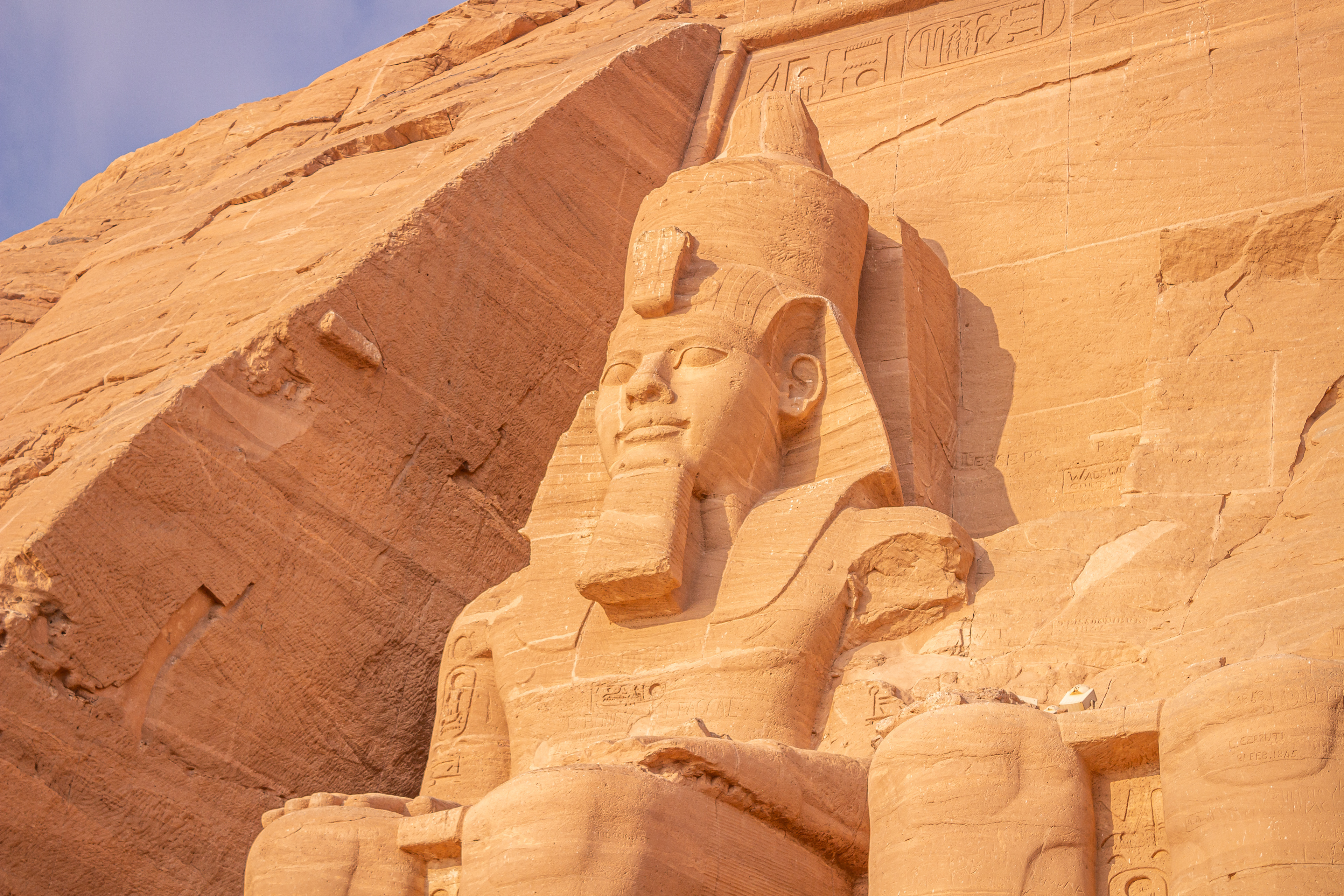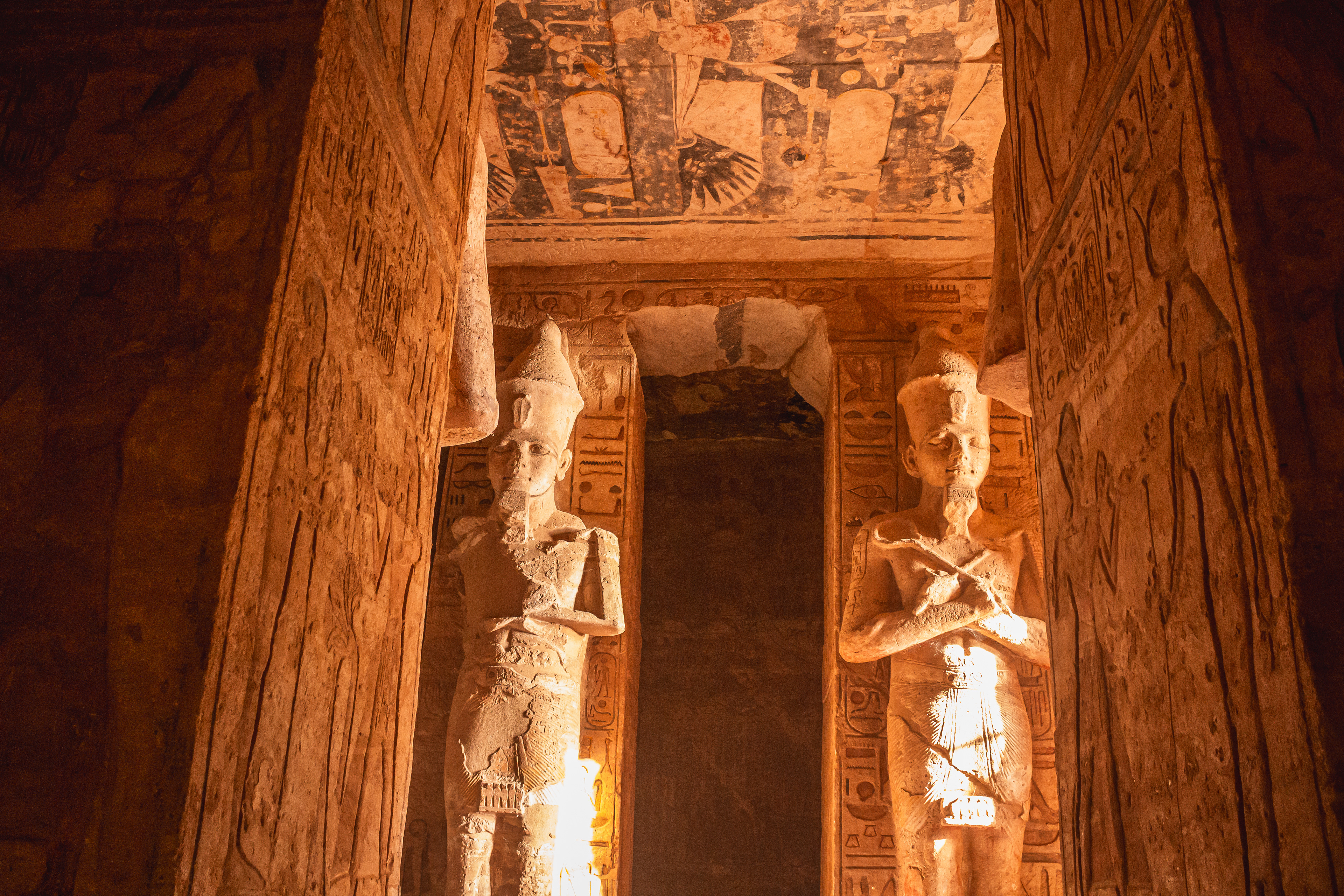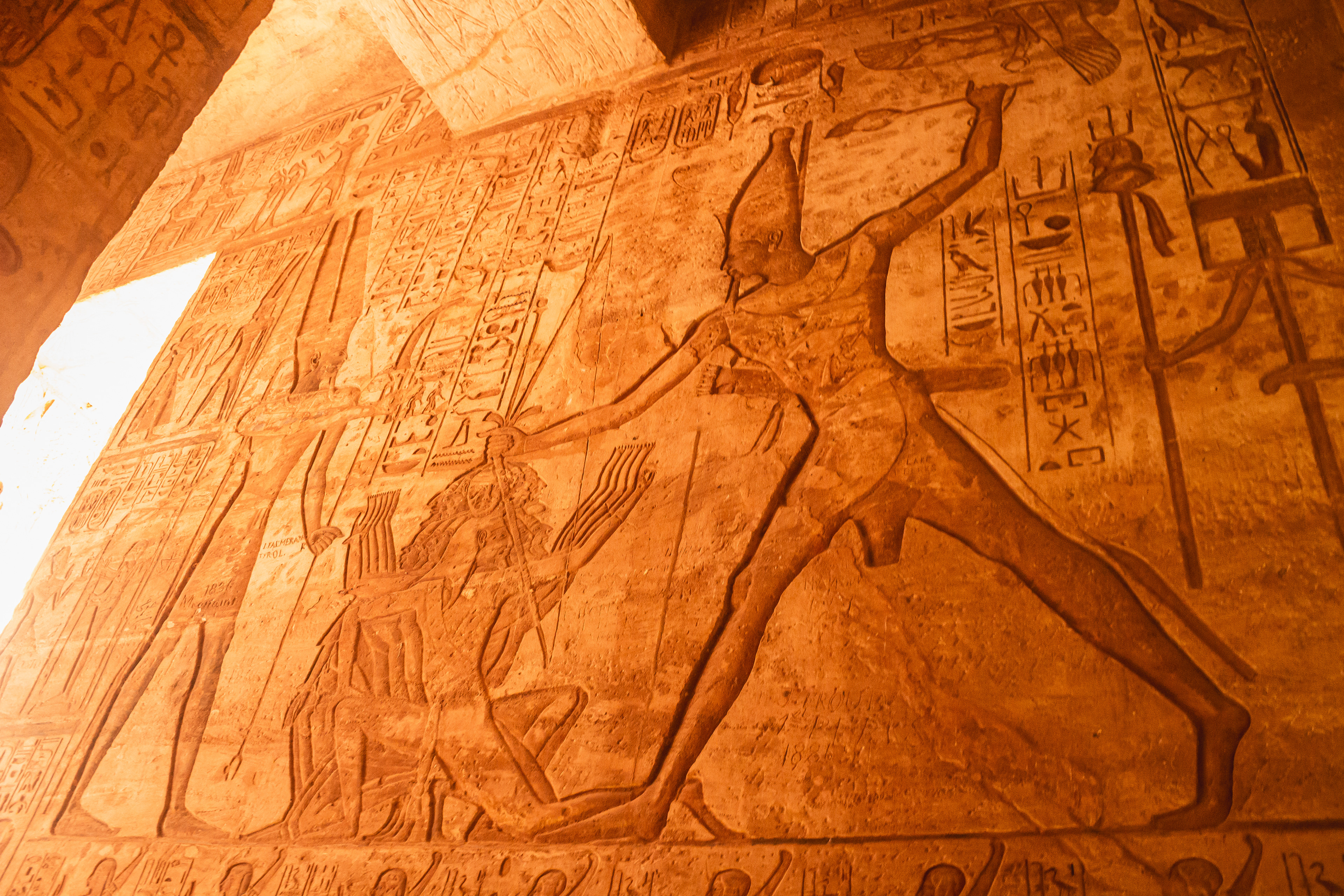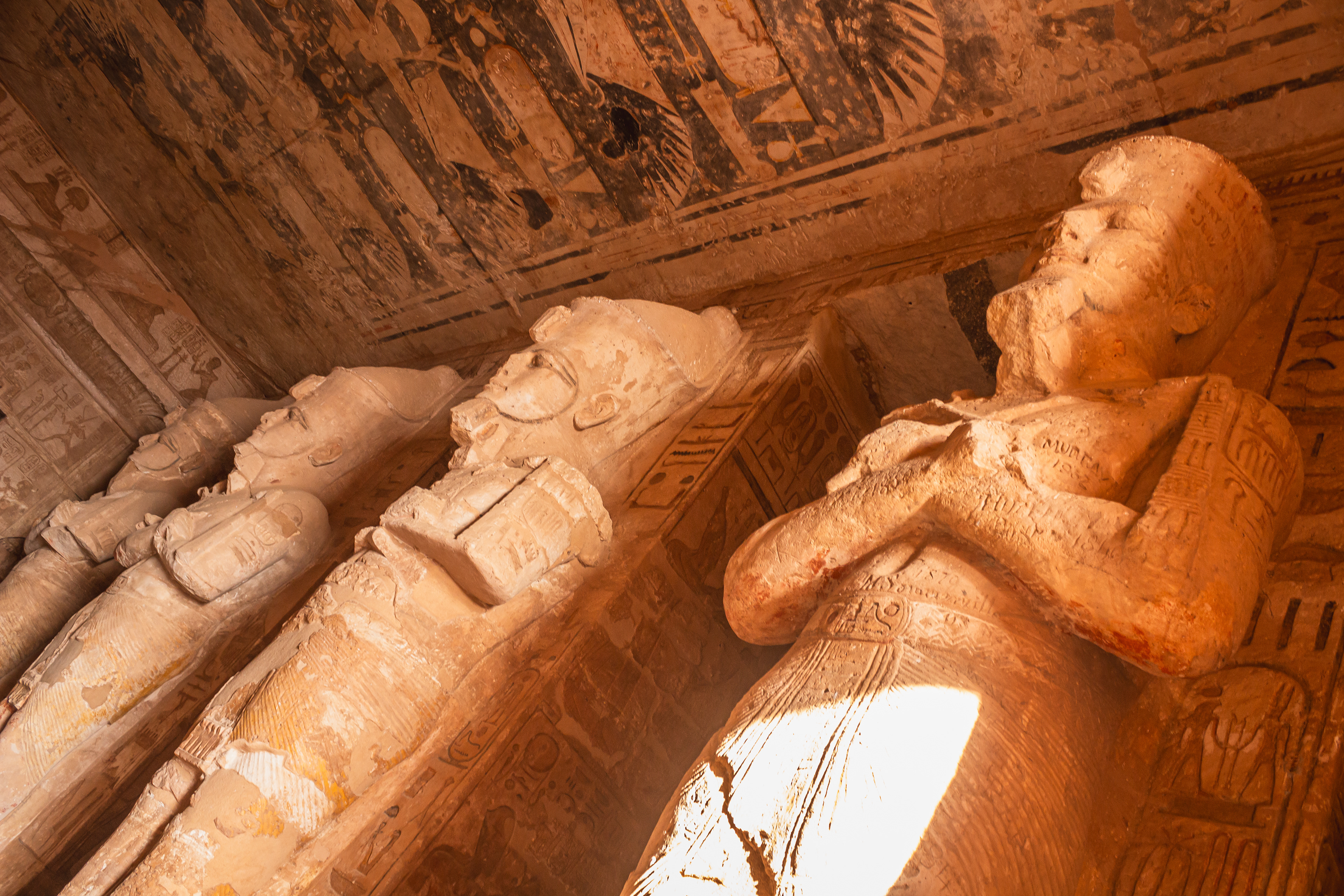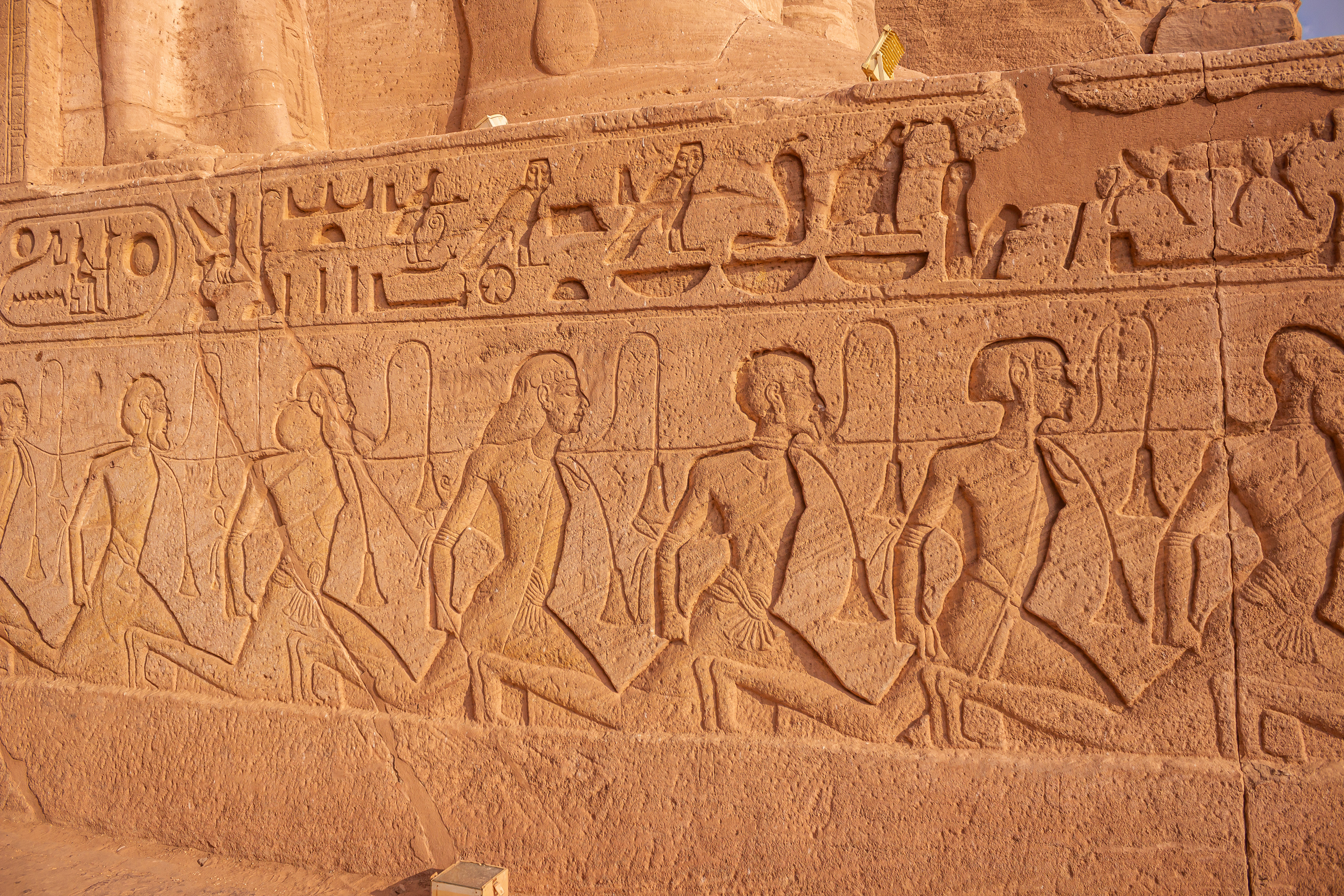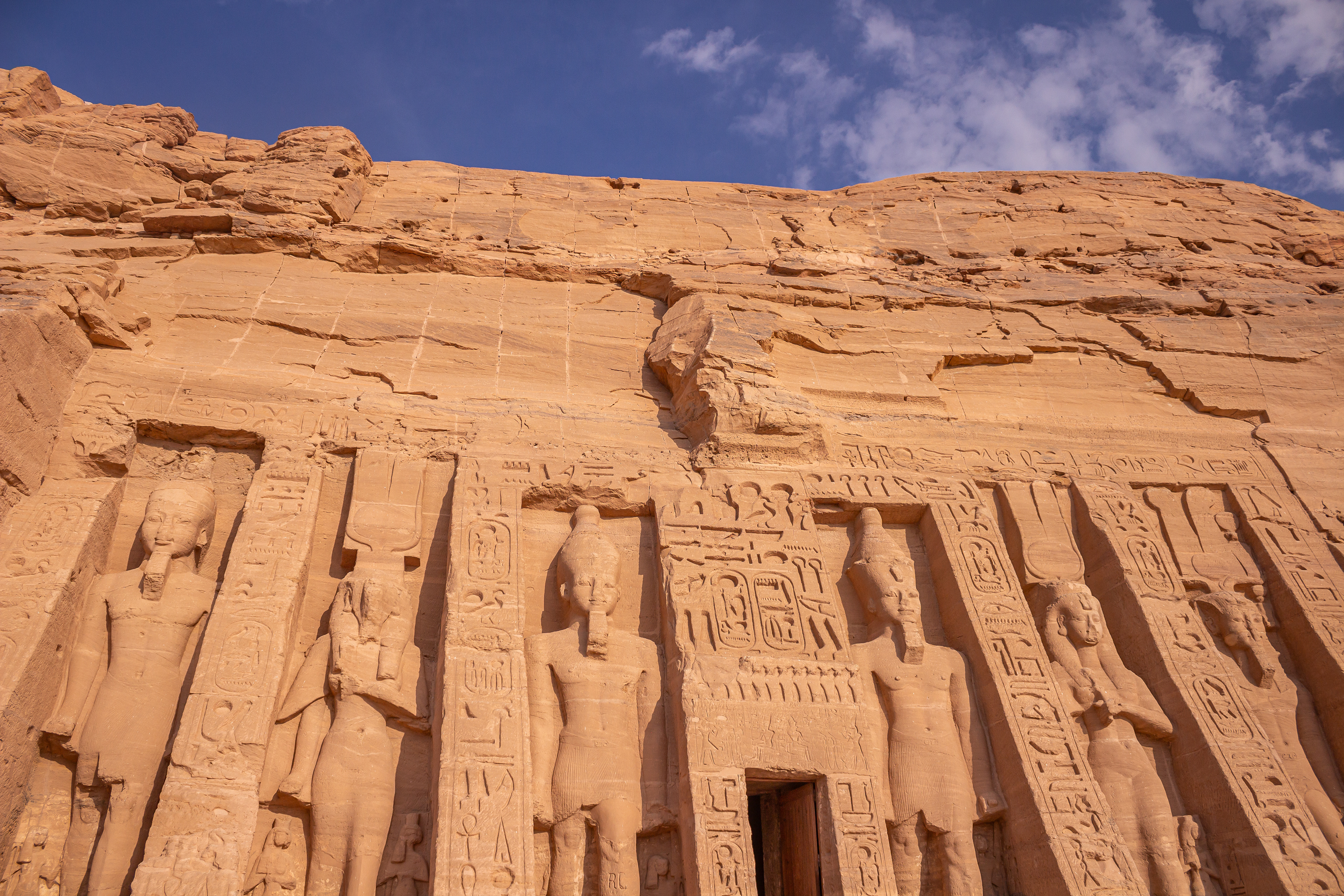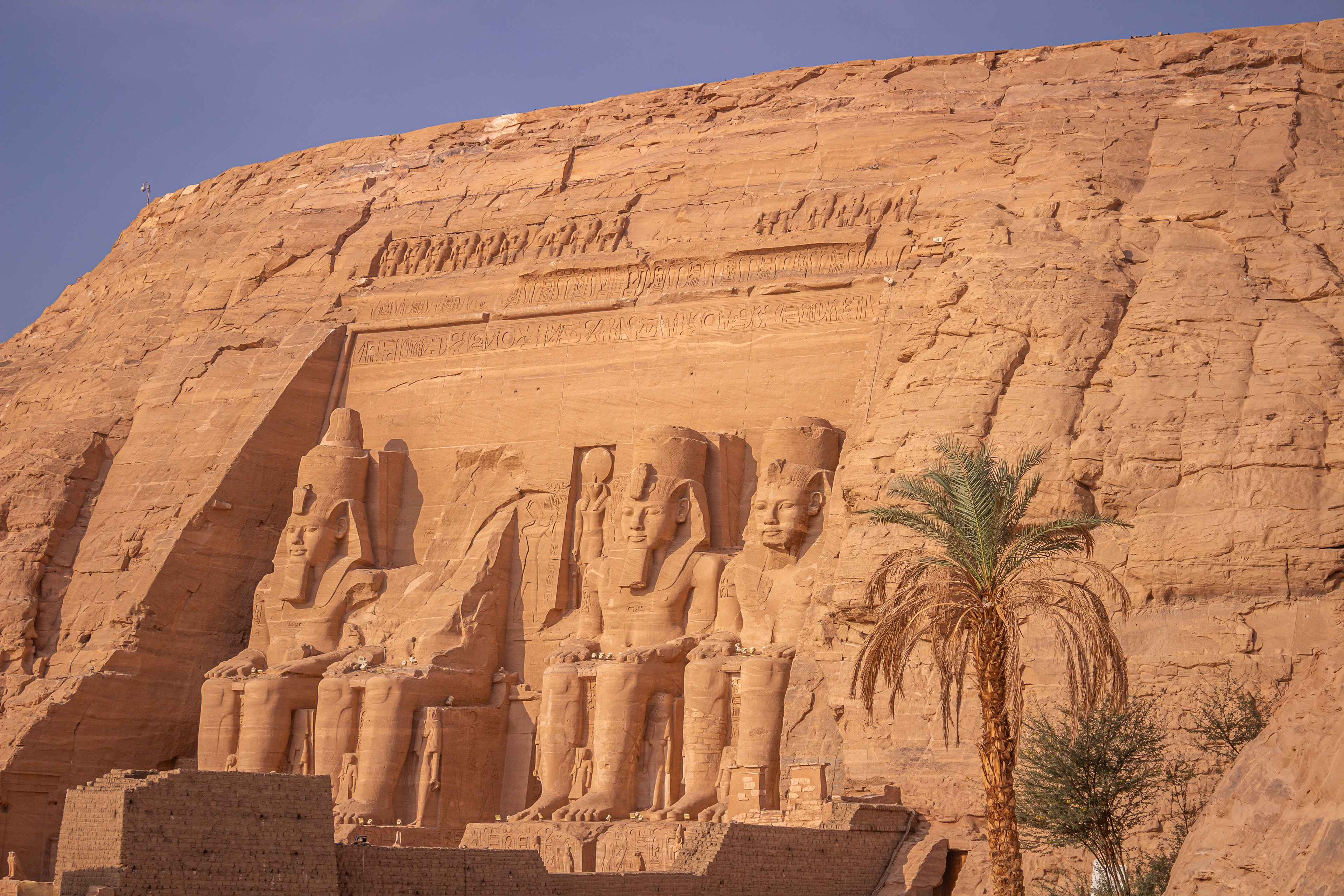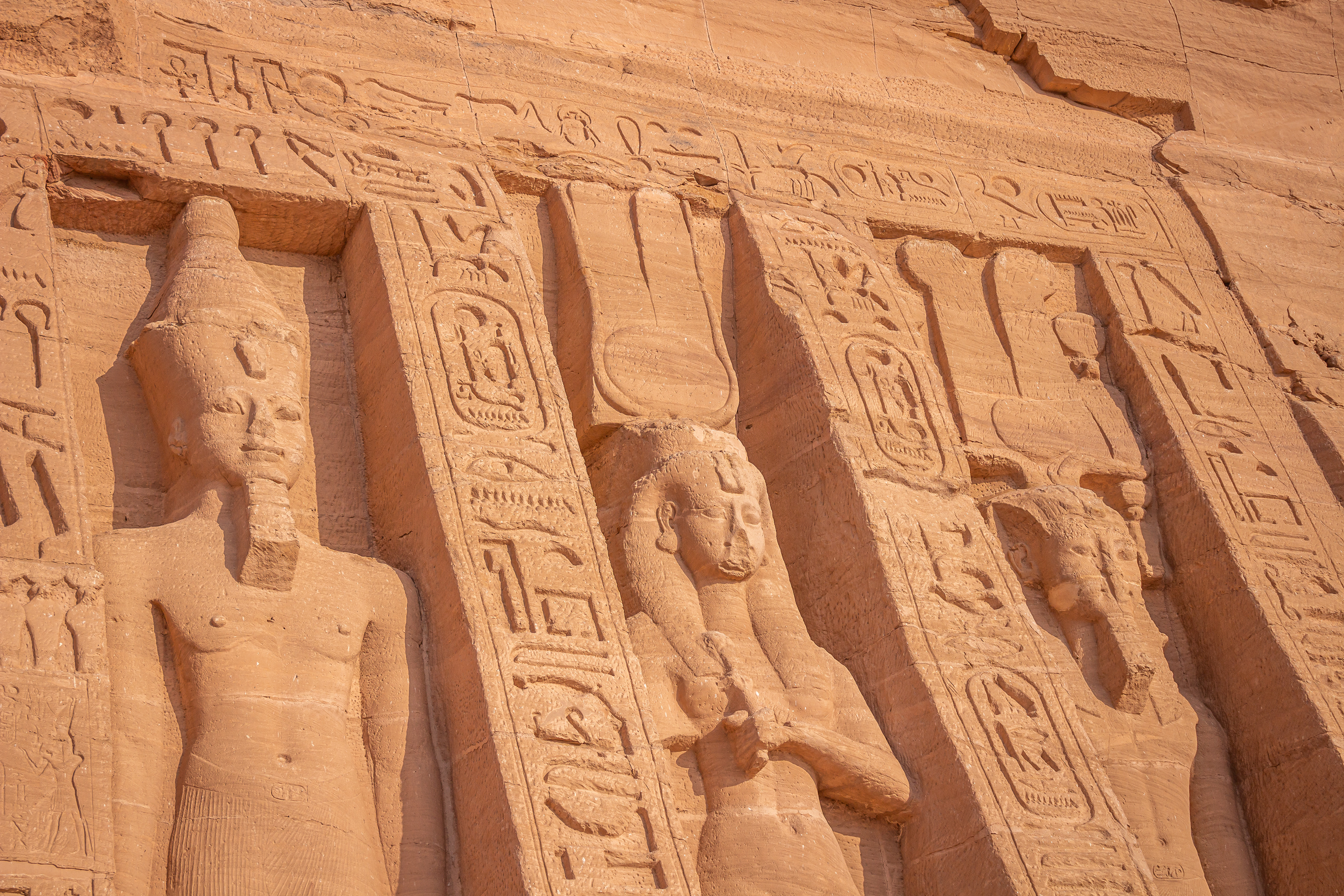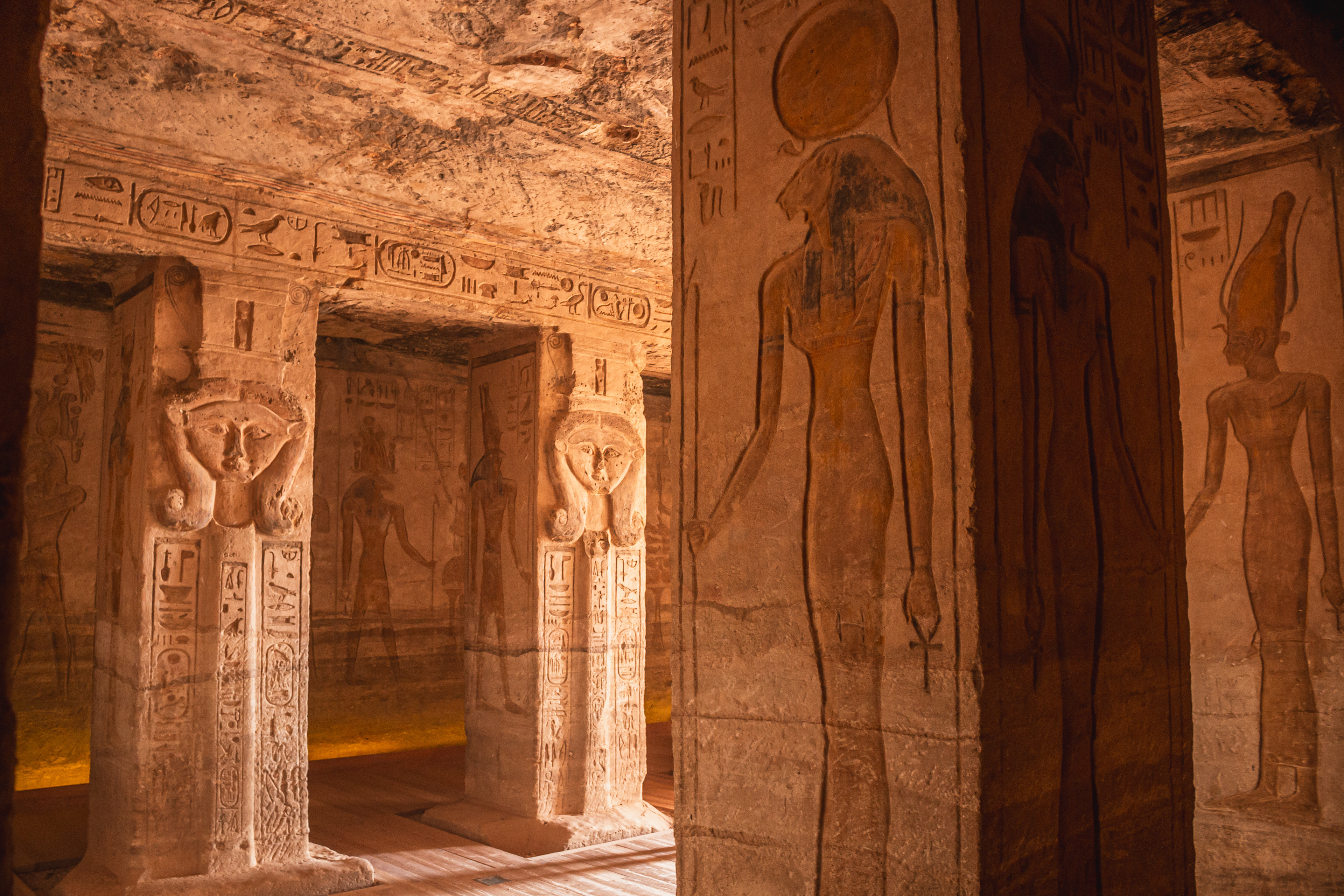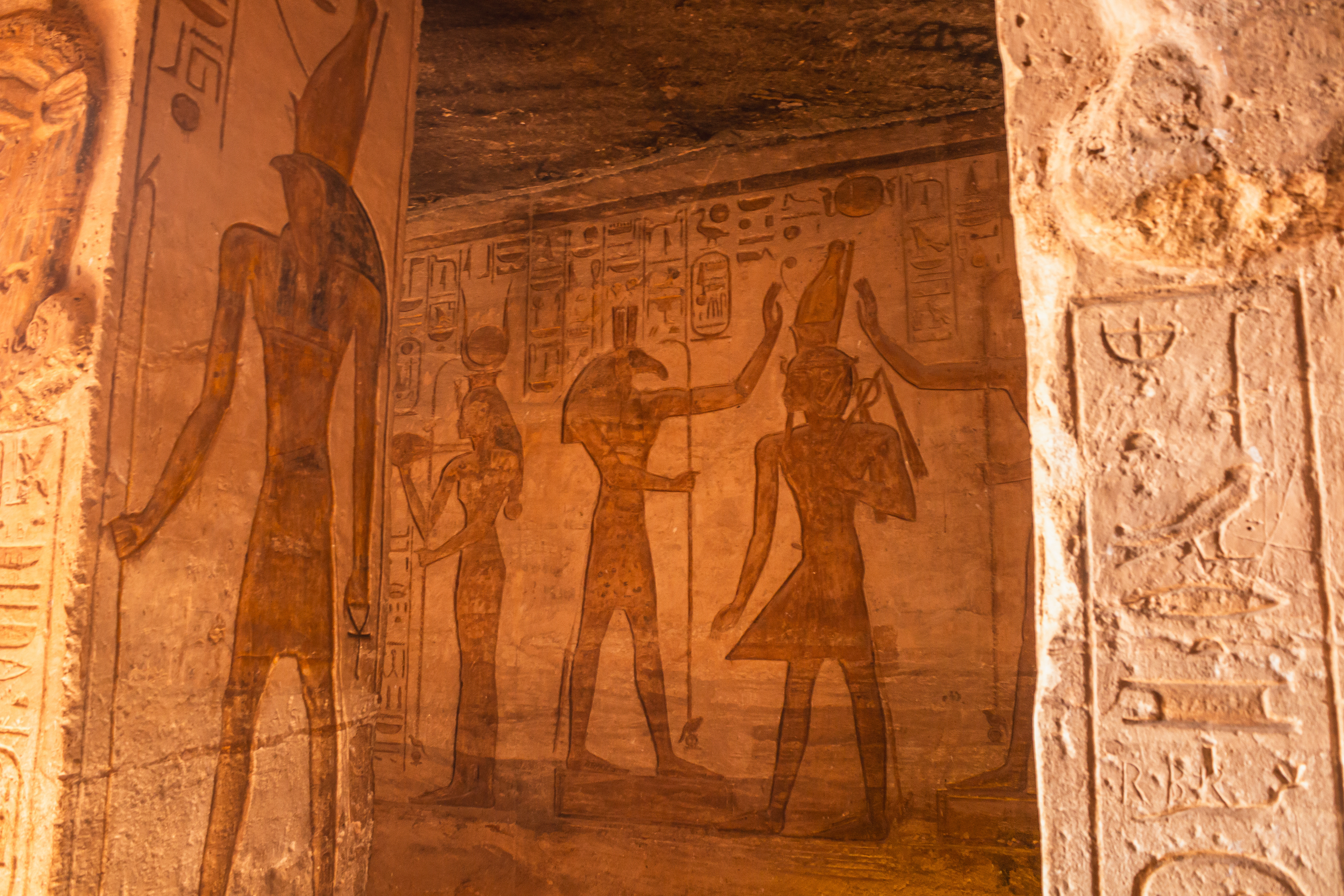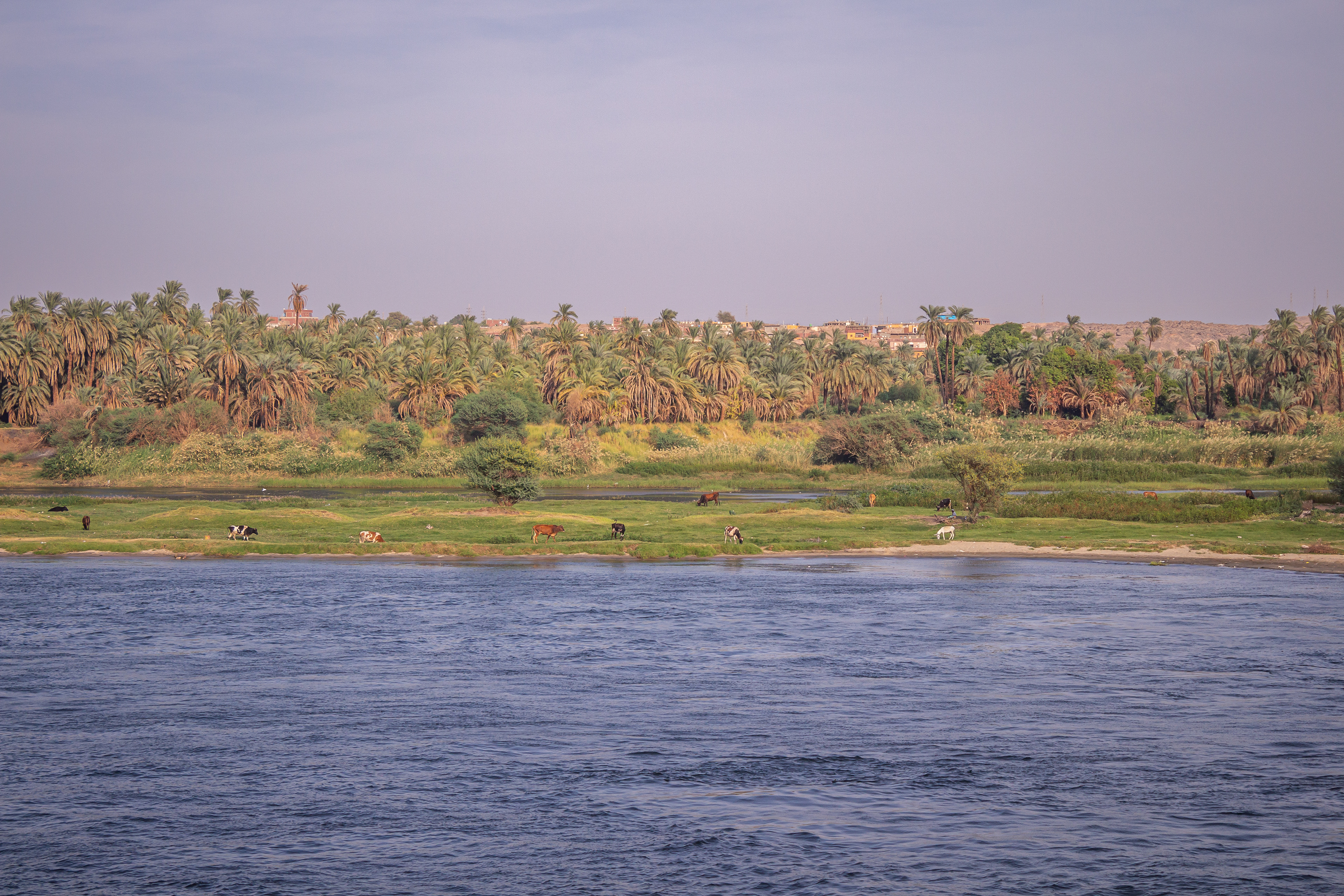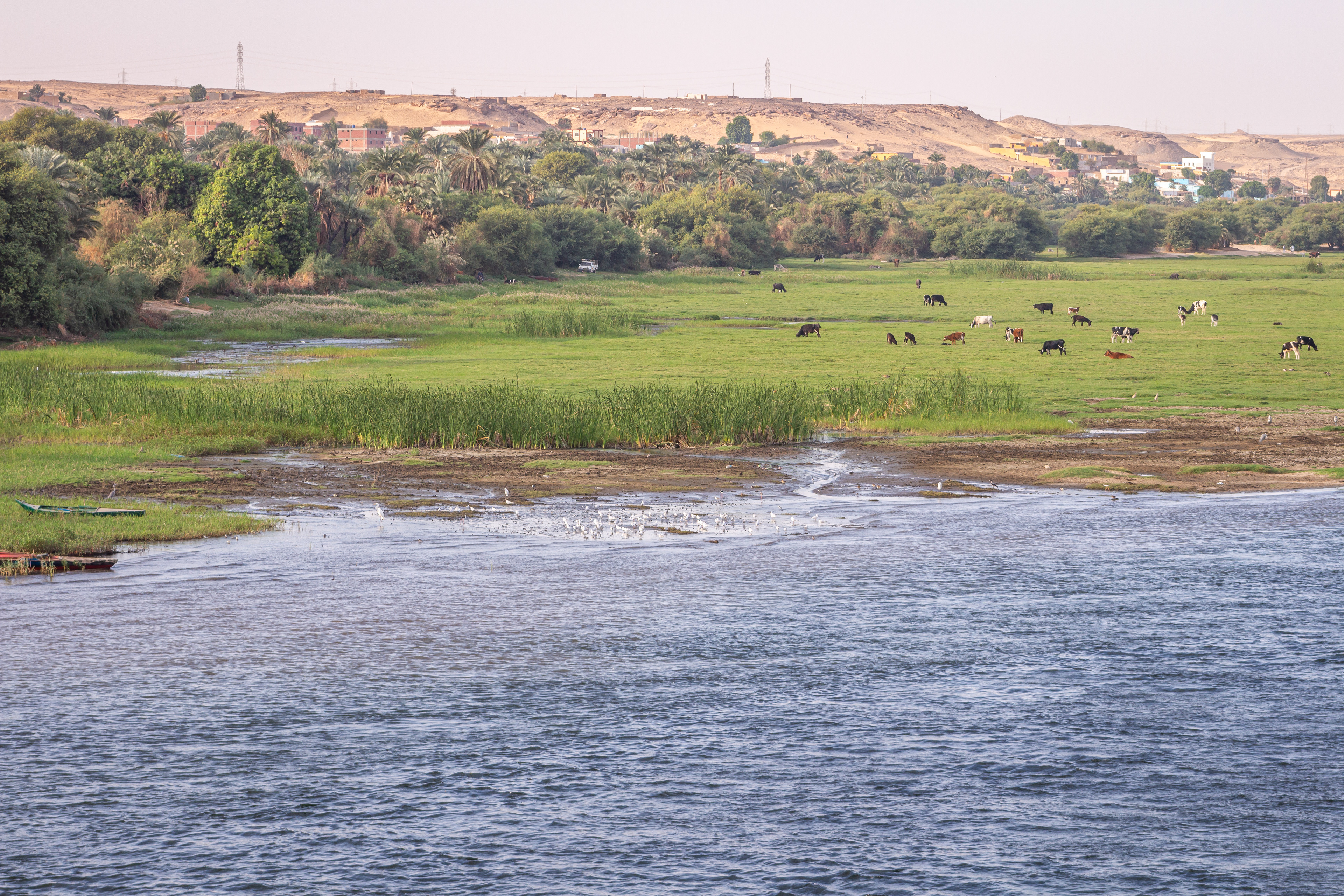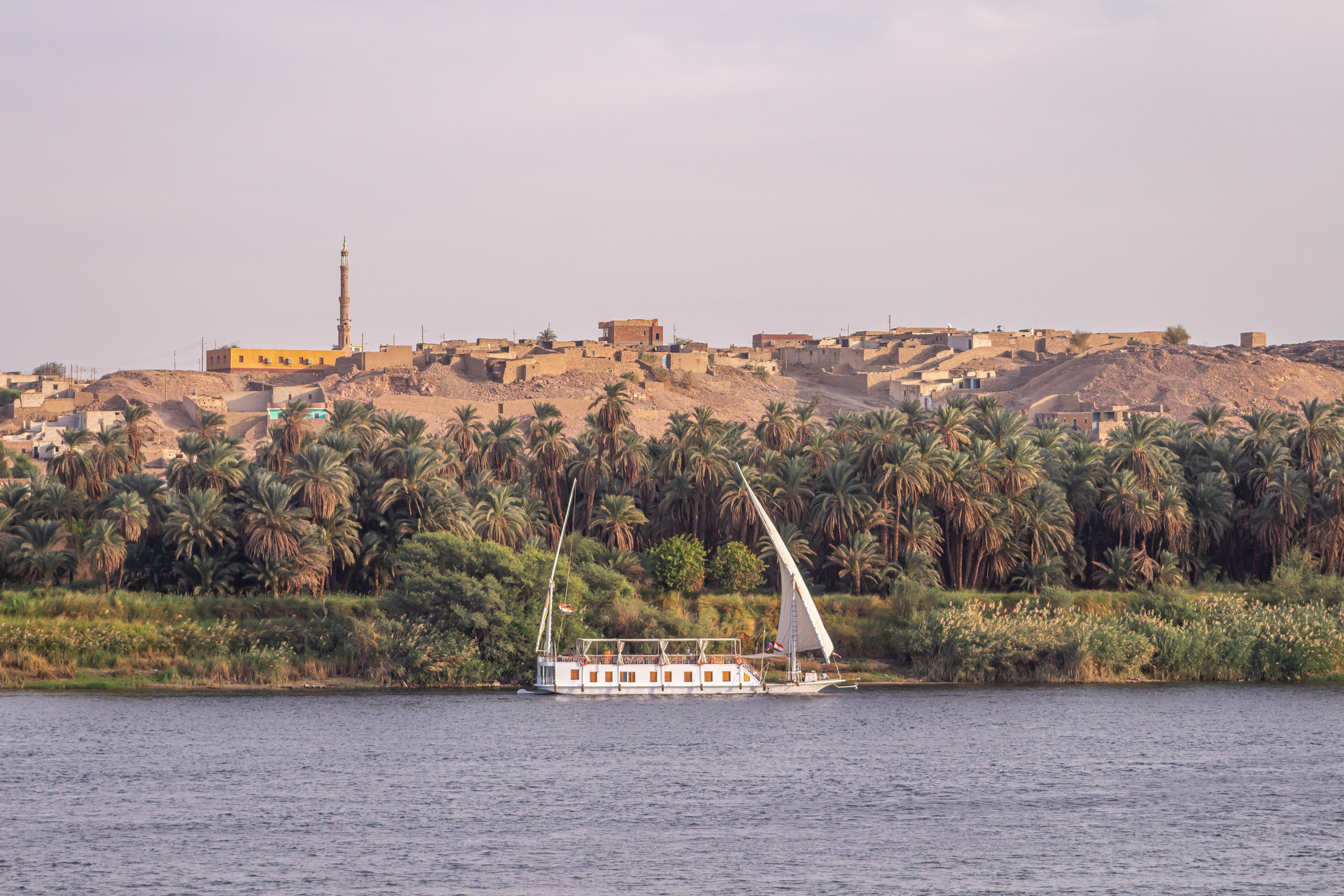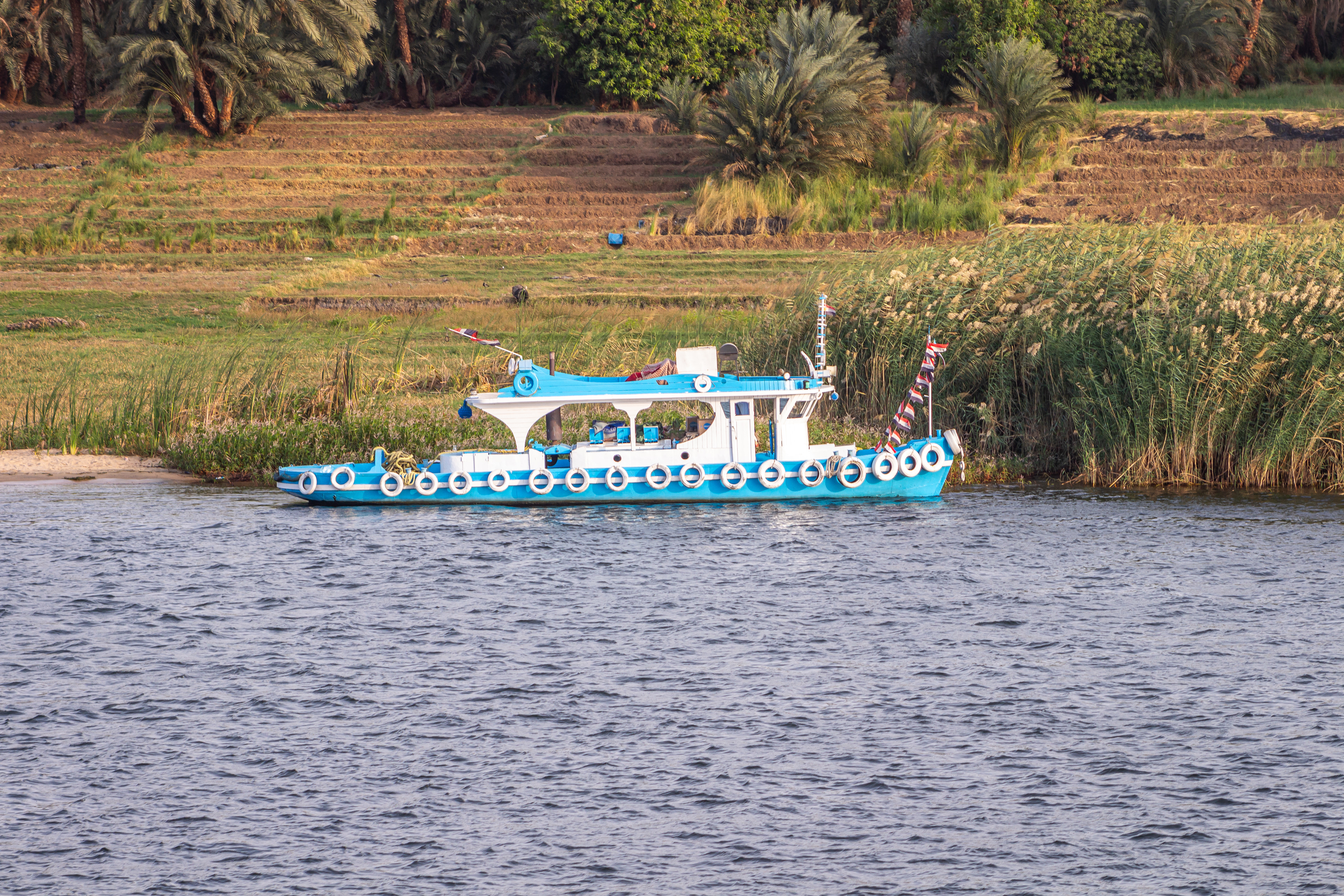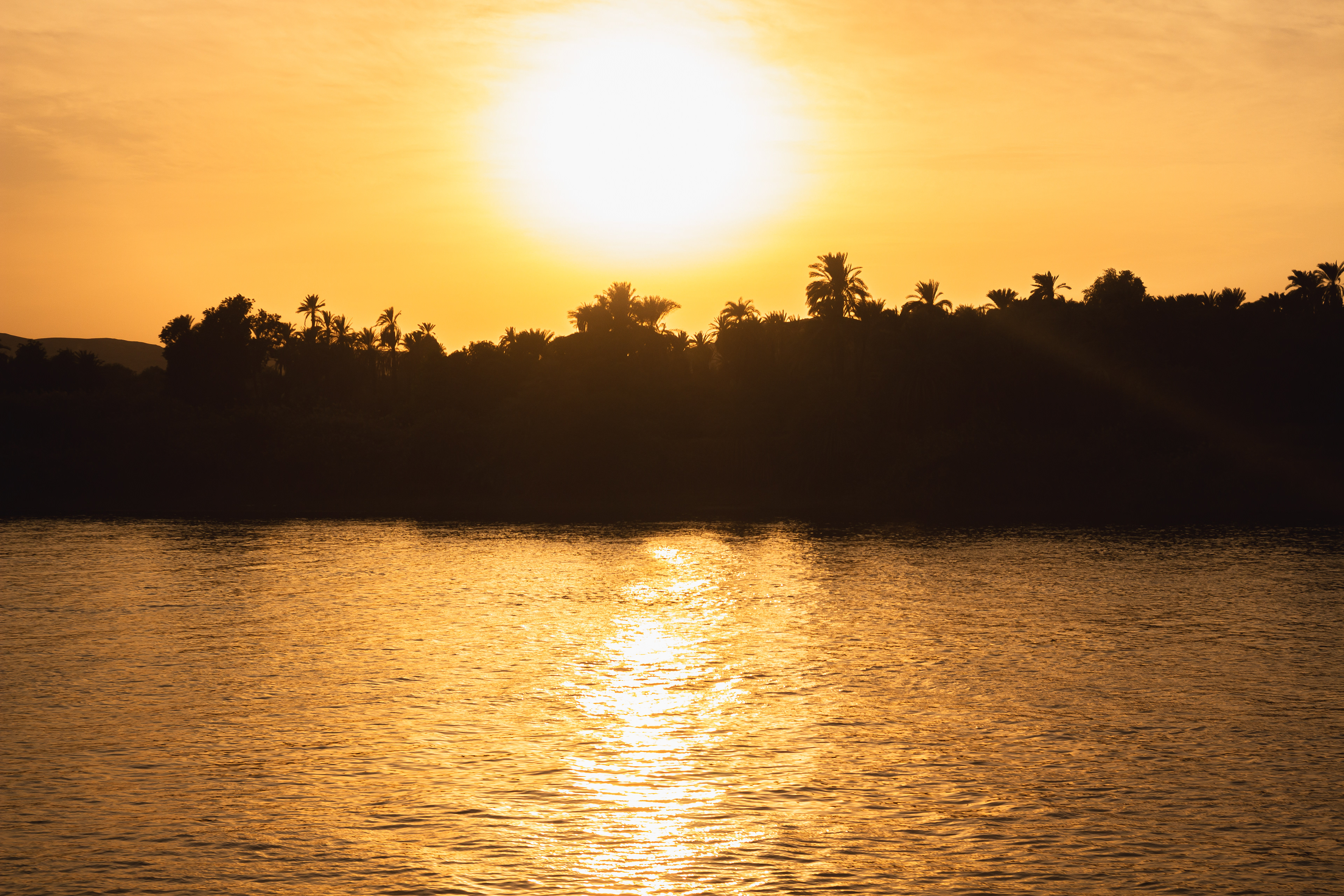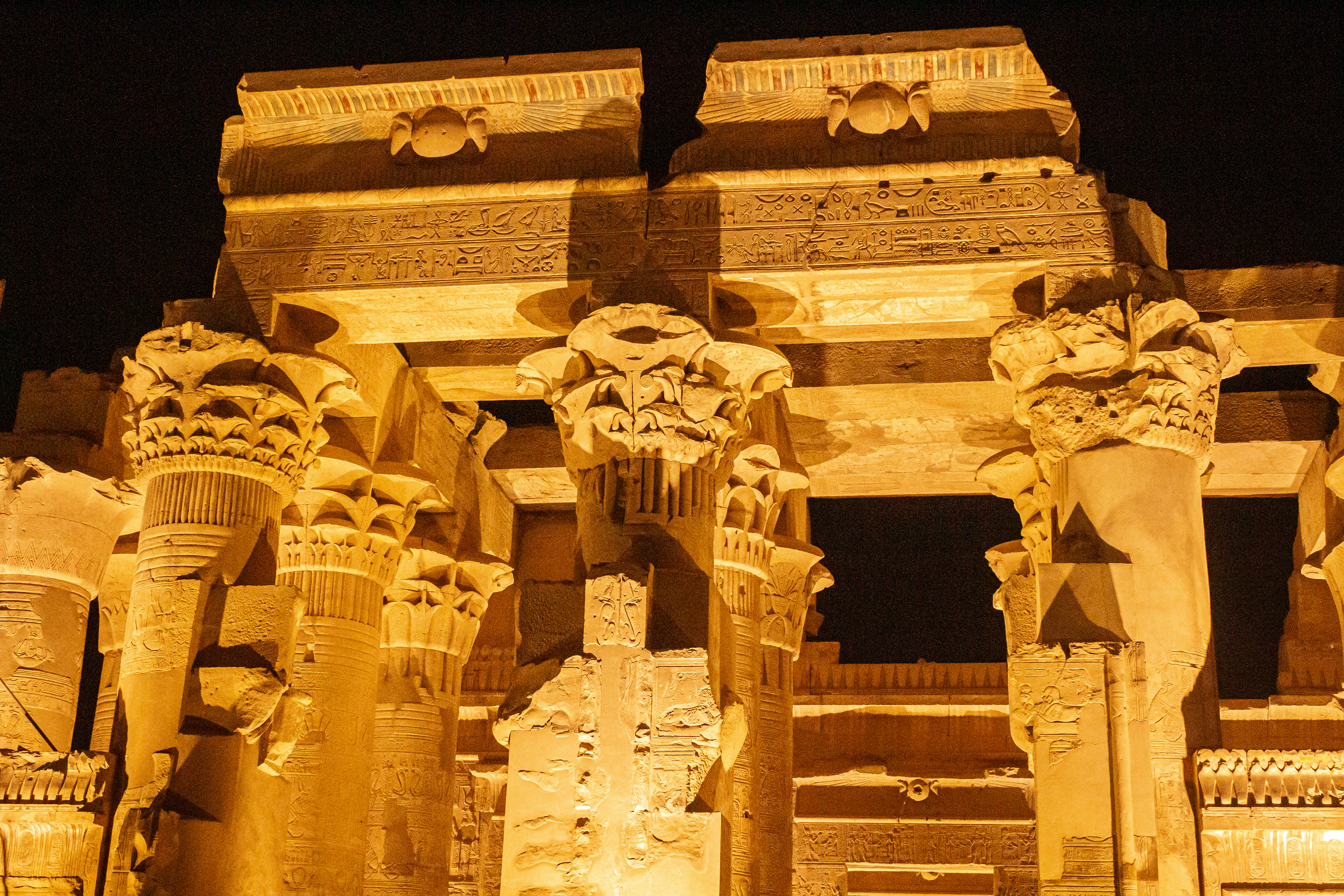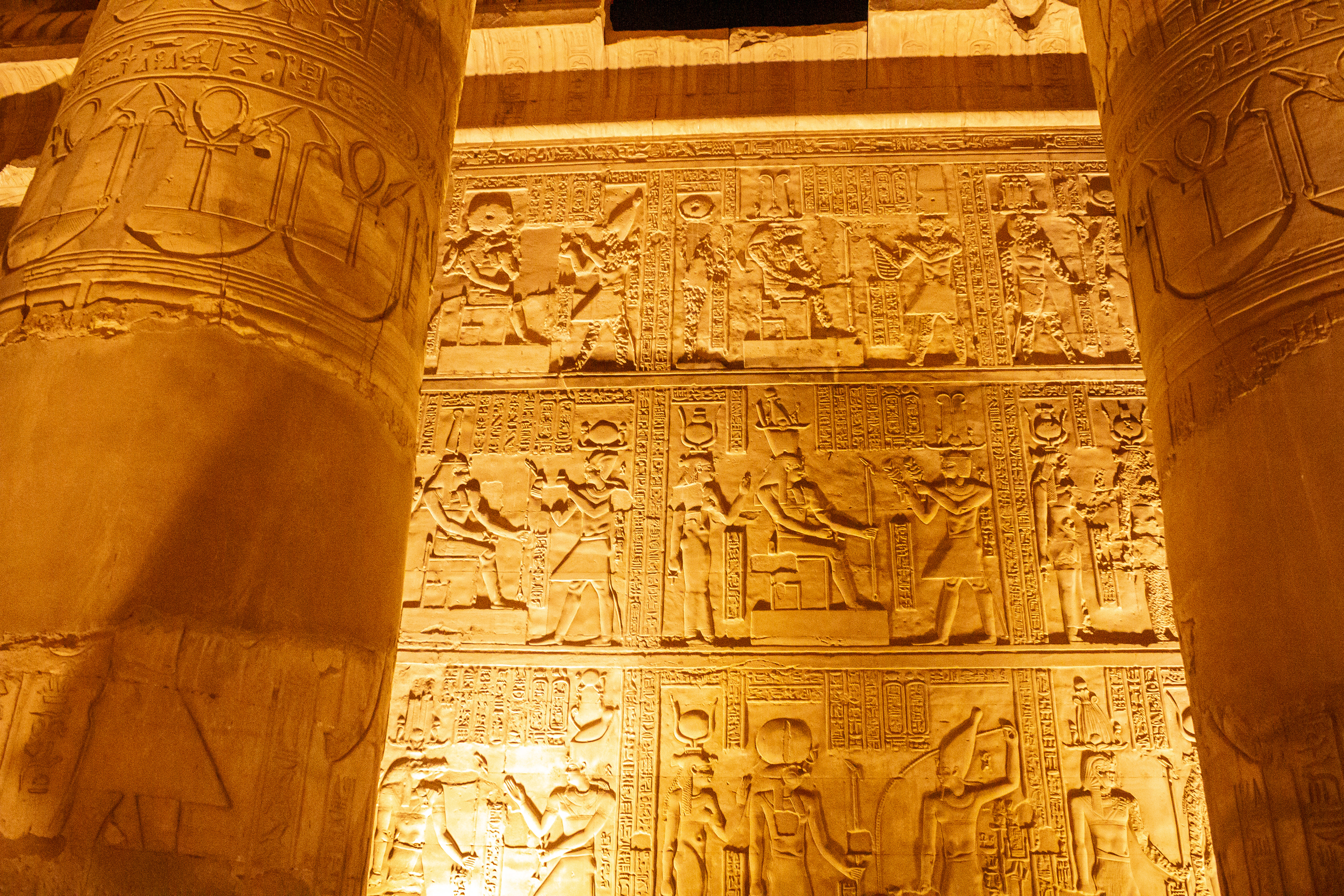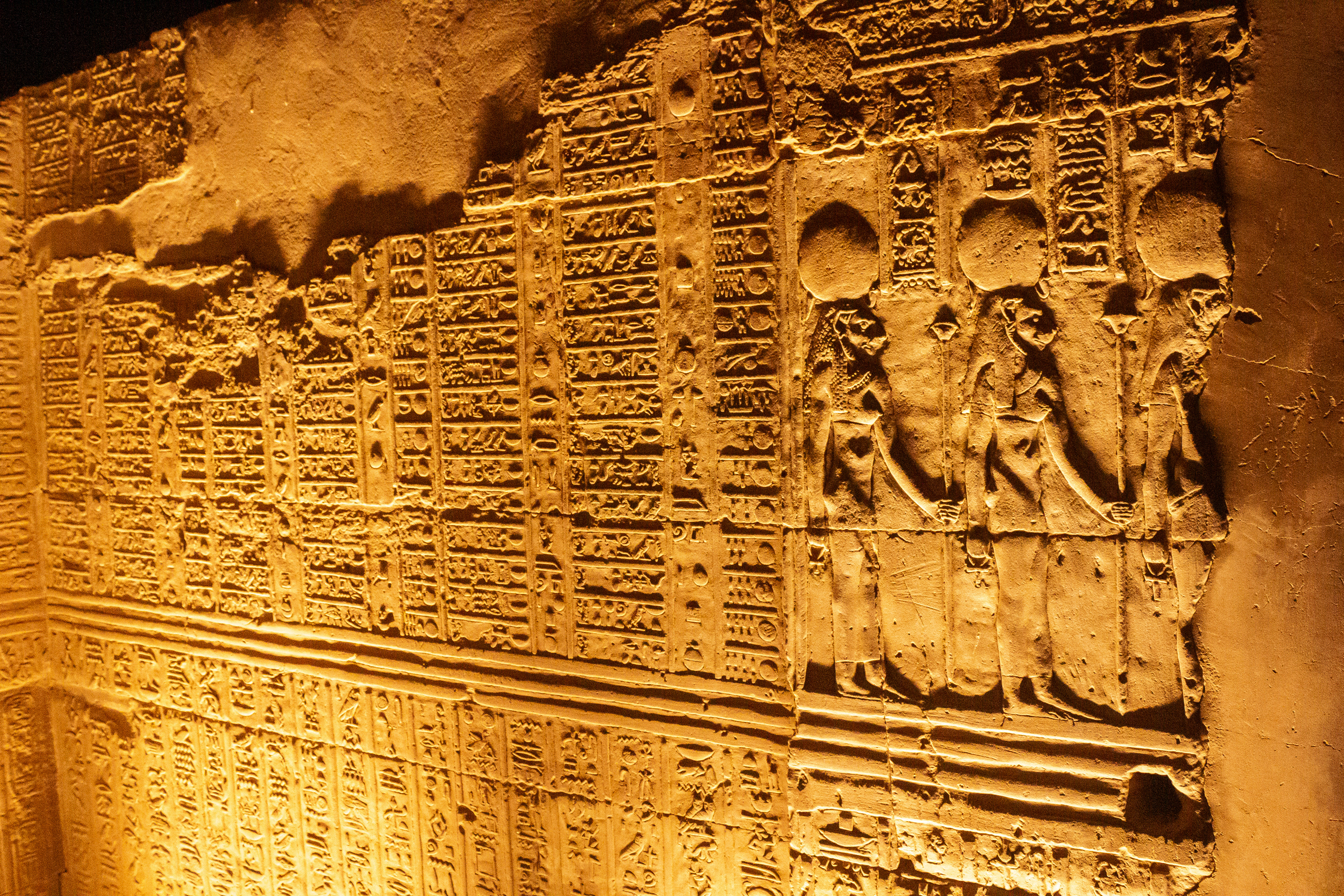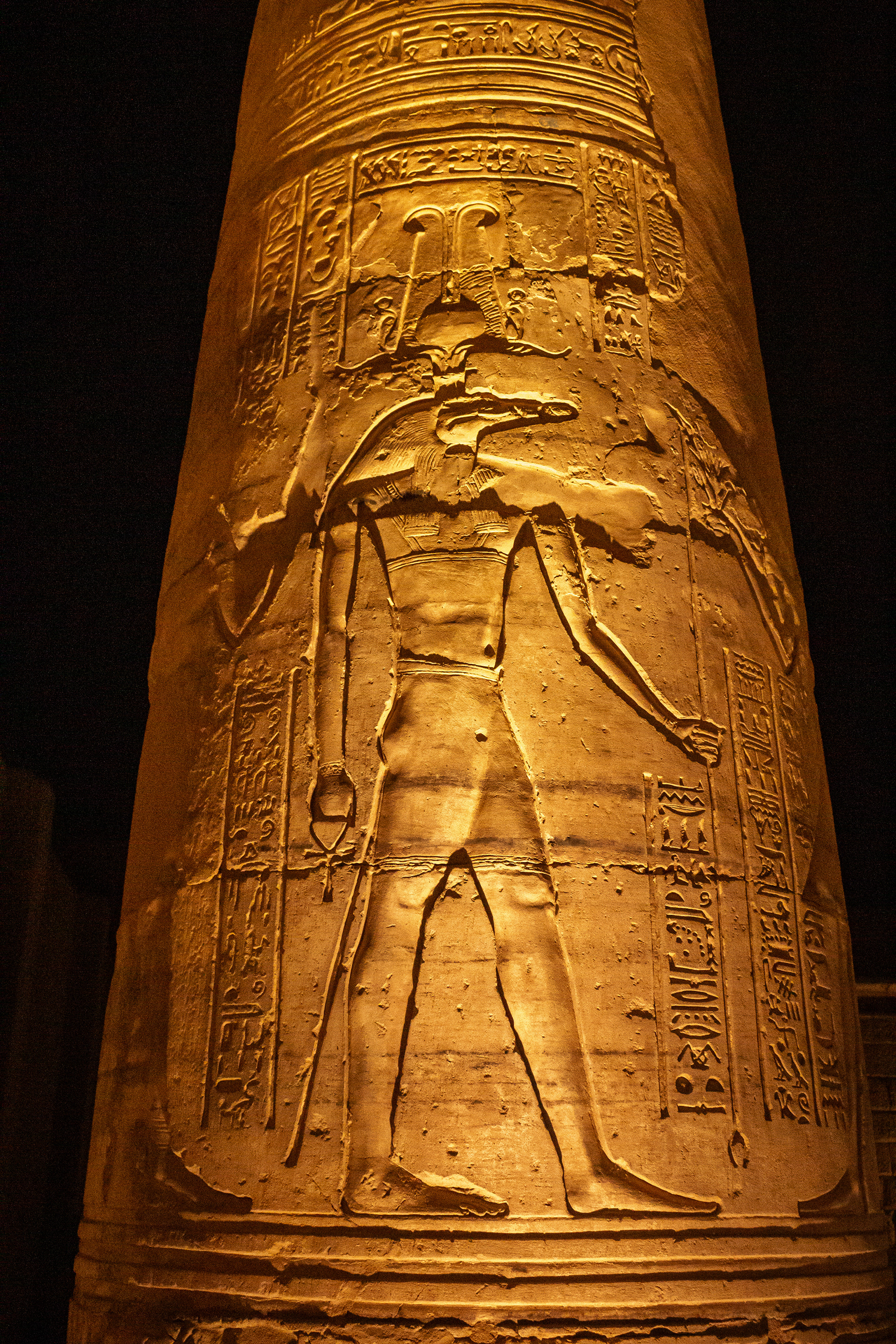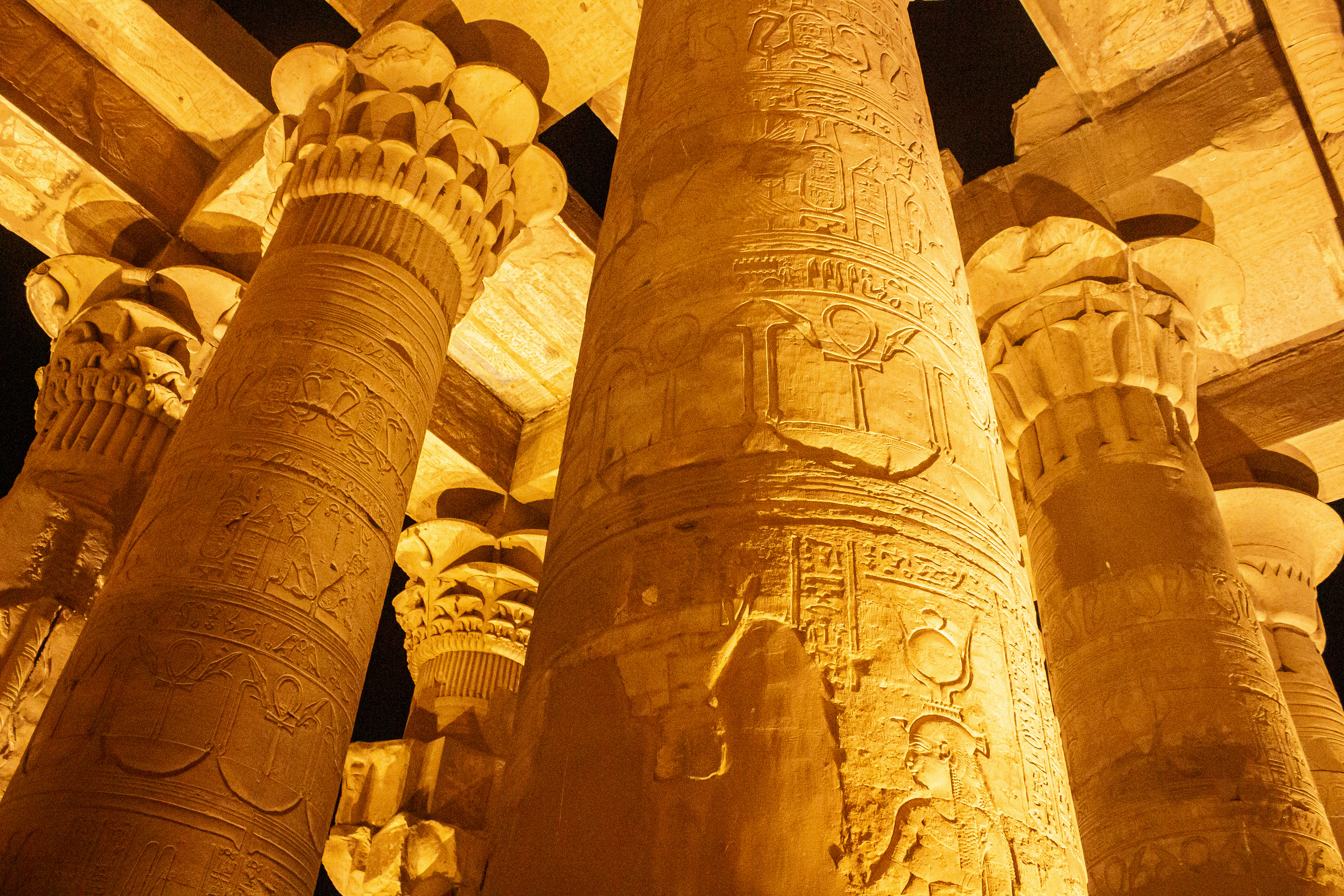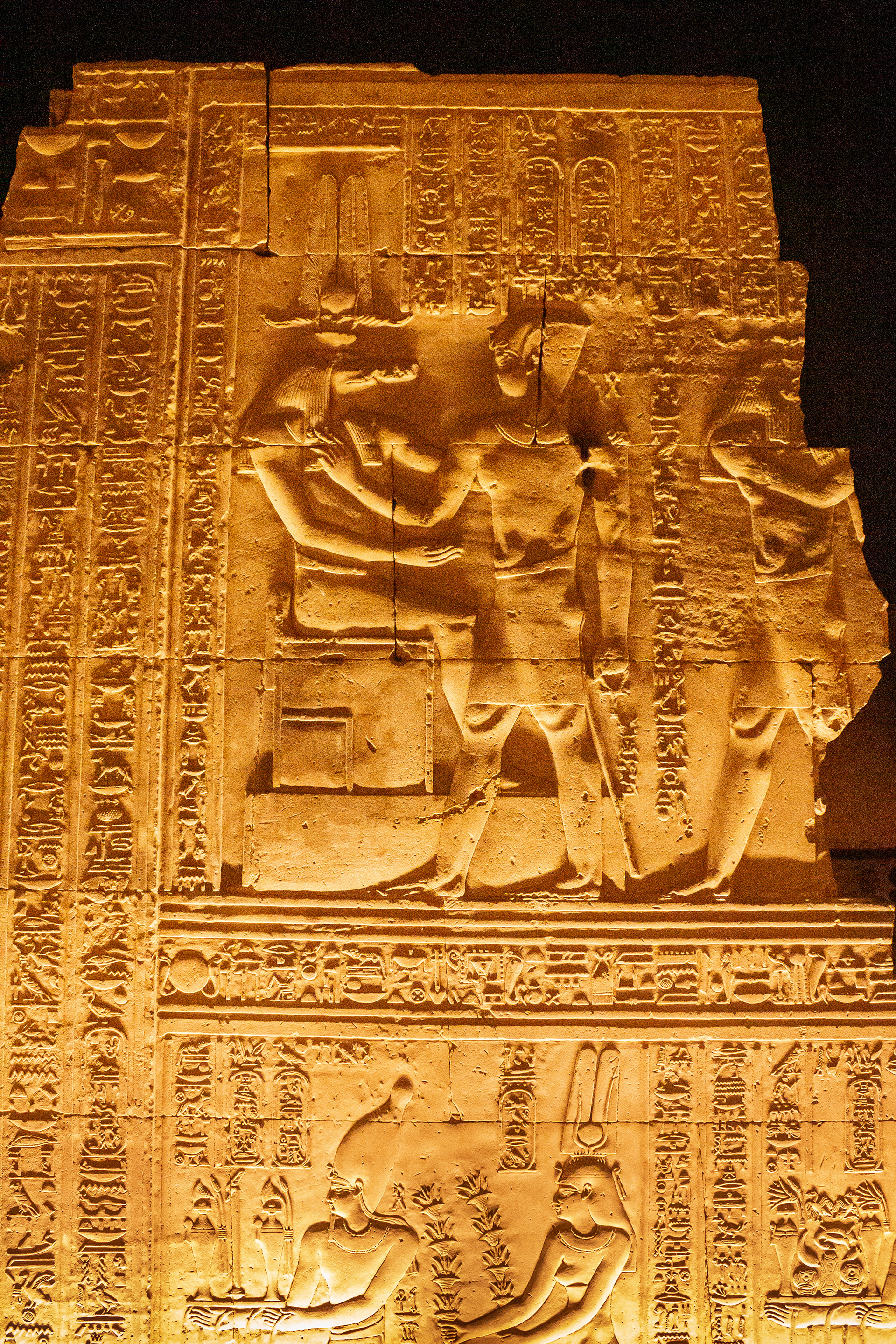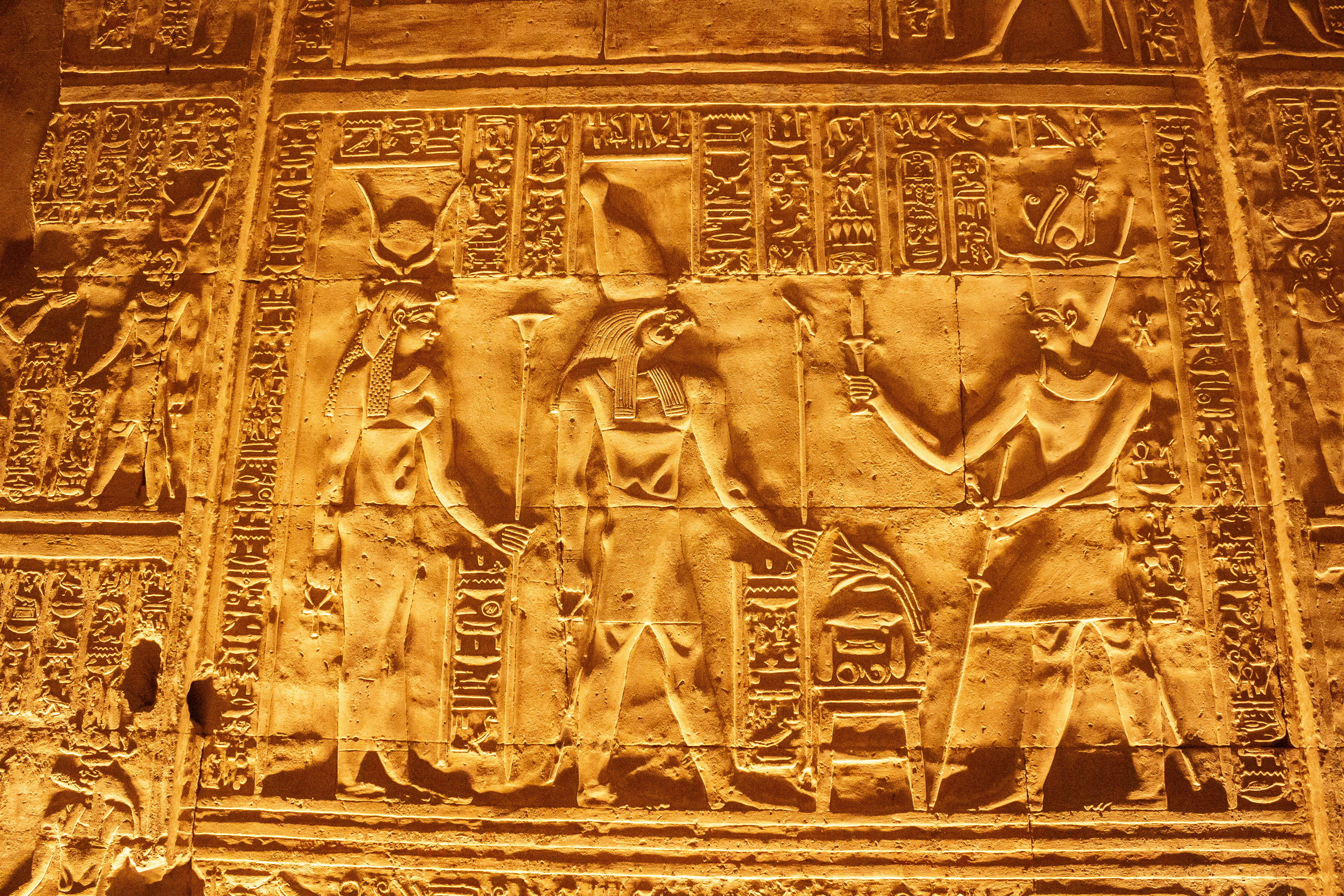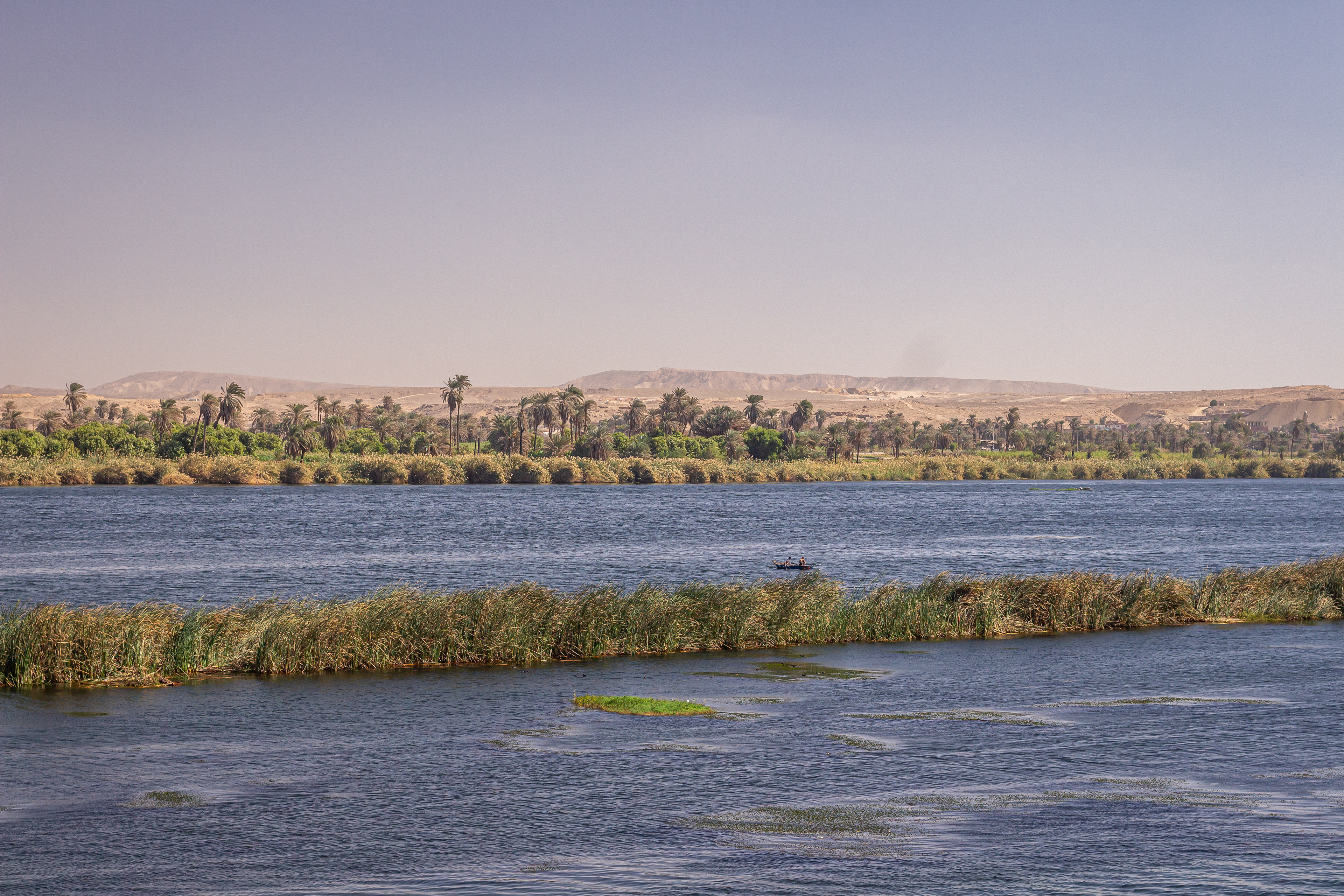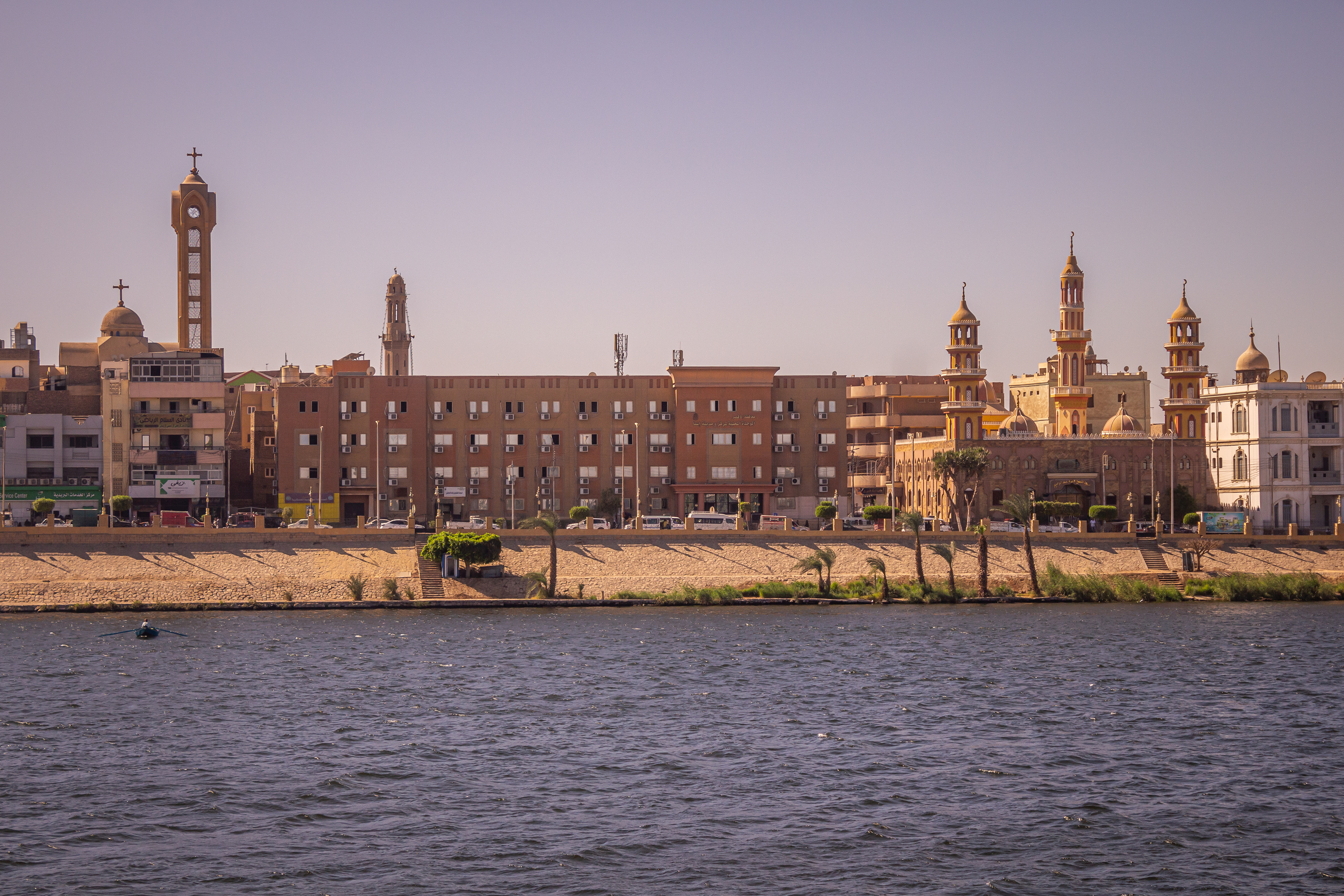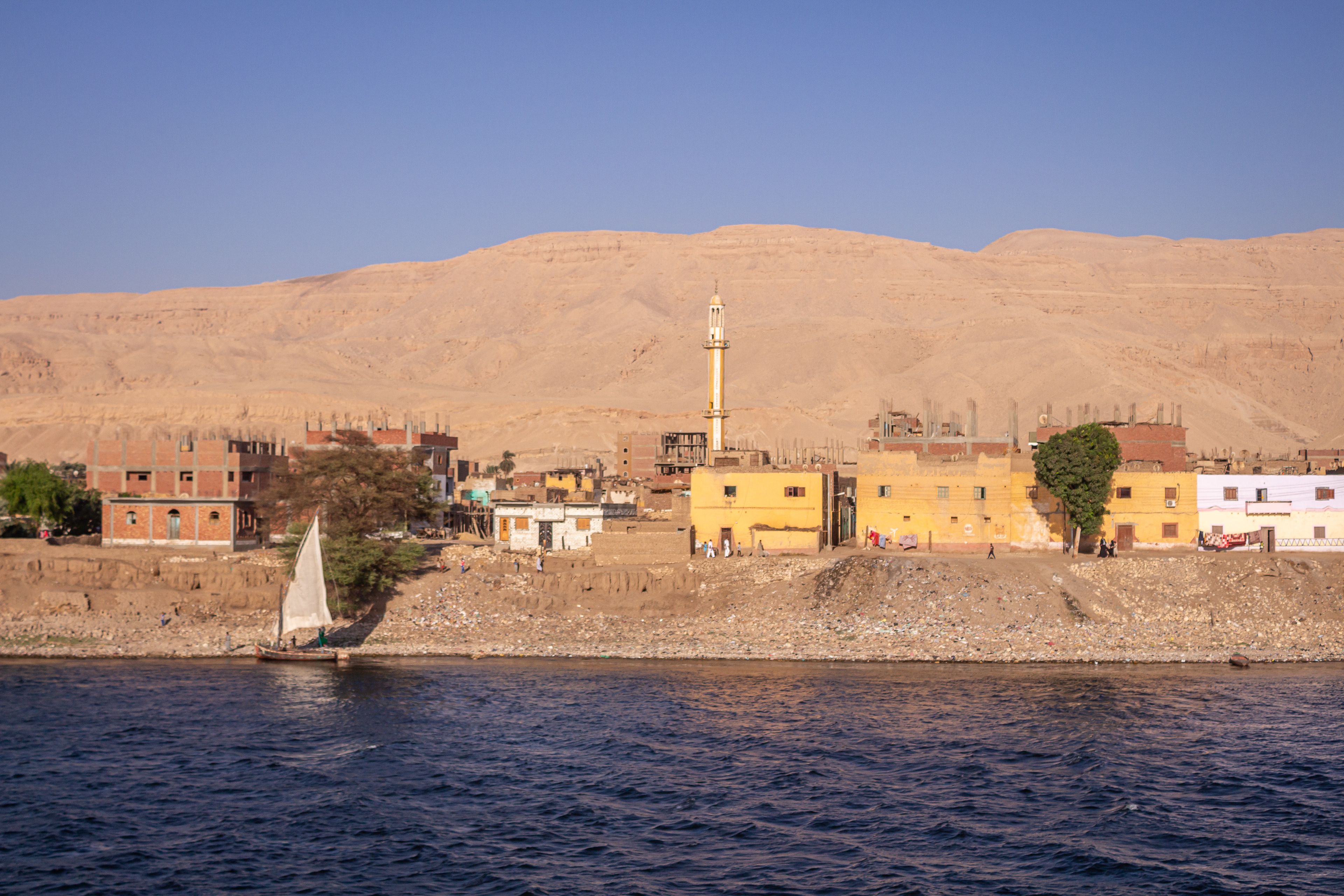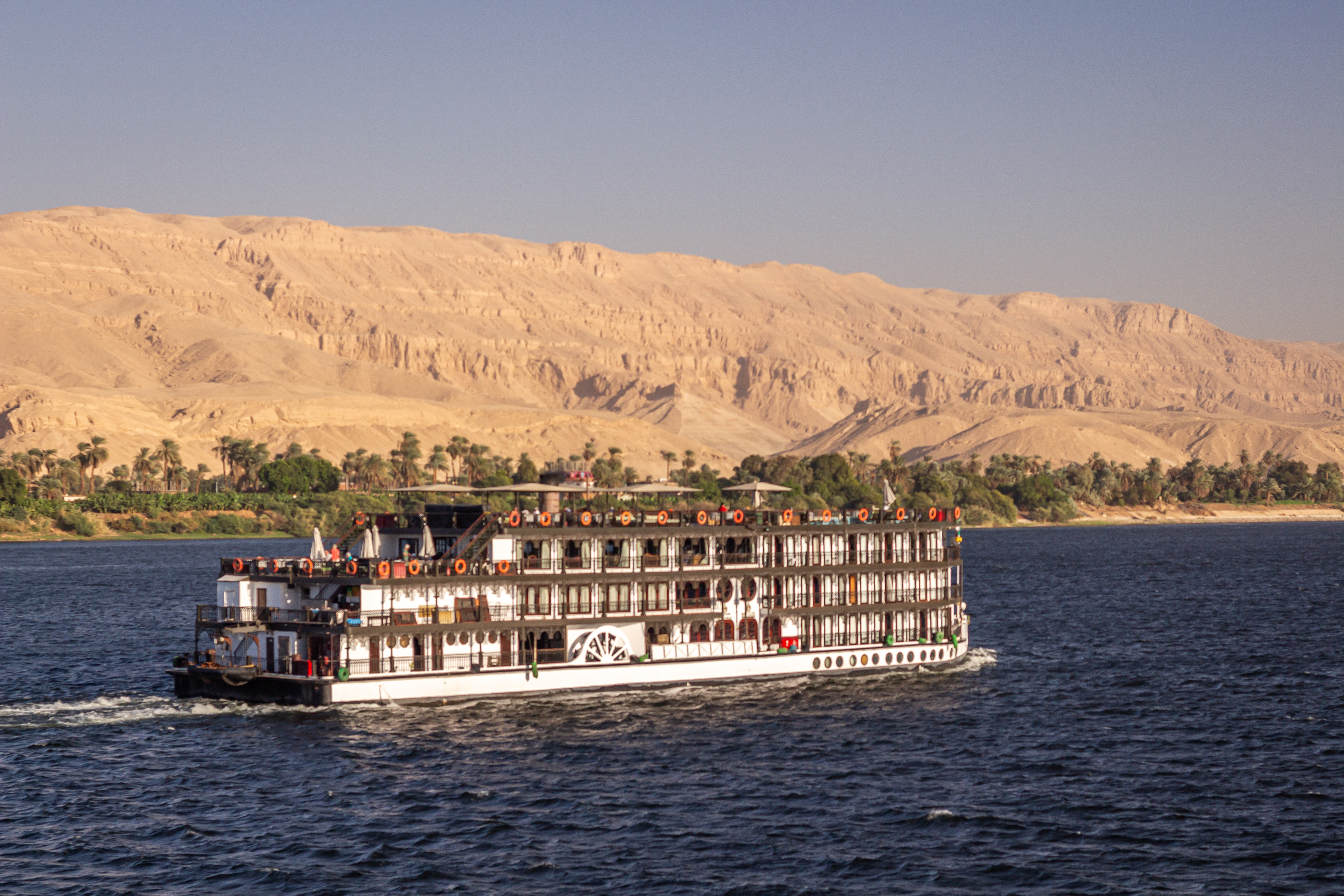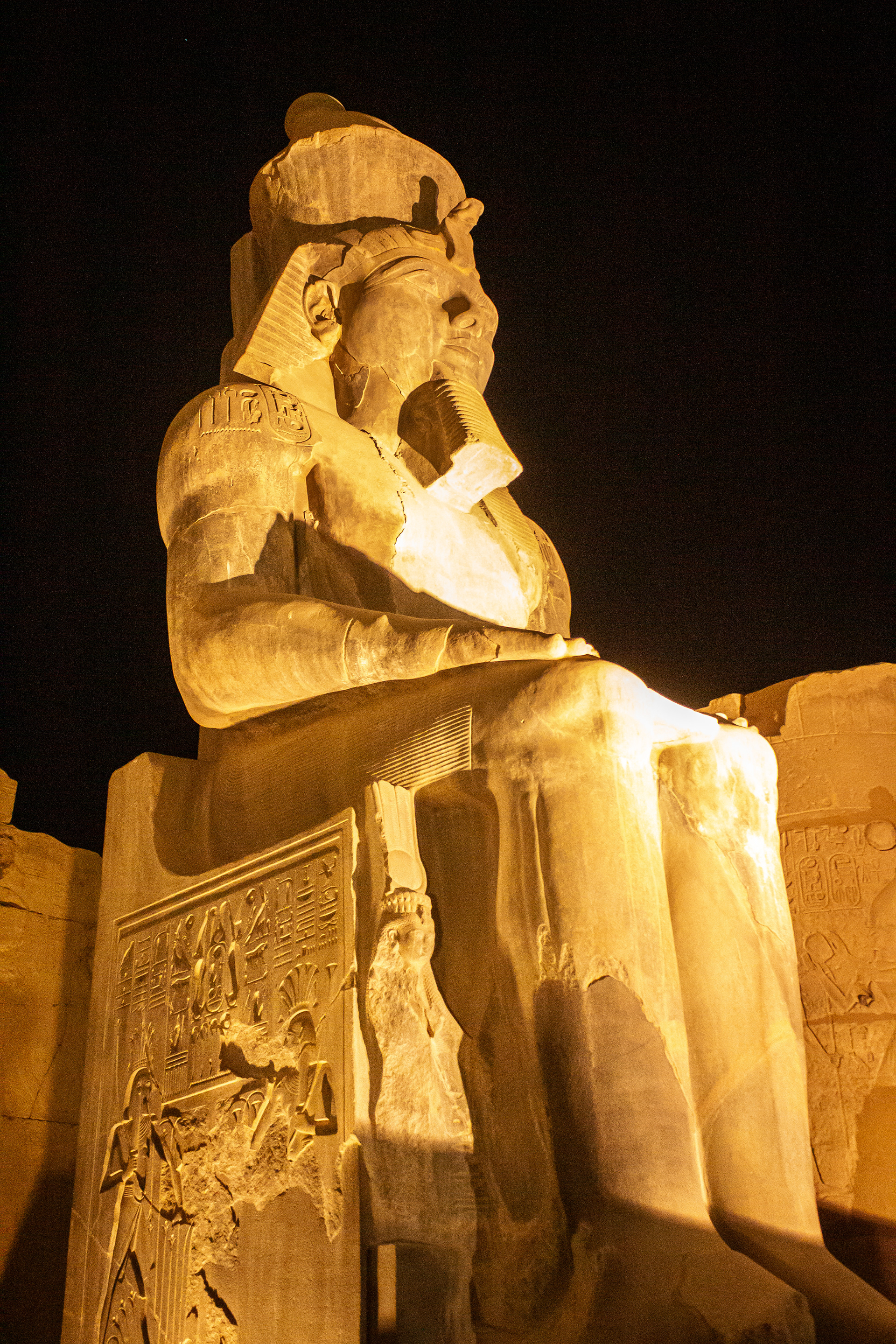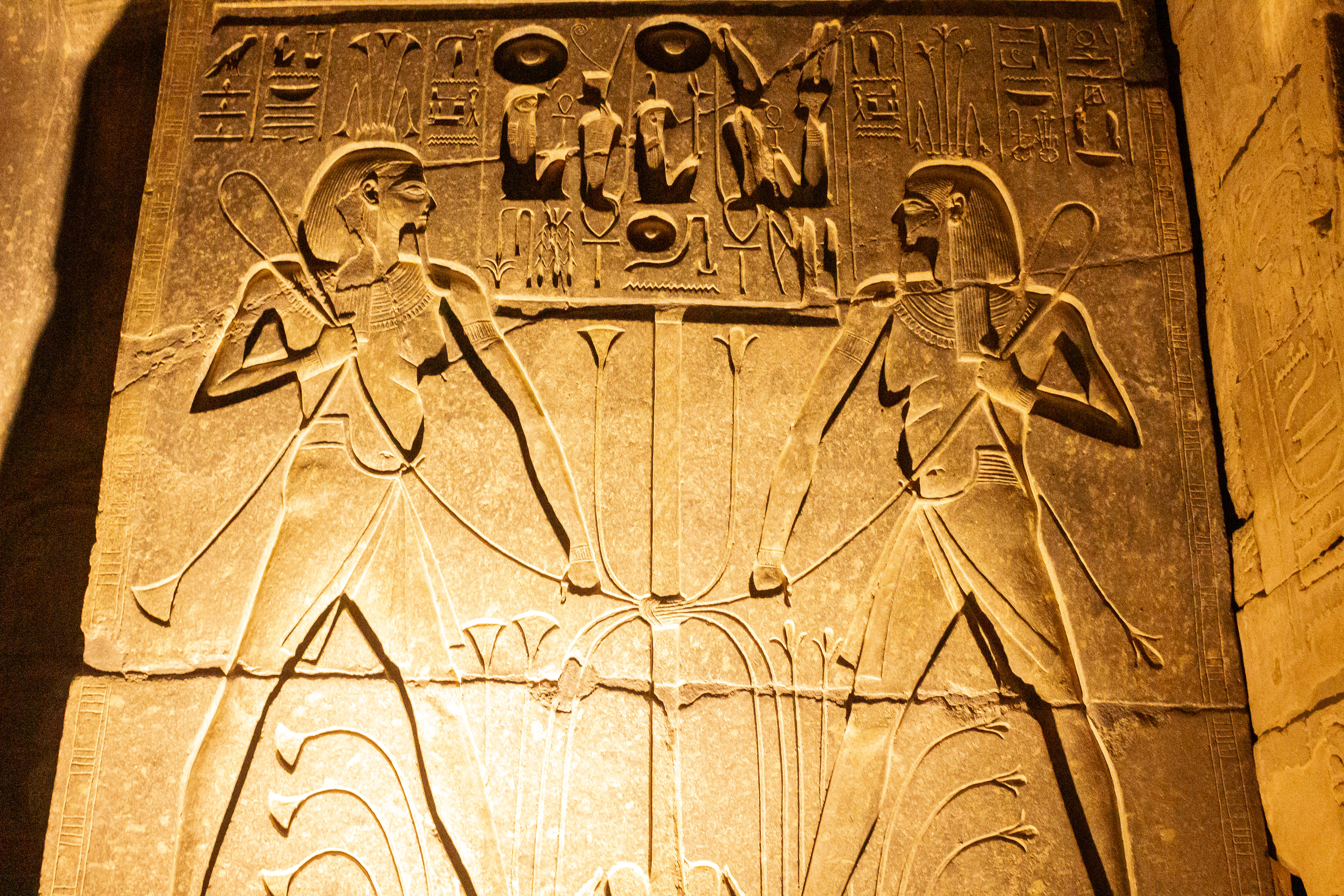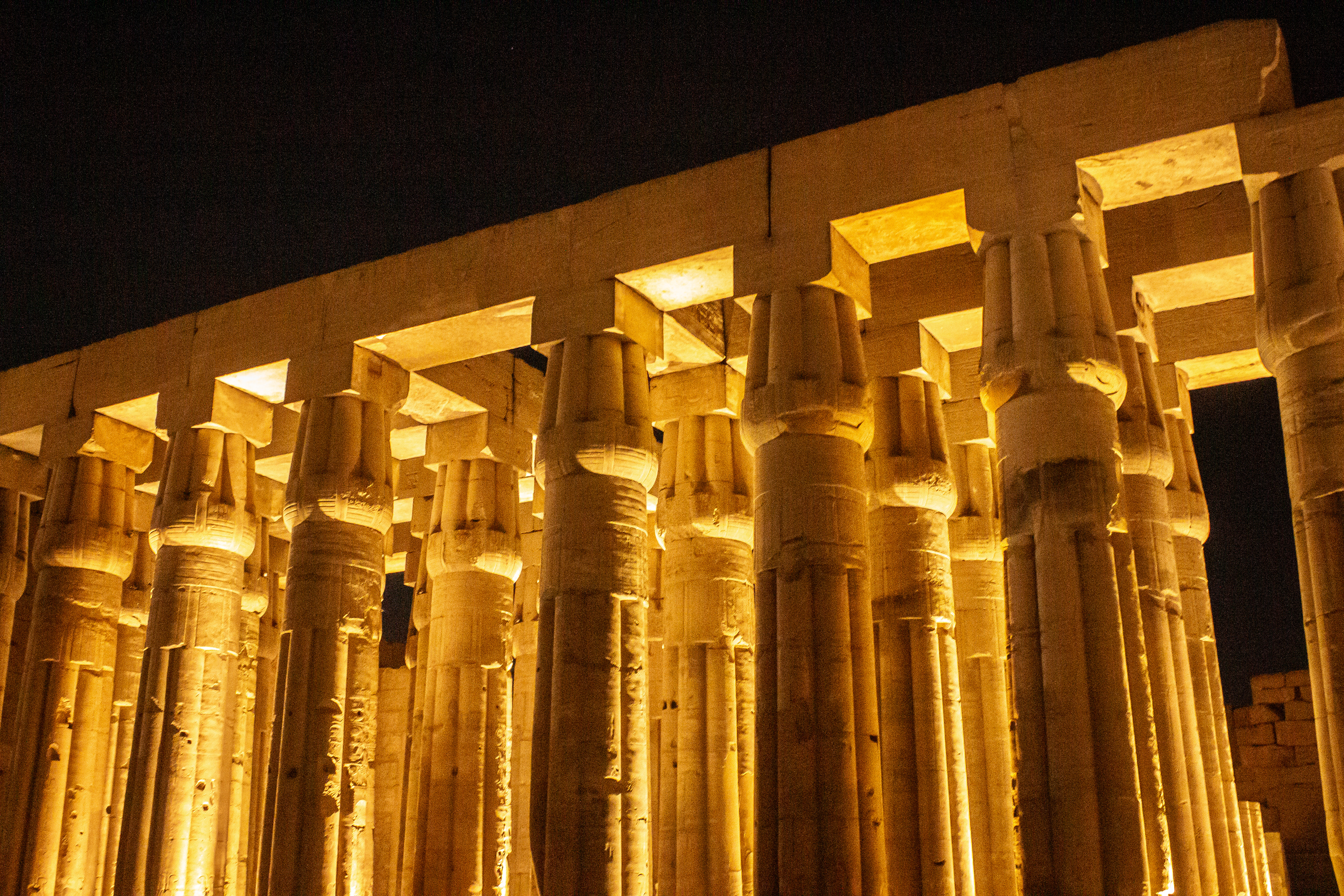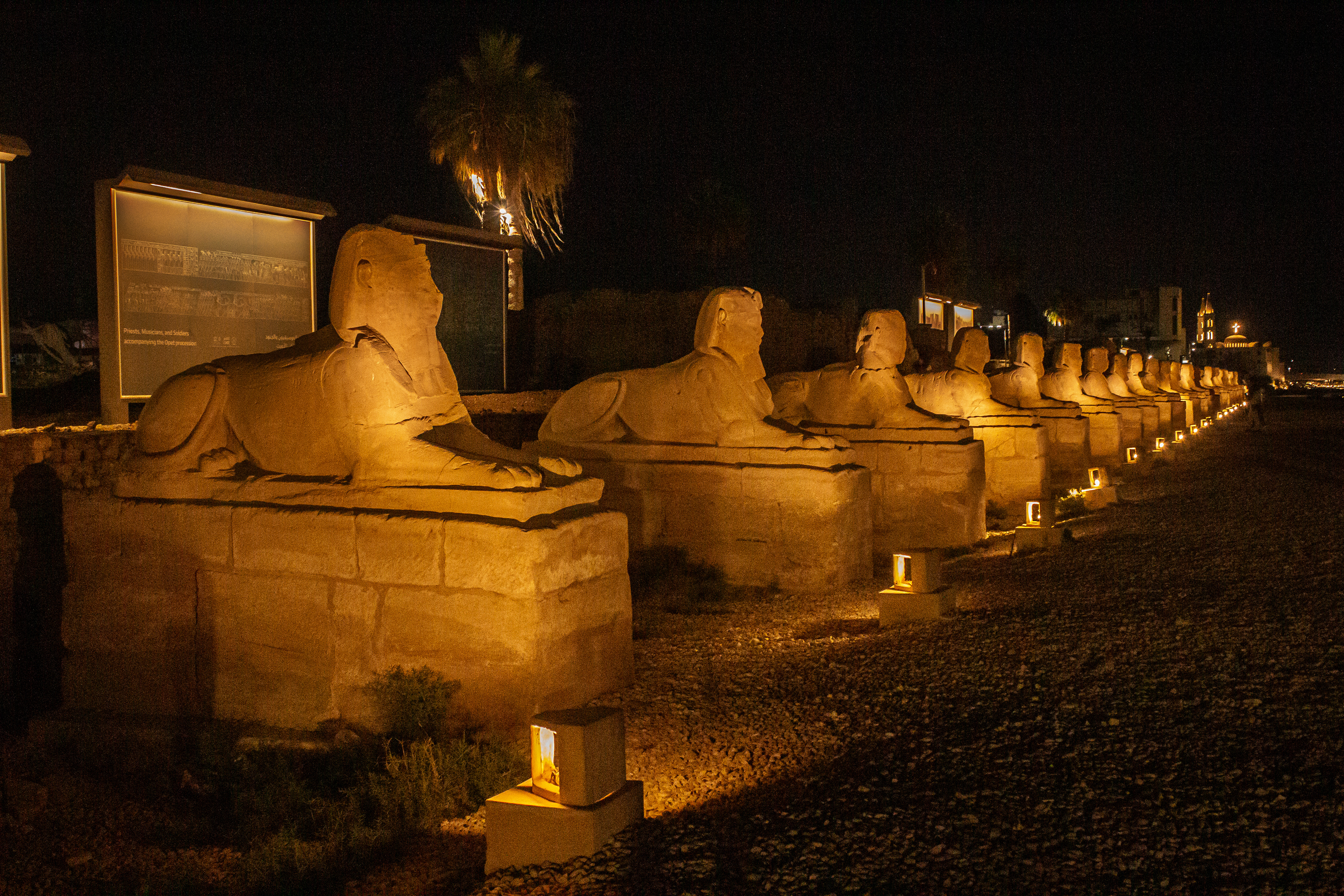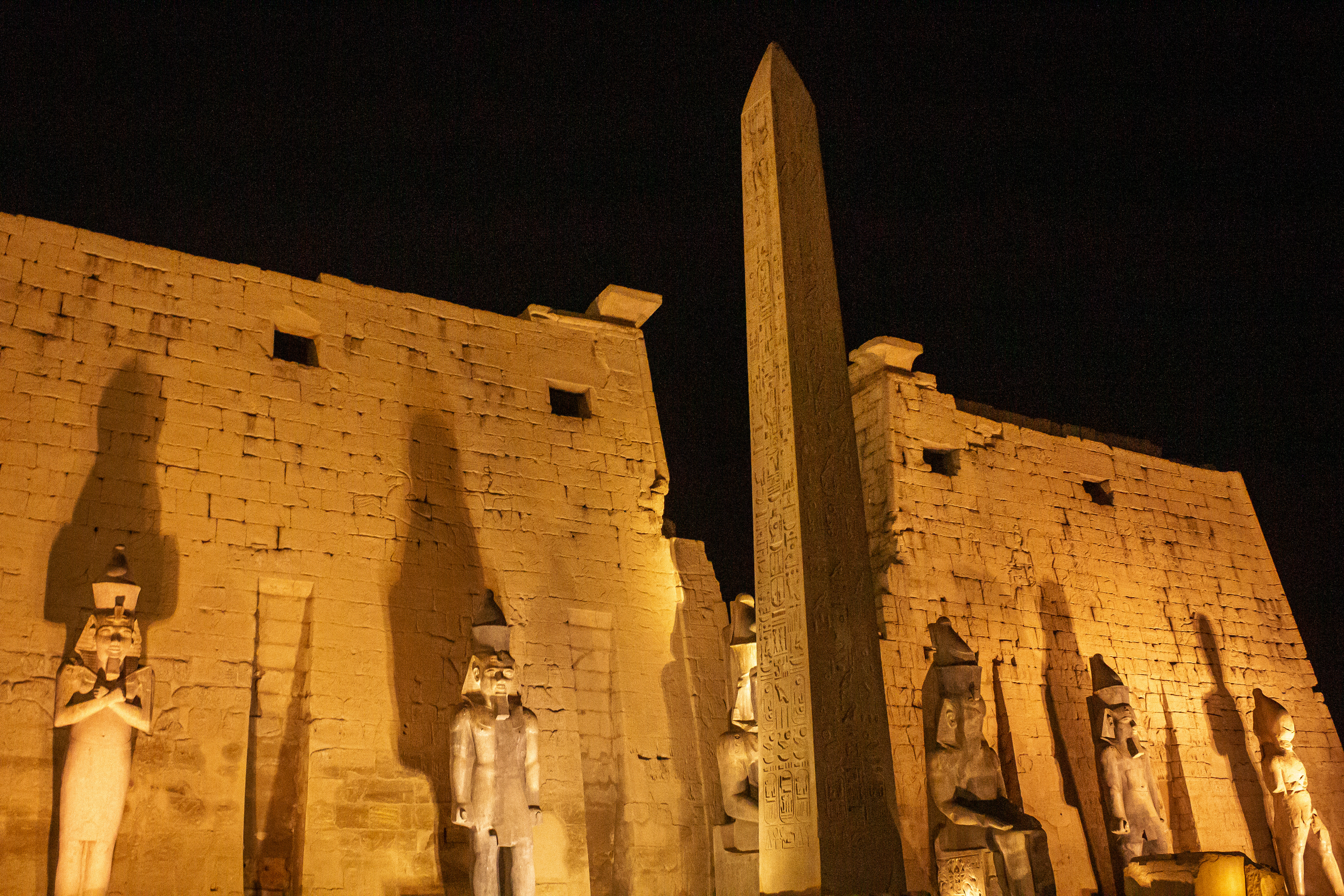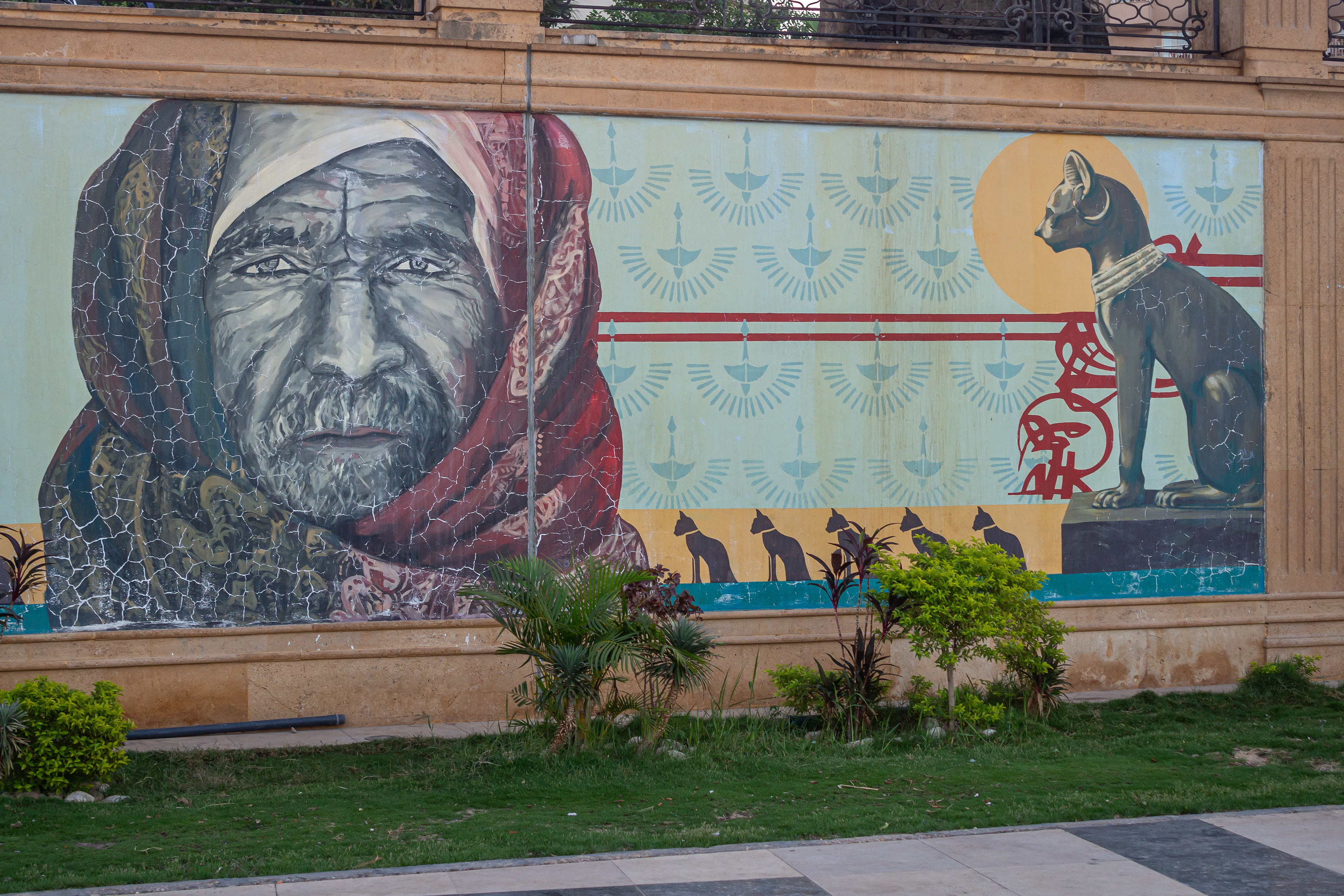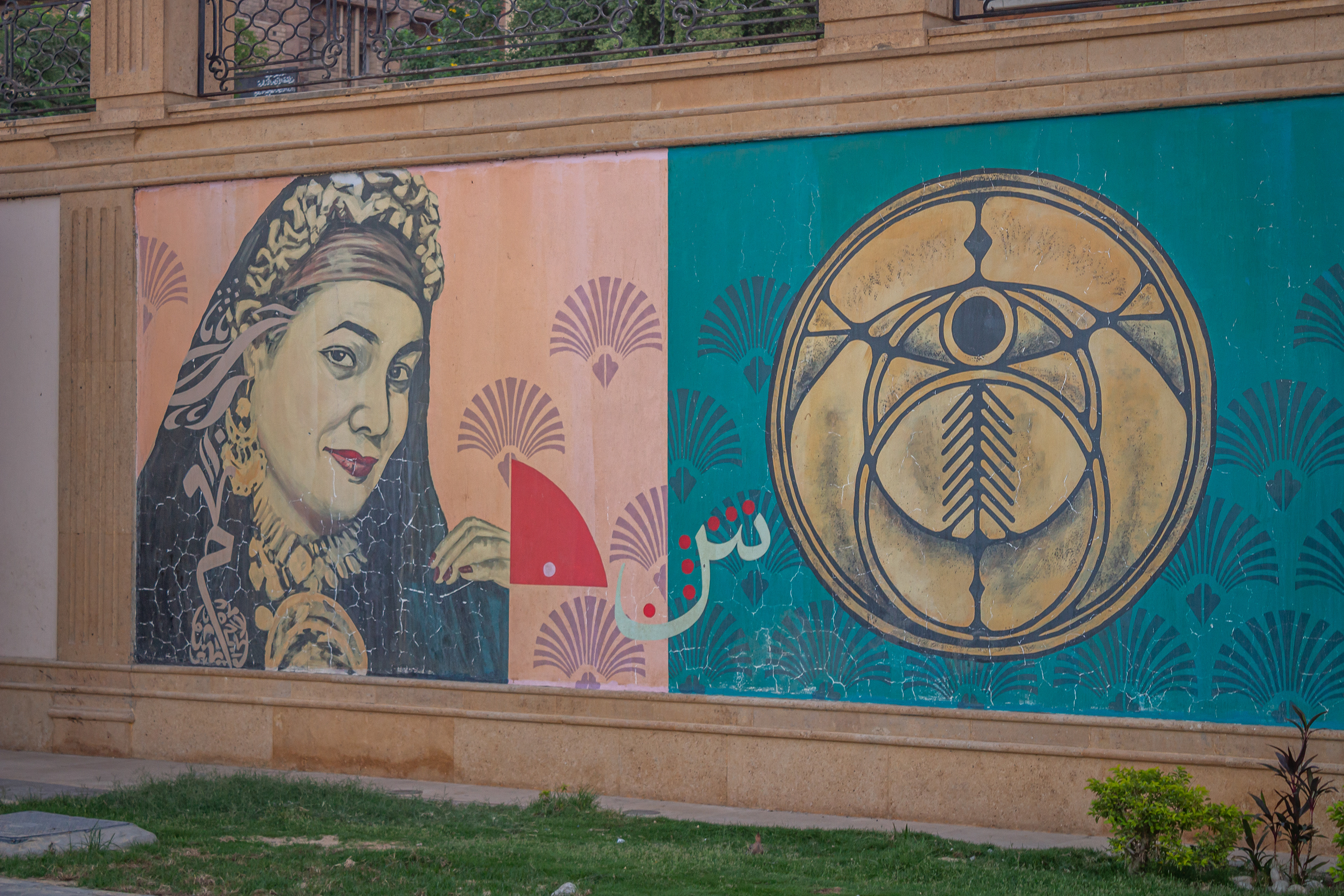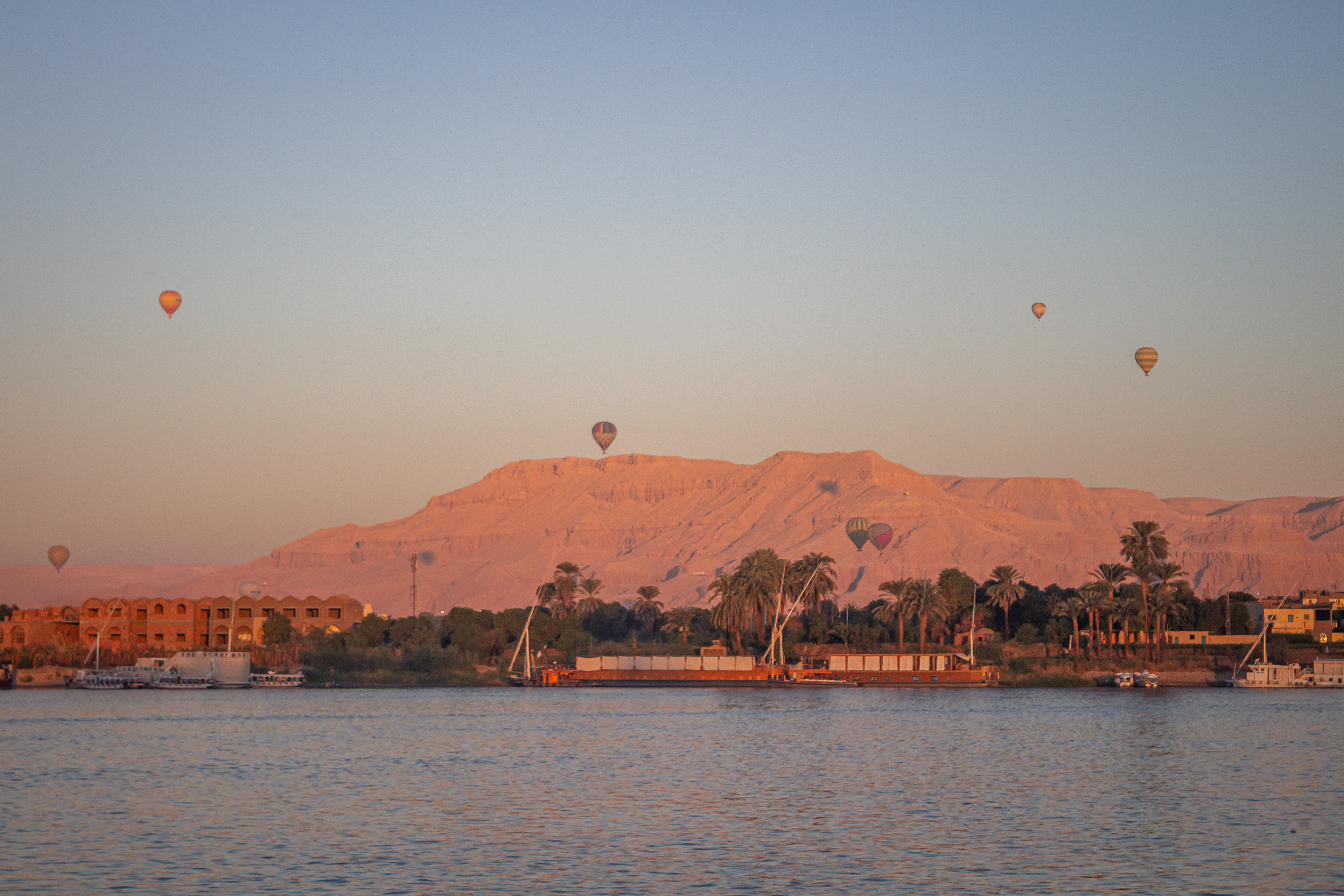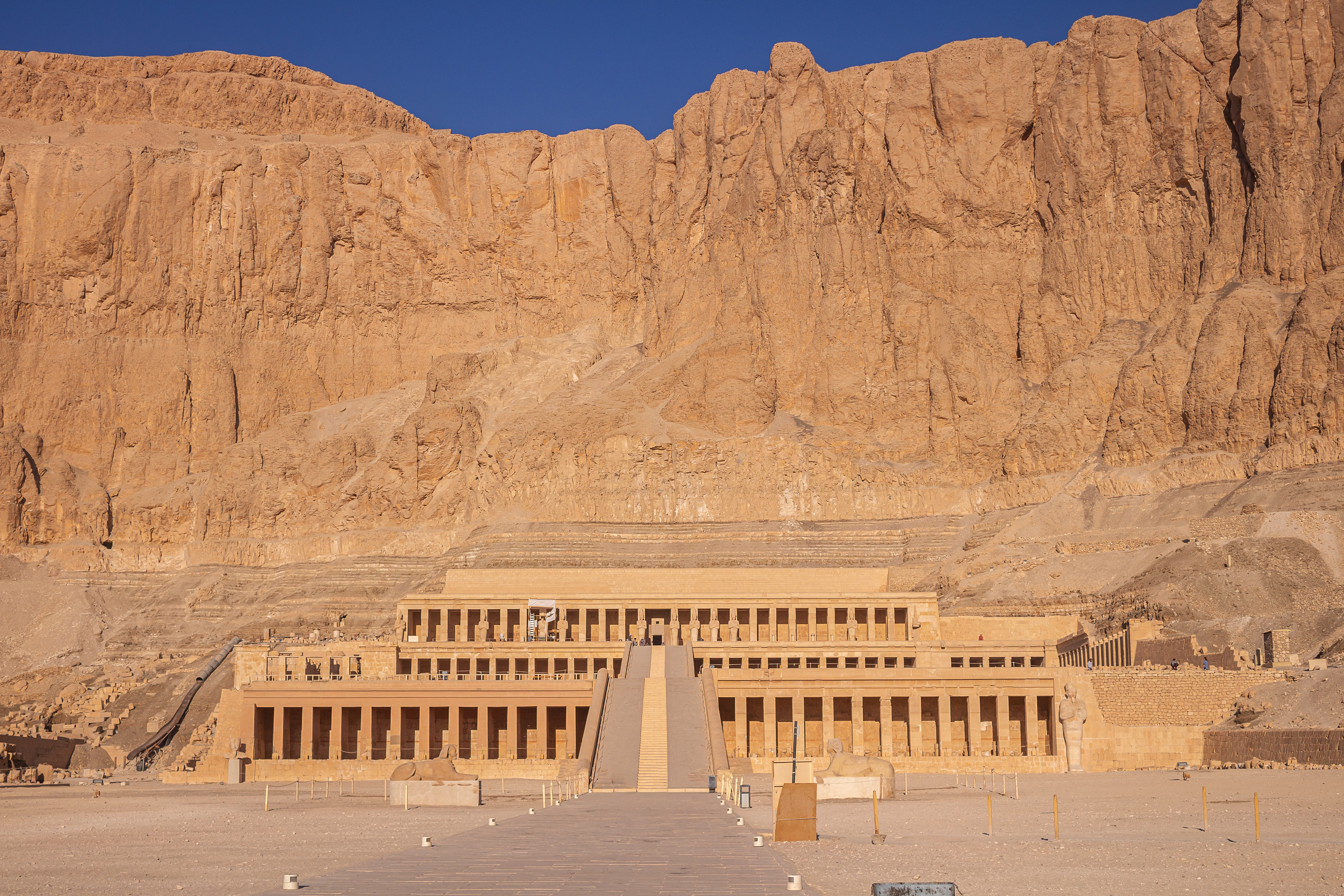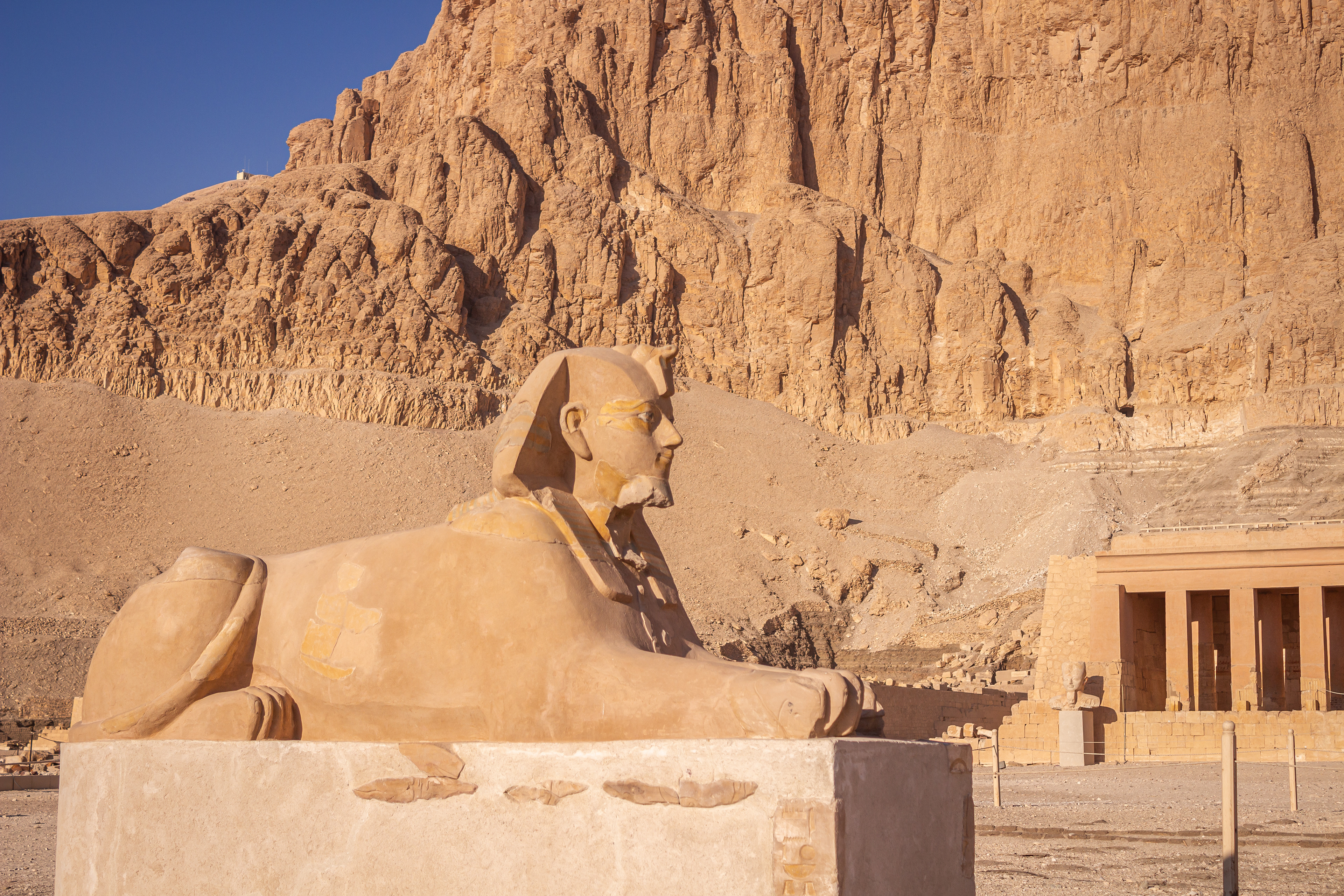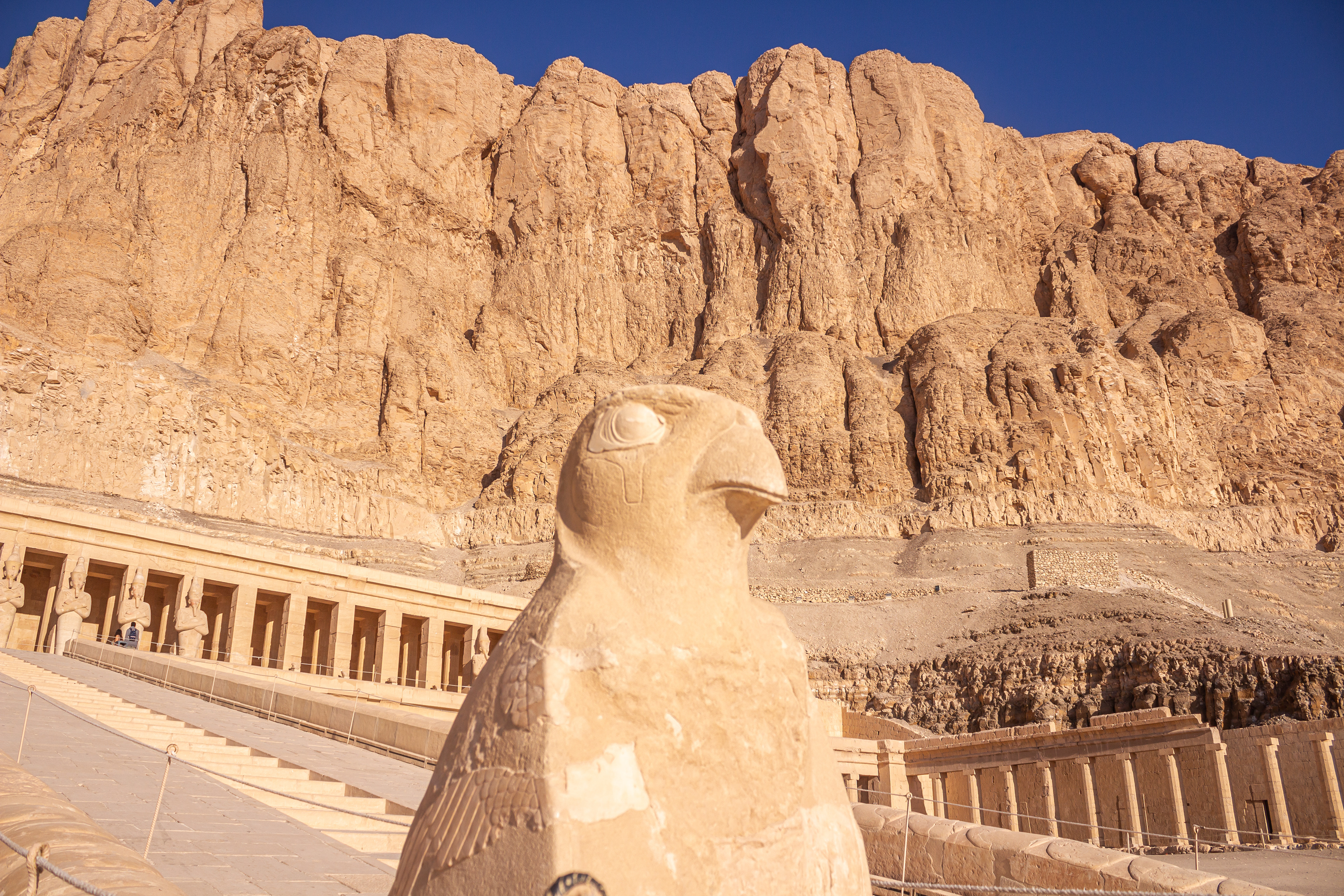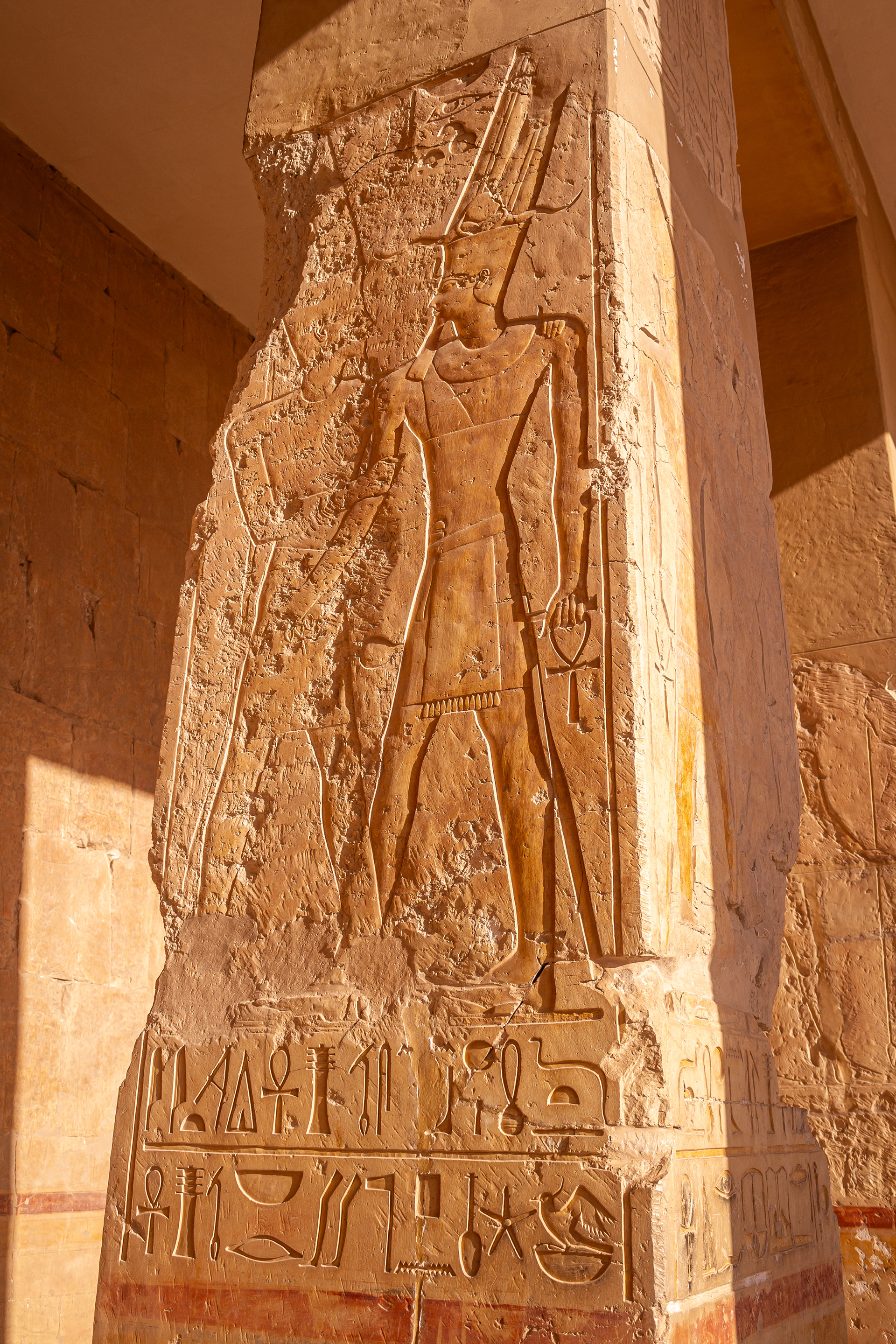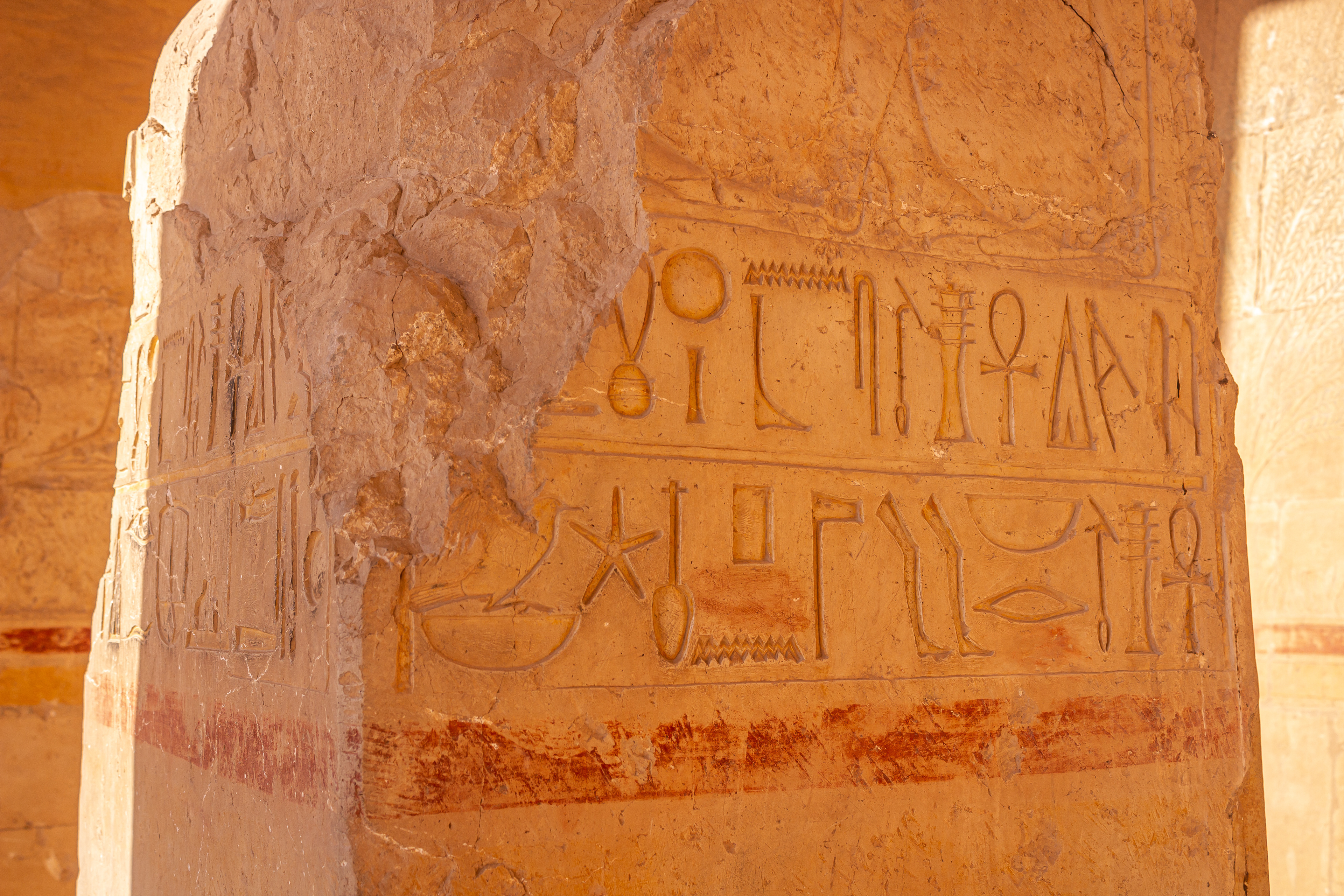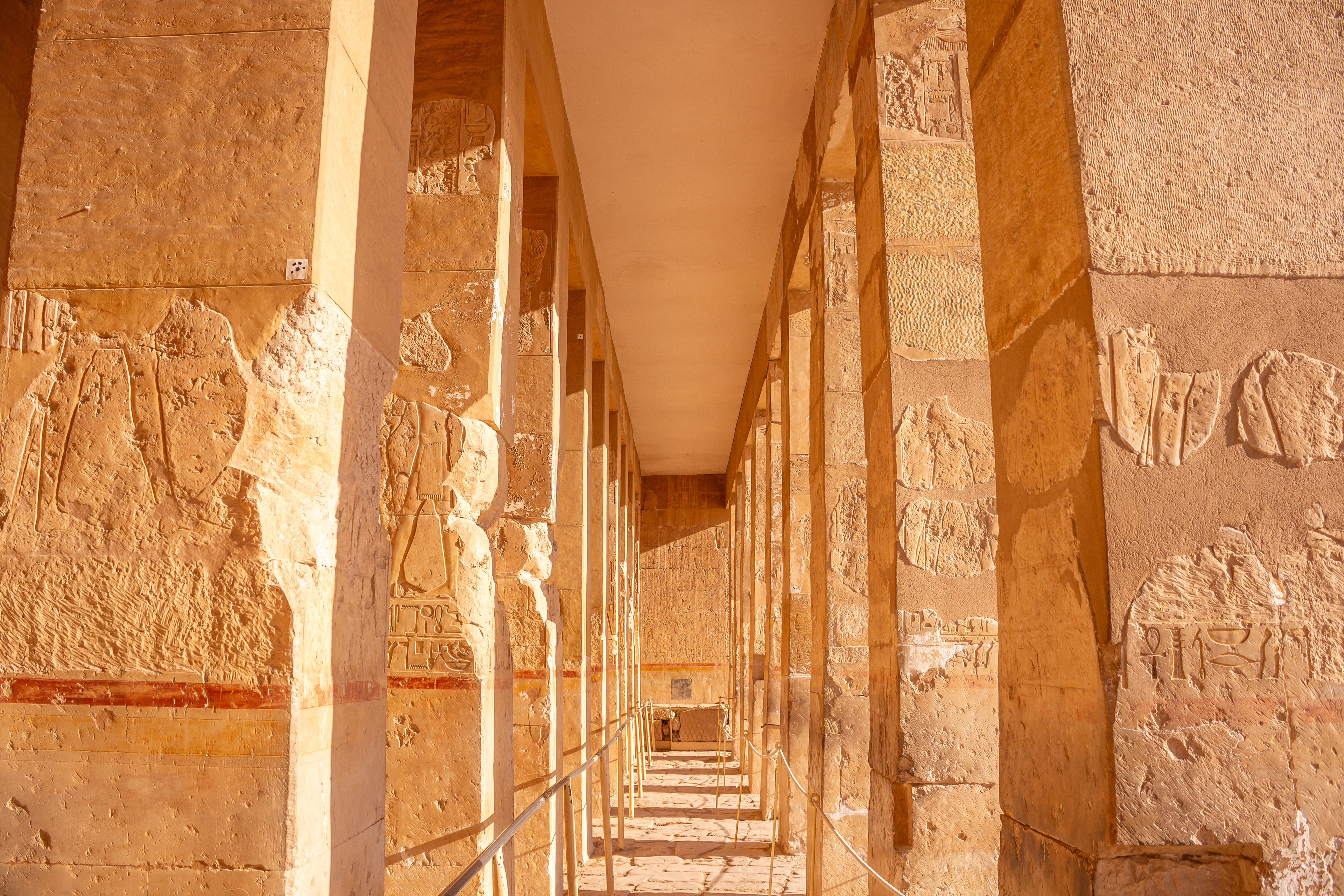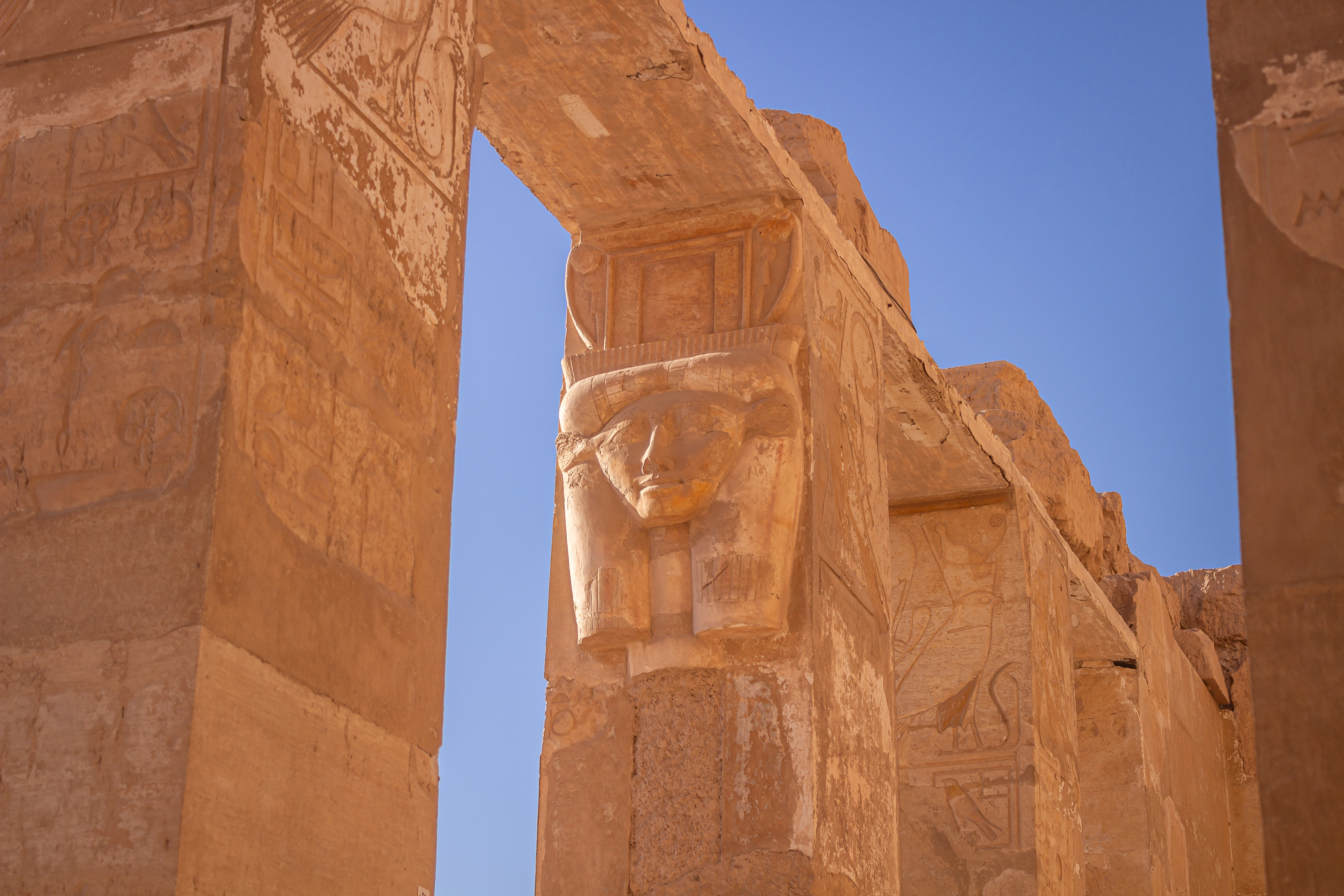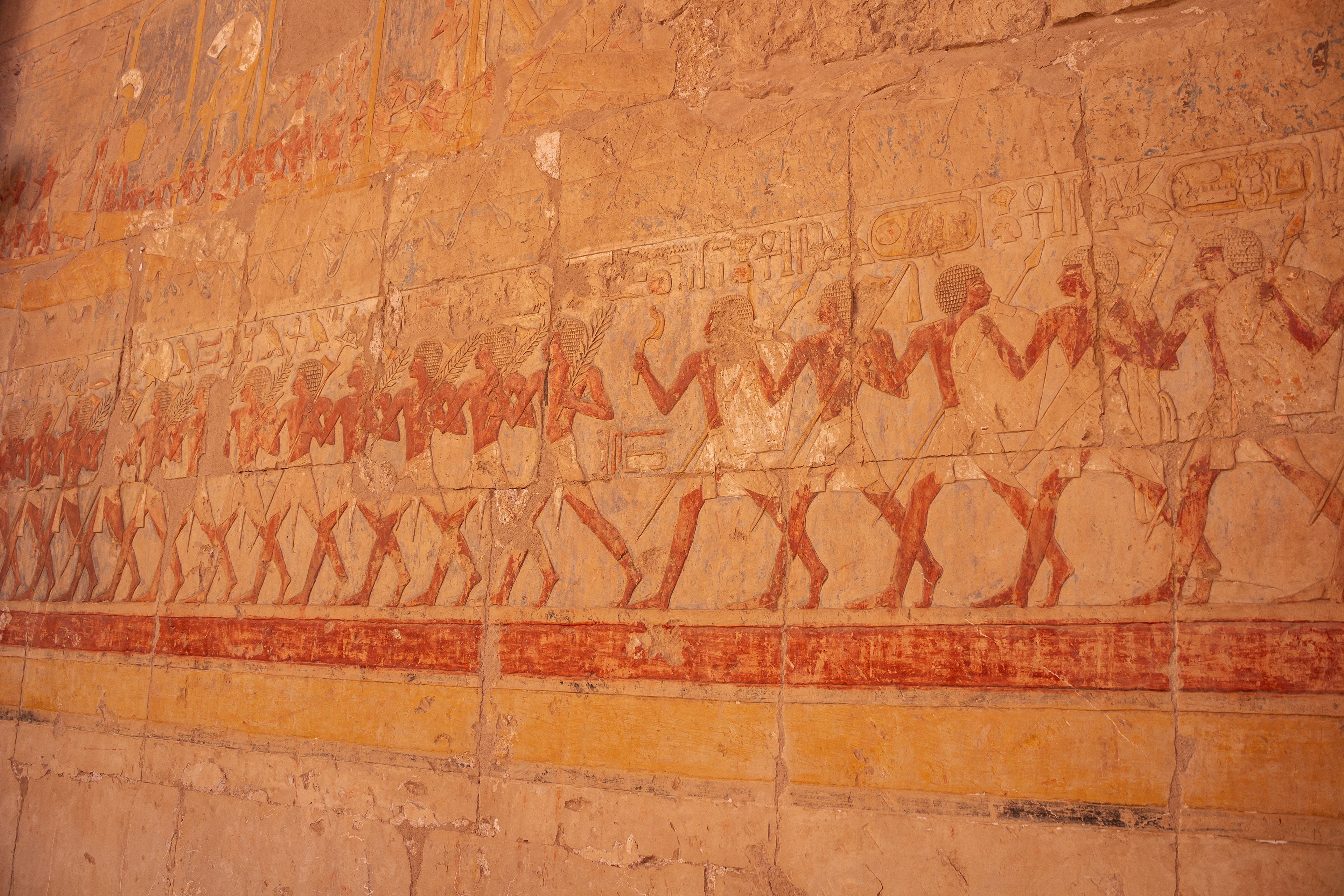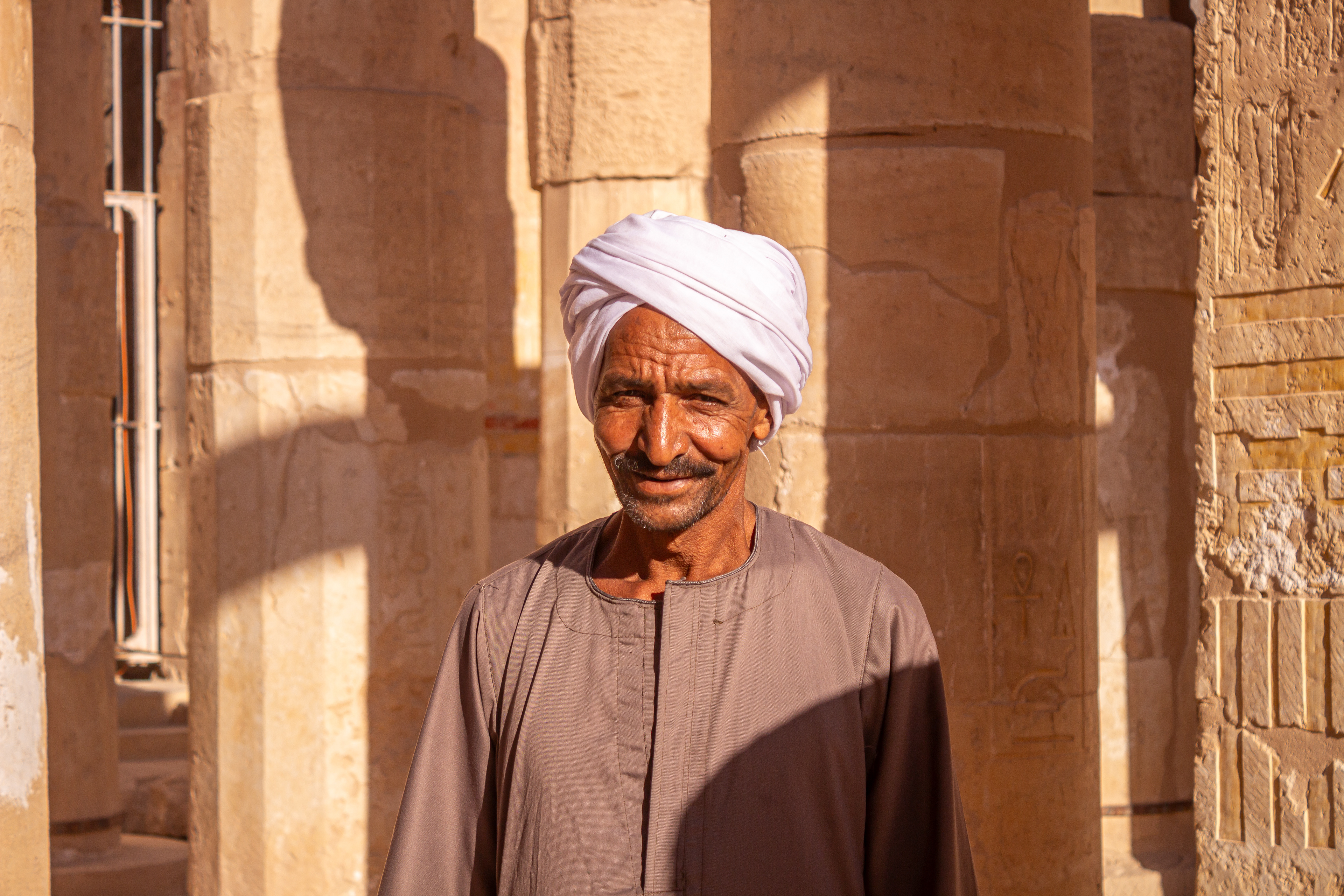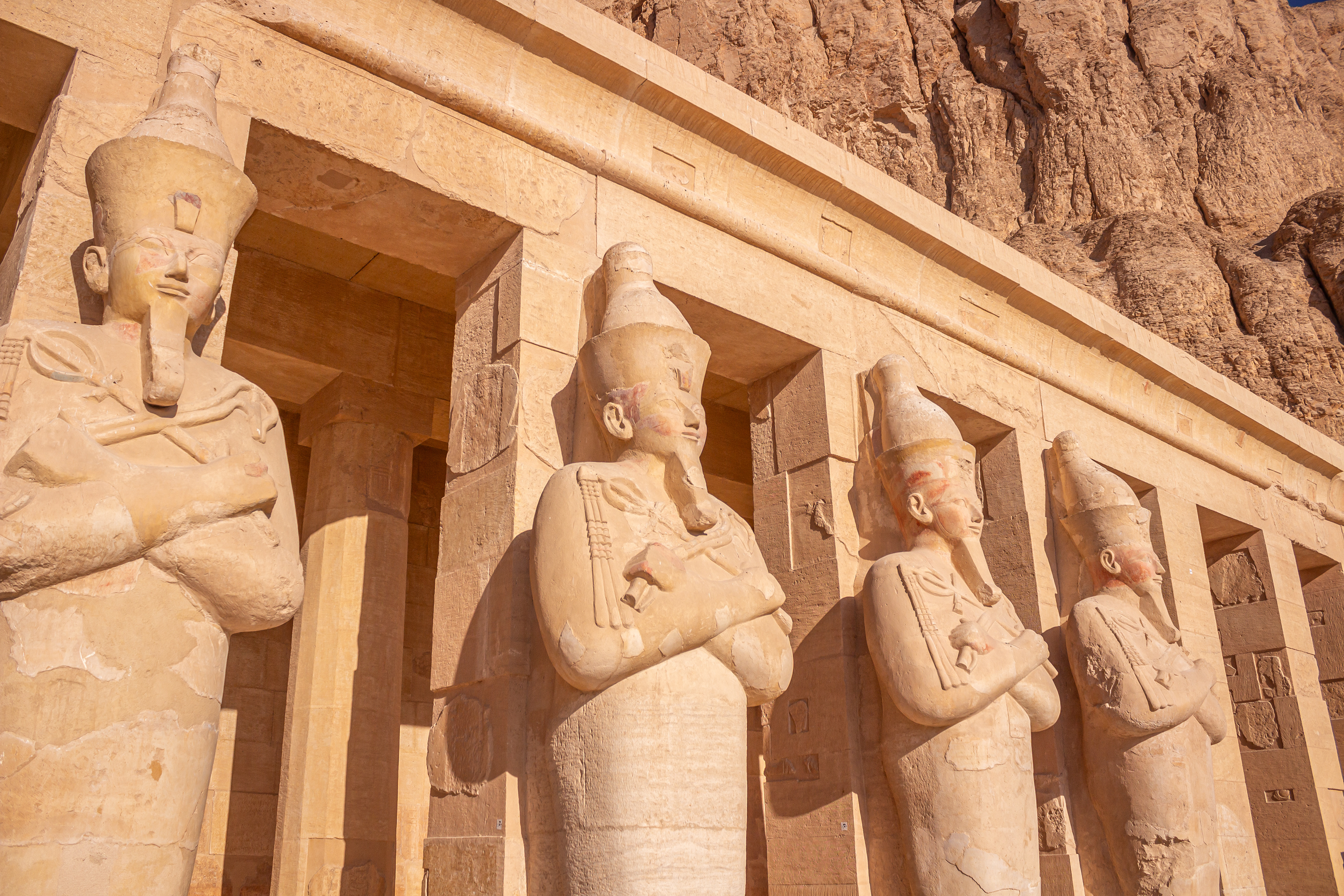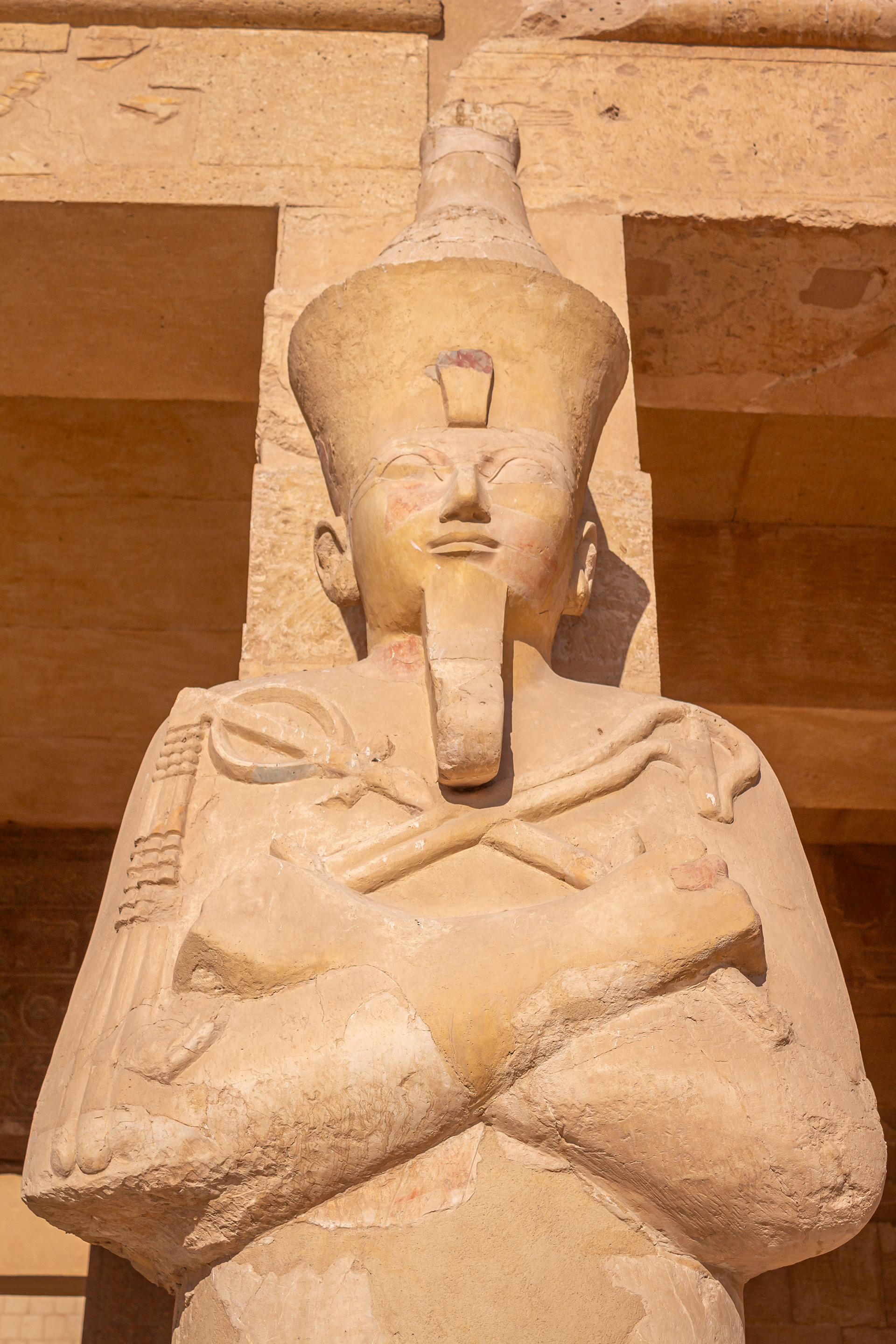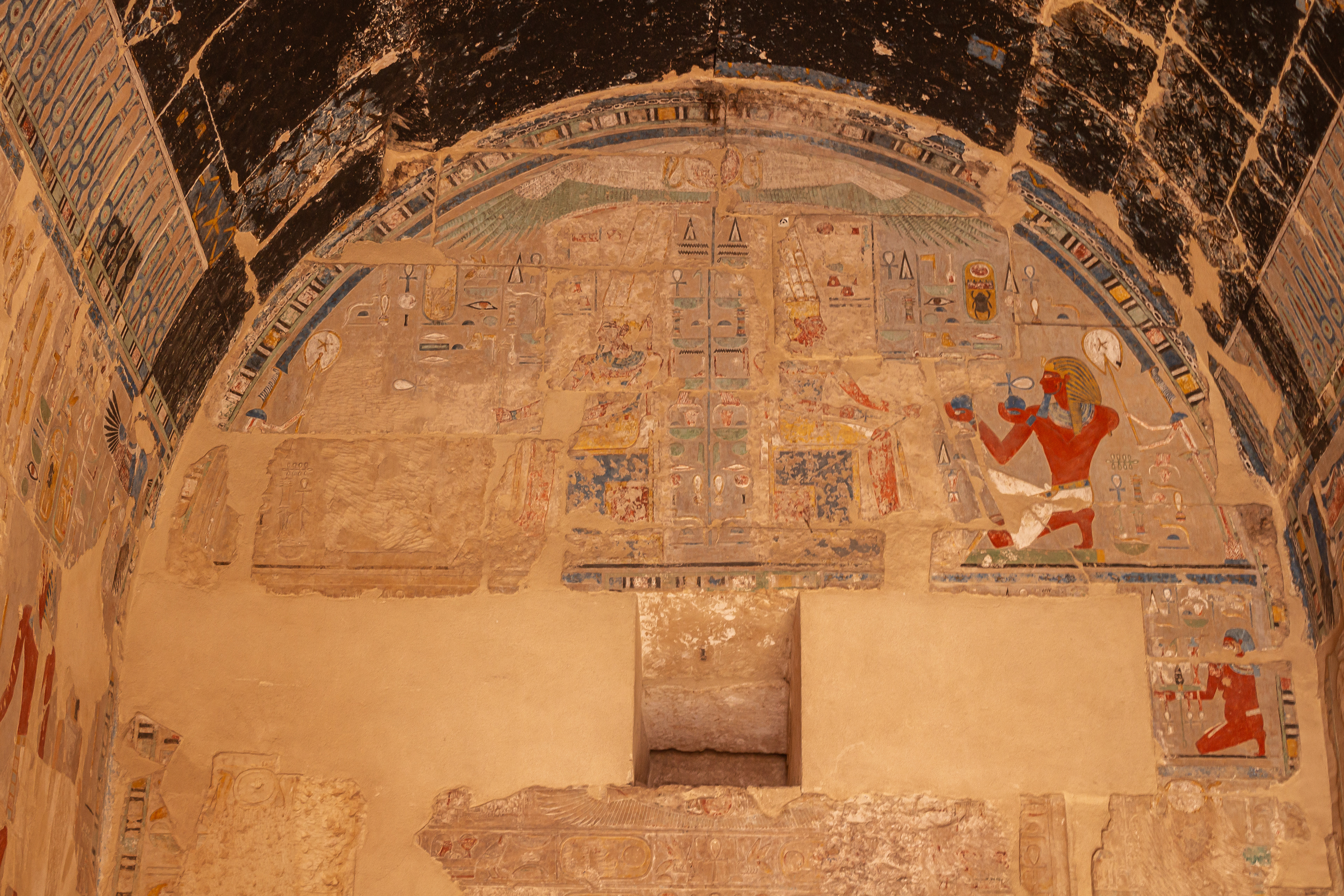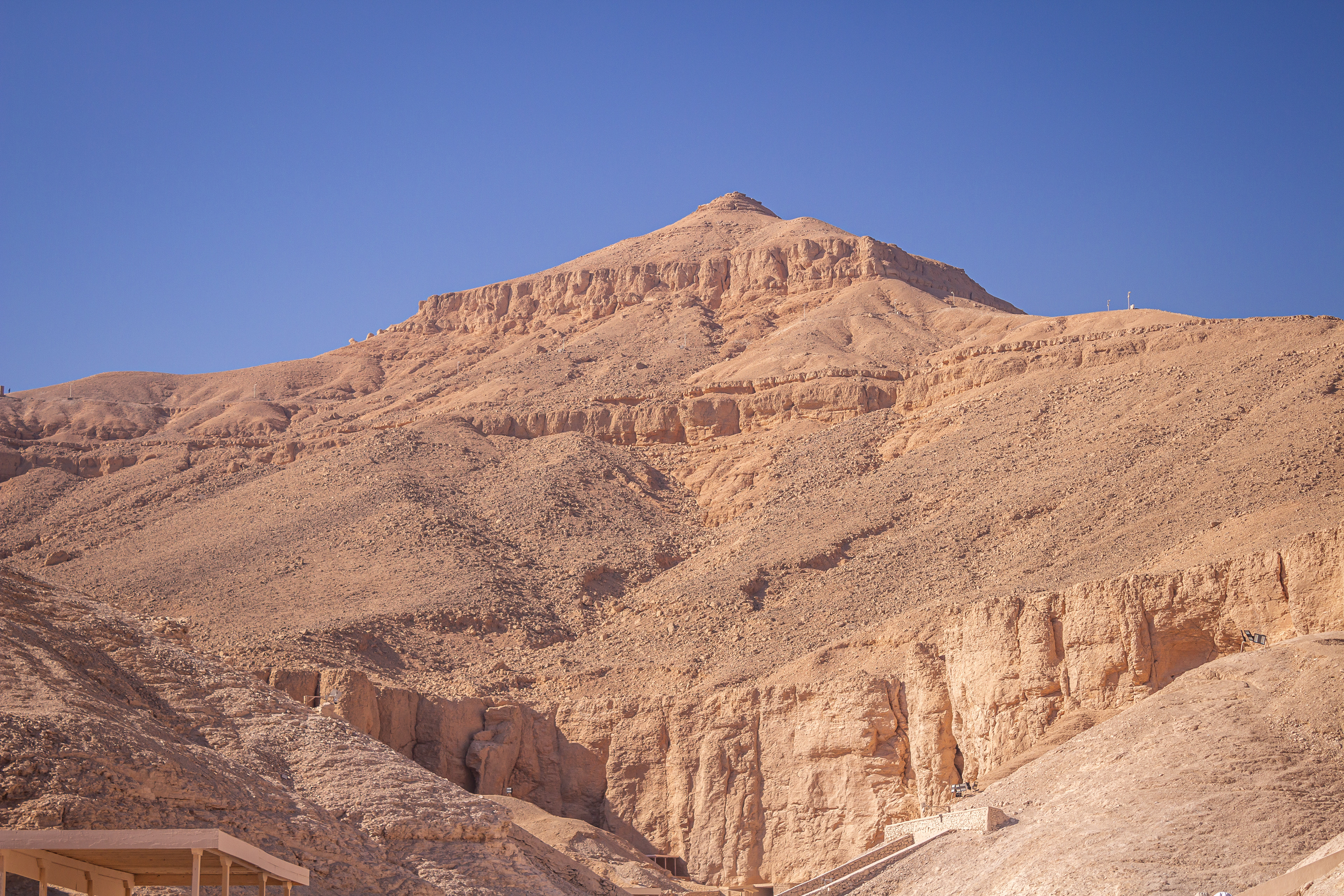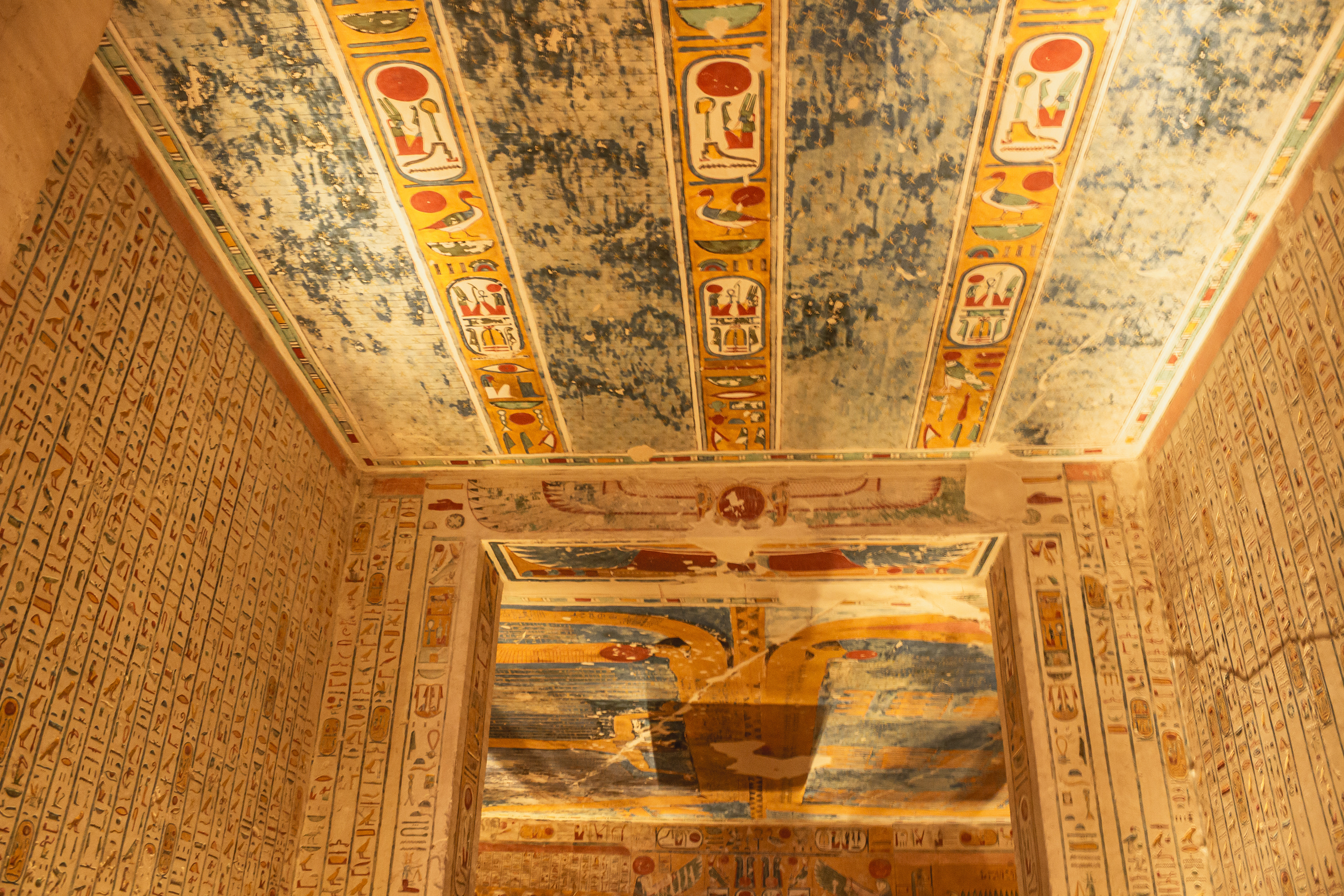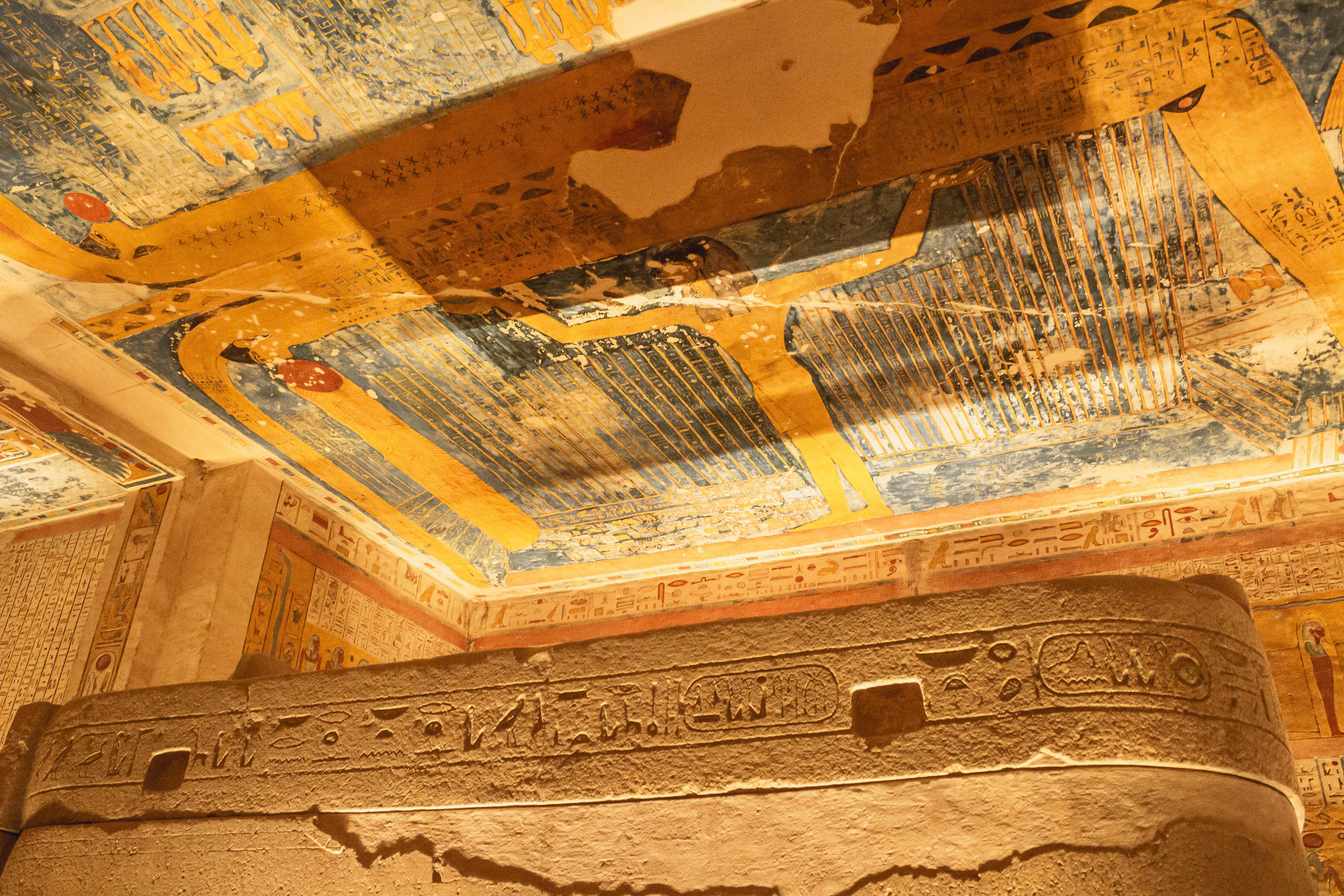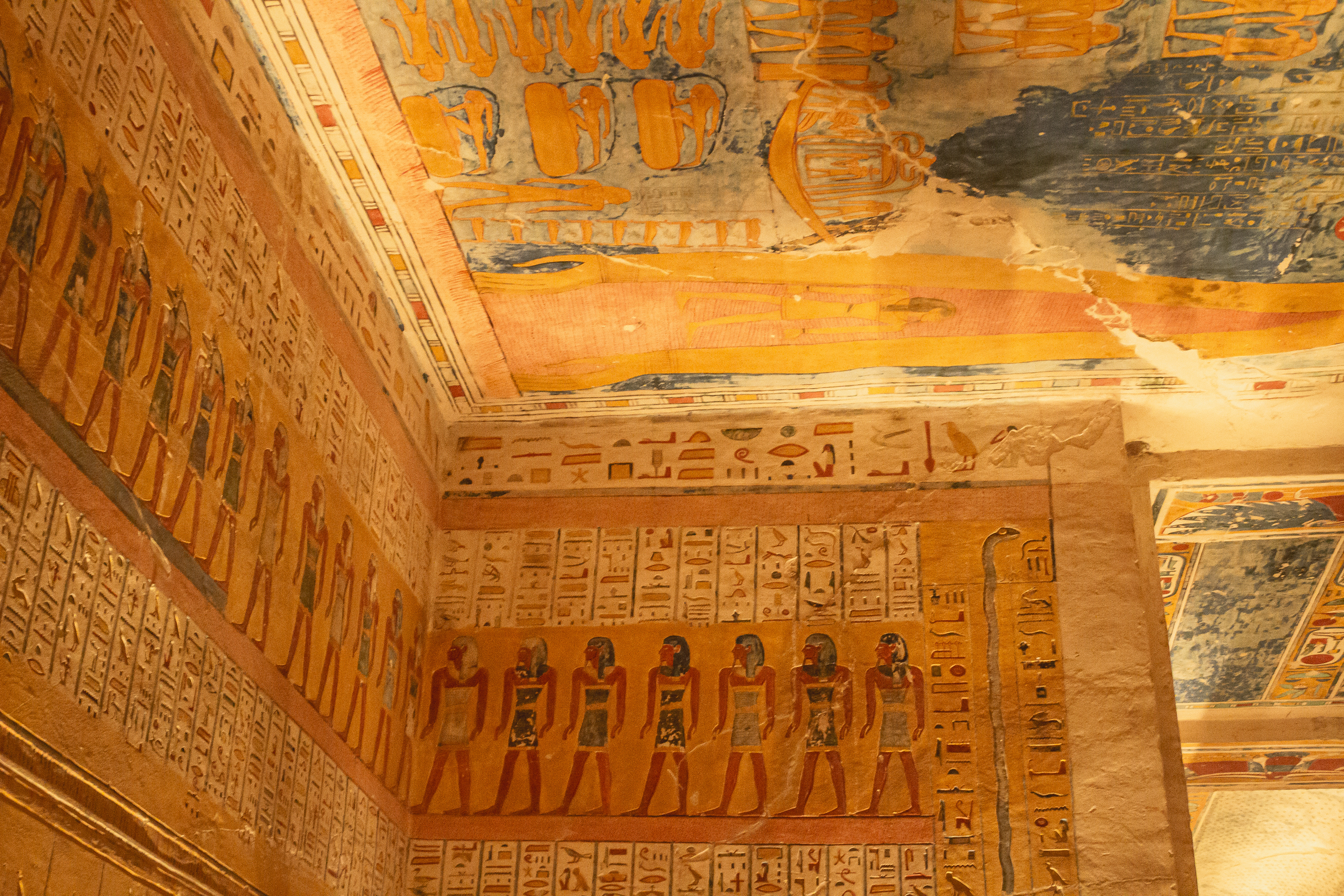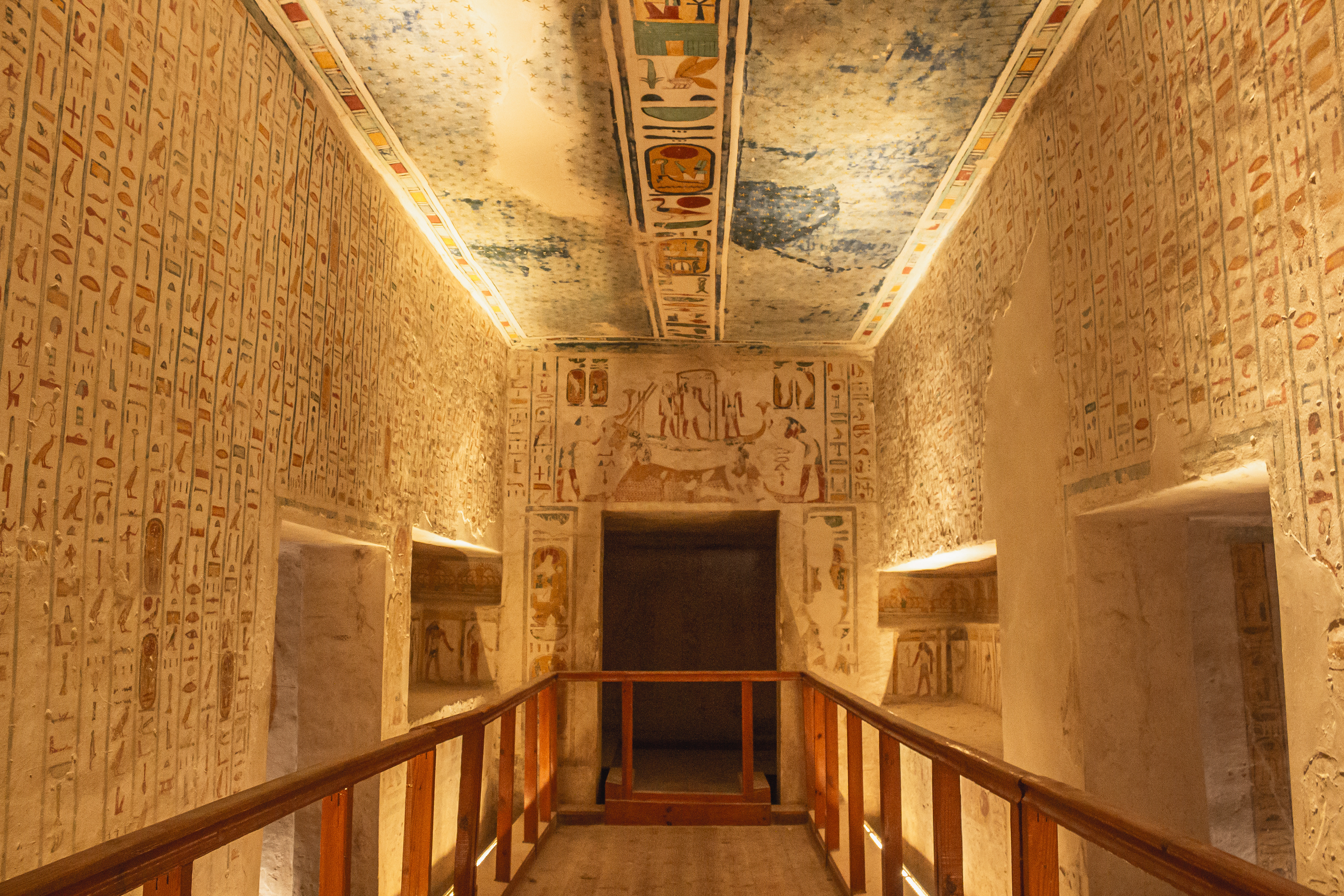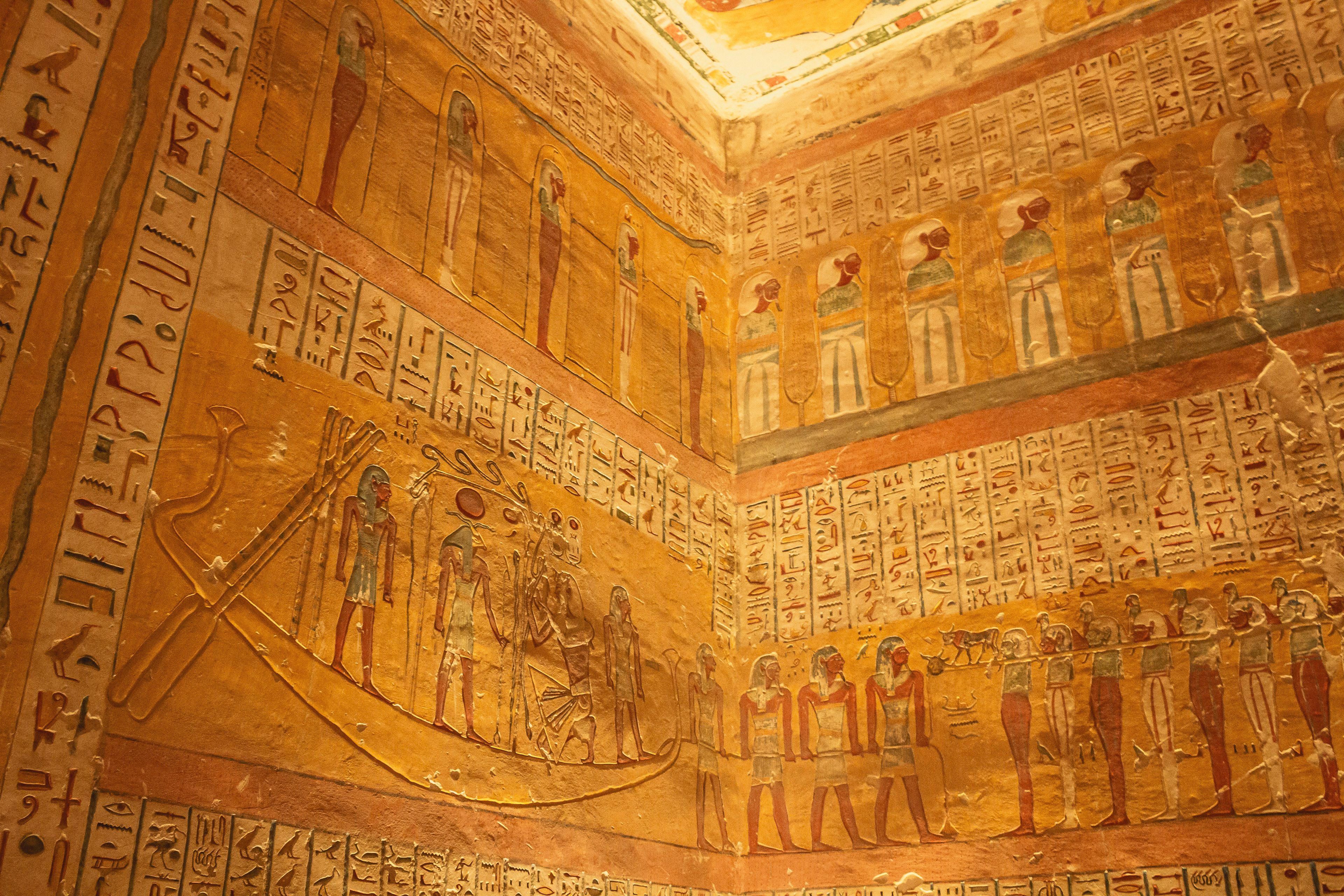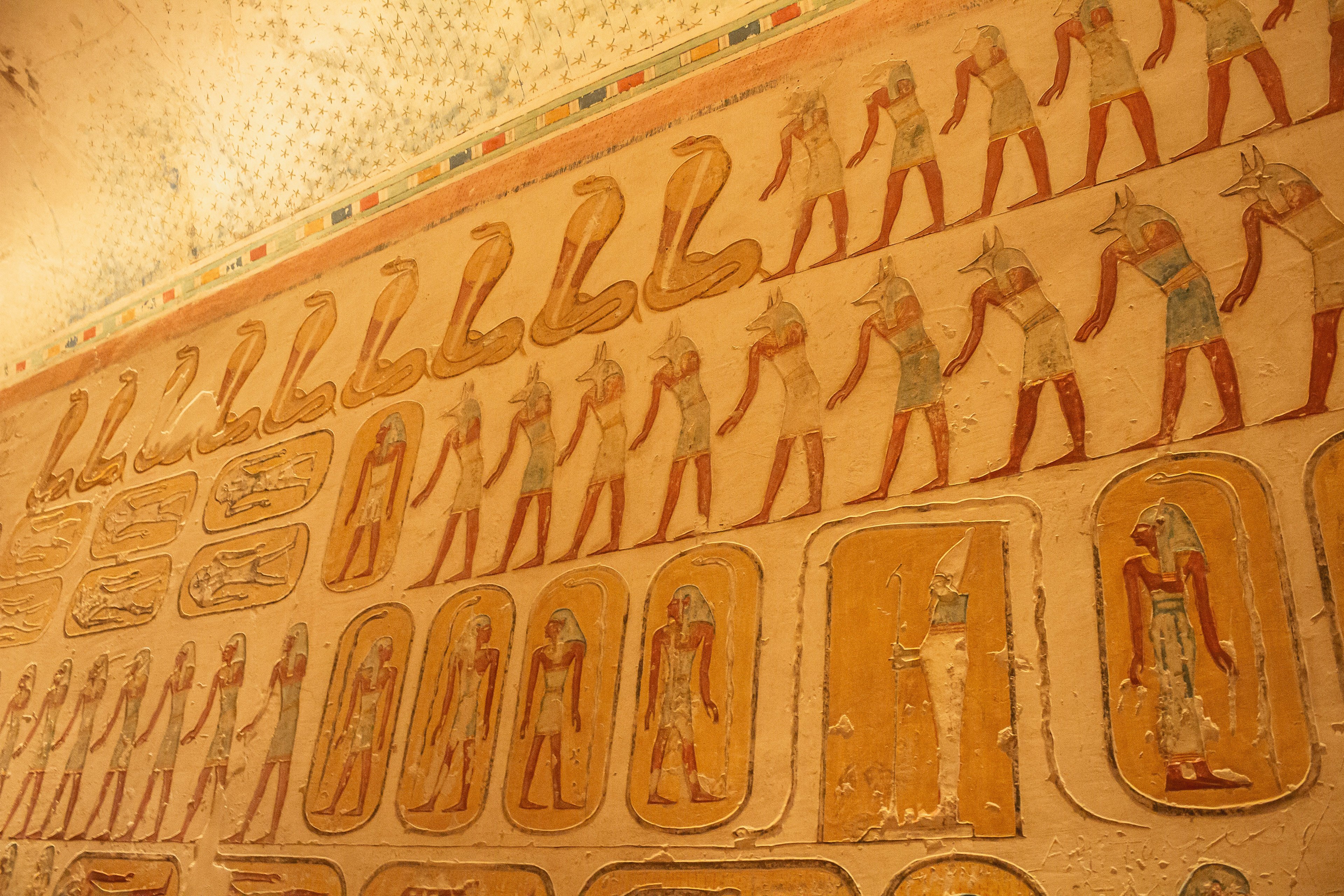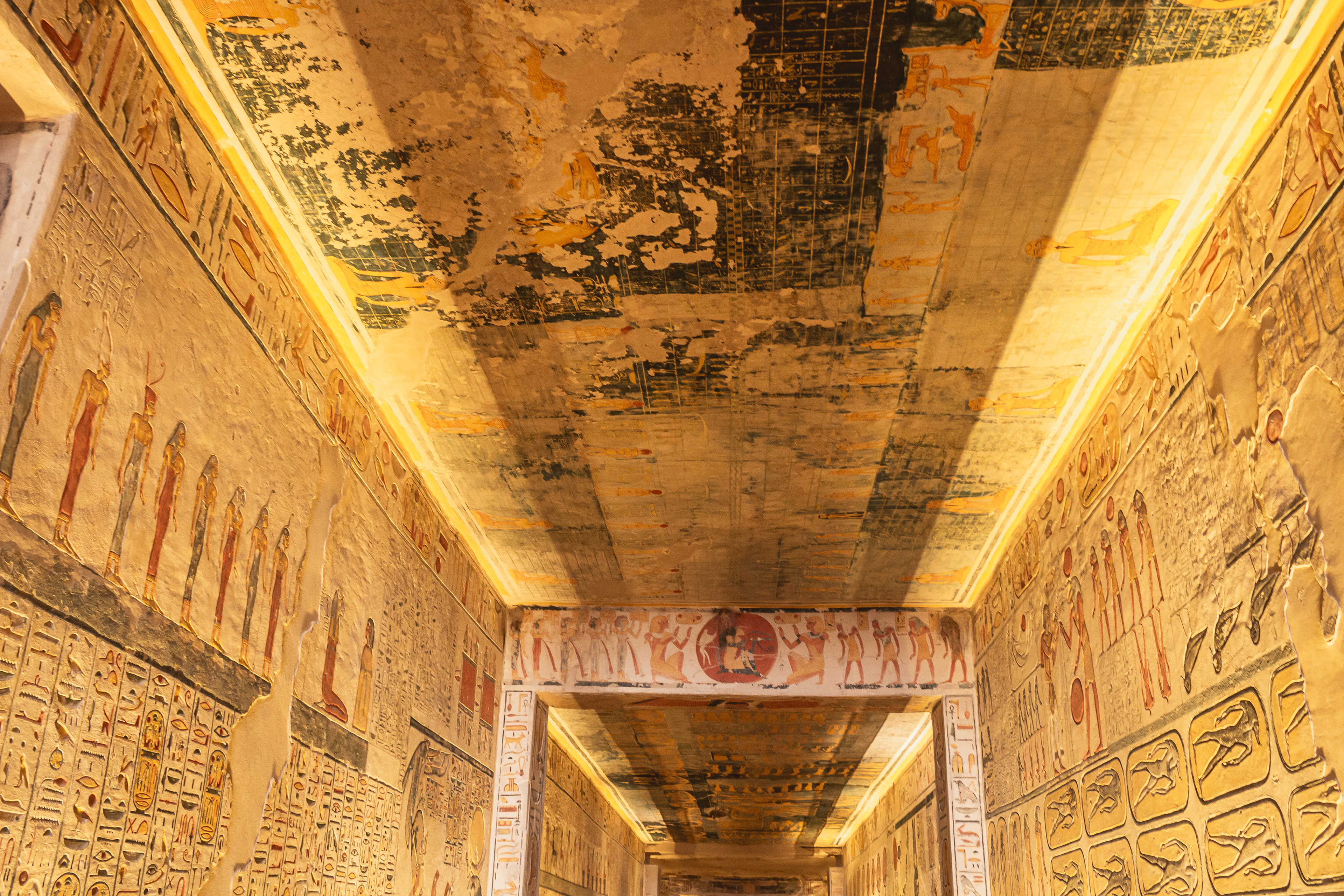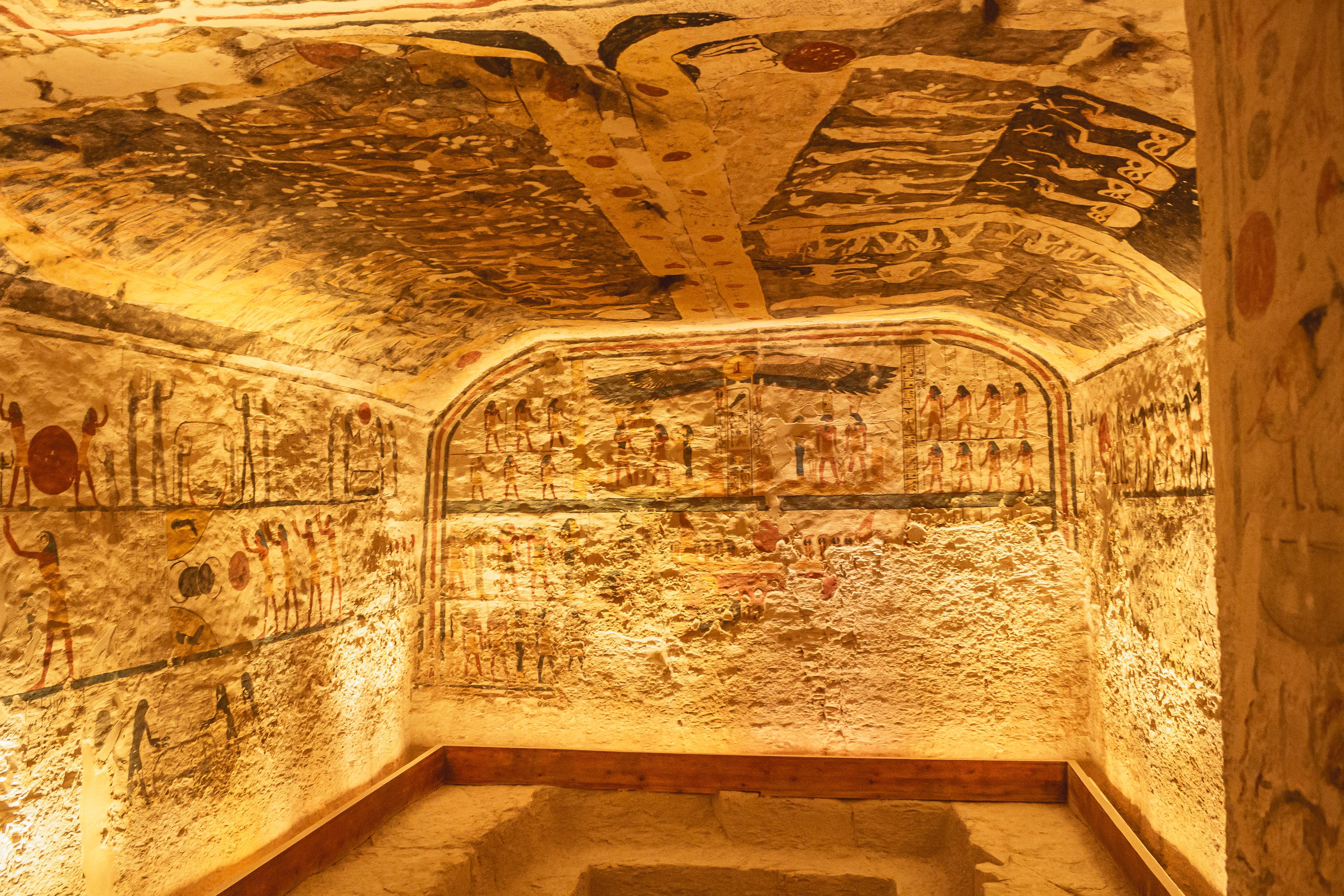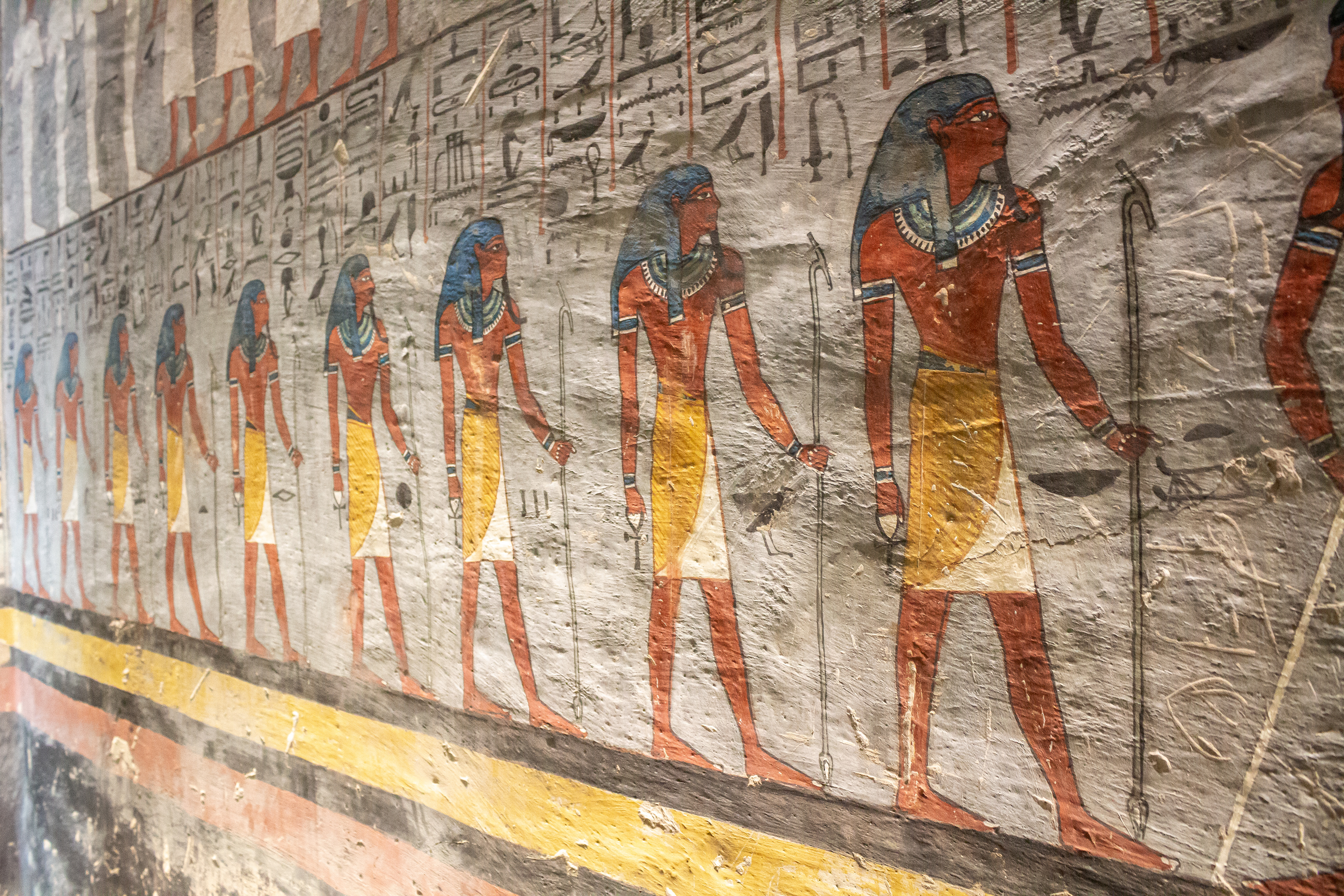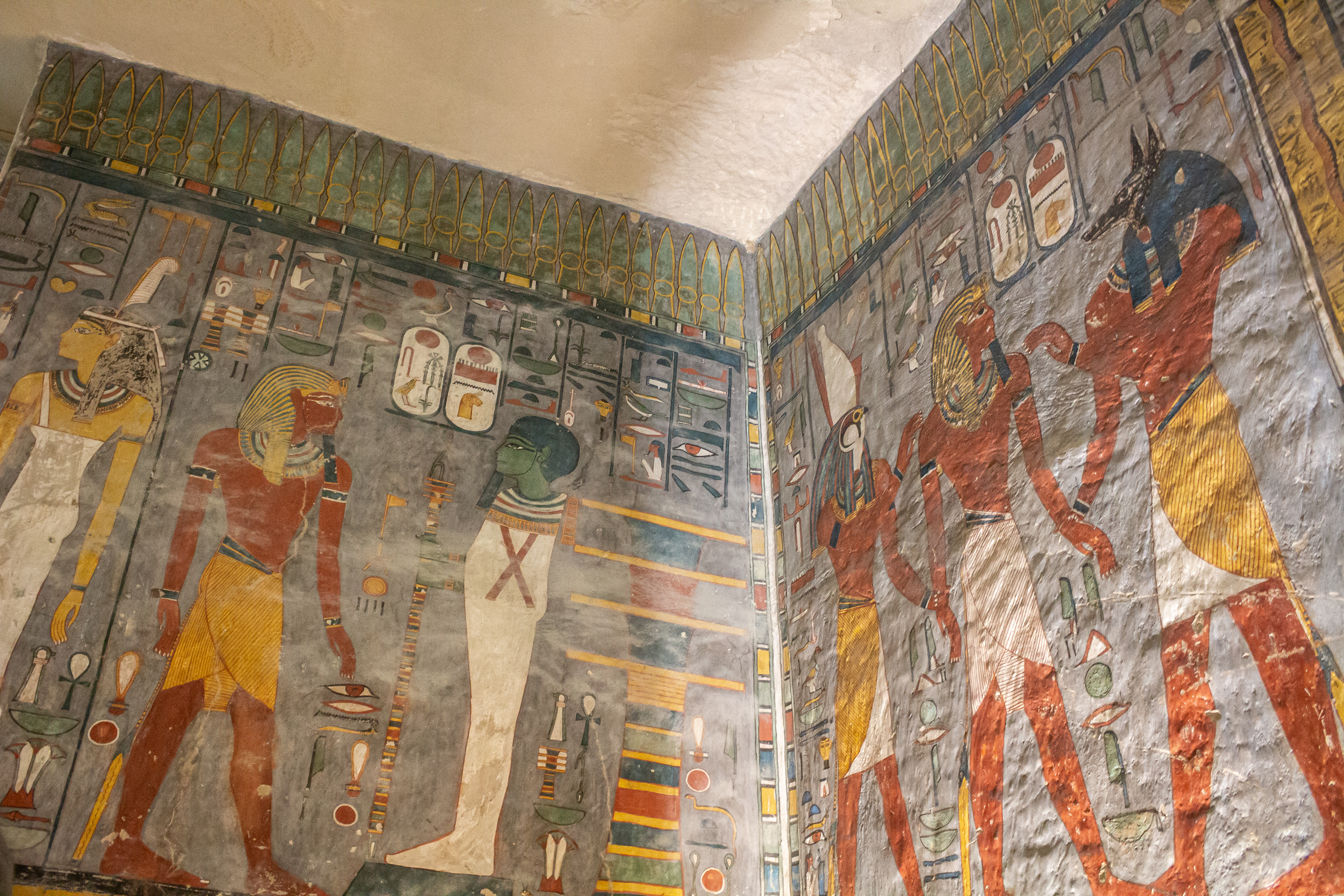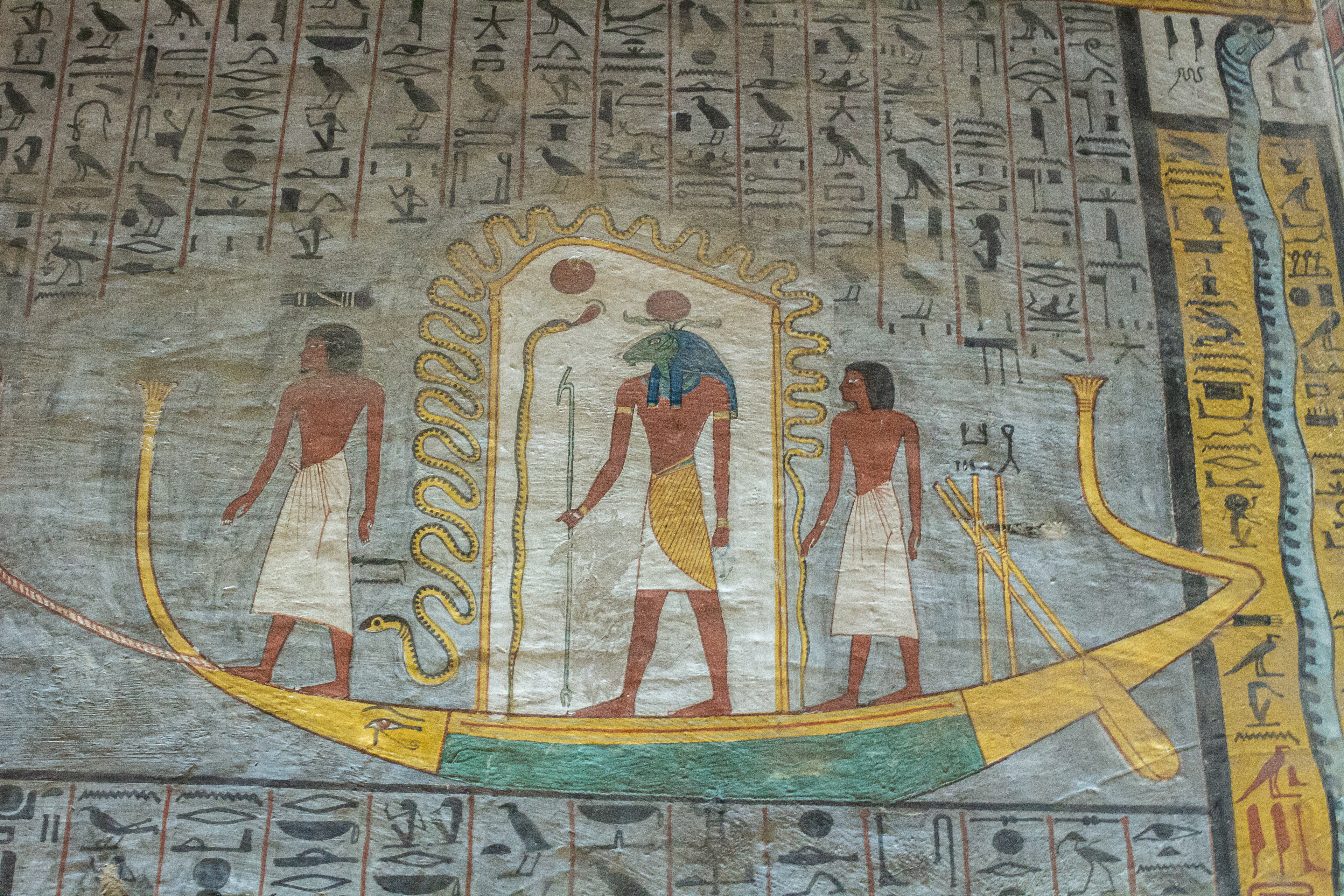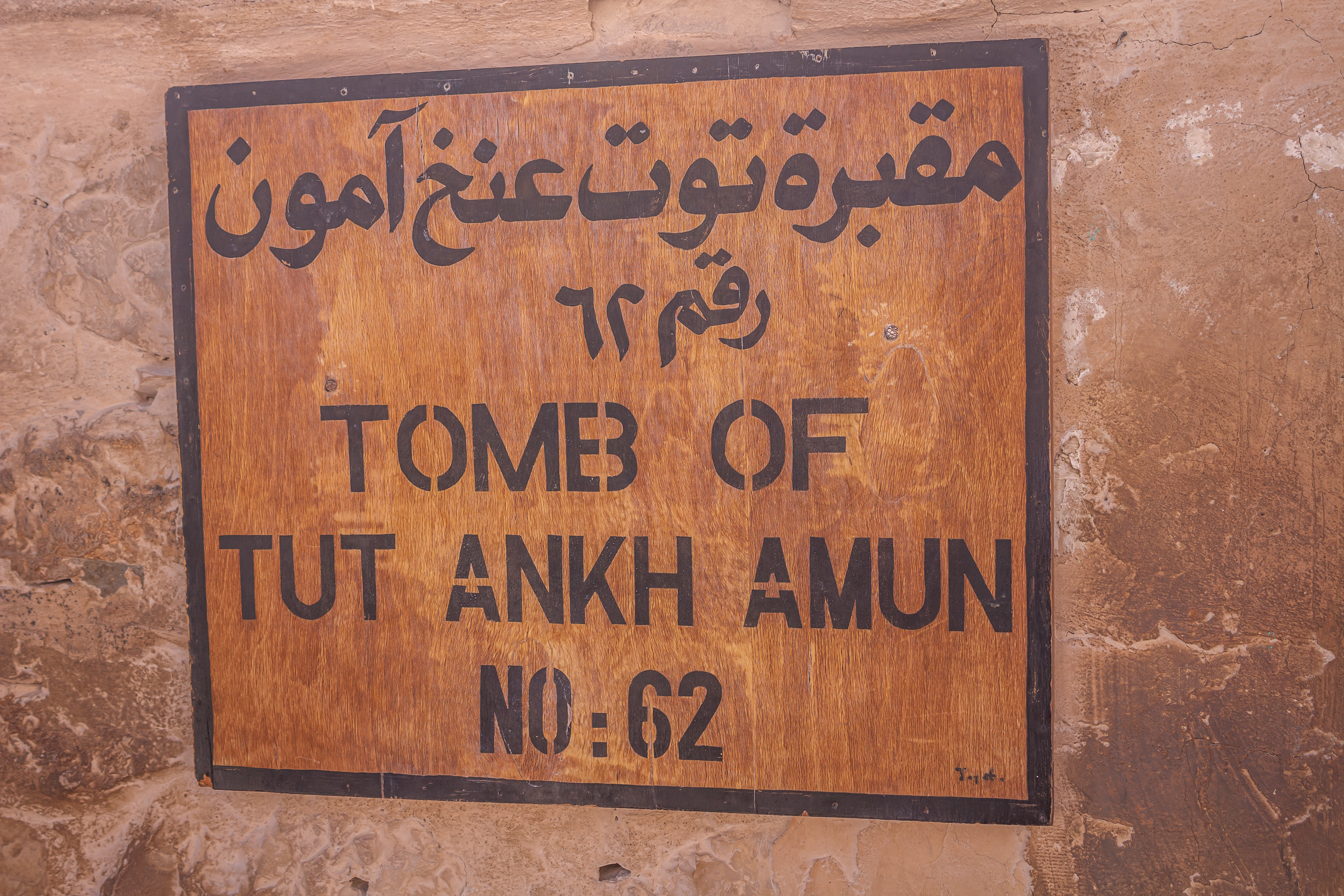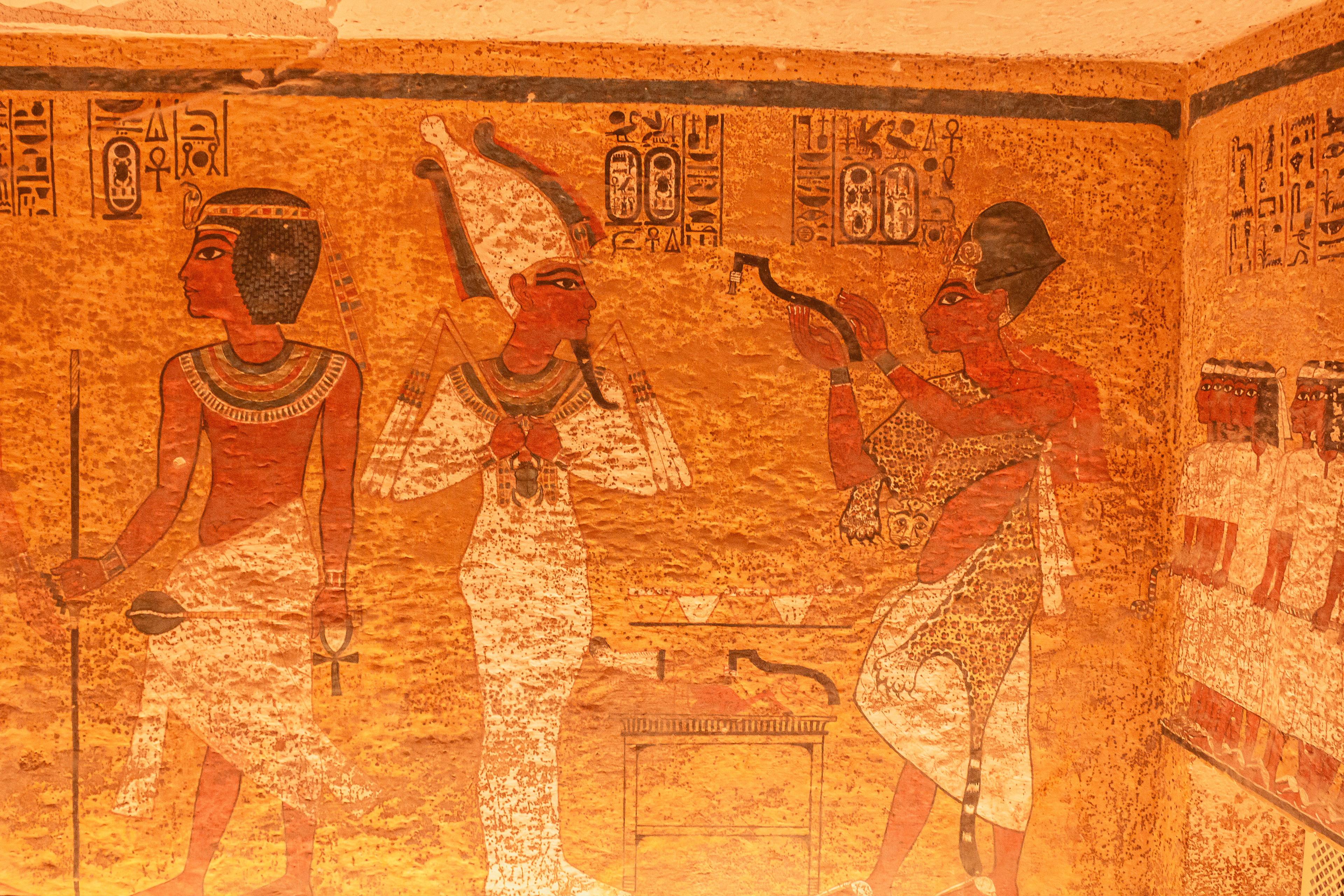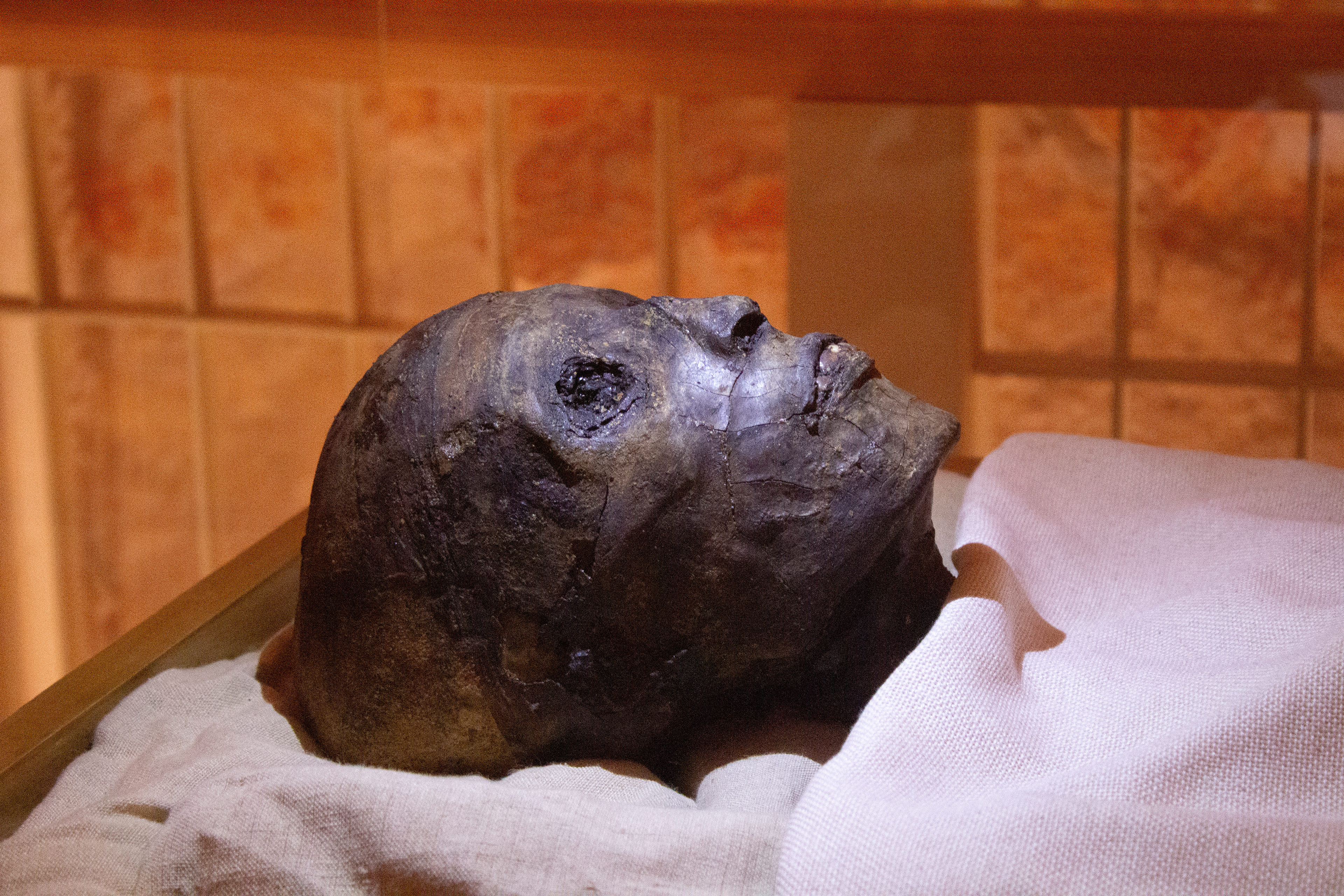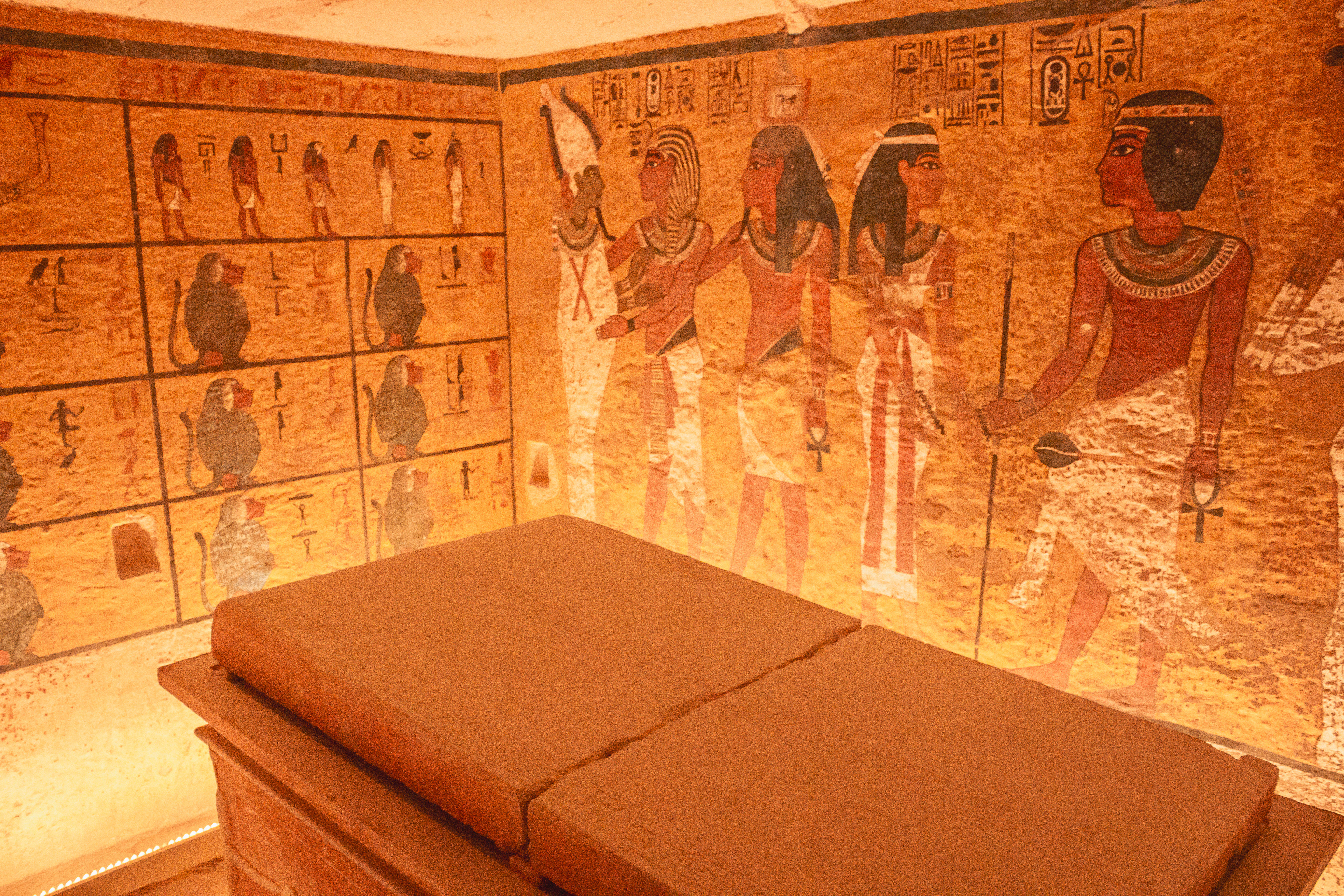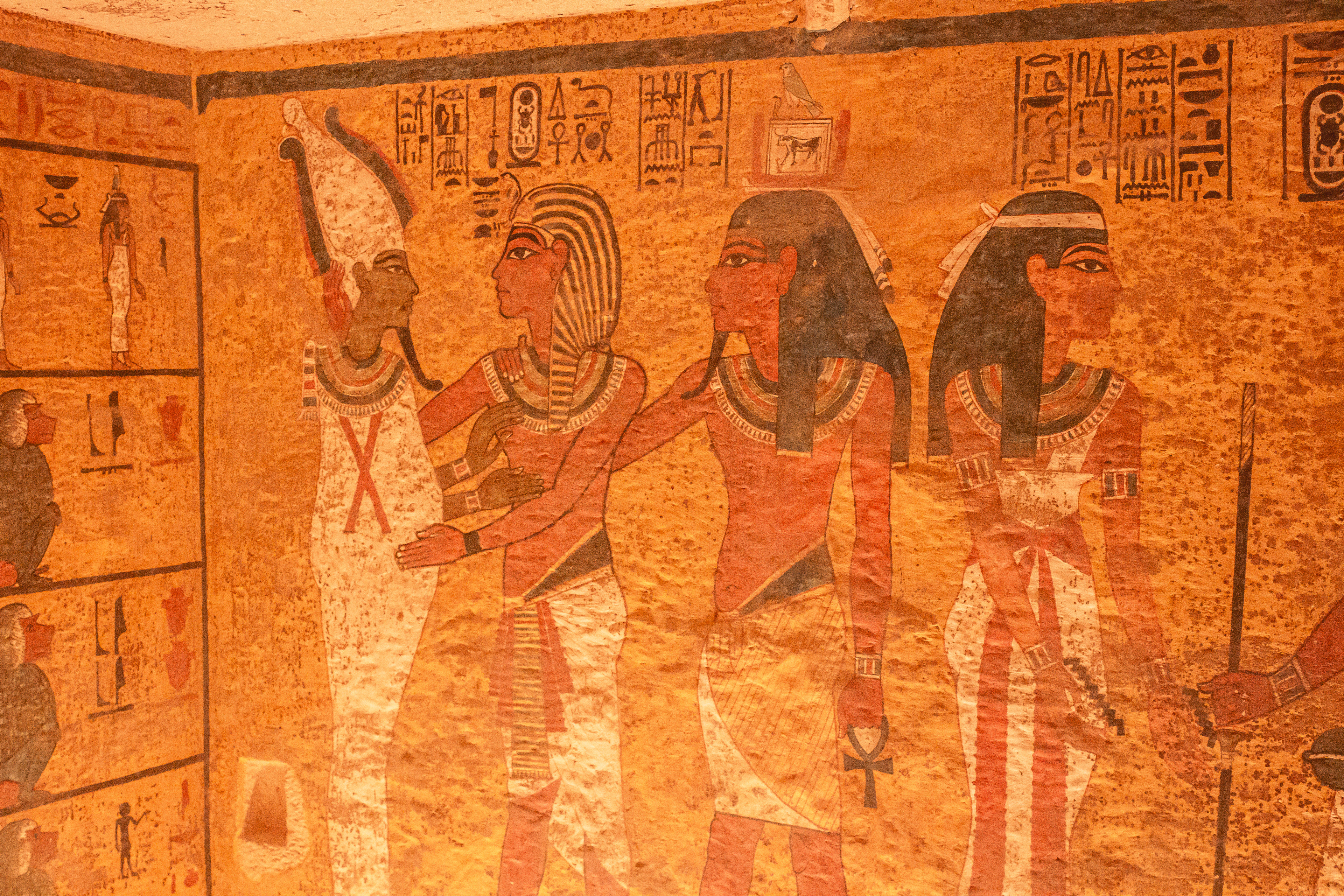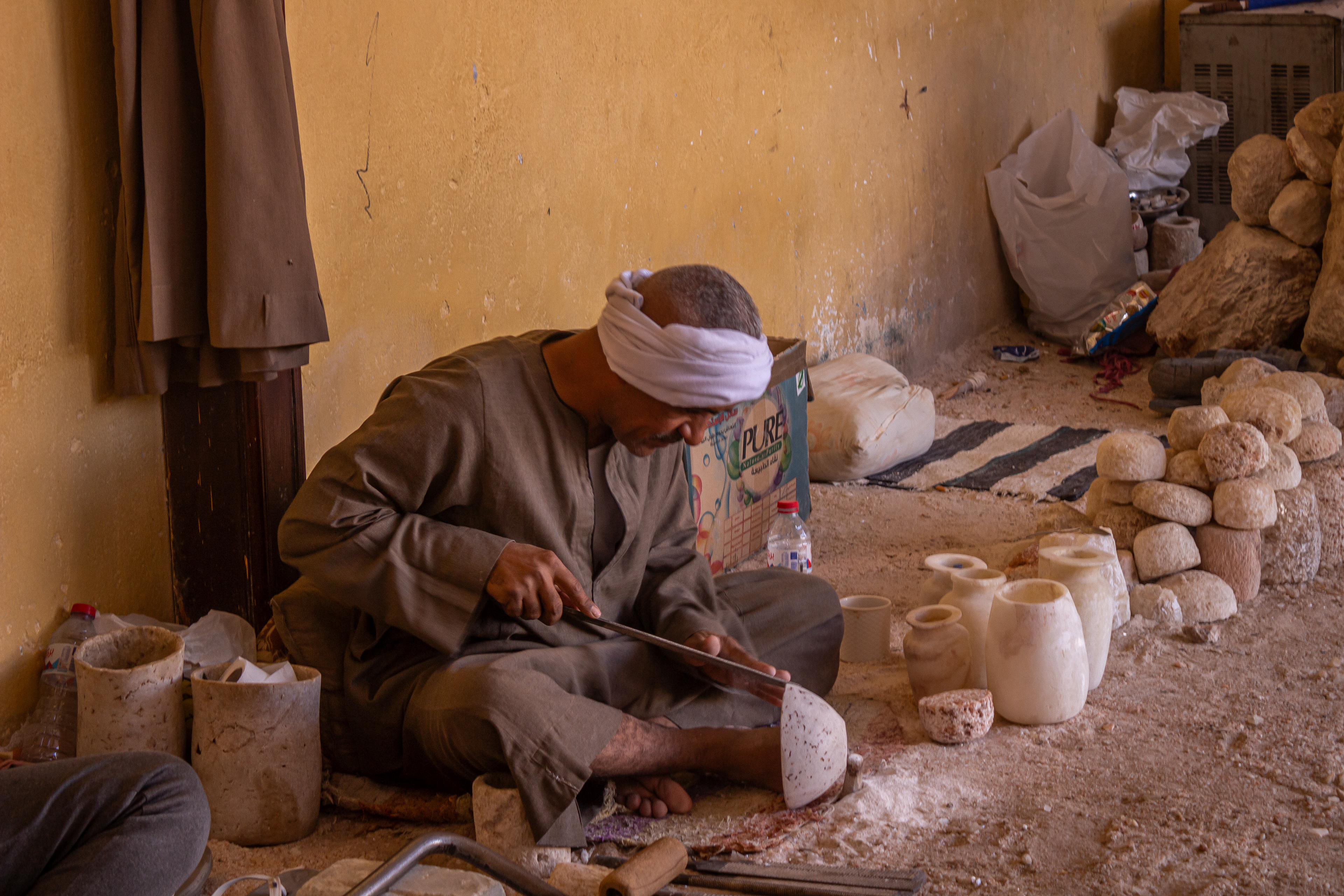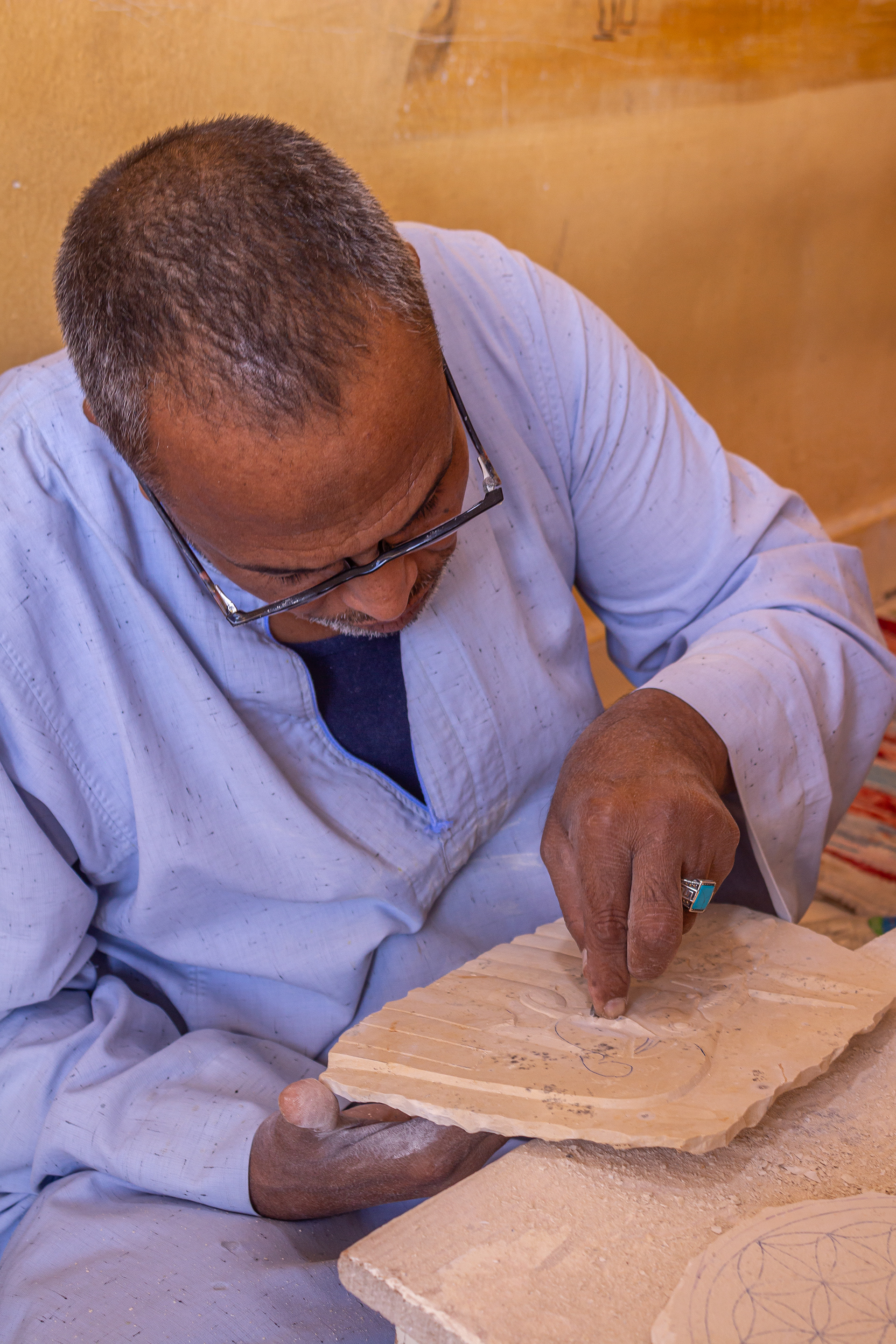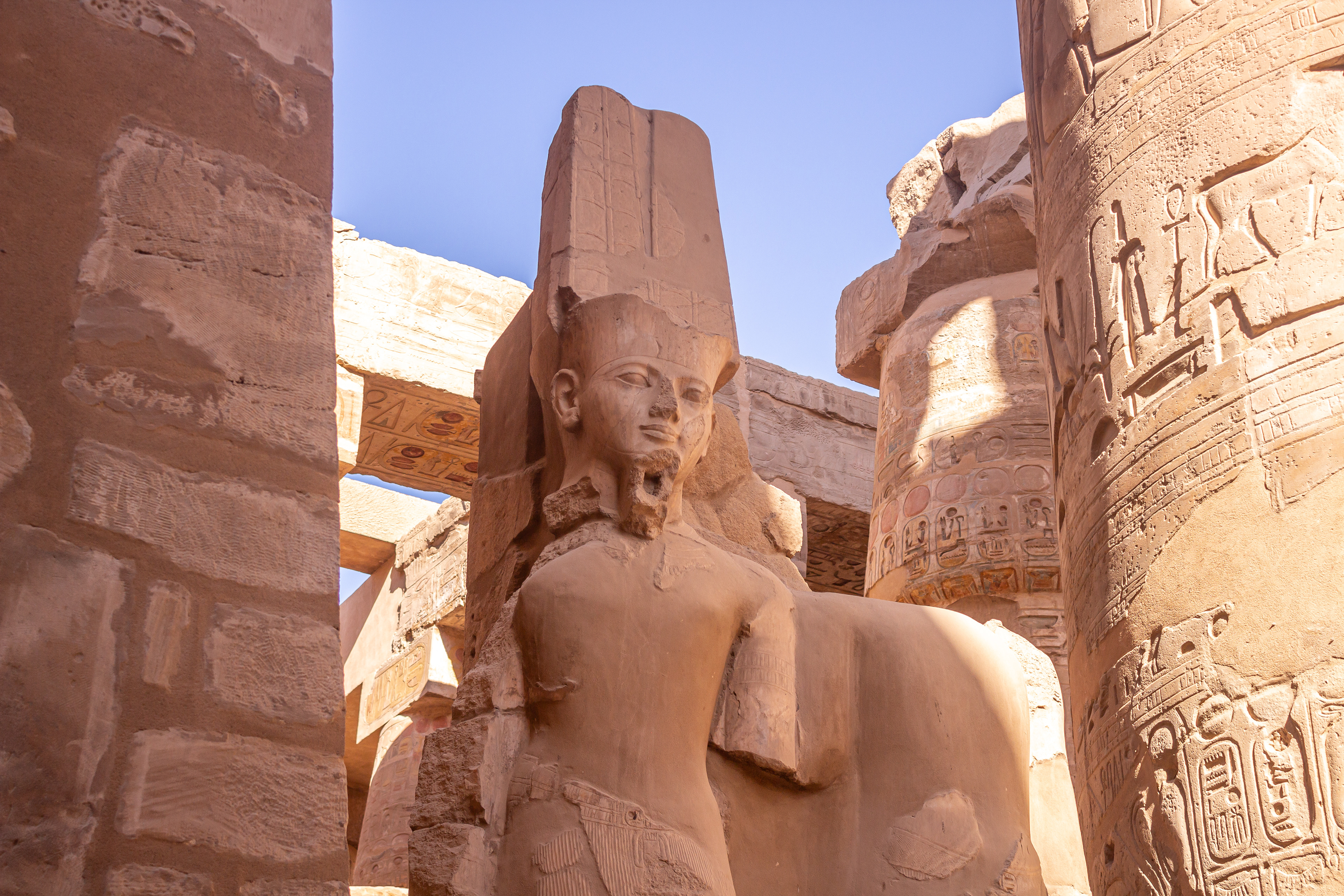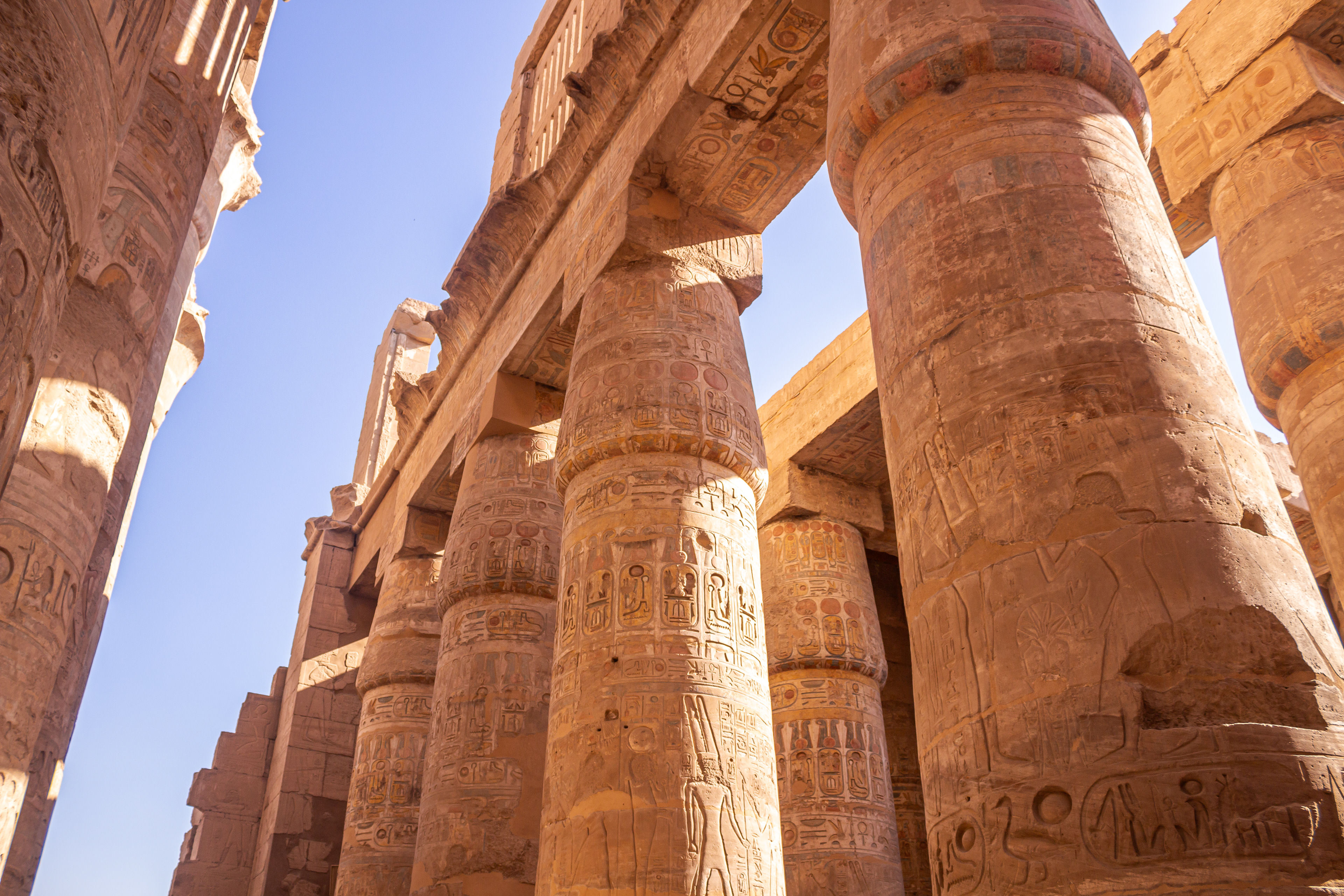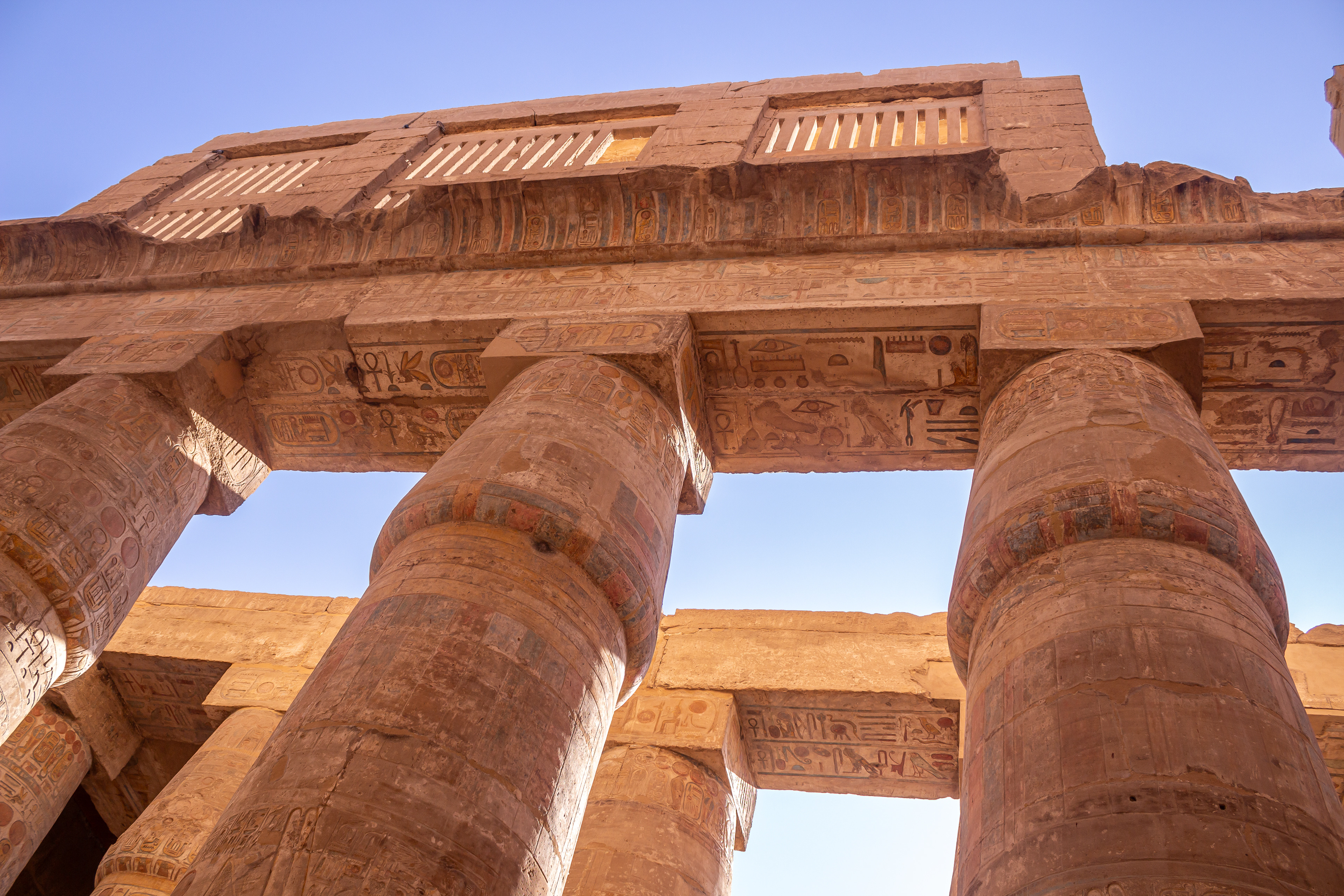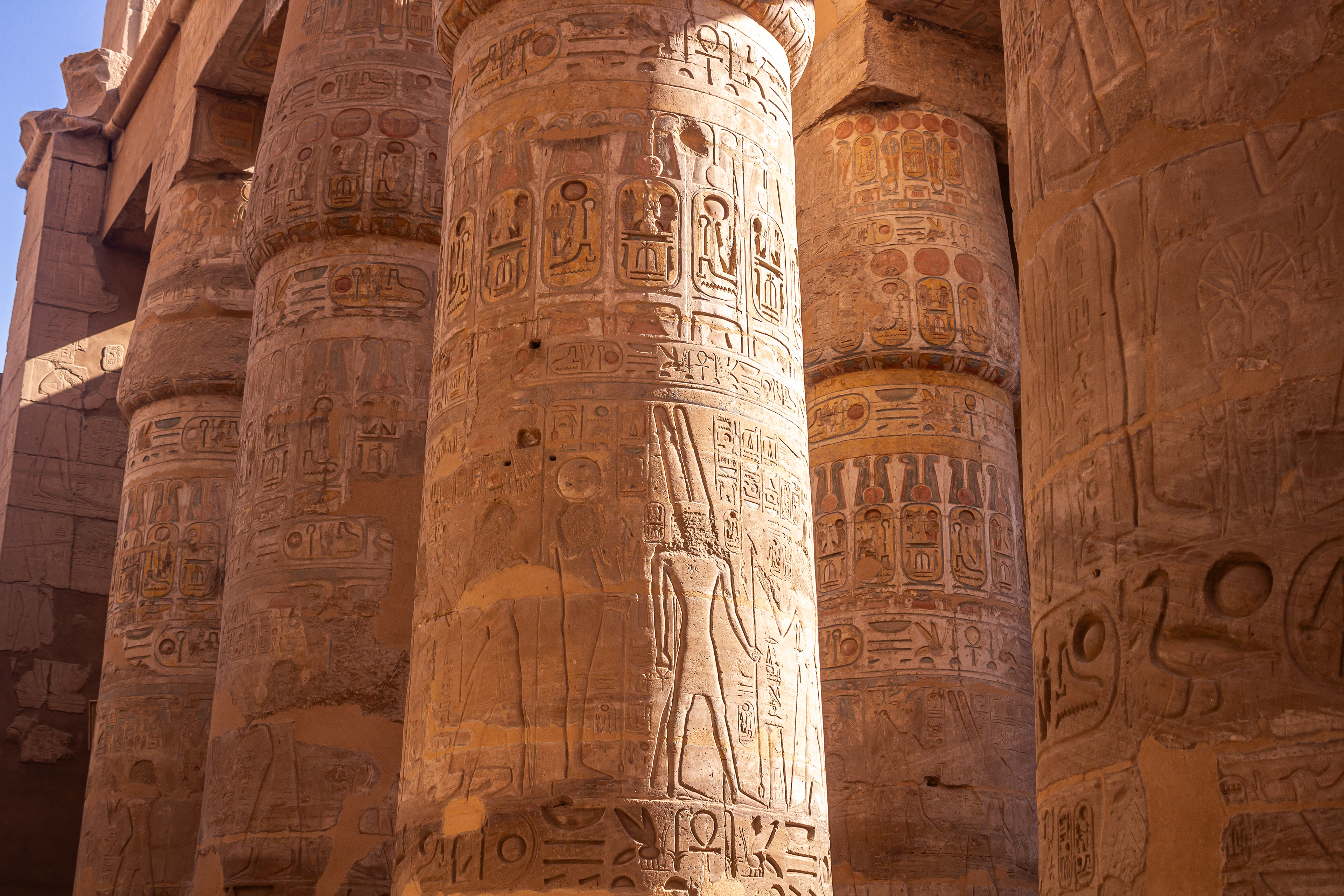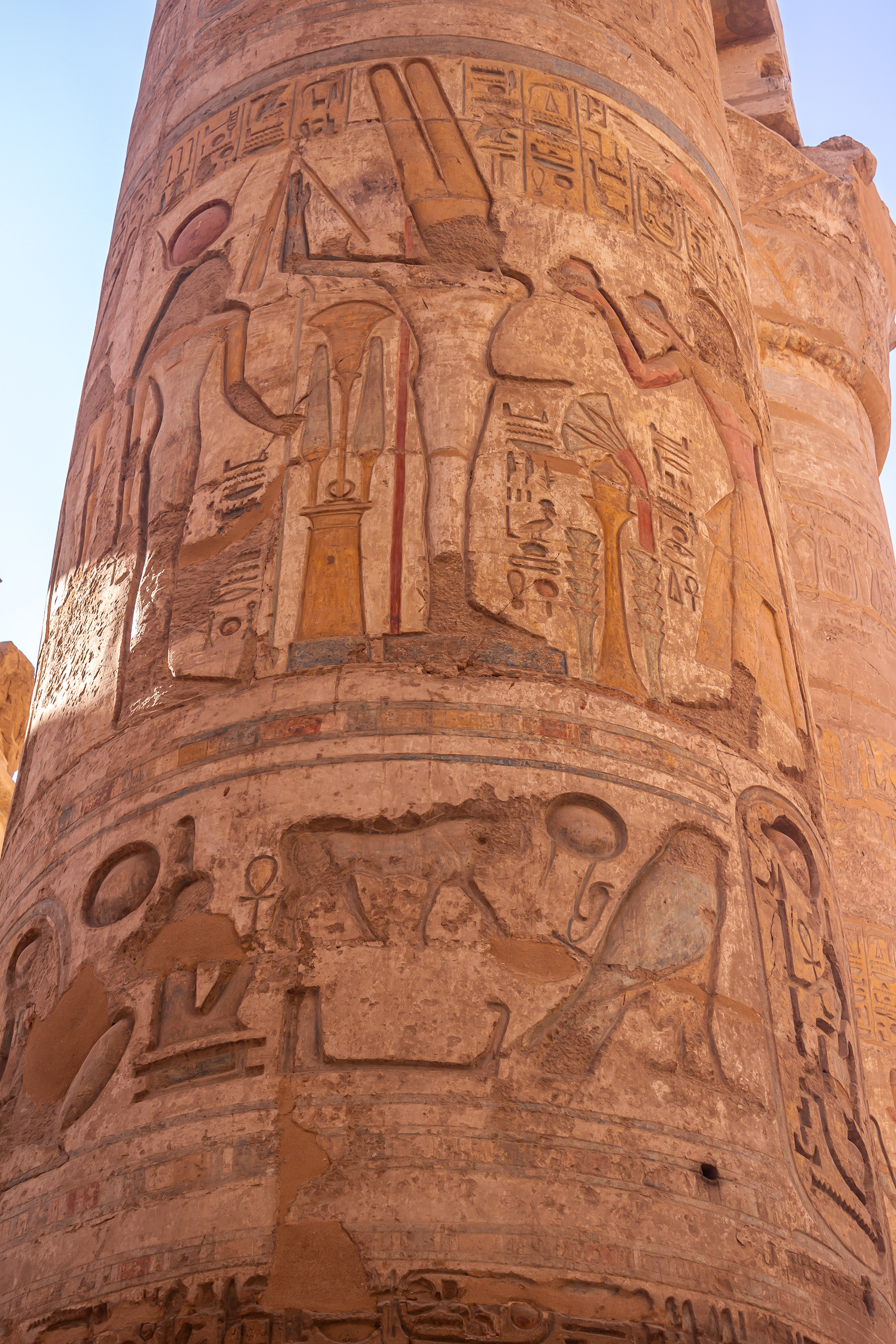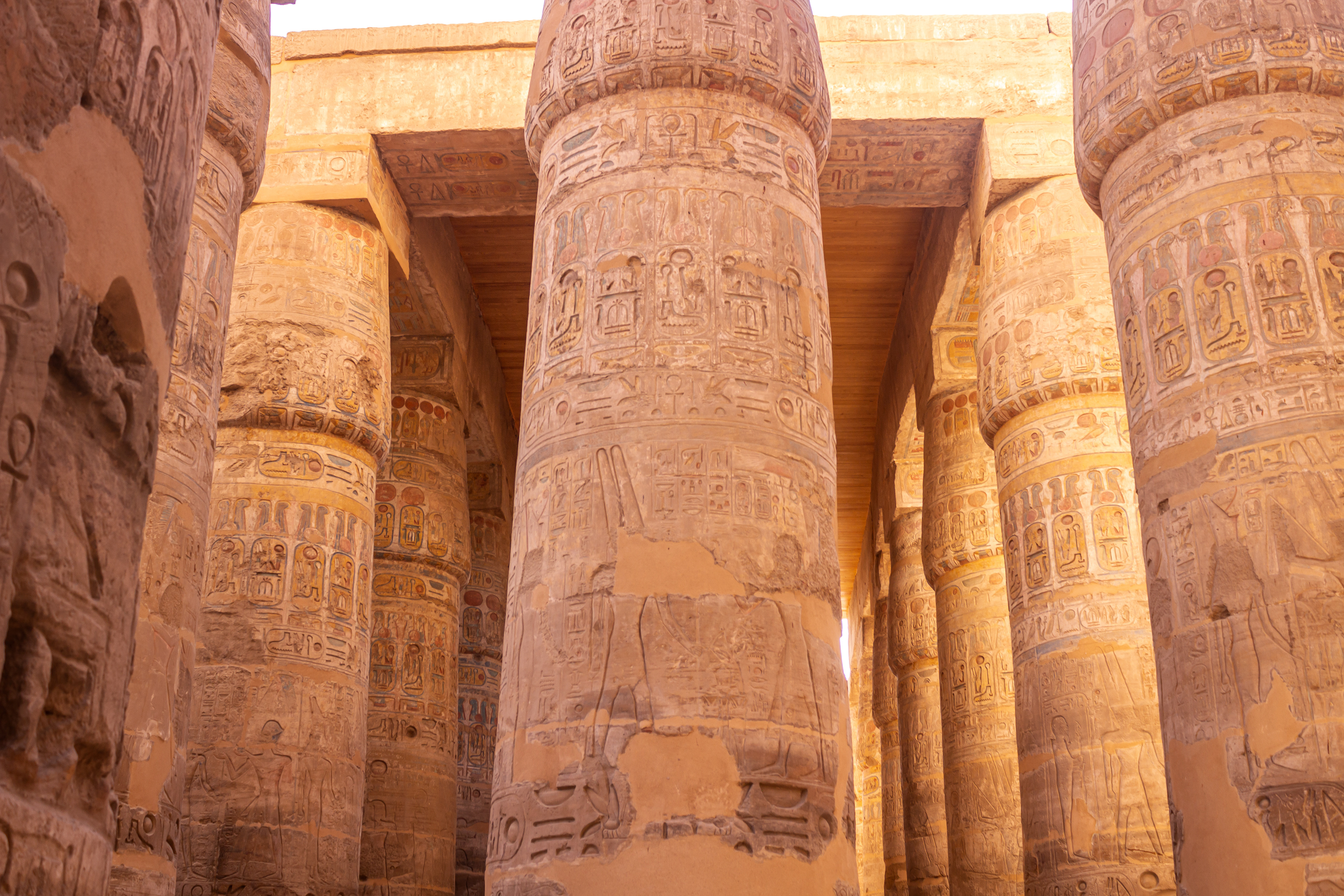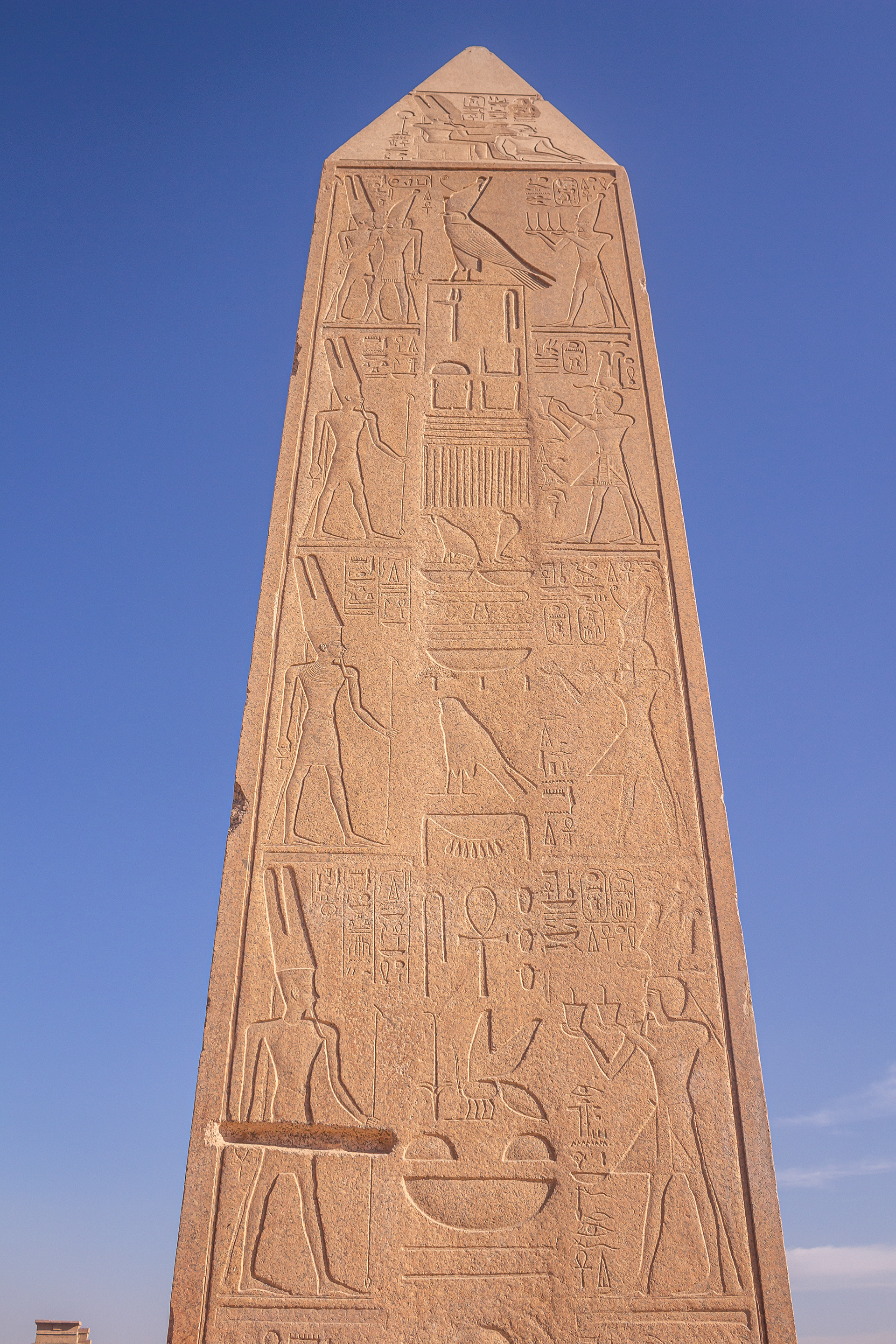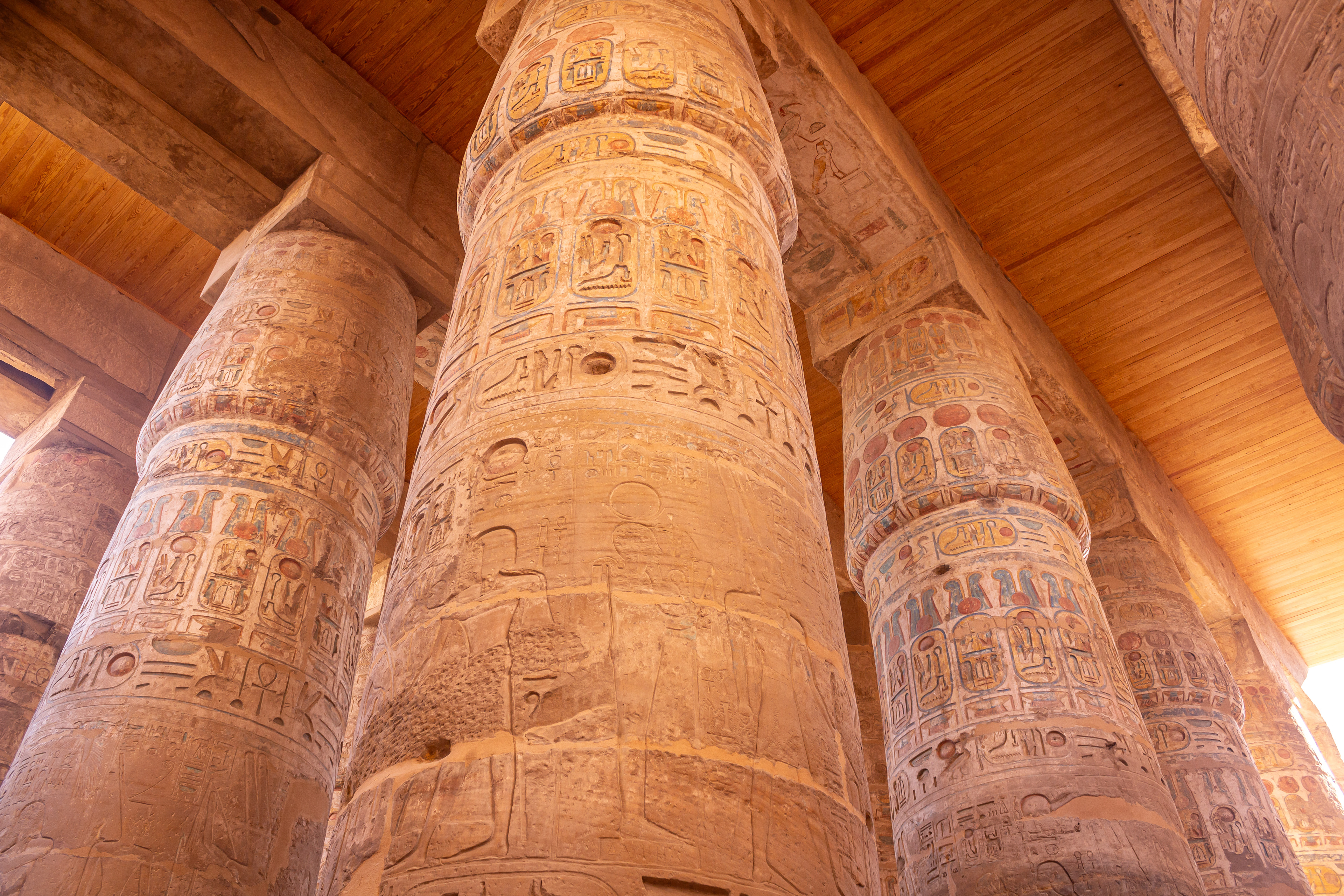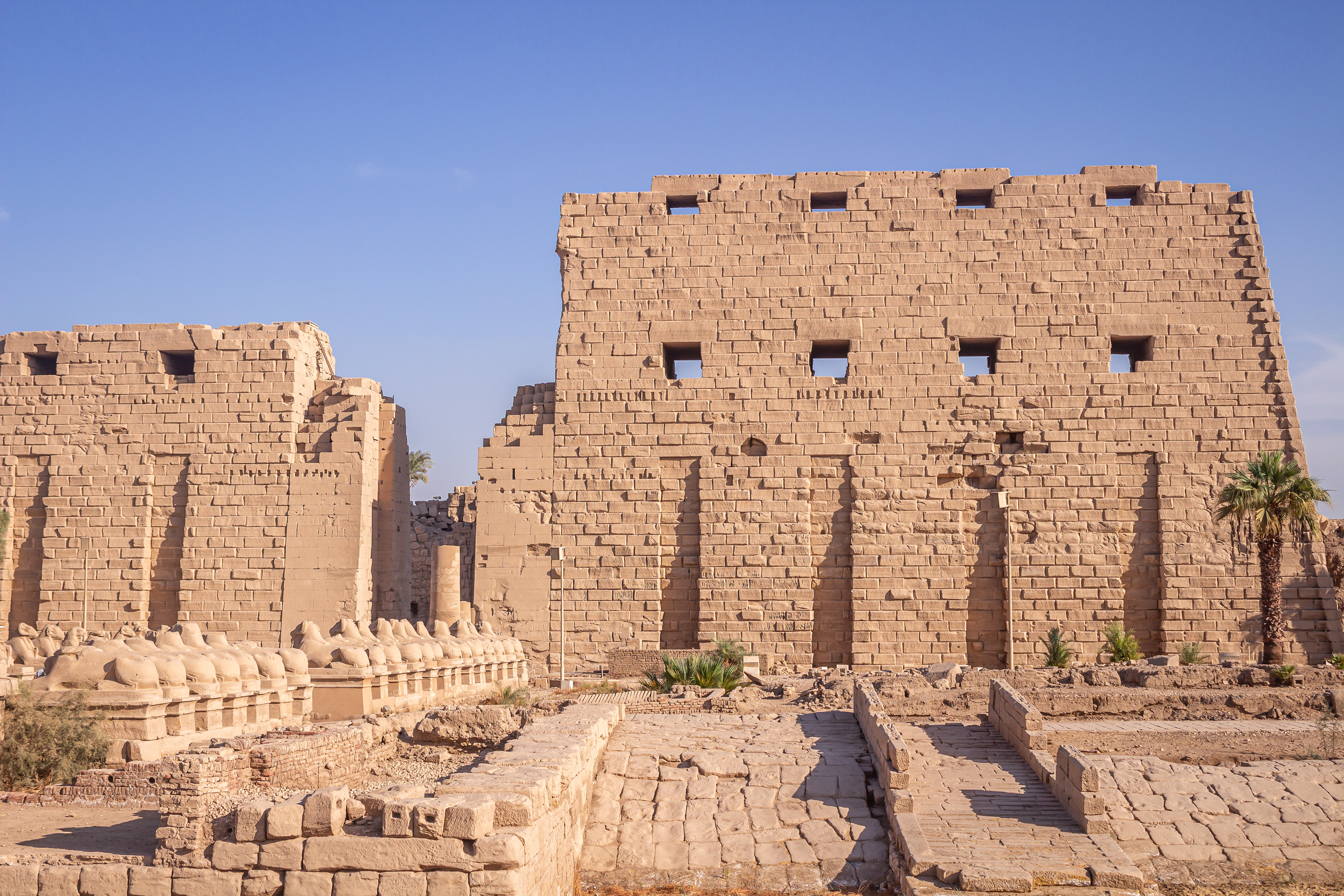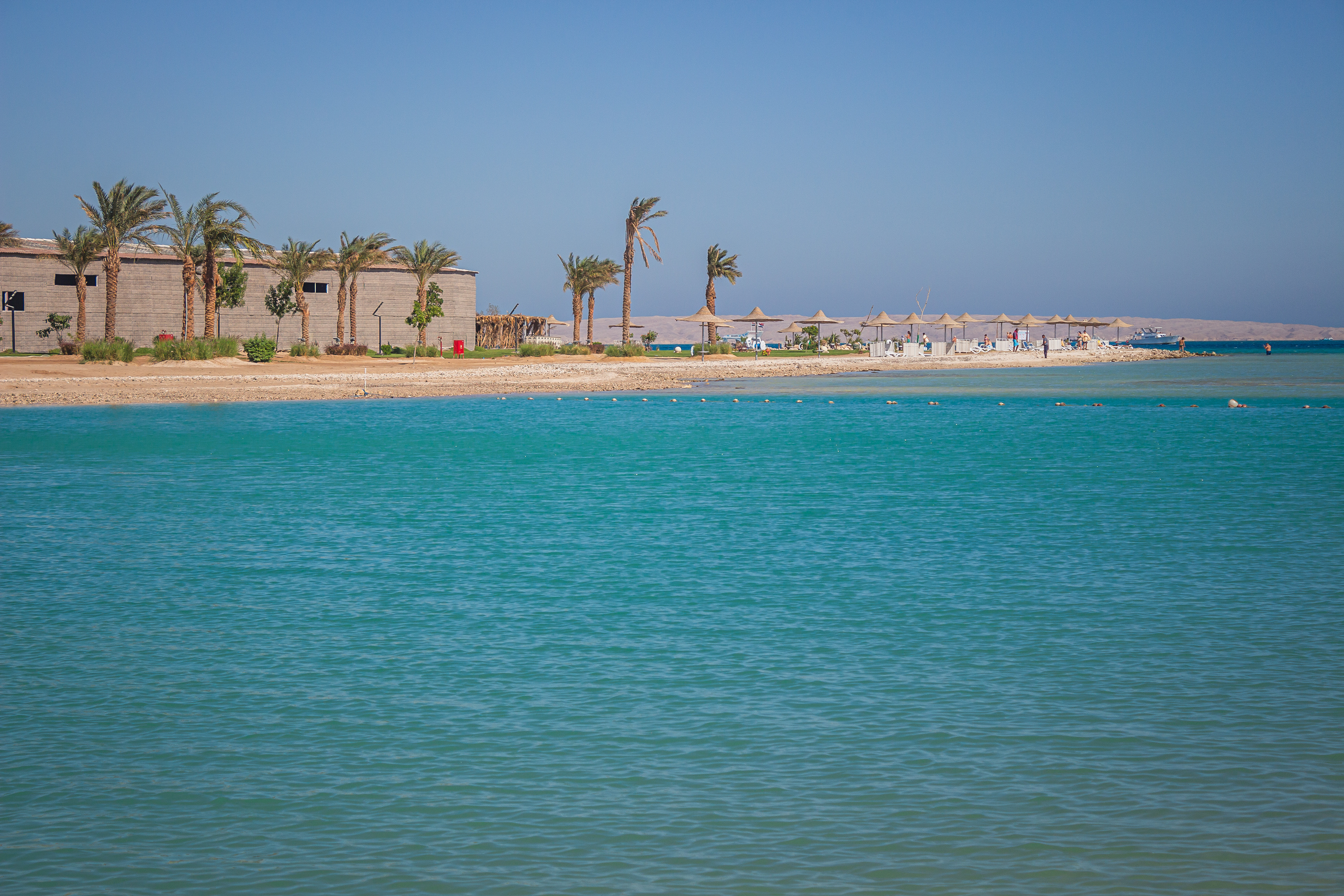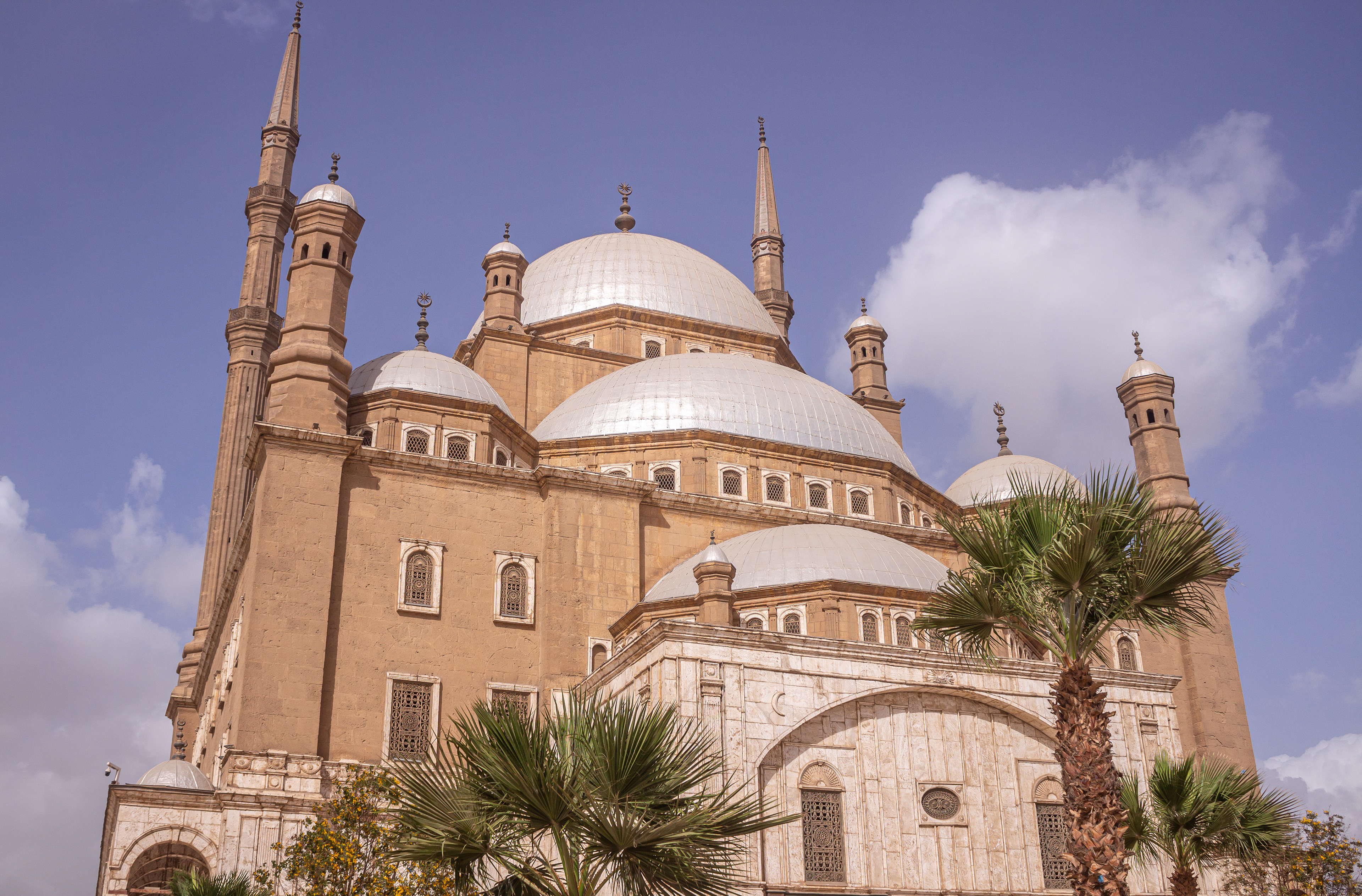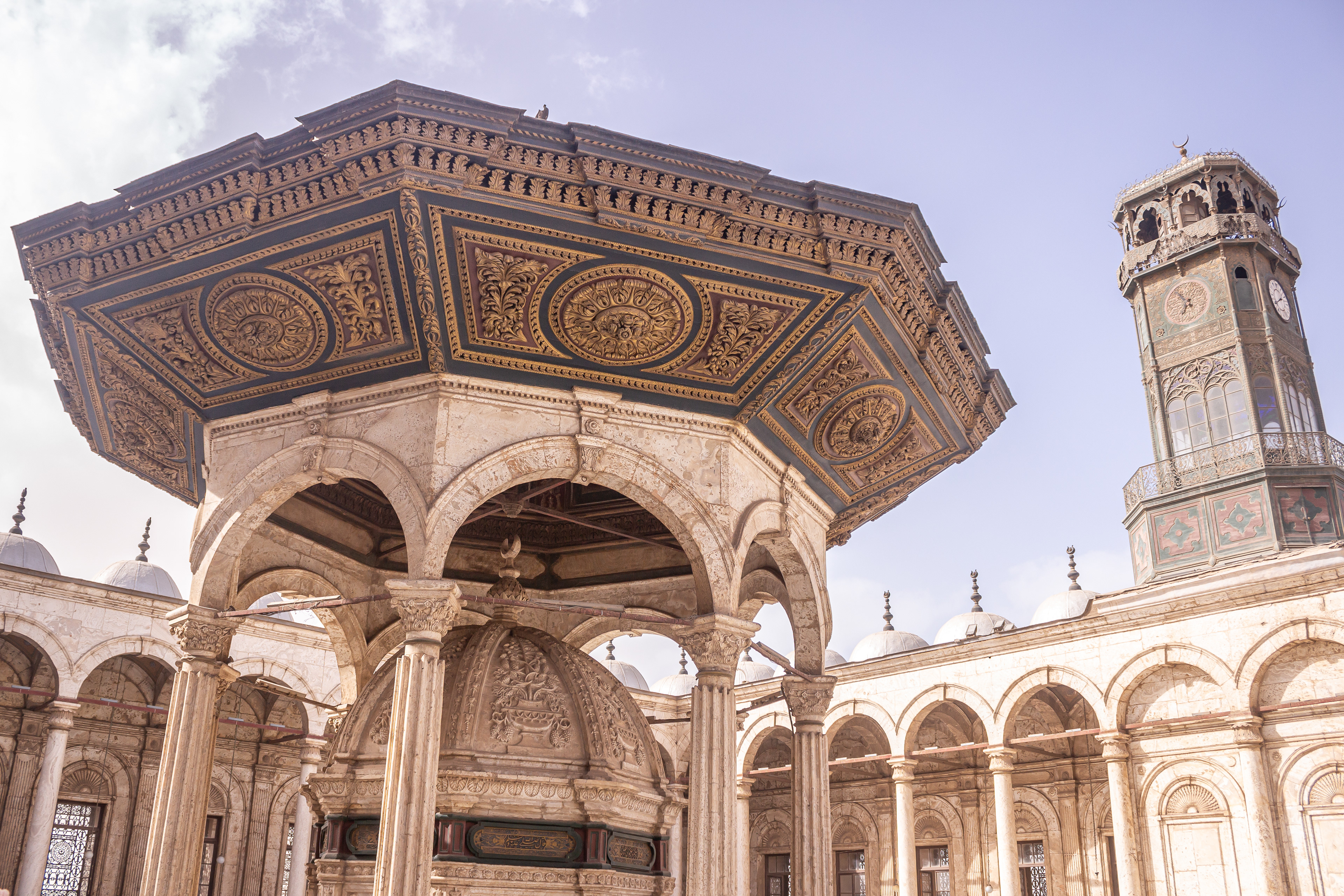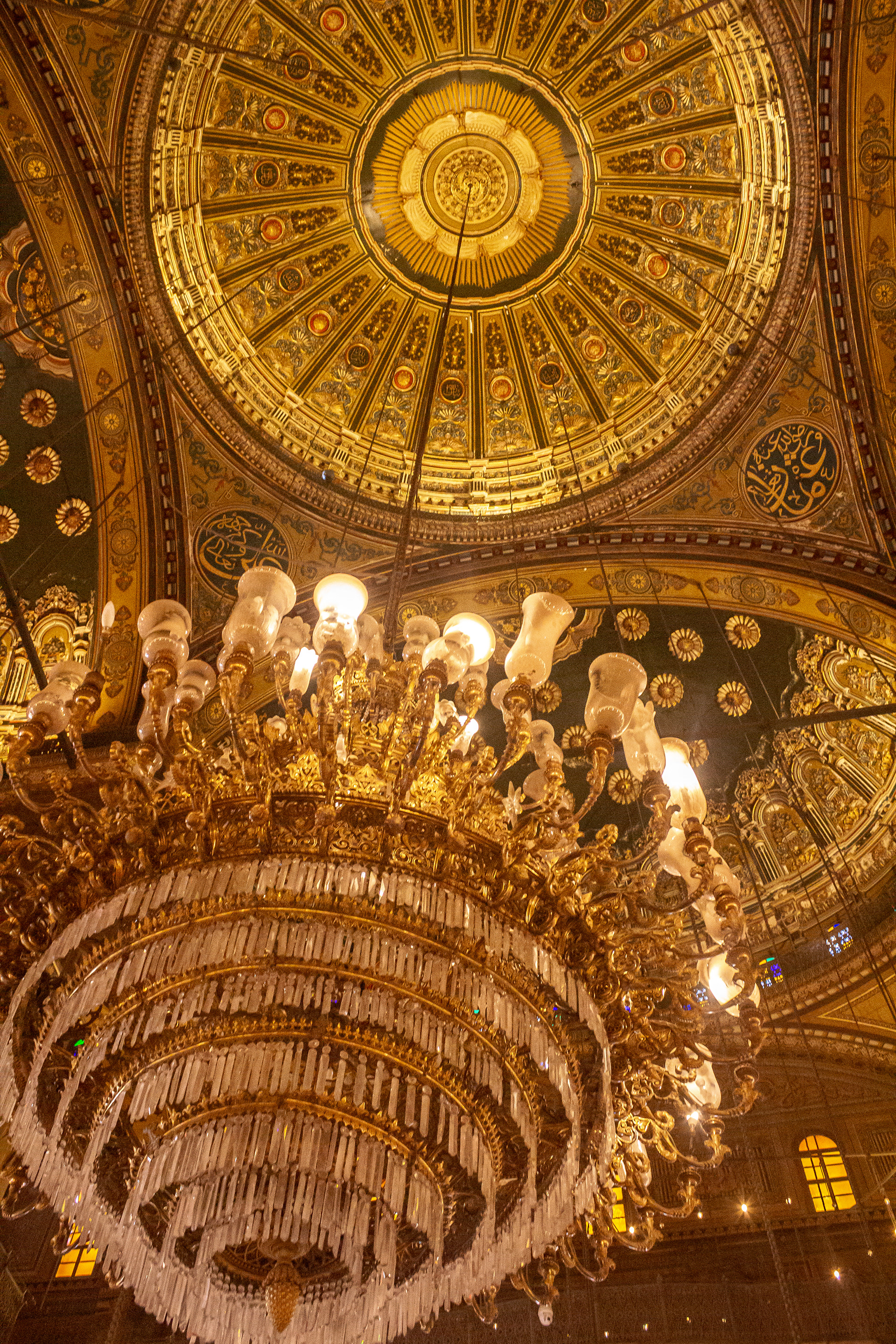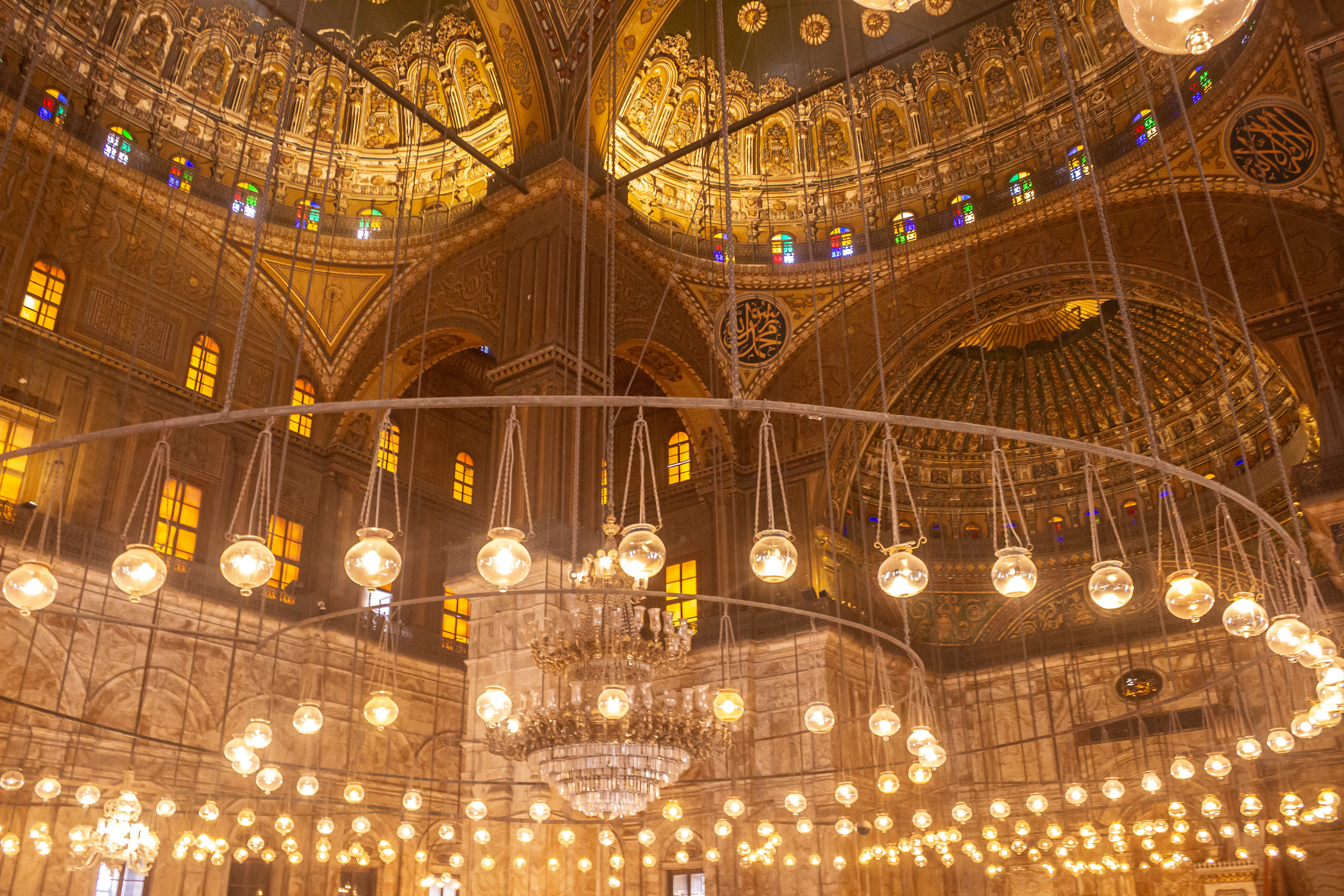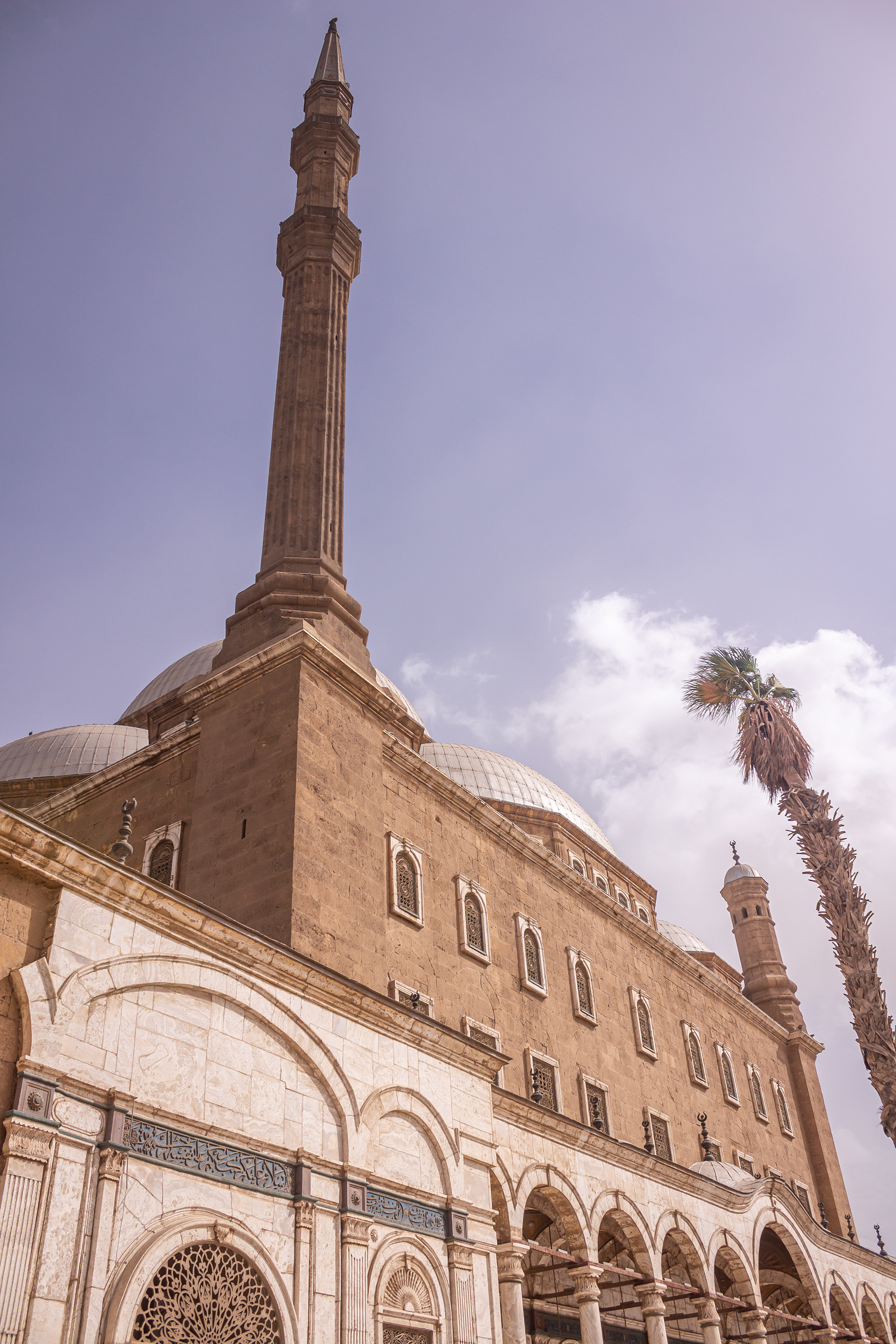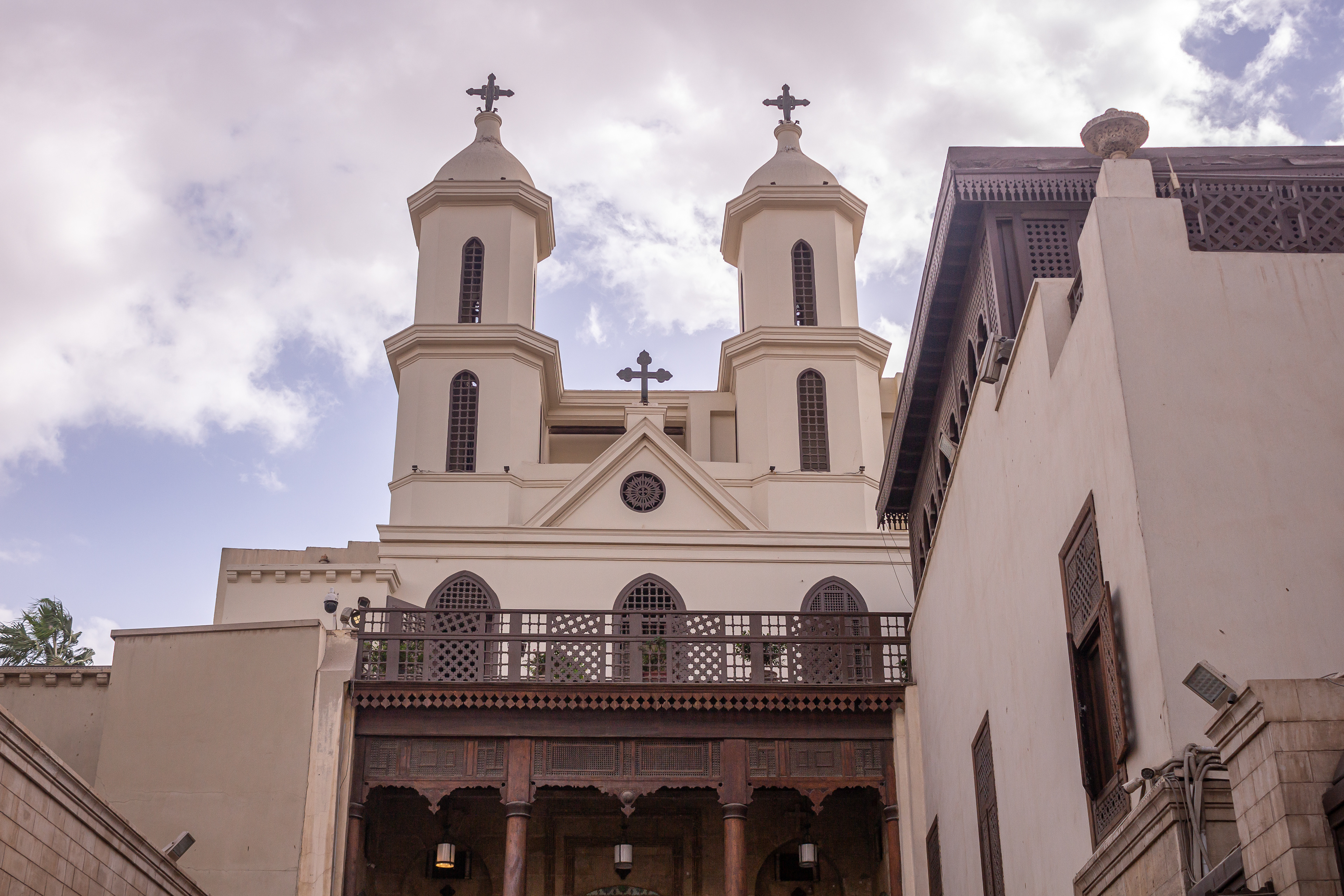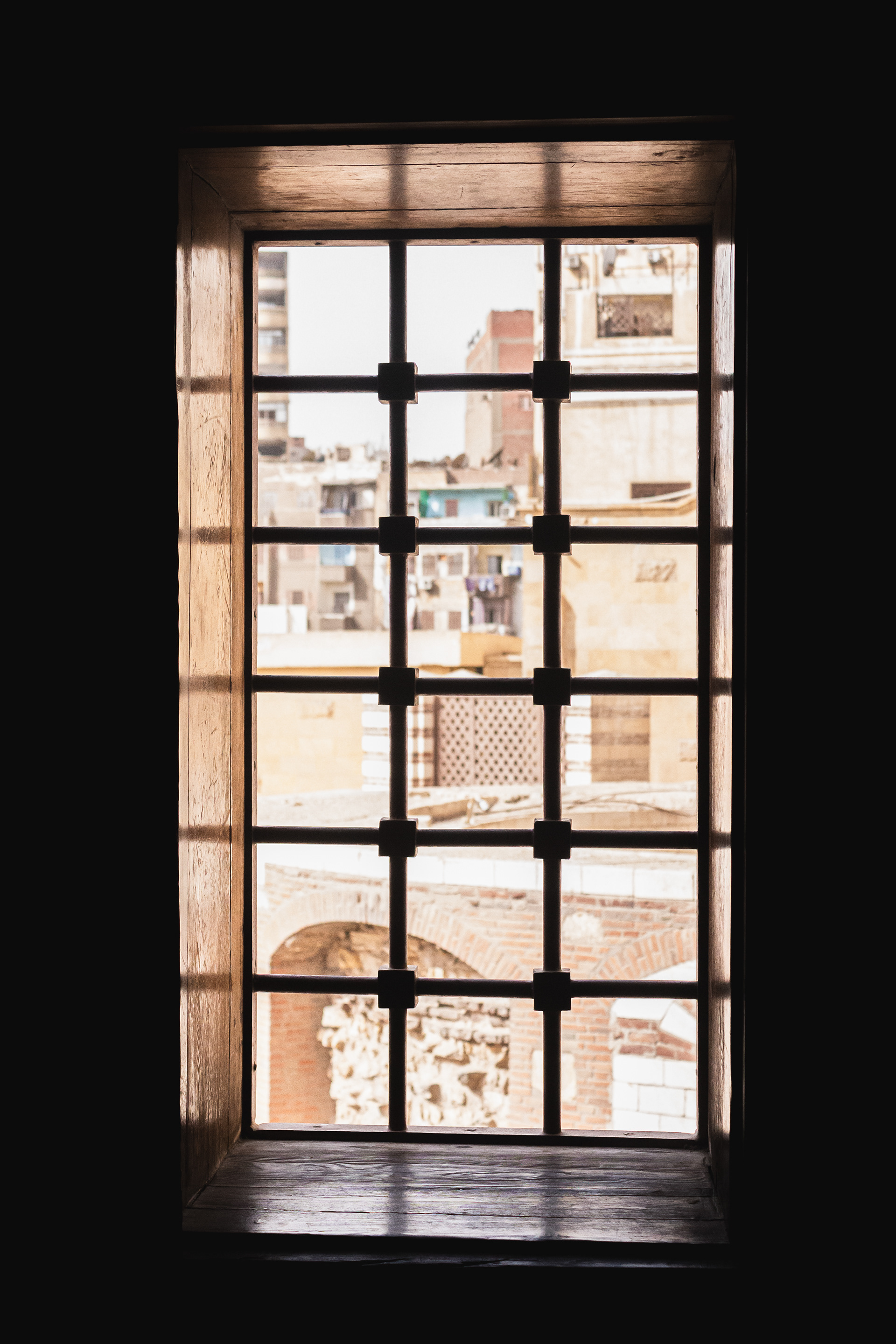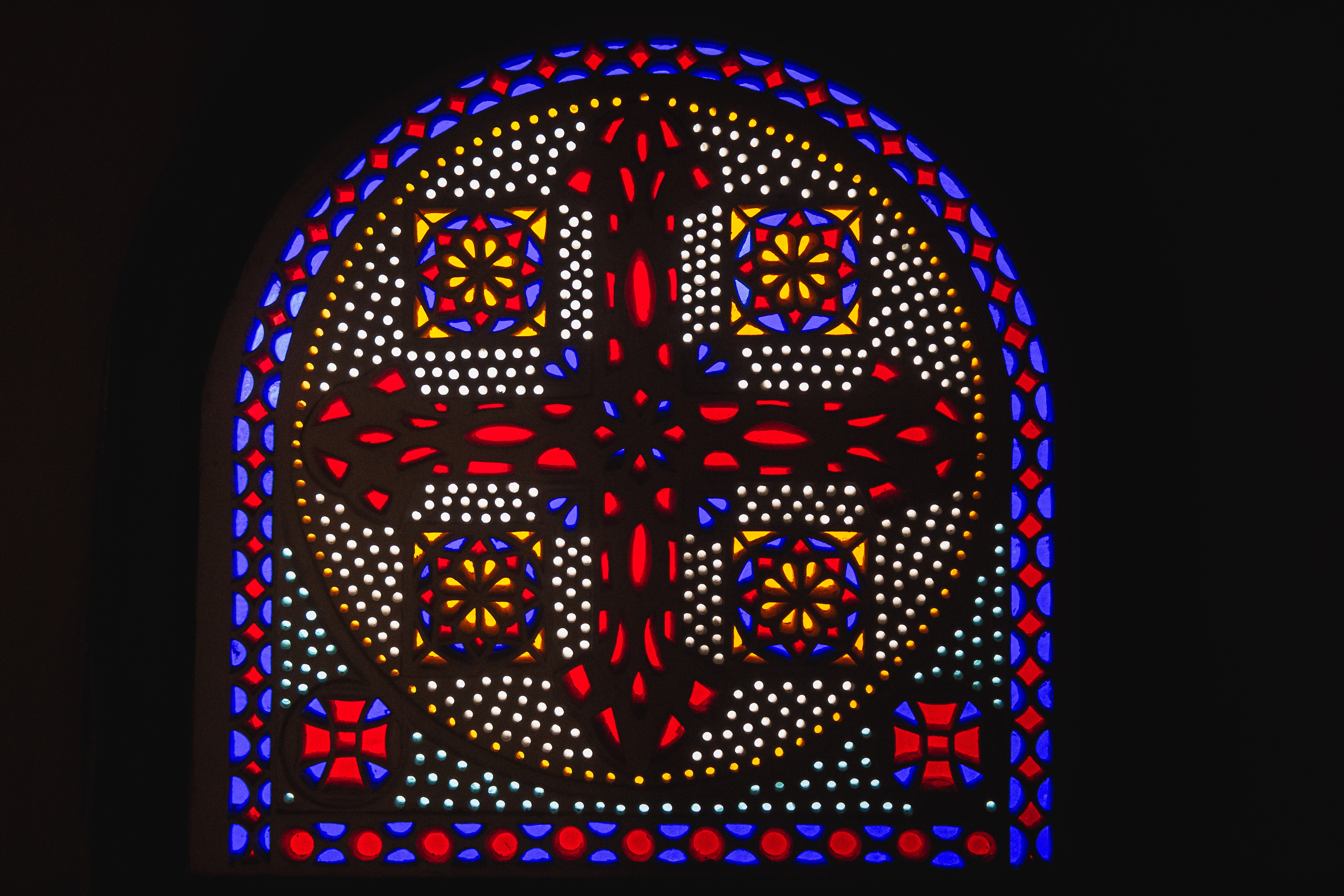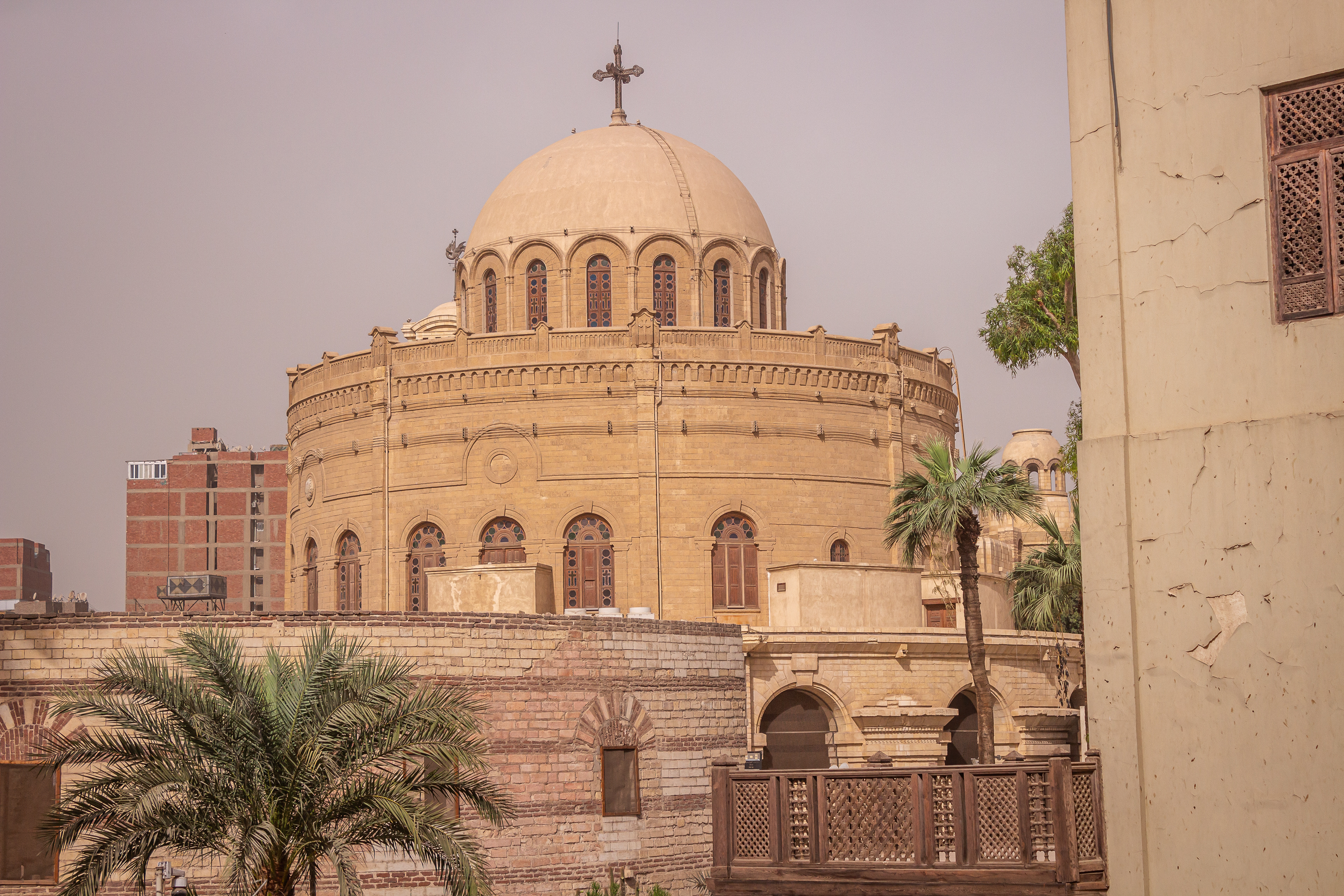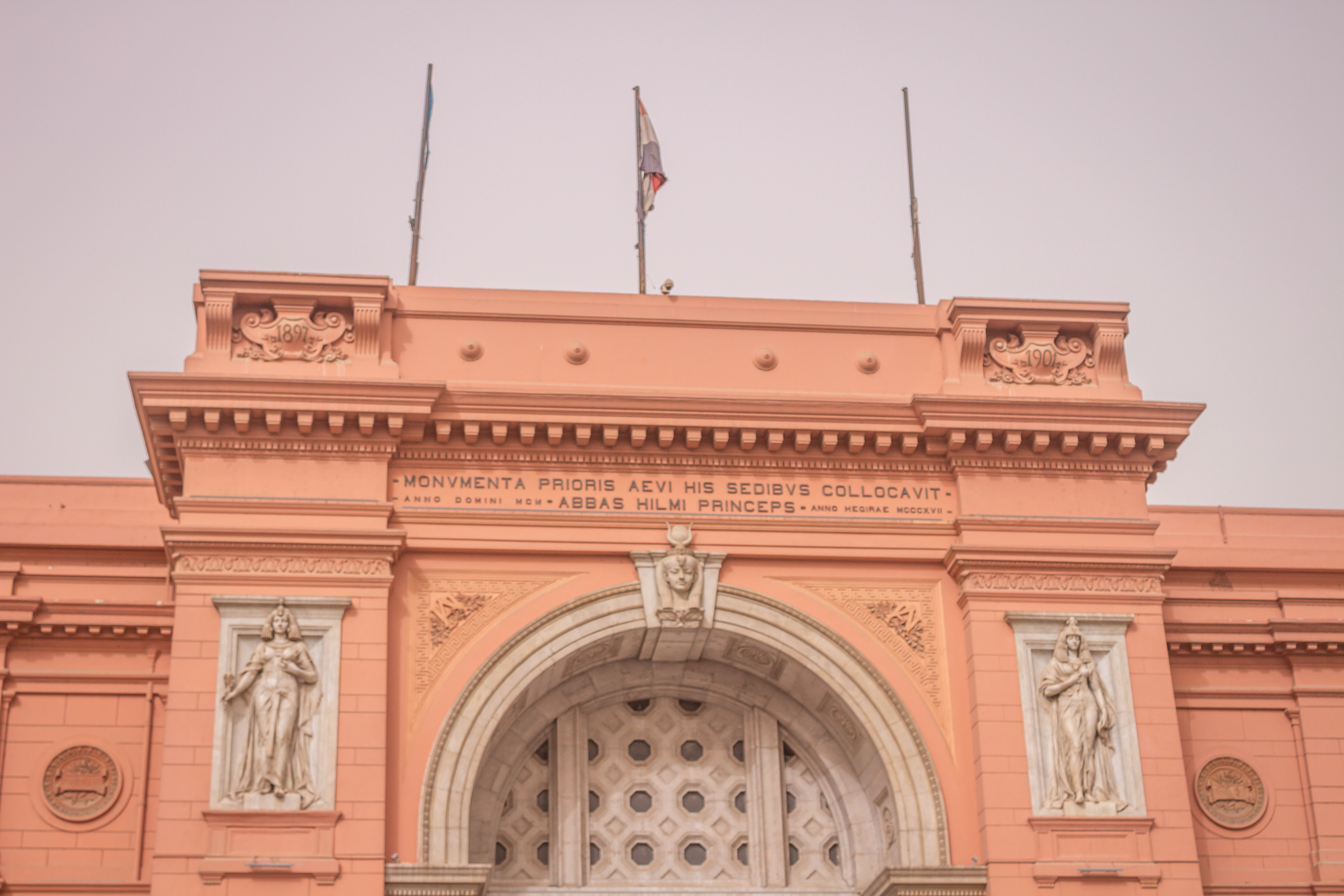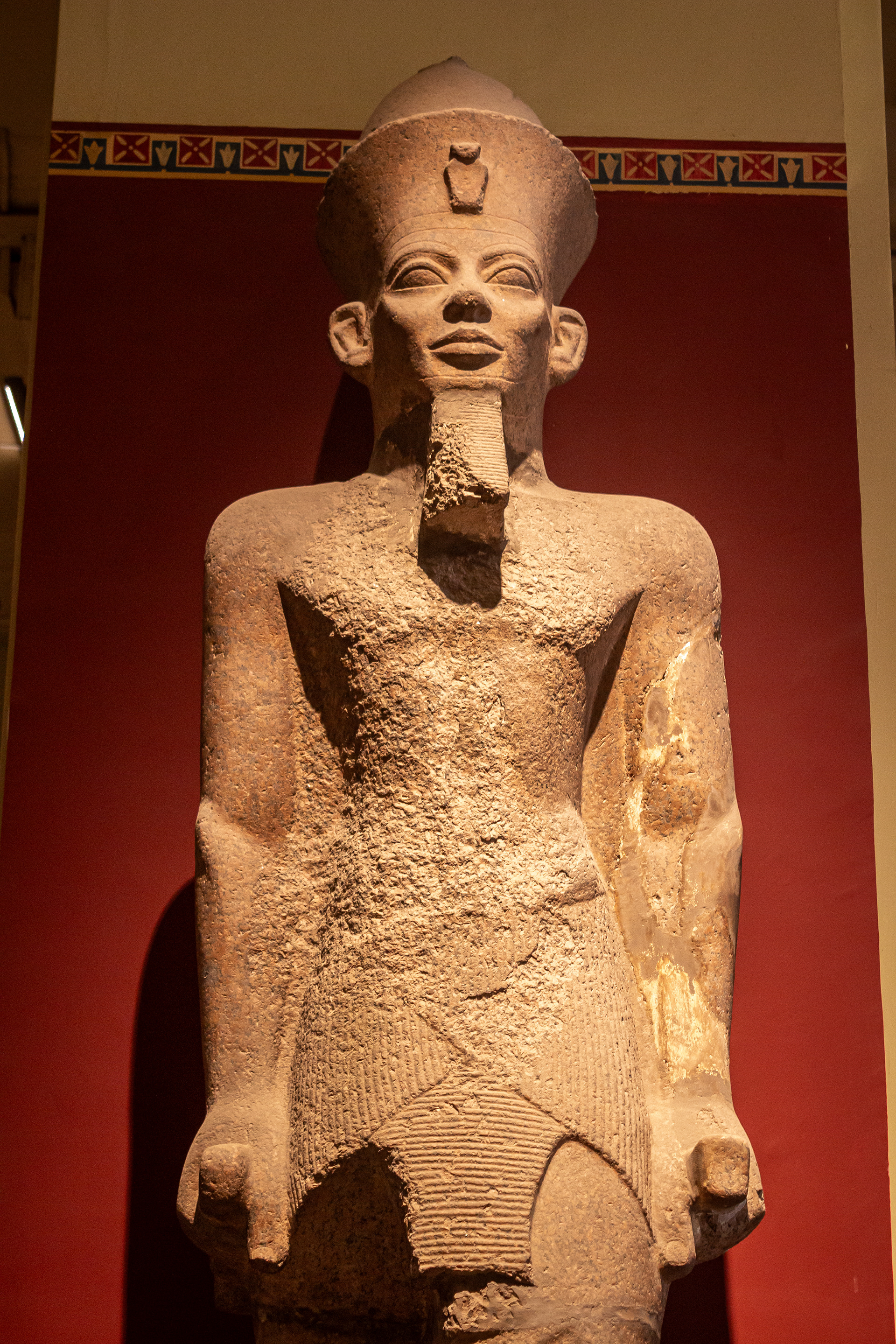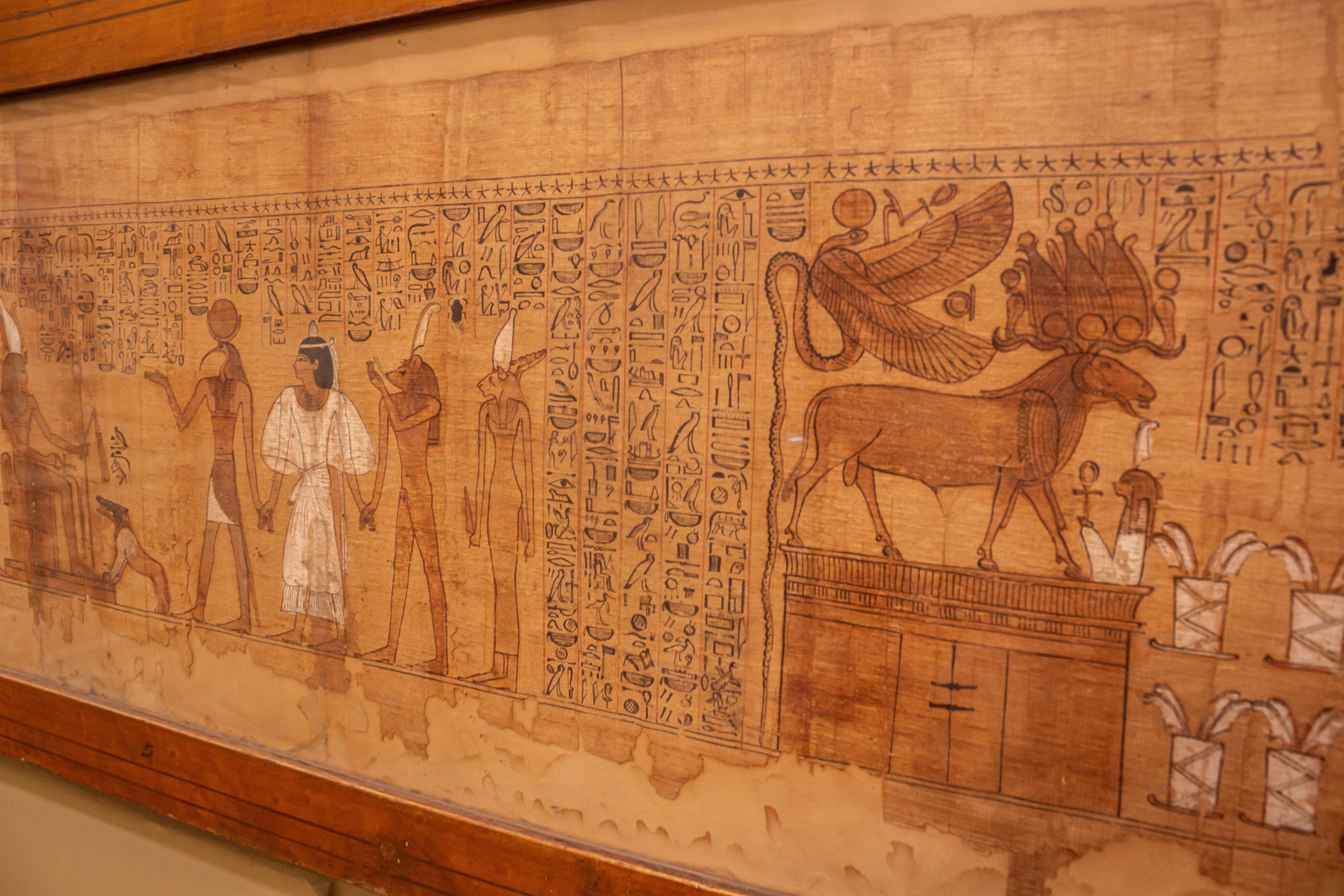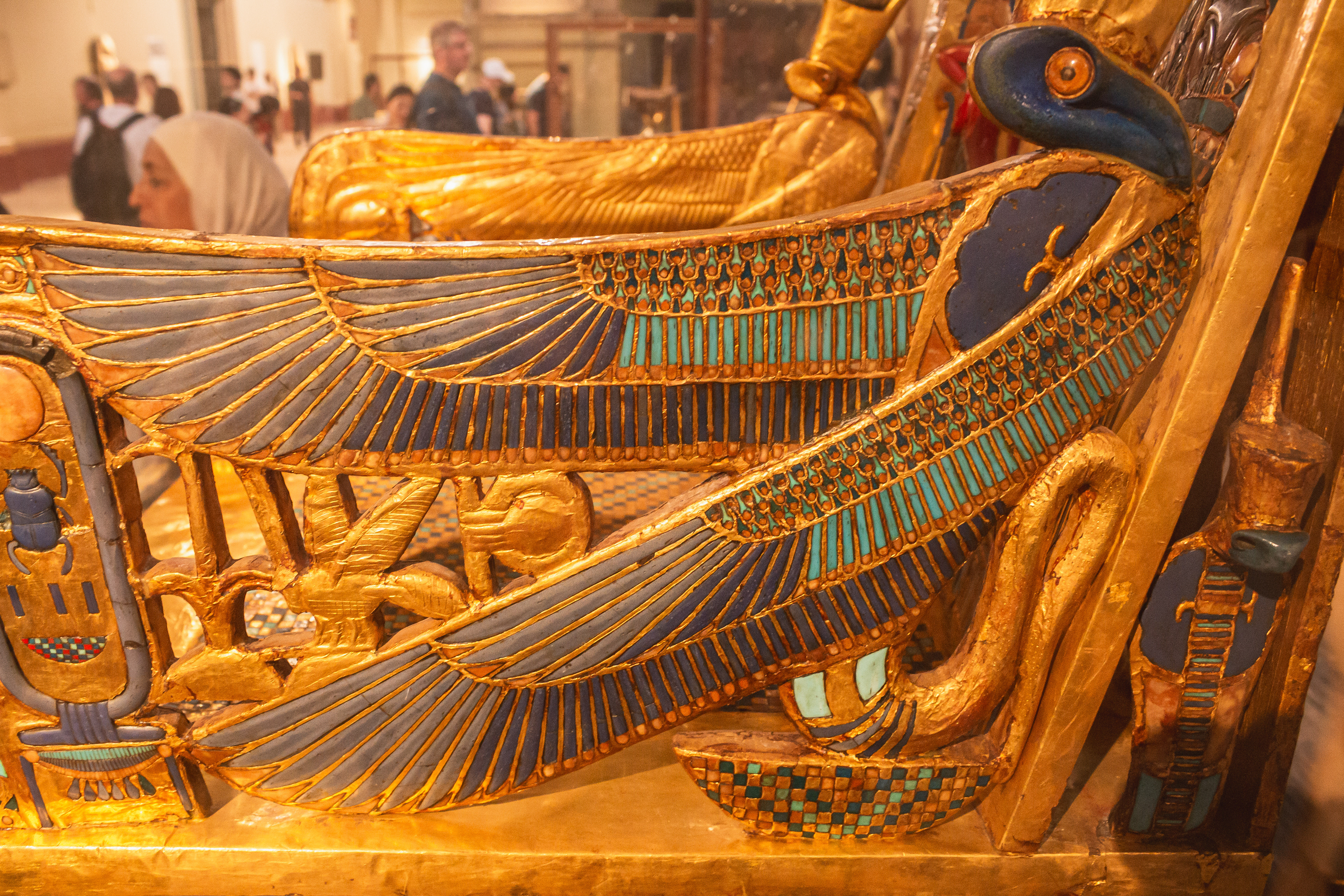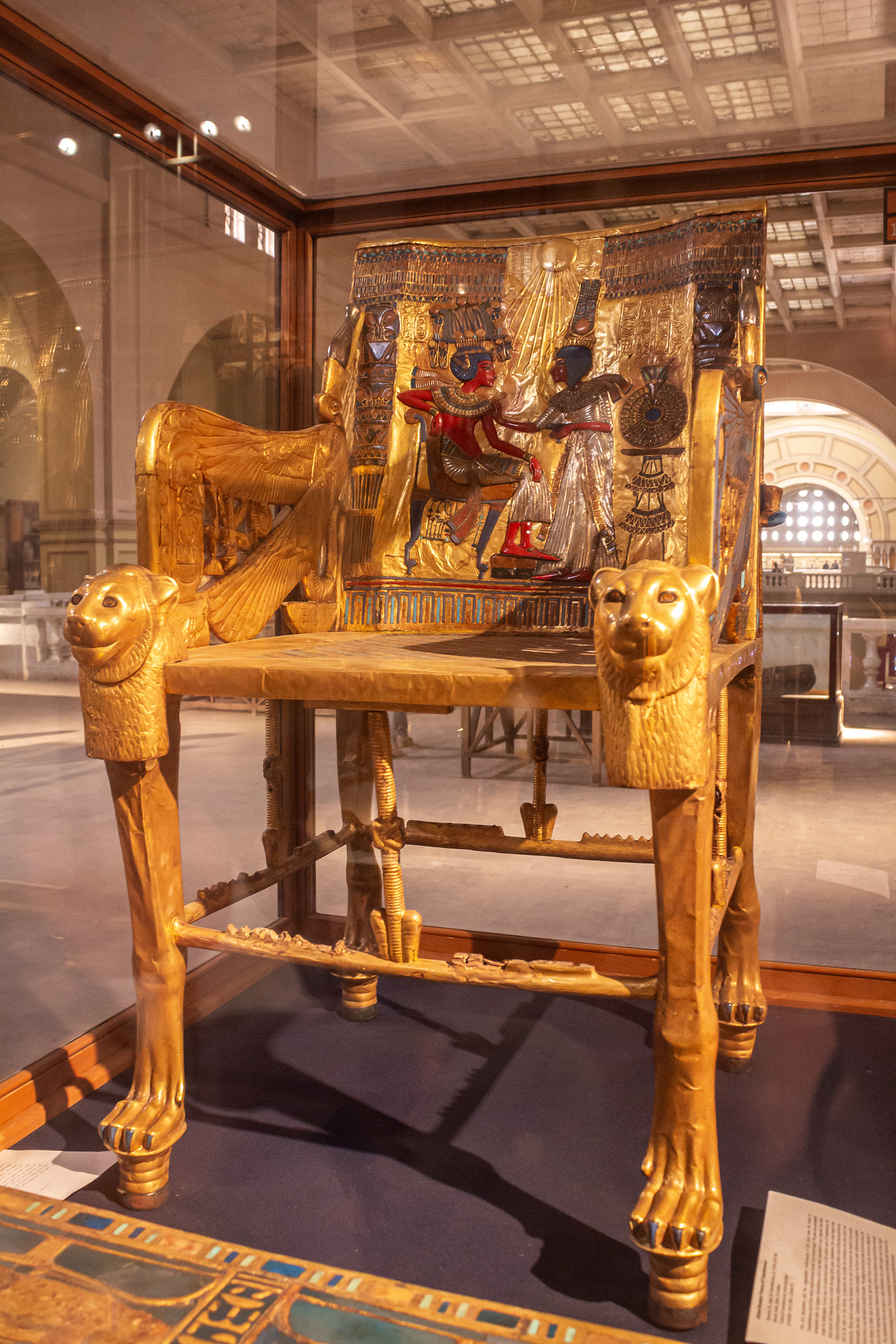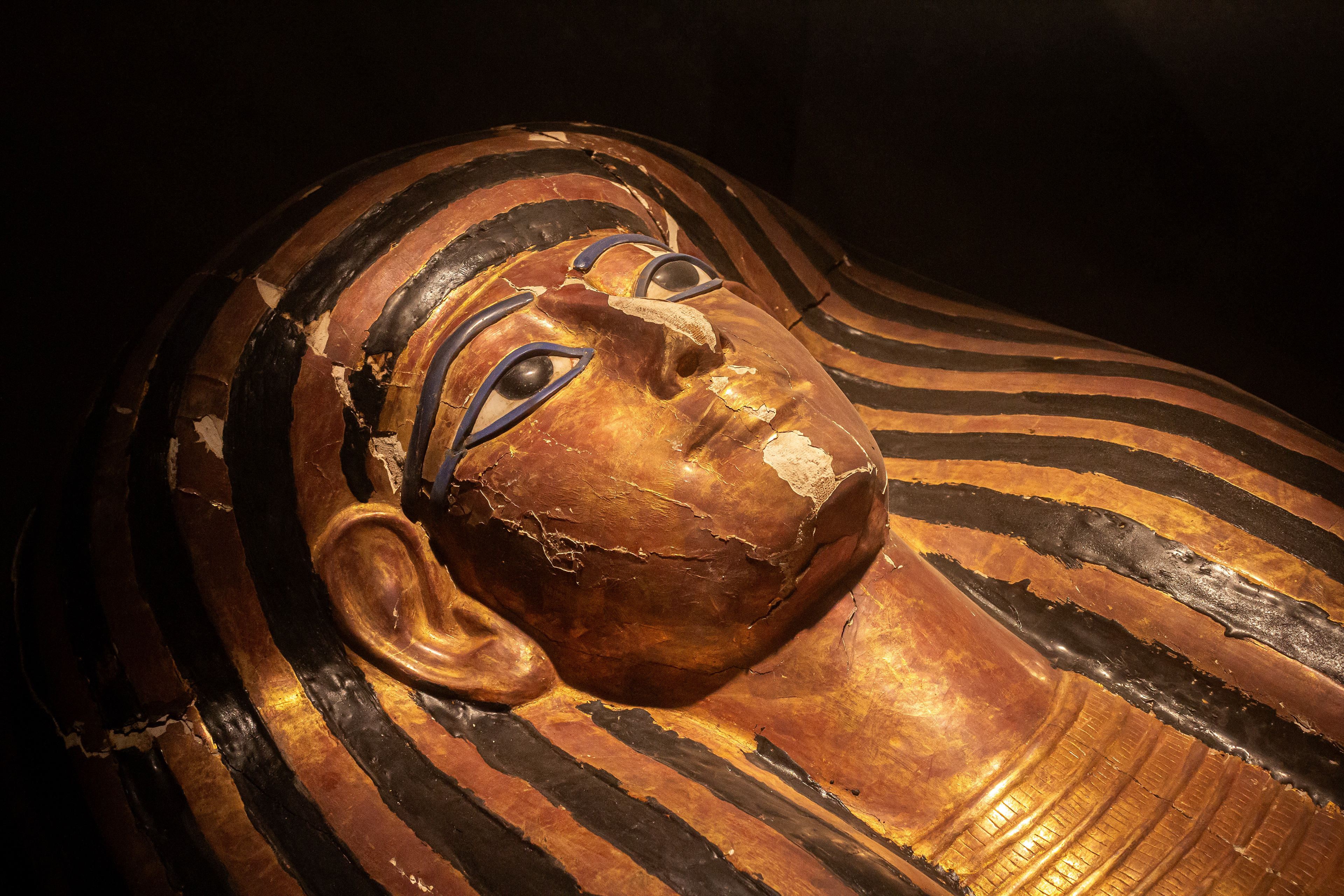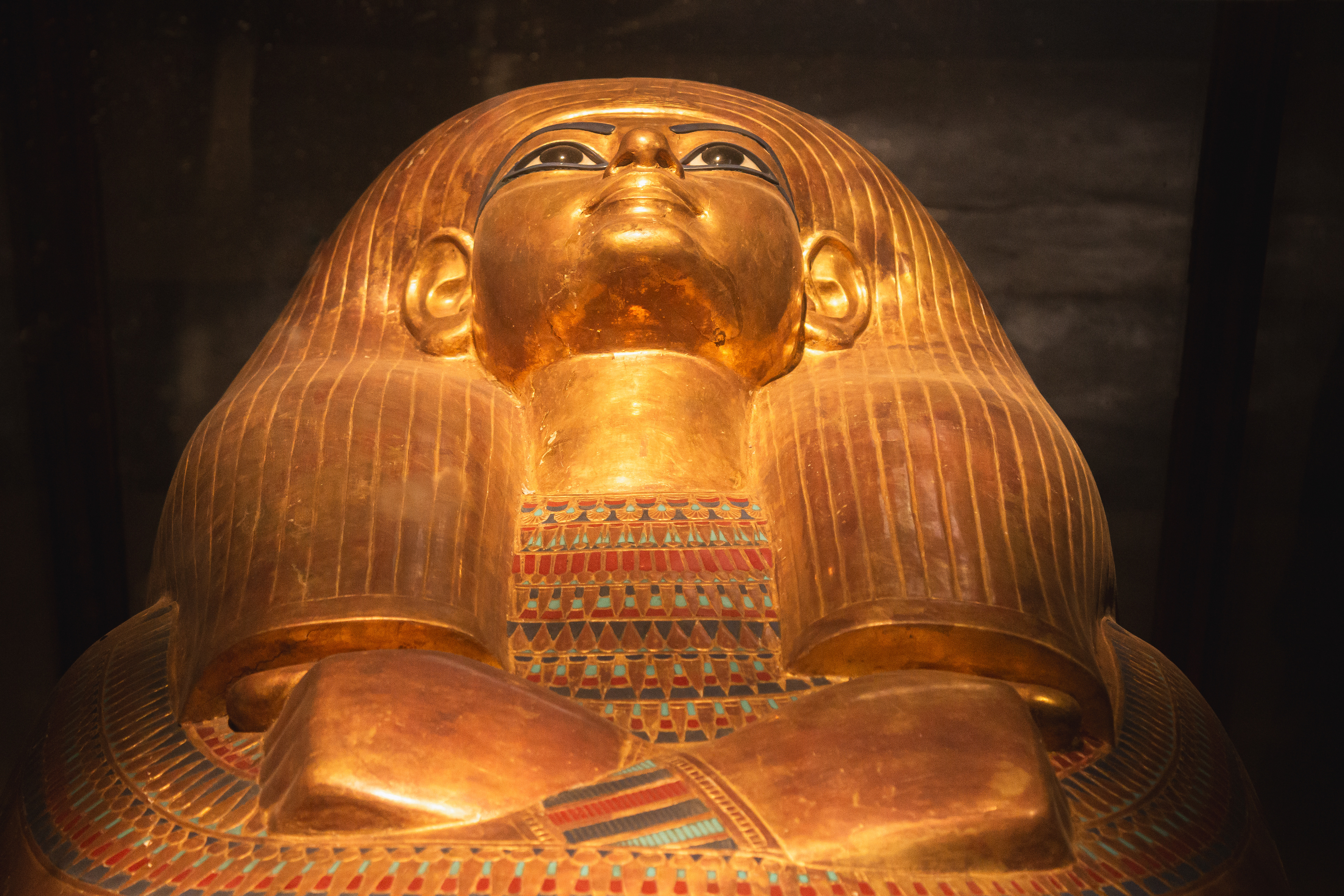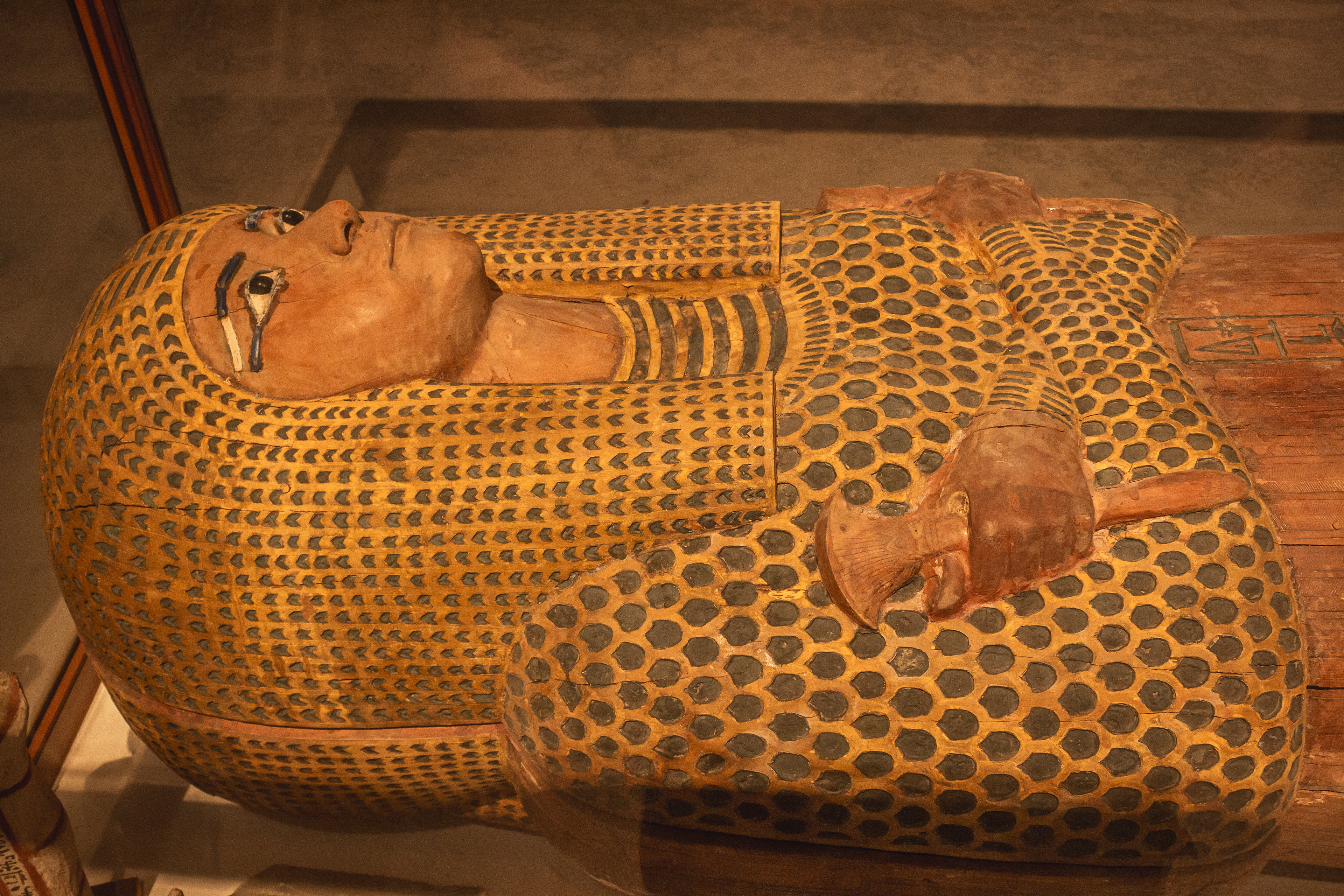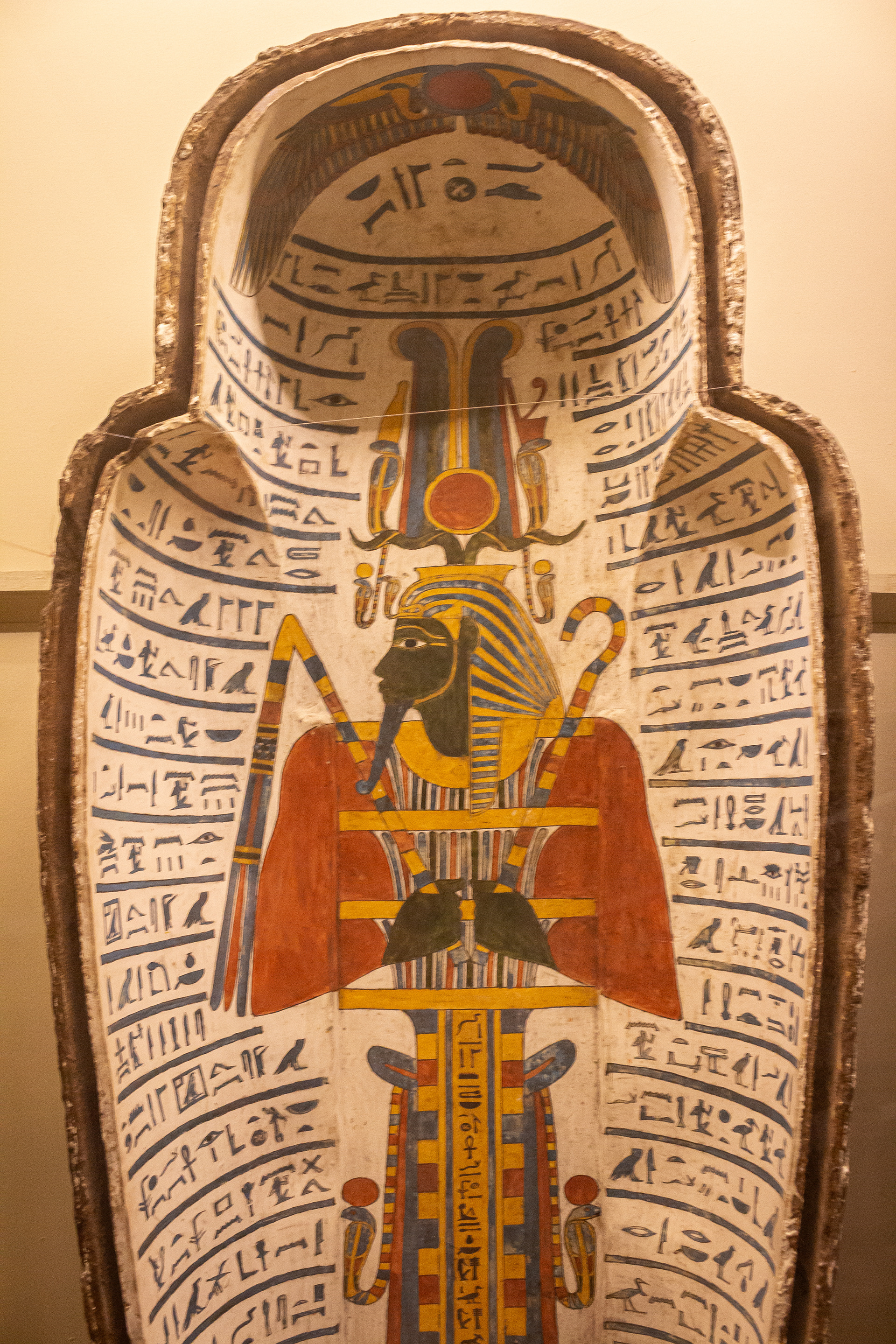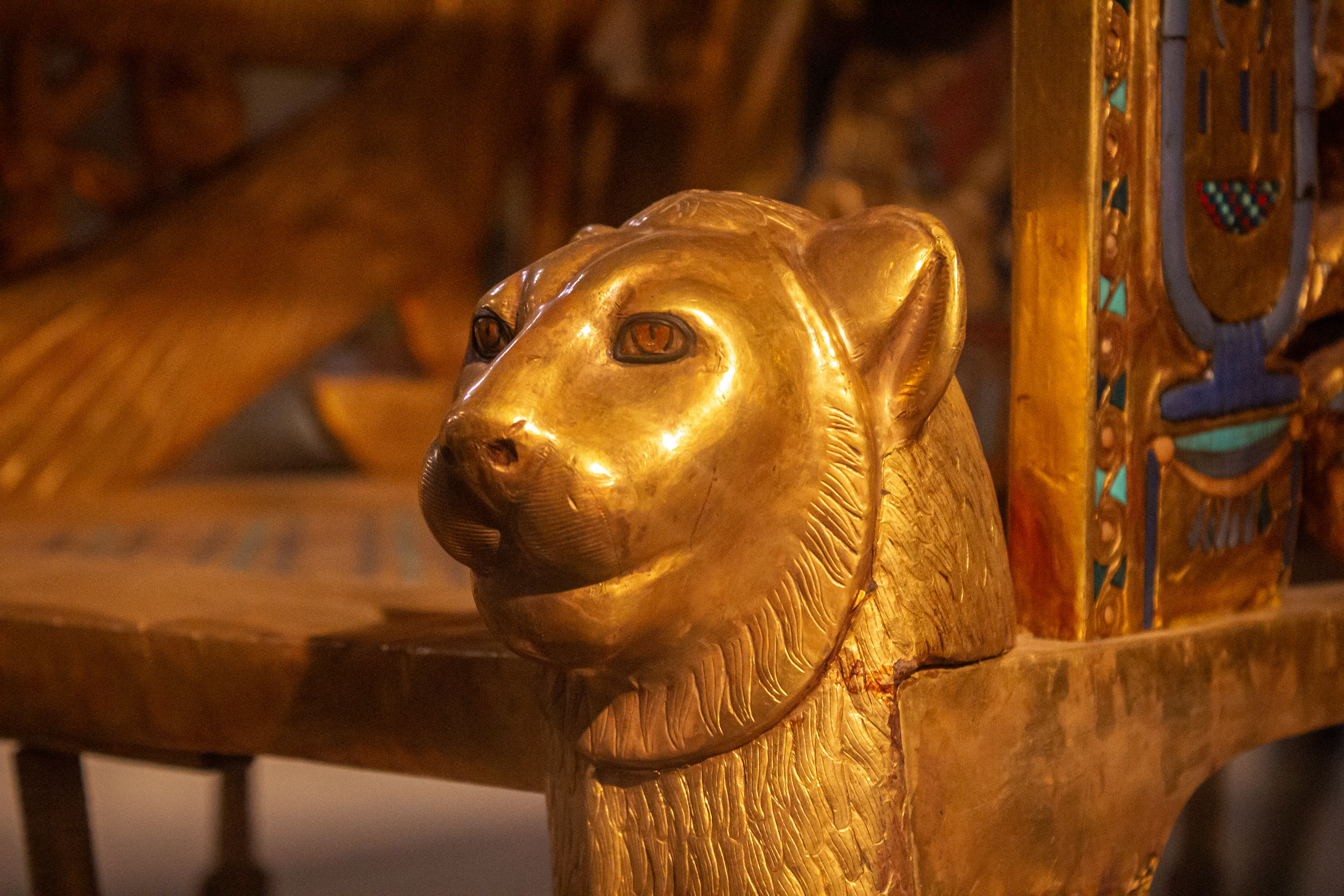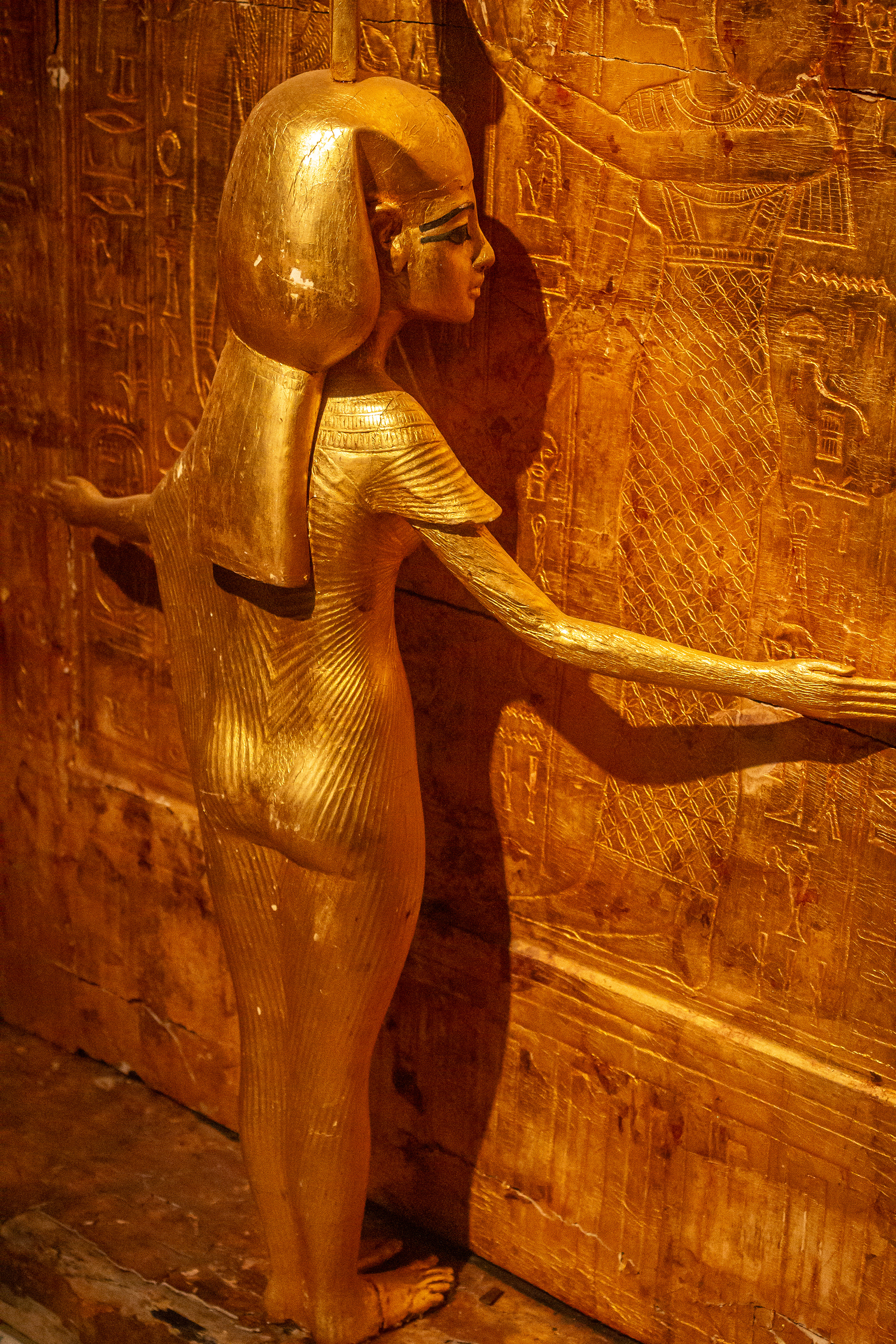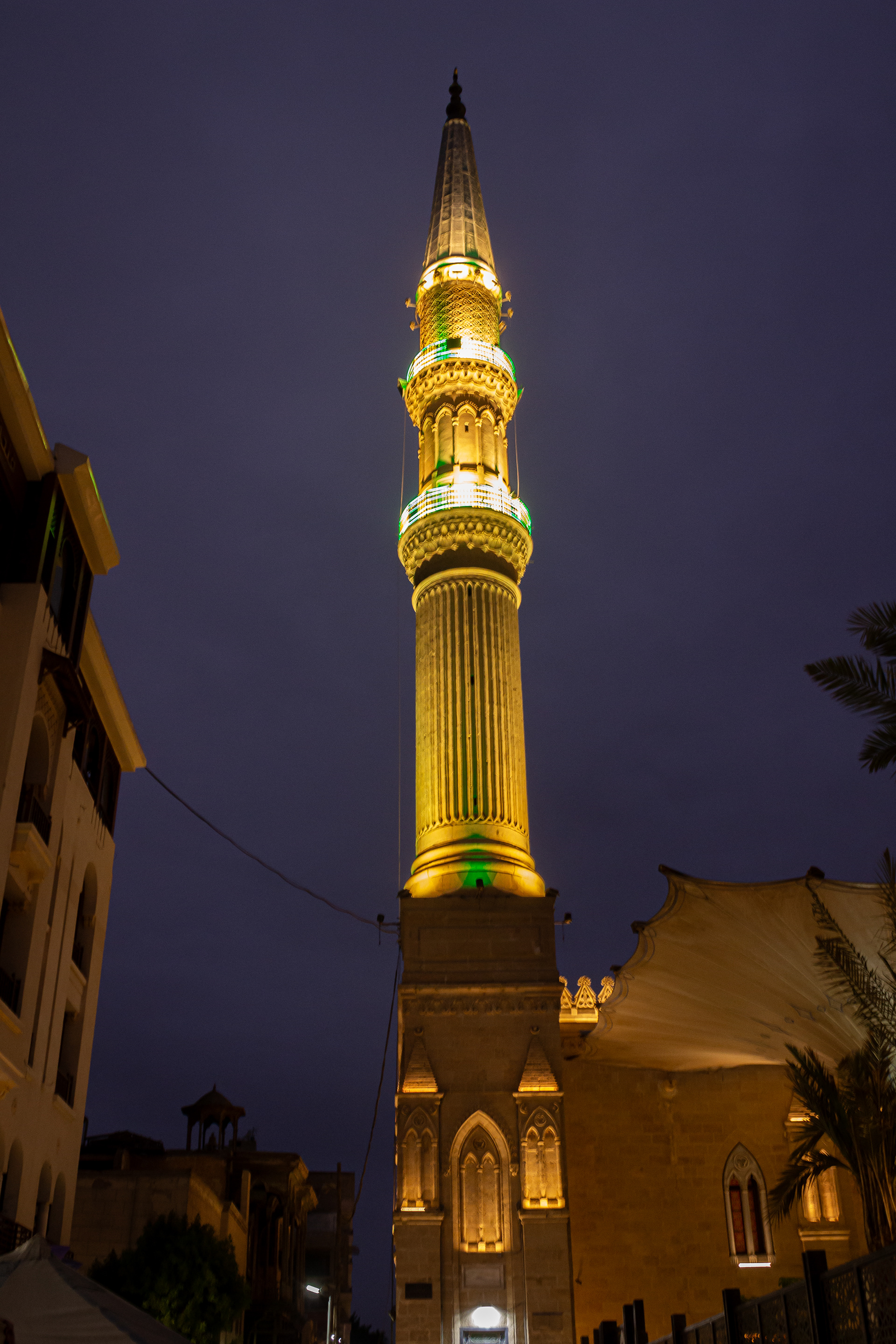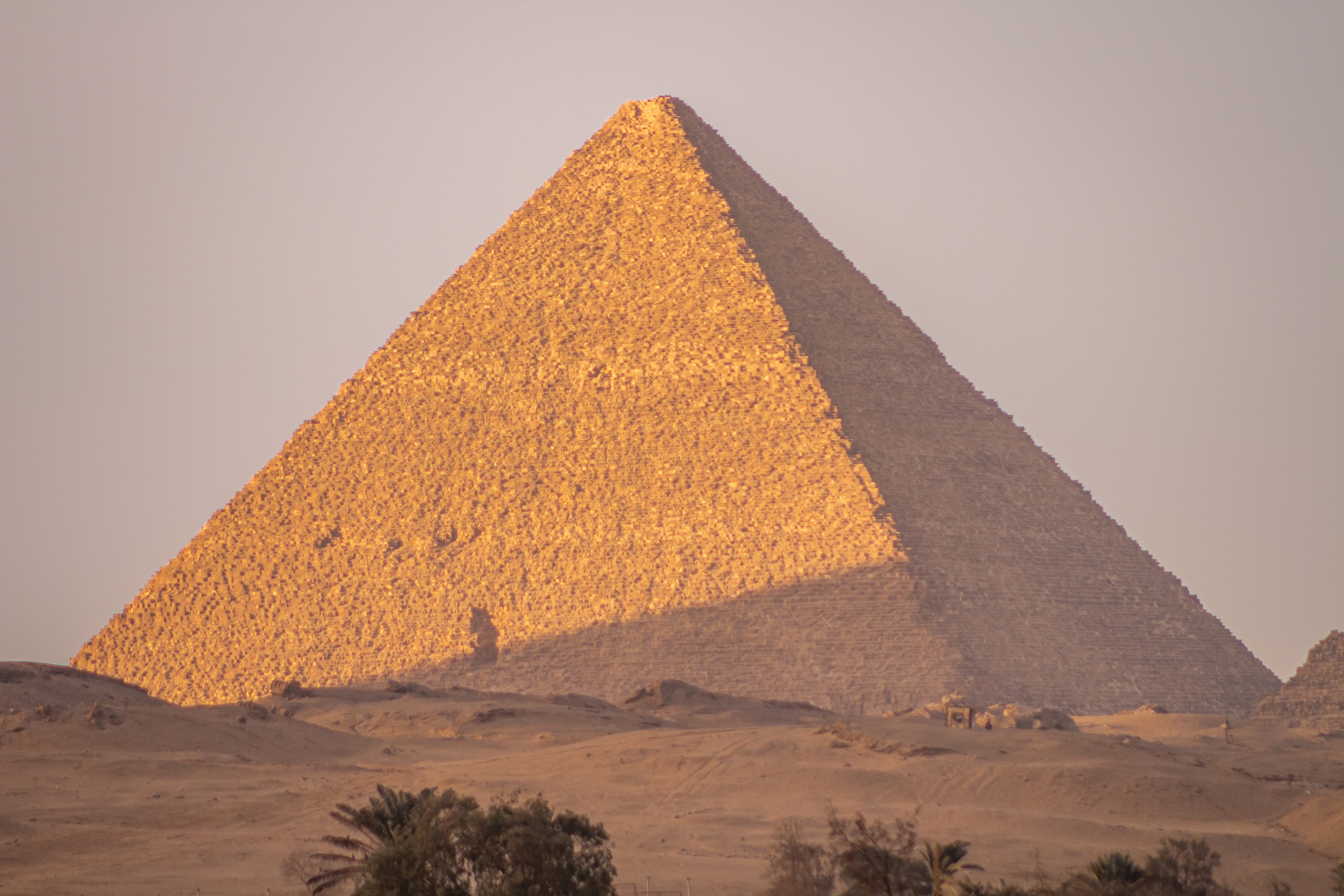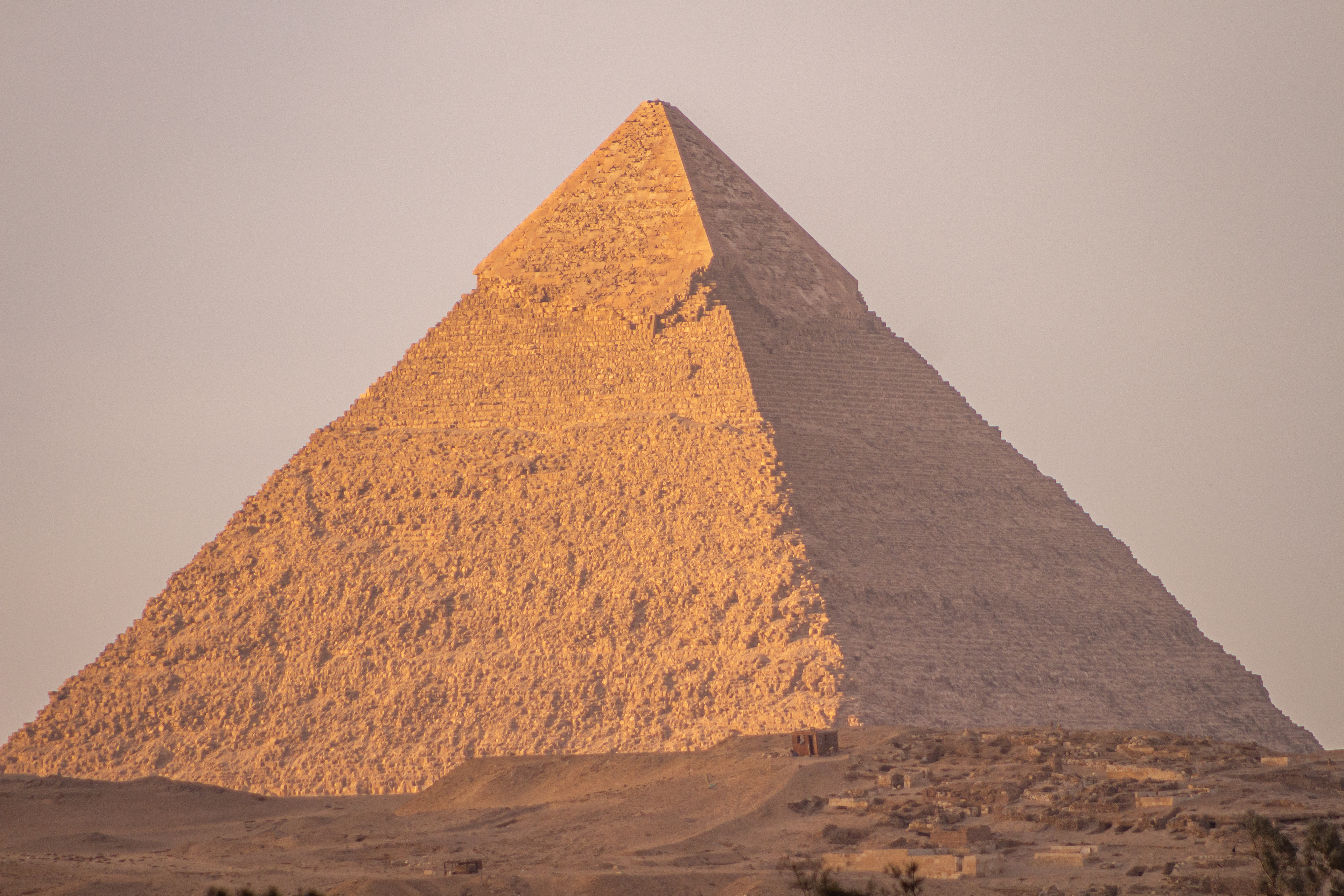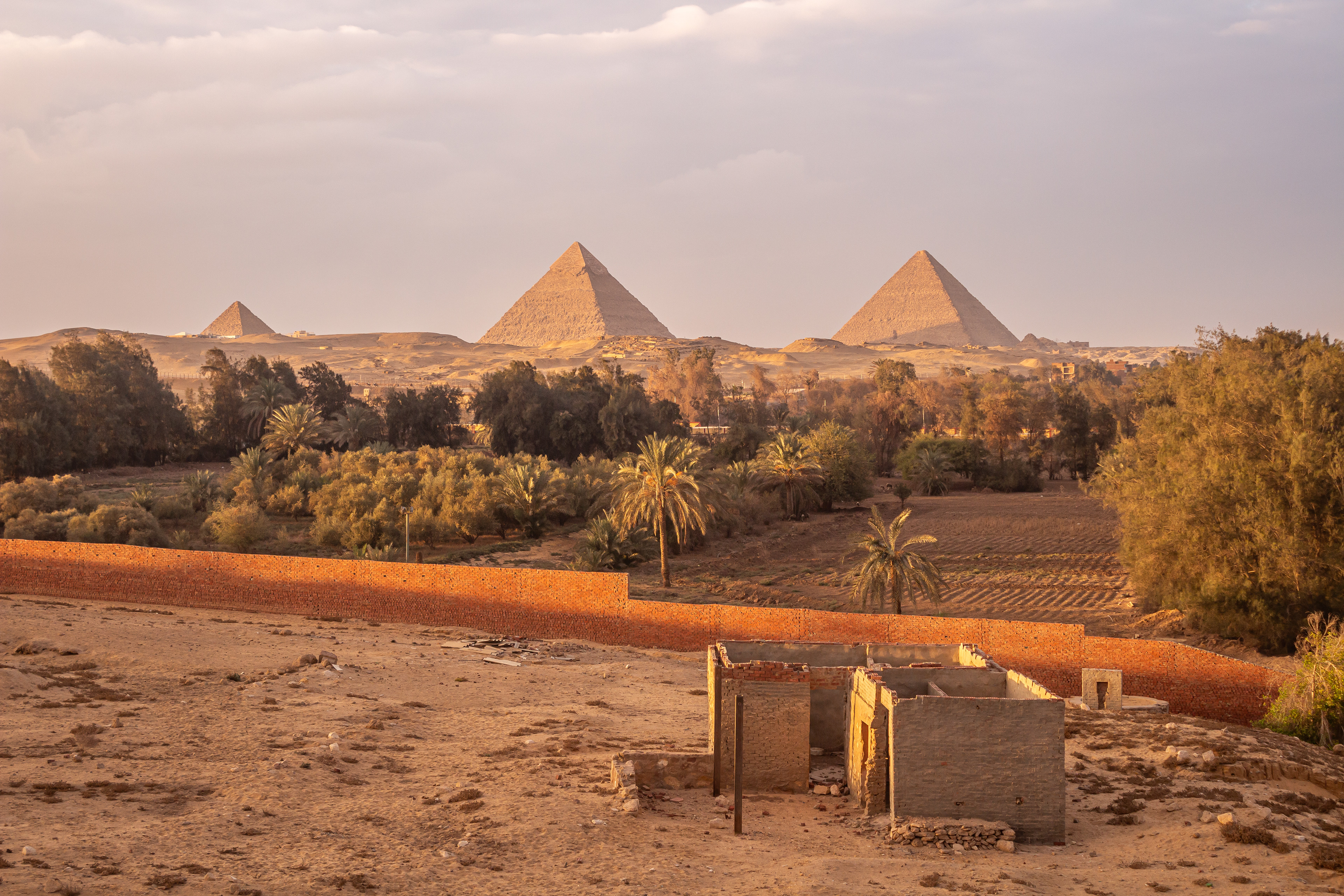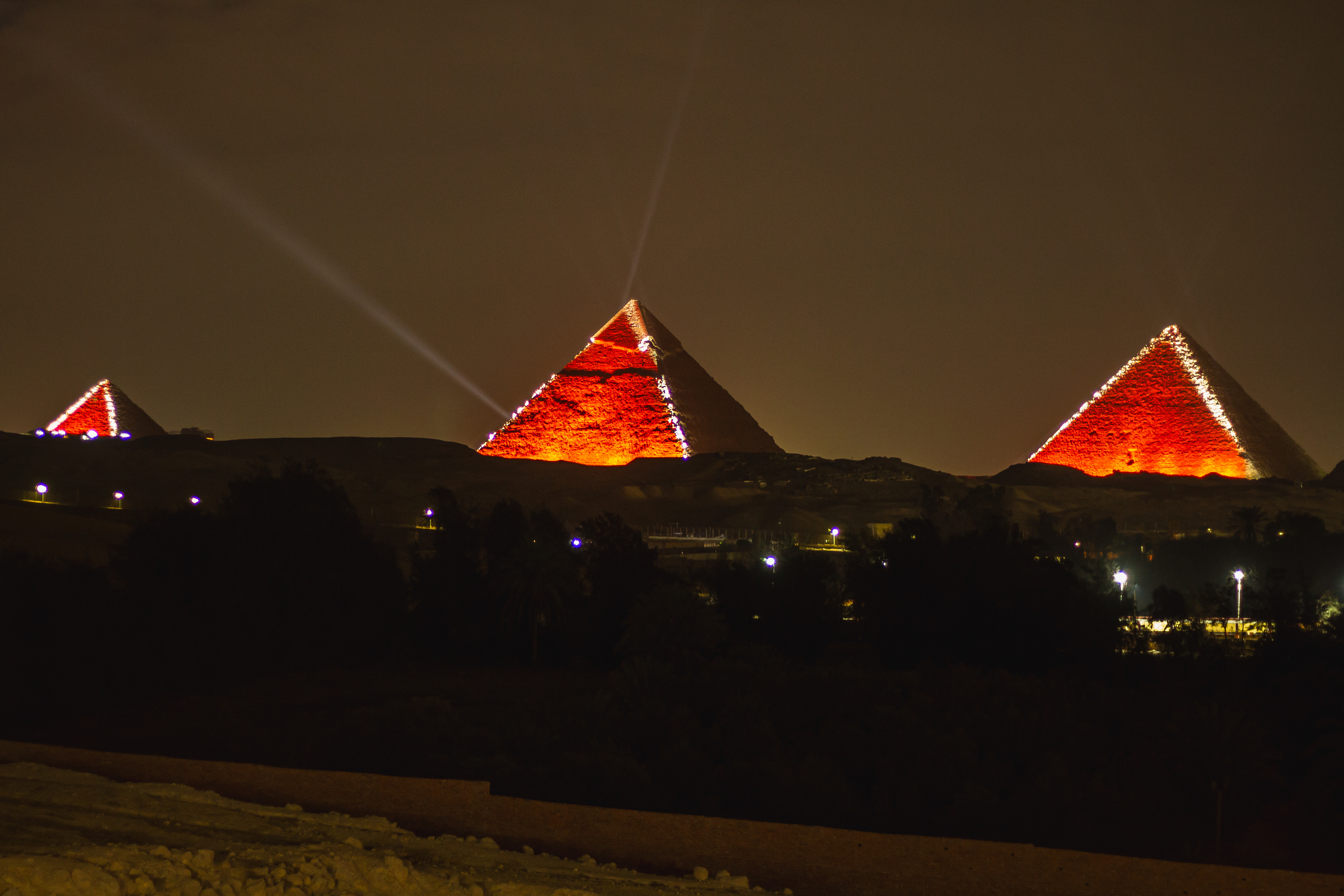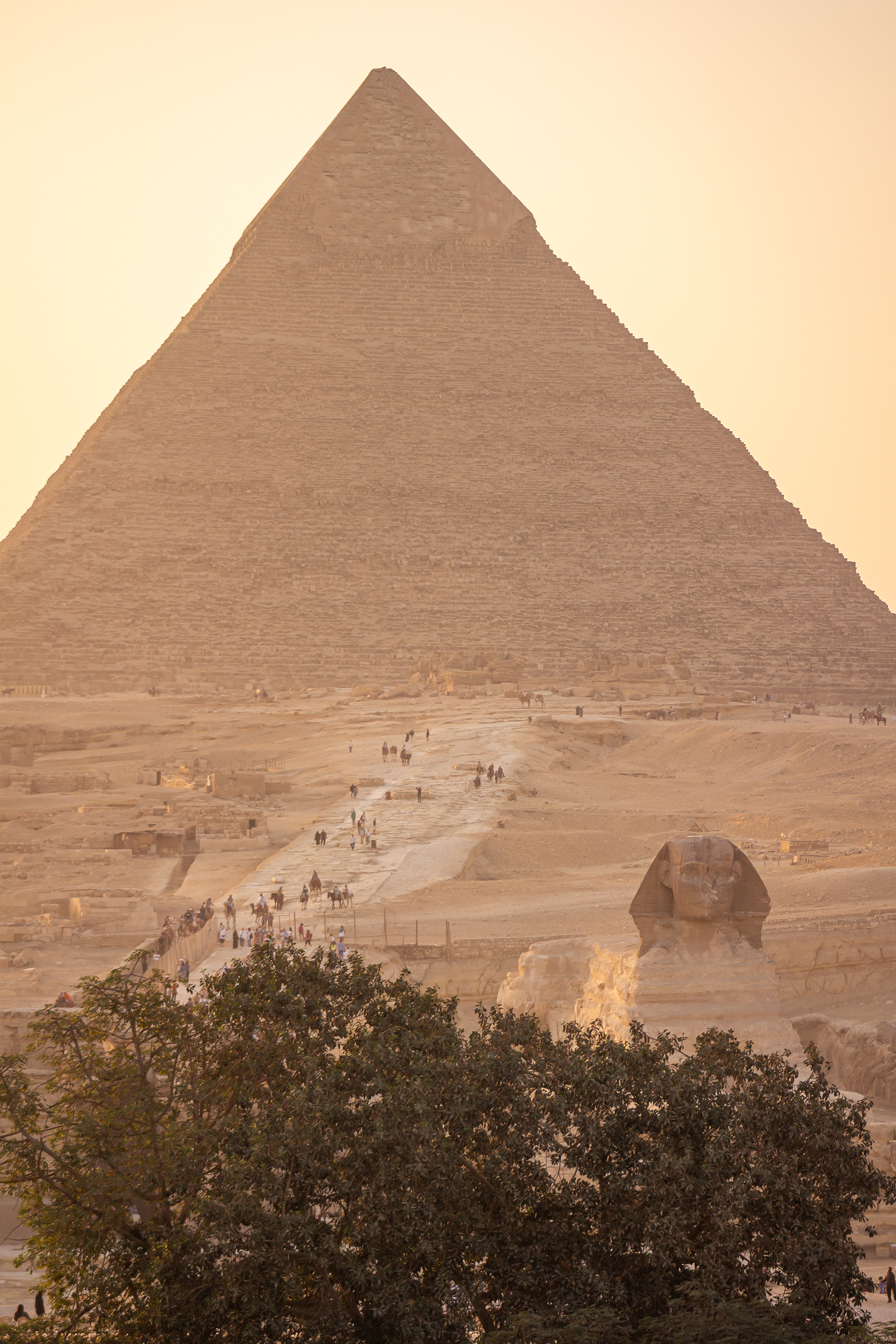Discovering Cairo: A Tapestry of Ancient Wonders and Modern Marvels
Nestled along the banks of the mighty Nile River, Cairo, the sprawling capital of Egypt, beckons travelers with its rich tapestry of history, culture, and vibrant energy. This city, with its ancient wonders and modern marvels, promises an unforgettable journey for those seeking to explore the cradle of civilization. Here's a guide to some of the must-see attractions in Cairo.
Pyramids of Giza: Wonders of the Ancient World
The Pyramids of Giza, including the Great Pyramid of Khufu (Cheops), the Pyramid of Khafre, and the Pyramid of Menkaure, are the most famous and enduring symbols of ancient Egypt. Marvel at the colossal scale, precise engineering, and intricate construction that have captivated the world for millennia. The Great Pyramid, in particular, is considered one of the Seven Wonders of the Ancient World.
Great Sphinx of Giza: Guardian of the Pyramids
Adjacent to the Pyramids stands the enigmatic Great Sphinx of Giza, a colossal limestone statue with the body of a lion and the head of a pharaoh, commonly believed to represent Khafre. Gaze upon this iconic guardian that has witnessed centuries of history, and ponder the mysteries surrounding its construction and purpose.
Islamic Cairo: Khan El Khalili Bazaar and Historic Mosques
Step into the heart of Islamic Cairo and wander through the labyrinthine alleys of Khan El Khalili Bazaar. This bustling marketplace, with its vibrant colors and aromatic scents, is a treasure trove of spices, textiles, and traditional crafts. Explore historic mosques like the Sultan Hassan Mosque and the Al-Azhar Mosque, immersing yourself in the city's Islamic heritage.
Coptic Cairo: Hanging Church and Old Cairo
Uncover the religious diversity of Cairo in the district of Coptic Cairo. Visit the Hanging Church, officially known as the Saint Virgin Mary's Coptic Orthodox Church, with its mesmerizing interior adorned with ancient icons. Explore the Coptic Museum and stroll through the winding streets of Old Cairo, where time seems to stand still amid ancient churches and synagogues.
Salah El Din Citadel and Mohamed Ali Mosque
Perched atop the Mokattam Hills, the Salah El Din Citadel offers panoramic views of Cairo and the surrounding area. Explore the magnificent Mohamed Ali Mosque, also known as the Alabaster Mosque, with its impressive Ottoman architecture and grand courtyard. Take a moment to soak in the serenity of the mosque while enjoying breathtaking vistas of the city below.
The National Museum of Egyptian Civilization
The first museum of civilization in the Arab world, the NMEC presents a comprehensive view of Egyptian civilization from prehistory to the present day and invites travelers to embark on a mesmerizing journey through the annals of Egypt's past. Step into the hallowed Royal Mummies Hall, where the preserved remains of Egypt's ancient rulers rest. Gain insights into the beliefs surrounding the afterlife and the meticulous mummification process that ensured the pharaohs' journey to eternity. This somber yet fascinating exhibit provides a unique encounter with the rulers of a bygone era.
Aswan Unveiled: A Traveler's Guide to Egypt's Jewel on the Nile
Nestled on the banks of the majestic Nile River, Aswan is a captivating destination that offers a tranquil escape into Egypt's southern splendor. Known for its serene landscapes, ancient temples, and vibrant markets, Aswan beckons travelers seeking a harmonious blend of history and natural beauty.
Philae Temple: A Nubian Jewel on Agilika Island
Embark on your Aswan adventure with a visit to the Philae Temple, a UNESCO World Heritage site located on Agilika Island. Dedicated to the goddess Isis, this magnificent temple boasts well-preserved hieroglyphs, stunning reliefs, and serene courtyards, creating an enchanting atmosphere that transports visitors to ancient times.
High Dam: Engineering Marvel with Scenic Vistas
Marvel at the modern engineering prowess of the Aswan High Dam, a monumental structure that controls the flow of the Nile River. Take in panoramic views of Lake Nasser and explore the informative exhibits at the accompanying High Dam Visitor Center, shedding light on the dam's significance in shaping Egypt's landscape.
Unfinished Obelisk: Ancient Quarries and Monolithic Wonders
Witness the colossal Unfinished Obelisk, an ancient quarry located in the northern quarries of Aswan. Carved from solid granite, this massive obelisk was abandoned due to structural flaws but provides a fascinating glimpse into the intricate process of ancient Egyptian stonecutting.
Nubian Village Experience: Cultural Immersion and Traditional Hospitality
Escape the bustling city and take a boat ride to a Nubian village on the banks of the Nile. Immerse yourself in Nubian culture, characterized by vibrant colors, traditional mud-brick houses, and warm hospitality. Engage with locals, savor authentic cuisine, and perhaps take home handmade crafts as souvenirs.
Elephantine Island: Archeological Gems Amidst Nature
Explore Elephantine Island, one of the largest islands in the Nile. Uncover the archaeological treasures, including the ancient town ruins, the Temple of Khnum, and the Nilometer, a device used to measure the river's water level. The island offers a peaceful retreat with its lush gardens and panoramic views.
Abu Simbel: A Marvel of Ancient Nubian Grandeur
In the southern reaches of Egypt, near the Sudanese border, lies the awe-inspiring Abu Simbel – a testament to ancient Egyptian engineering and the enduring legacy of Pharaoh Ramses II. Carved into the cliffs of the Nubian desert, the Abu Simbel Temples beckon travelers on a journey through time, revealing the grandeur of ancient Egypt's power and culture.
Abu Simbel is located on the western bank of Lake Nasser, about 230 kilometers southwest of Aswan. The temples, originally constructed during the reign of Pharaoh Ramses II (c. 1279–1213 BCE), were carved into the rock to commemorate the king's victory at the Battle of Kadesh and honor the gods Ra-Harakhty, Ptah, and Amun.
The focal point of Abu Simbel is the Great Temple, dedicated to Ramses II himself. As you approach, marvel at the colossal statues of the pharaoh, each standing at a towering height of 20 meters. The intricately carved facade depicts scenes of Ramses in battle, showcasing the might and glory of ancient Egypt. Step into the inner sanctum of the Great Temple, adorned with colossal statues of the gods and intricate hieroglyphic inscriptions.
The Small Temple of Hathor
Adjacent to the Great Temple is the Small Temple dedicated to Hathor, the goddess of love and music, as well as Ramses II's beloved queen, Nefertari. The facade features statues of Ramses and Nefertari, emphasizing the pharaoh's reverence for his queen. The interior of the temple is adorned with beautiful reliefs and scenes depicting the royal couple.
Rescue Operation: UNESCO's Preservation Effort
In the 1960s, the impending flooding due to the construction of the Aswan High Dam threatened to submerge Abu Simbel. In a monumental effort led by UNESCO, the temples were meticulously relocated to higher ground, preserving these ancient wonders for future generations. The reconstructed site was officially opened to the public in 1970.
Kom Ombo Temple: Unraveling Dual Mysteries on the Nile
Situated in the town of Kom Ombo, approximately 50 kilometers north of Aswan, the Kom Ombo Temple commands a strategic position overlooking the Nile. This well-preserved complex dates back to the Ptolemaic and Roman periods, with construction spanning from the 2nd century BCE to the 2nd century CE.
The Kom Ombo Temple stands as a testament to Egypt's ancient architectural prowess and religious practices. Renowned for its unique duality, this double temple dedicated to two powerful deities, Sobek the crocodile god and Horus the falcon-headed god, offers a mesmerizing glimpse into Egypt's cultural and religious tapestry.
Adjacent to the Kom Ombo Temple is the Crocodile Museum, housing a collection of mummified crocodiles discovered in the vicinity. Gain insights into the cultural significance of these reptiles in ancient Egyptian religion and explore the artifacts associated with their worship.
Luxor: Egypt's Timeless Open-Air Museum
Luxor, often referred to as the world's greatest open-air museum, is a captivating city on the east bank of the Nile that breathes life into the stories of ancient Egypt. Home to a wealth of archaeological wonders, Luxor promises an unforgettable journey through pharaonic history and culture.
Karnak Temple Complex
Begin your Luxor adventure at the monumental Karnak Temple Complex, a testament to the power and ambition of ancient pharaohs. Wander through the Hypostyle Hall, marvel at the colossal statues of Ramses II, and explore the sacred lake and obelisks that grace this sprawling archaeological wonder.
Luxor Temple: The Spiritual Heart of the City
Stroll along the historic Avenue of Sphinxes that connects Karnak and Luxor Temples. Luxor Temple, illuminated at night, is a mesmerizing sight. Admire the colossal statues of Ramses II, the iconic pylon, and the well-preserved colonnade that depicts religious processions and festivals.
Hatshepsut's Temple: Queen of the Nile's Mortuary Temple
Rising gracefully from the cliffs of Deir el-Bahari, Hatshepsut's Mortuary Temple is a testament to one of Egypt's most powerful and enigmatic female pharaohs. Explore the terraced architecture, intricate reliefs, and statues dedicated to the divine birth of Hatshepsut.
Colossi of Memnon: Guardians of Amenhotep III's Funerary Temple
Stand in awe before the towering Colossi of Memnon, colossal statues of Amenhotep III that once guarded his now-vanished funerary temple. These statues, with their sheer size and mystical aura, provide a striking glimpse into the grandeur of ancient Egyptian architecture.
Valley of the Kings: Unveiling the Secrets of Ancient Egypt
Nestled on the west bank of the Nile River, near Luxor, the Valley of the Kings stands as a testament to the grandeur of ancient Egyptian burial practices. Renowned for its elaborate tombs and the resting places of pharaohs from the New Kingdom, this archaeological treasure trove offers an unparalleled glimpse into the afterlife beliefs and royal rituals of ancient Egypt.
The Valley of the Kings served as the burial ground for pharaohs, queens, and high-ranking officials during the New Kingdom (1550–1070 BCE). The site was strategically chosen for its isolation and protection, with the natural rock formations providing a secure environment for the tombs.
Tutankhamun's Tomb: The Boy King's Legacy
No visit to the Valley of the Kings is complete without exploring the iconic tomb of Tutankhamun. 'Discovered' by Howard Carter in 1922, the tomb contained a wealth of treasures, including the famous golden mask that now resides in the Egyptian Museum in Cairo. Marvel at the intricate murals and artifacts that tell the story of the young pharaoh's journey to the afterlife.
No visit to the Valley of the Kings is complete without exploring the iconic tomb of Tutankhamun. 'Discovered' by Howard Carter in 1922, the tomb contained a wealth of treasures, including the famous golden mask that now resides in the Egyptian Museum in Cairo. Marvel at the intricate murals and artifacts that tell the story of the young pharaoh's journey to the afterlife.
Hurghada Unveiled: A Red Sea Paradise Awaits
Situated along the pristine shores of the Red Sea, Hurghada has evolved from a humble fishing village into a vibrant resort destination that caters to sunseekers, water enthusiasts, and adventure seekers alike. Hurghada, with its sun-soaked beaches, vibrant marine life, and desert adventures, offers a perfect blend of relaxation and excitement. The Red Sea's exceptional visibility makes it a paradise for snorkeling and diving enthusiasts, offering a kaleidoscope of marine life and vibrant coral reefs.
